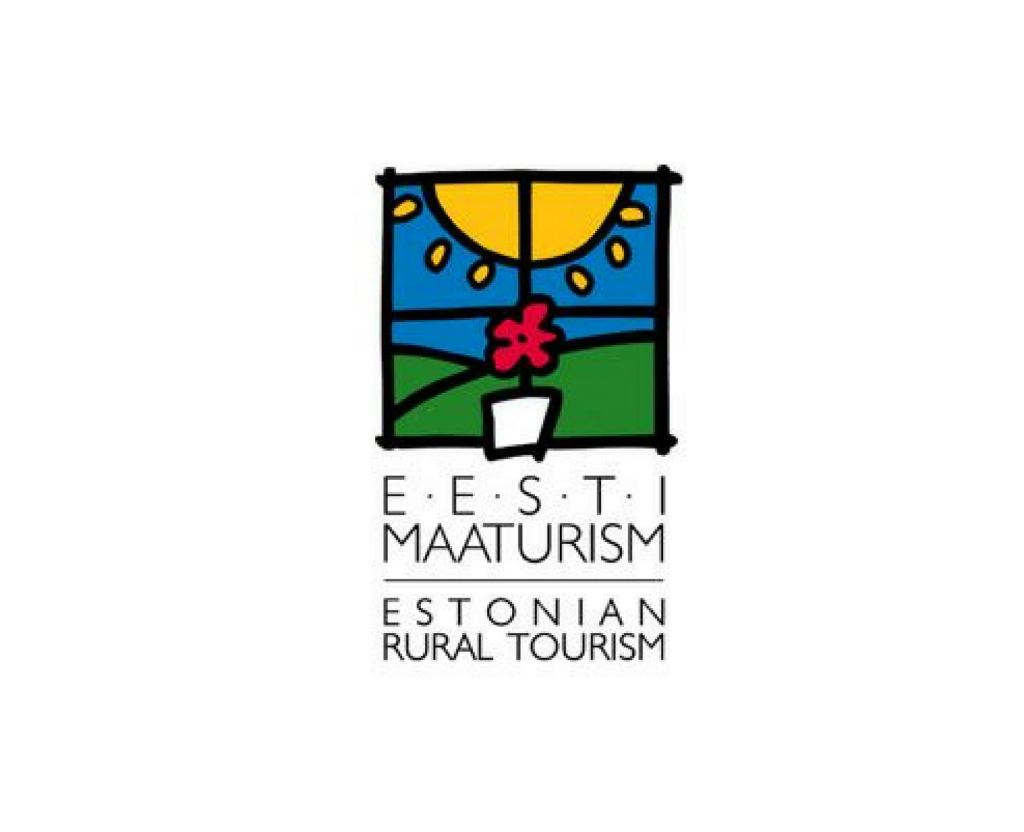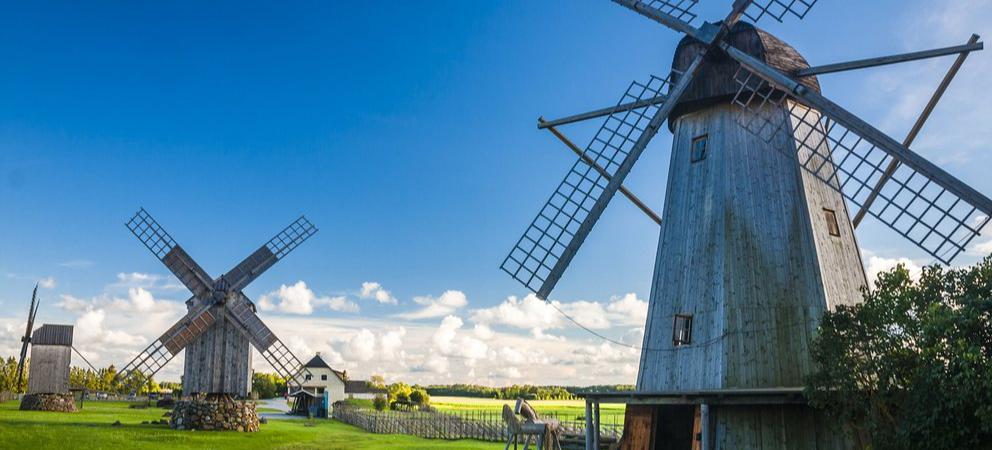
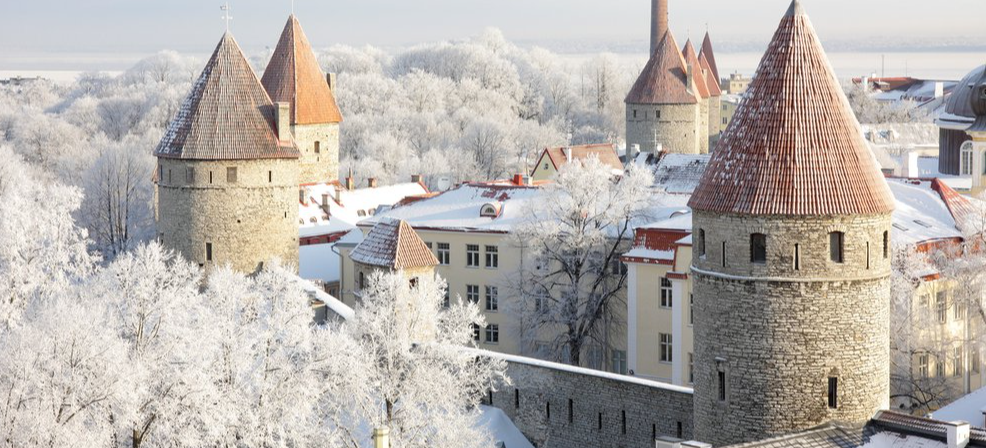
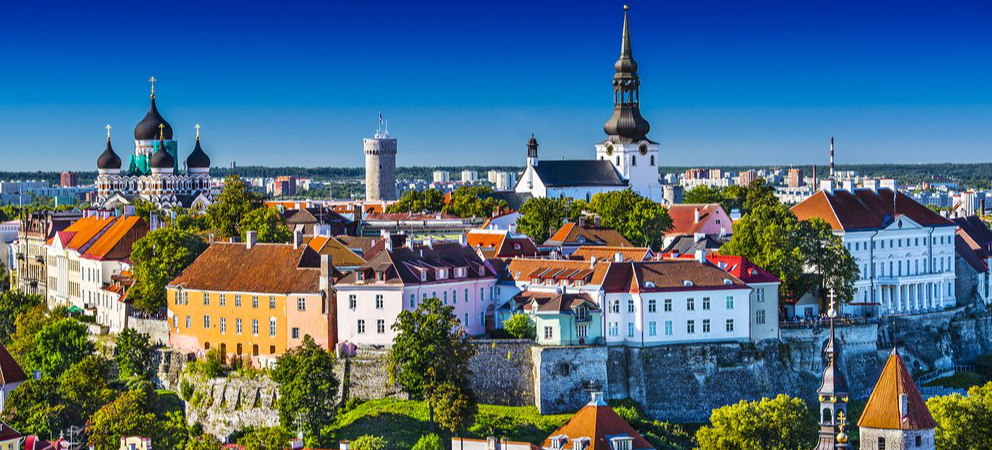
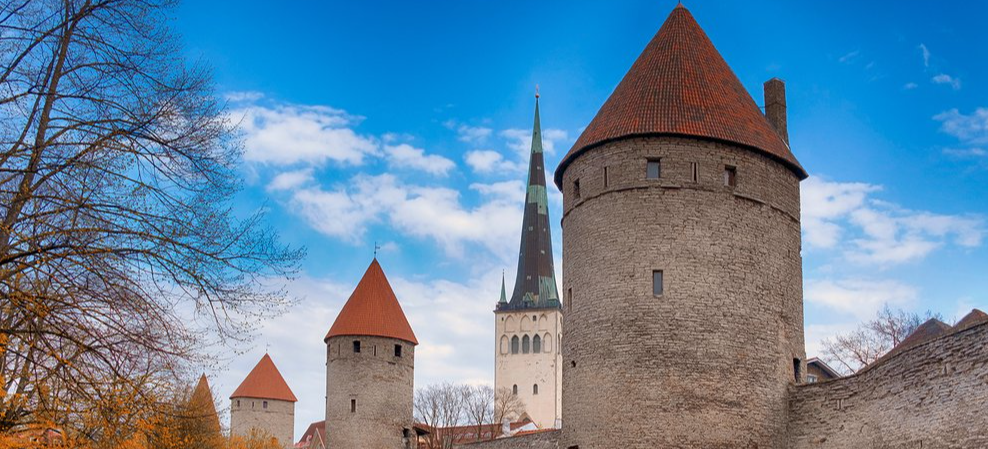
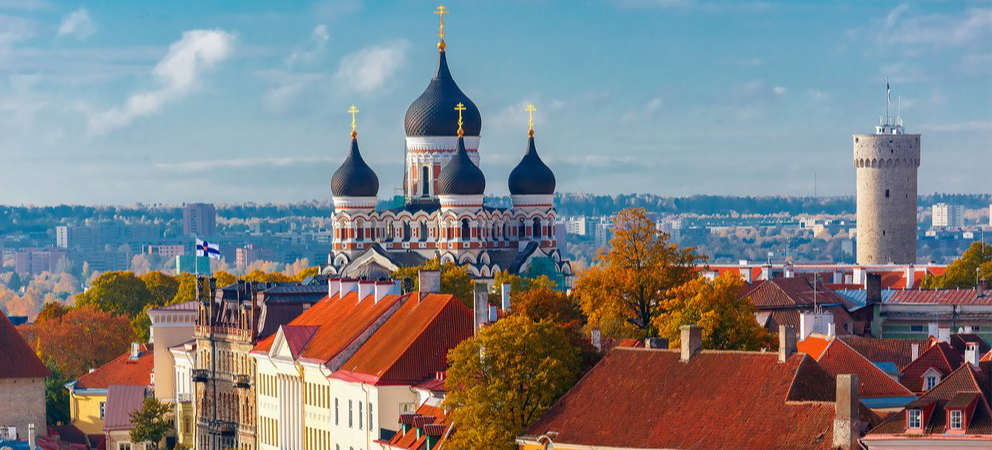
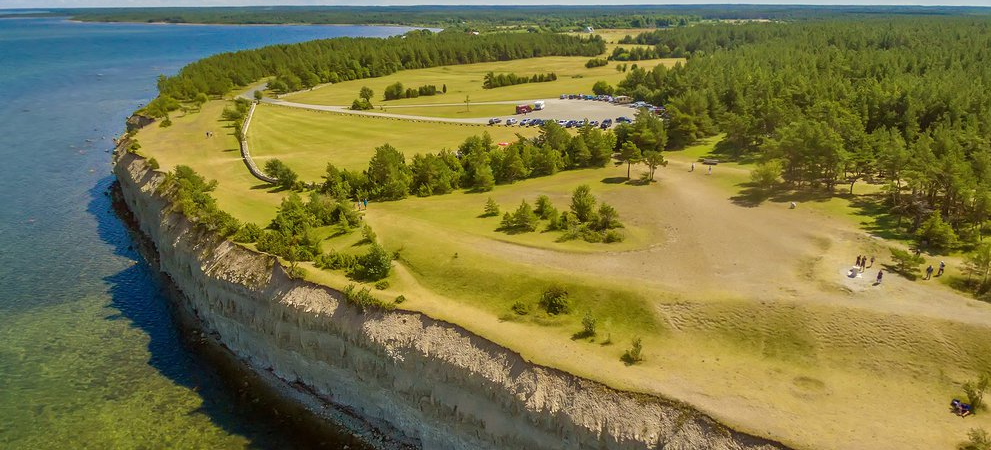
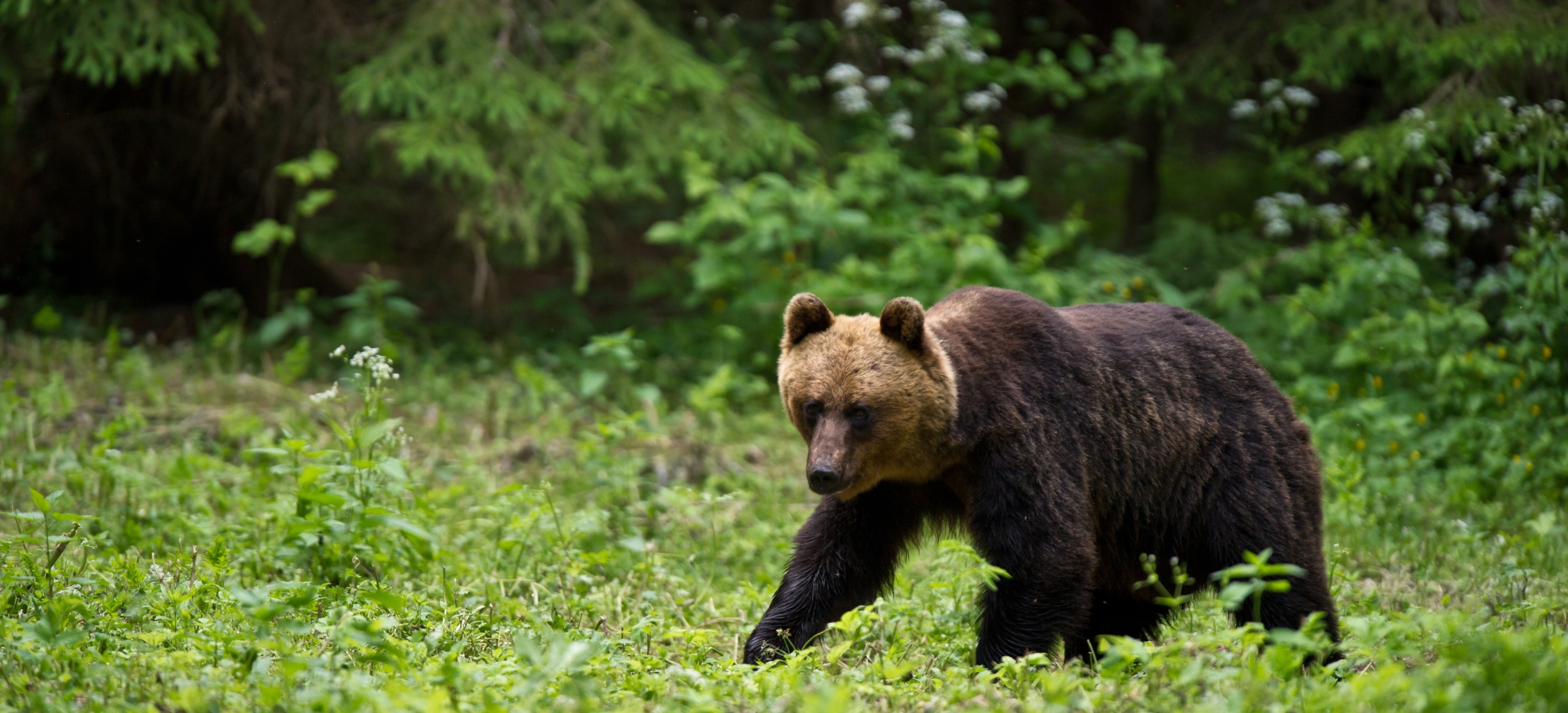
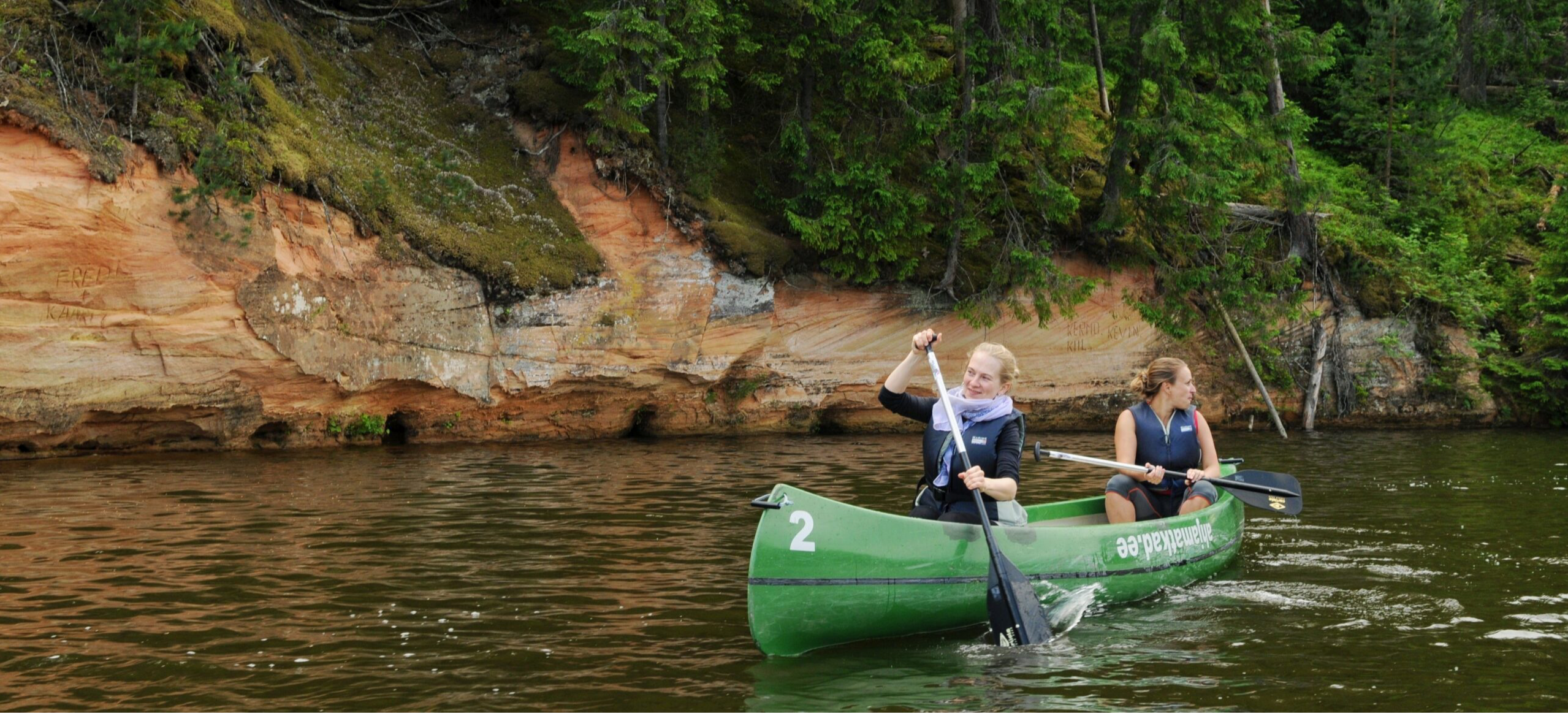
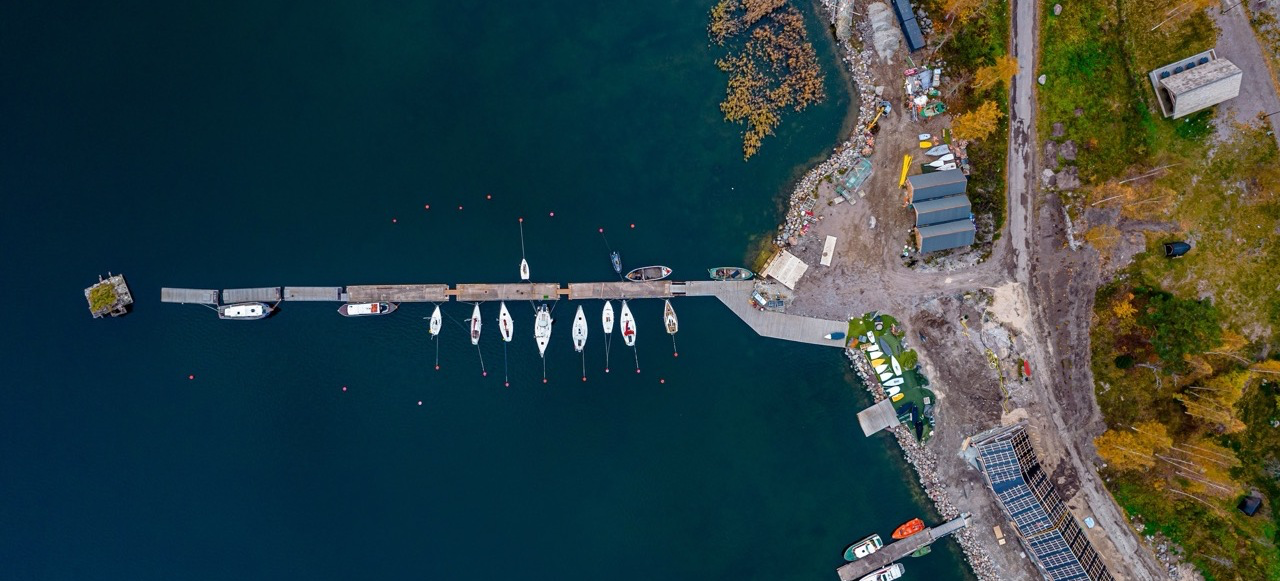
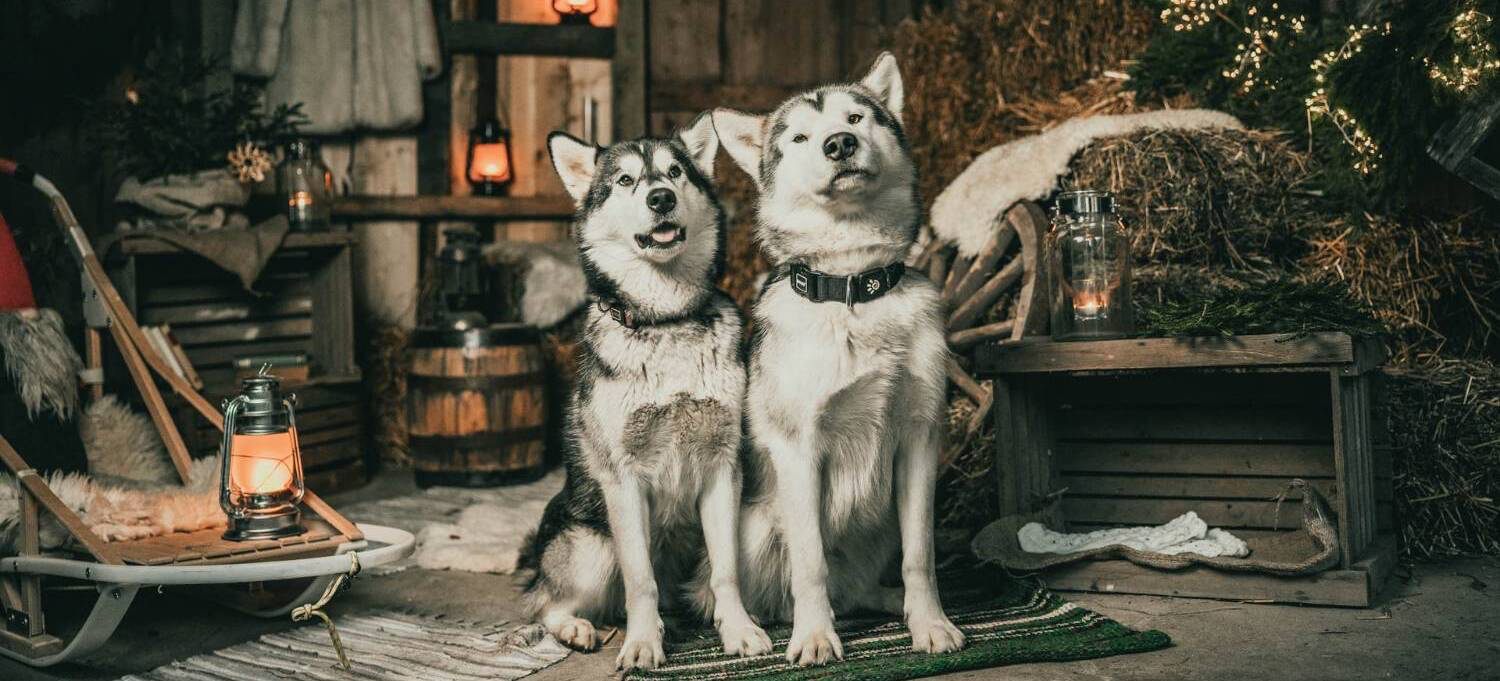










Estonia is a country in the Baltic region of Northern Europe. It is bordered to the north by the Gulf of Finland, to the west by the Baltic Sea, to the south by Latvia, and to the east by Lake Peipus and Russia. Across the Baltic Sea lies Sweden in the west and Finland in the north.
Fast facts:
Cool facts:
• Estonia connects the dots between Scandinavia, Central Europe and what lies to the east. You can fly, sail, ride or drive to Estonia from anywhere in Europe. Located in northeastern Europe, this small coastal country is a short ferry trip away from Finland and Sweden, a coach ride away from such European capitals as Warsaw and Berlin, and an overnight train from Saint Petersburg will land you at the heart of Tallinn.
• Estonia’s capital Tallinn is the best preserved medieval city in Northern Europe. Estonia’s UNESCO world heritage capital city Tallinn was granted city rights in the 13th century by the King of Denmark. Since then, the streets of Tallinn have seen many world powers, from the Danes and Swedes to Germans, and tsarist and Soviet Russia. Tallinn Old Town is filled with medieval houses and alleyways and is still protected by the remnants of the city wall. The wealth of architecture in Tallinn means that there are many legends and stories to explore.
• Estonia speaks Estonian… as well as English, Russian, Finnish and German. Estonians tend to be at least bilingual, and according to recent studies, are among the best English speakers in Europe. Many visitors tend to think that Estonians speak elvish. This magical sounding language is in fact Estonian, belonging to the Finno Ugric branch of European languages.
• Estonia is about 50% forest. Estonians love their forests, bogs and all the creatures that live there such as lynxes, brown bears, wolves, foxes, rabbits and deers. It’s right to say that Estonians come with a tree hugging trait.
• Estonia has a population of just 1.3 million but is larger than Denmark and Holland. Being among the least densely populated countries in Europe, Estonia makes for a great nature and city break destination for those looking to stretch out their limbs and enjoy some peace and solitude.
• Estonia has over 2000 islands. Estonia is the only Baltic country with far-stretching and deep rooted island culture. Although mostly uninhabited, Estonian islands tend to be rural, with some holding traces of local Viking and medieval culture.
• Estonian Song Celebration dates back to 1869, attracting thousands of singers in every 5 years. Estonian Song and Dance Celebration is the local signature event and a reason why Estonians are often referred to as the “singing nation”. The uniqueness of this mesmerising event has even earned the song and dance celebration a place at UNESCO’s prestigious list of Intangible Cultural Heritage.
• Estonia is one of the least religious countries in the world. While Estonia has a great range of historical churches, only over a quarter of the population are affiliated with a particular religion, with Lutheranism being most prevalent among Estonians in particular.
• Estonia is a digital society. From voting to signing documents online, Estonia implements hassle free and modern approach to running one’s errands. This means less bureaucracy, while adding more transparency and efficiency in some vital sectors such as healthcare and education.
How to get to Estonia?
Visitors can come to Estonia either by plane, ship, ferry, boat, bus or a car. There are international plane connections to Tallinn and Tartu airports, which are very easy to get to from the city centers. Tallinn and Saaremaa are popular cruise destinations and it is very convenient to come to Tallinn on a ferry from Helsinki or Stockholm. Visitors can also come to Estonia with their own boat and discover Estonia's smaller ports, for example. It is possible to take a bus to Estonia from central Europe or the Baltics or drive here with a car.
Estonian Culinary Route
Welcome to the Estonian Culinary Route! Even though the eateries tied to Estonian cuisine and Estonian culinary culture can be anything from a small farmhouse to an acclaimed fancy restaurant, and the food anything between simple rustic cooking or inspired by the Middle Ages, the Baltic Germans or the Soviet times or even a completely modern take on the traditional Estonian cuisine, it is still all connected by the same values. Learn more about it here: www.toidutee.ee

The Baltic Coastal Hiking Trail
The Baltic Coastal Hiking Trail is a long distance hiking route, part of E9. The E9 route starts at Cape St. Vincent in Portugal and ends in Tallinn, the capital of Estonia. It runs along the coast of the Atlantic Ocean, the English Channel, the coast of the North Sea and the Baltic Sea. The E9 route crosses 10 countries: Portugal, Spain, France, Belgium, the Netherlands, Germany, Poland, Lithuania, Latvia and Estonia. The Baltic Coastal Hiking Trail goes along the Baltic Sea coast and the route starts at the Lithuanian-Russian border in the village of Nida in Lithuania, leads through Latvia and finishes at the Port of Tallinn in Estonia. Learn more about it here: baltictrails.eu/en/coastal
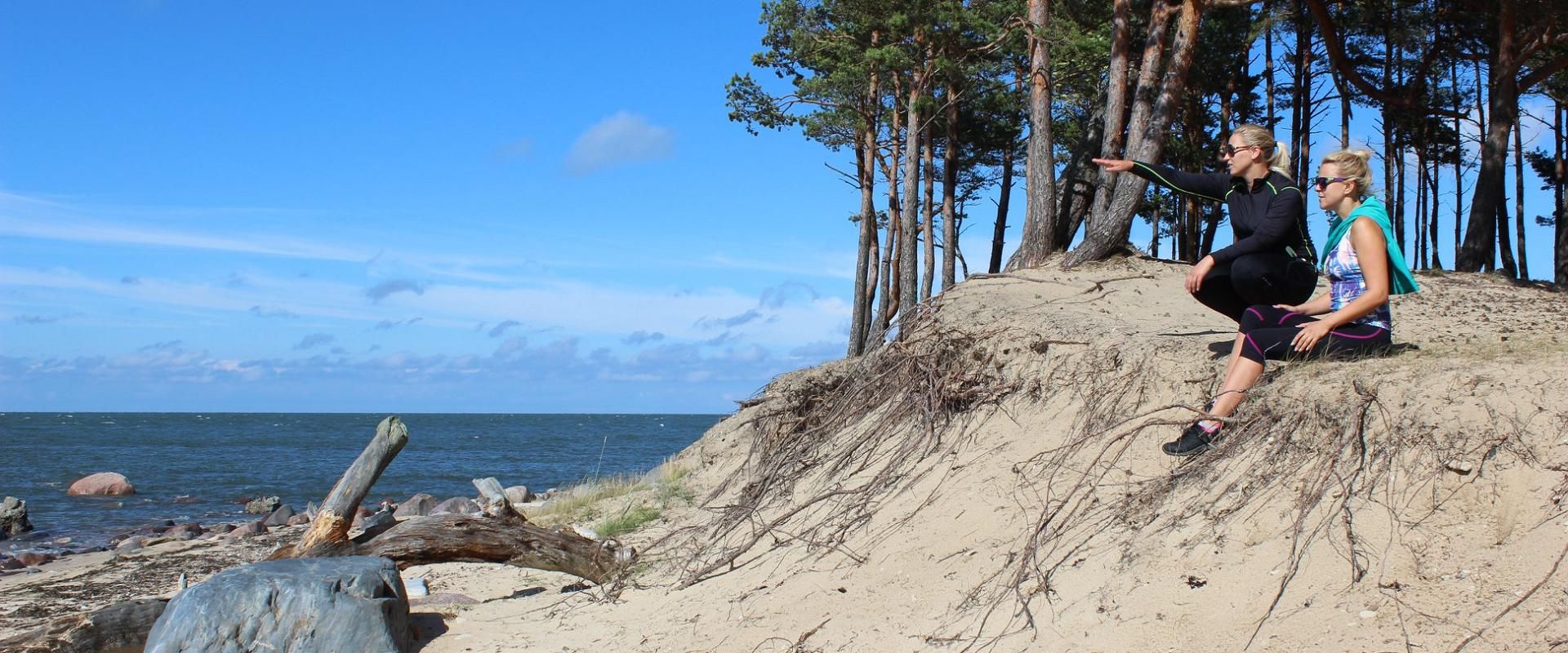
The Forest Trail
The Forest Trail is a long distance hiking route, part of E11, in the Baltic States that leads through the most forested lands, regional, nature and national parks of Lithuania, Latvia and Estonia. The route starts from the Polish–Lithuanian border near the town of Lazdijai, leads through Latvia, turning into Riga, and finishes in Tallinn, Estonia. Learn more about it here: baltictrails.eu/en/forest
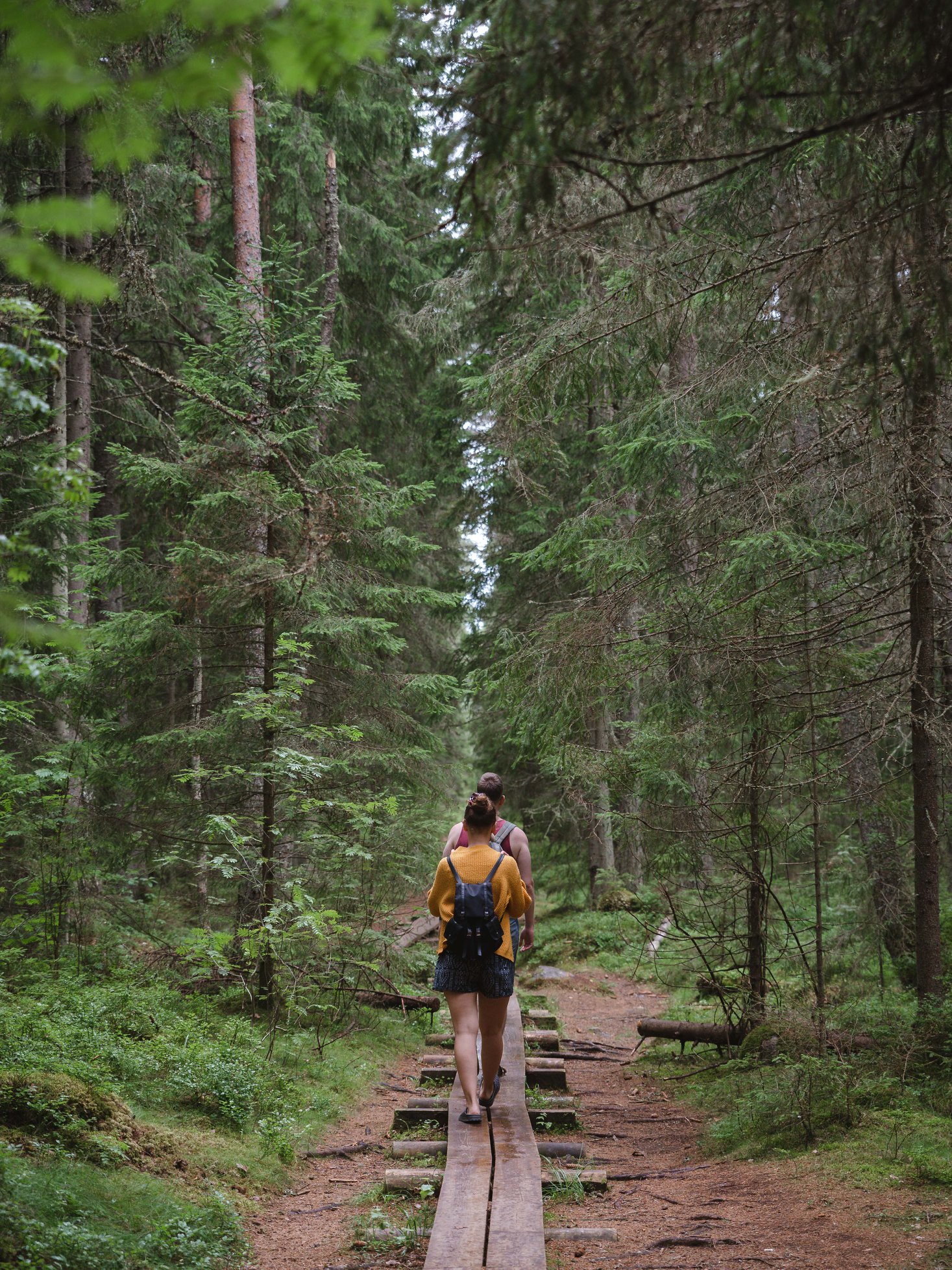
Military Heritage Tourism
Visitors of Lithuania, Latvia and Estonia have access to military heritage locations such as museums, fortifications, military equipment, trails, bunkers, battle sites, military towns, infrastructural objects, as well as memorial sites which speak of the era from the beginning of World War I in 1914 and the establishment of all three countries' independence in 1918, till the period of restoration of independence in 1990/1991. Learn more about it: https://militaryheritagetourism.info/en

DISCLAIMER. These offers are examples to showcase the variety of options for a holiday in our rural areas. They have purely informative and promotional purpose without any contractual or commercial value. You should contact directly with the provider for a valid individual specification and quote. In case of any conflict from such a direct contact or reservation, neither Ruraltour nor its member organization are liable.

Mulgimaa – a community with entrepreneurial spirit! Mulgimaa is a historic region in southern Estonia. Mulgi farmers were ... read more
SPECIAL PRICE
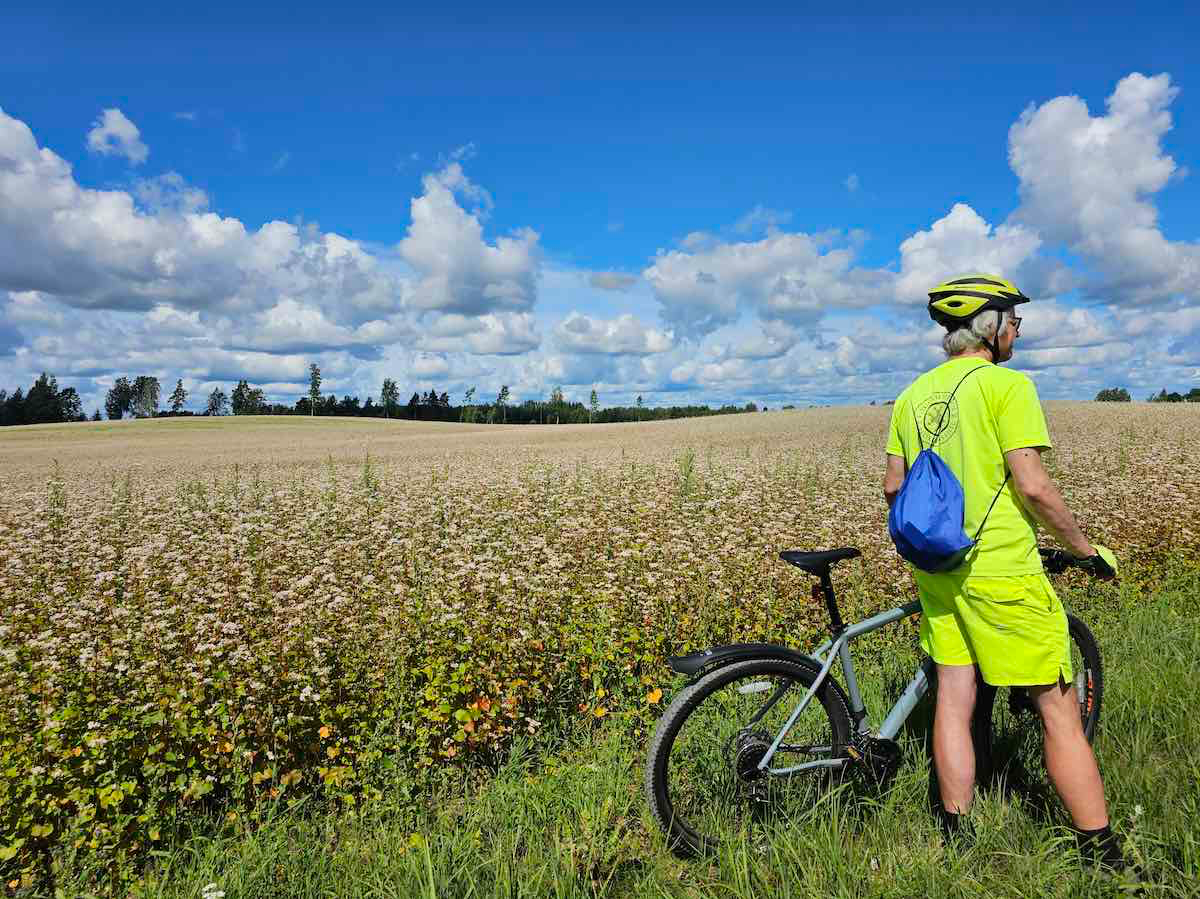
Mulgimaa – a community with entrepreneurial spirit! Mulgimaa is a historic region in southern Estonia. Mulgi farmers were ... read more
SPECIAL PRICE
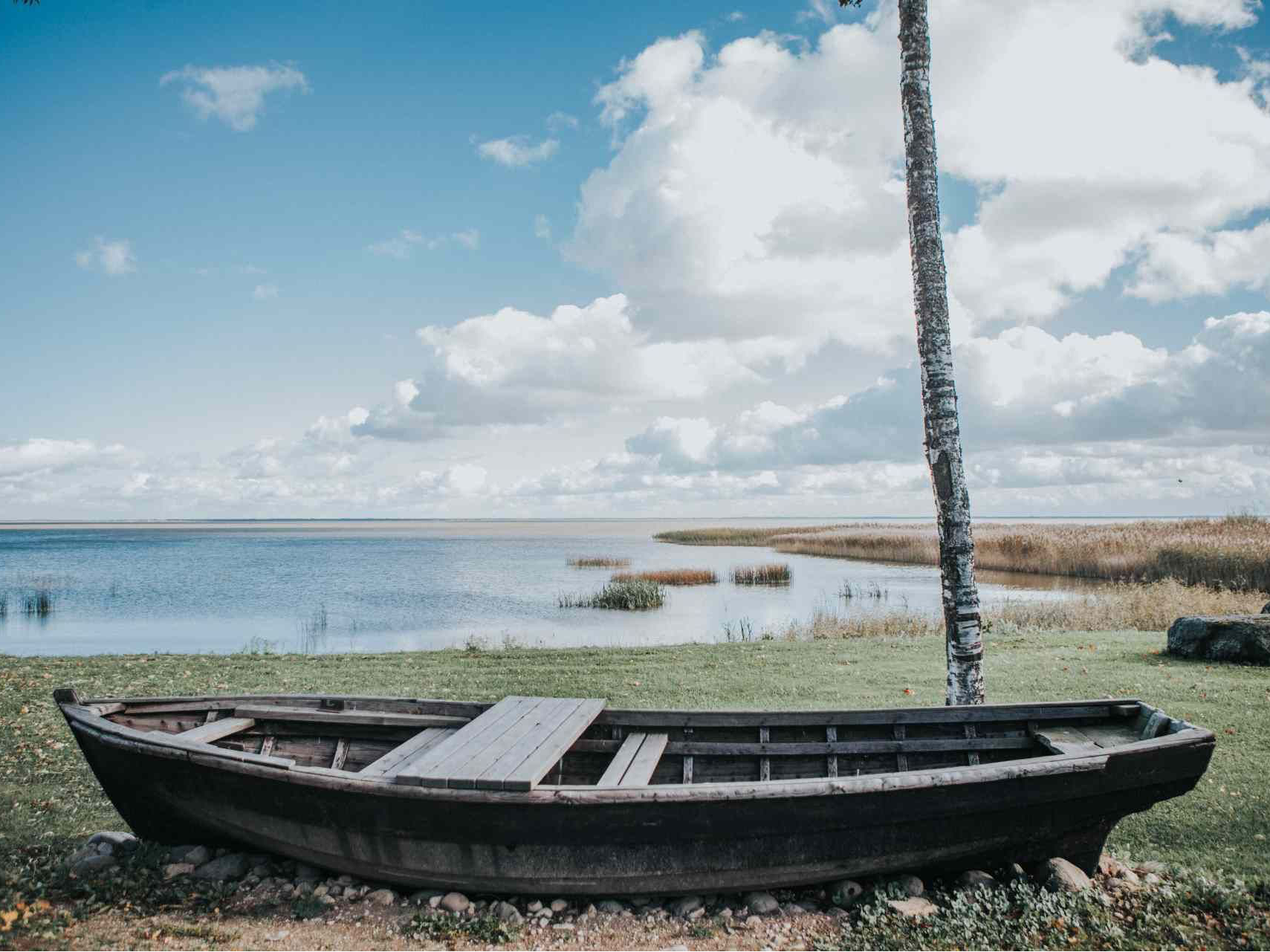
Mulgimaa – a community with entrepreneurial spirit! Mulgimaa is a historic region in southern Estonia. Mulgi farmers were ... read more
SPECIAL PRICE
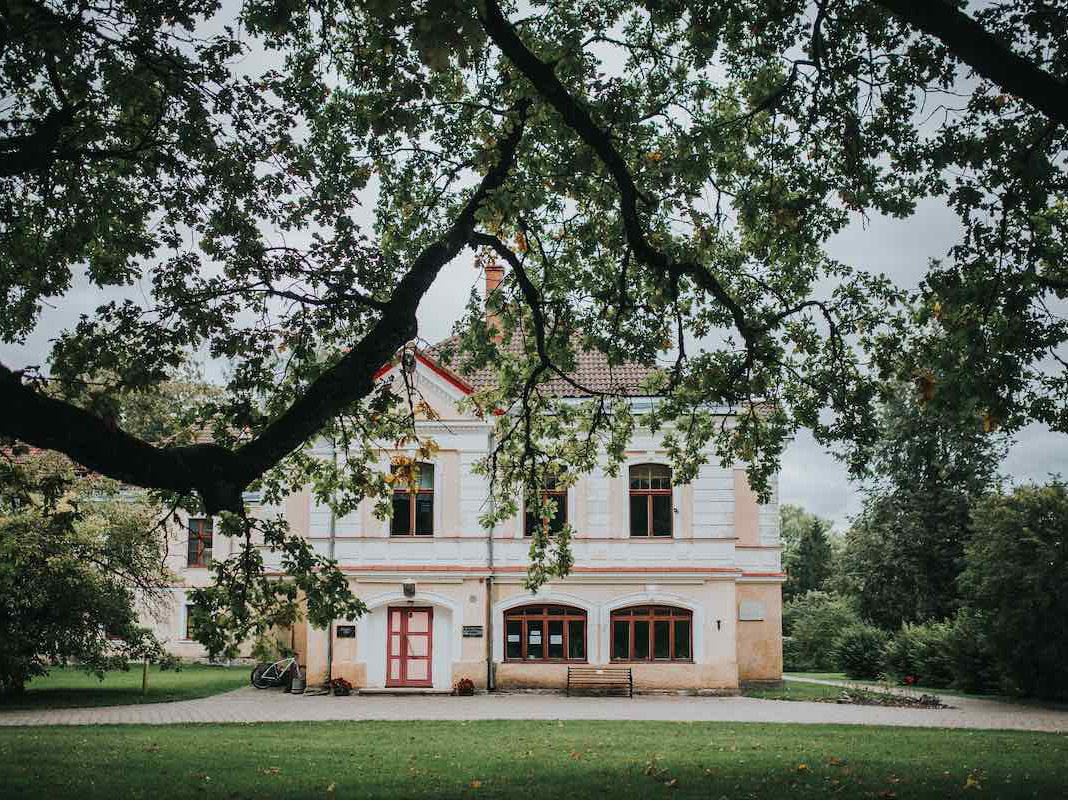
Mulgimaa – a community with entrepreneurial spirit! Mulgimaa is a historic region in southern Estonia. Mulgi farmers were ... read more
SPECIAL PRICE
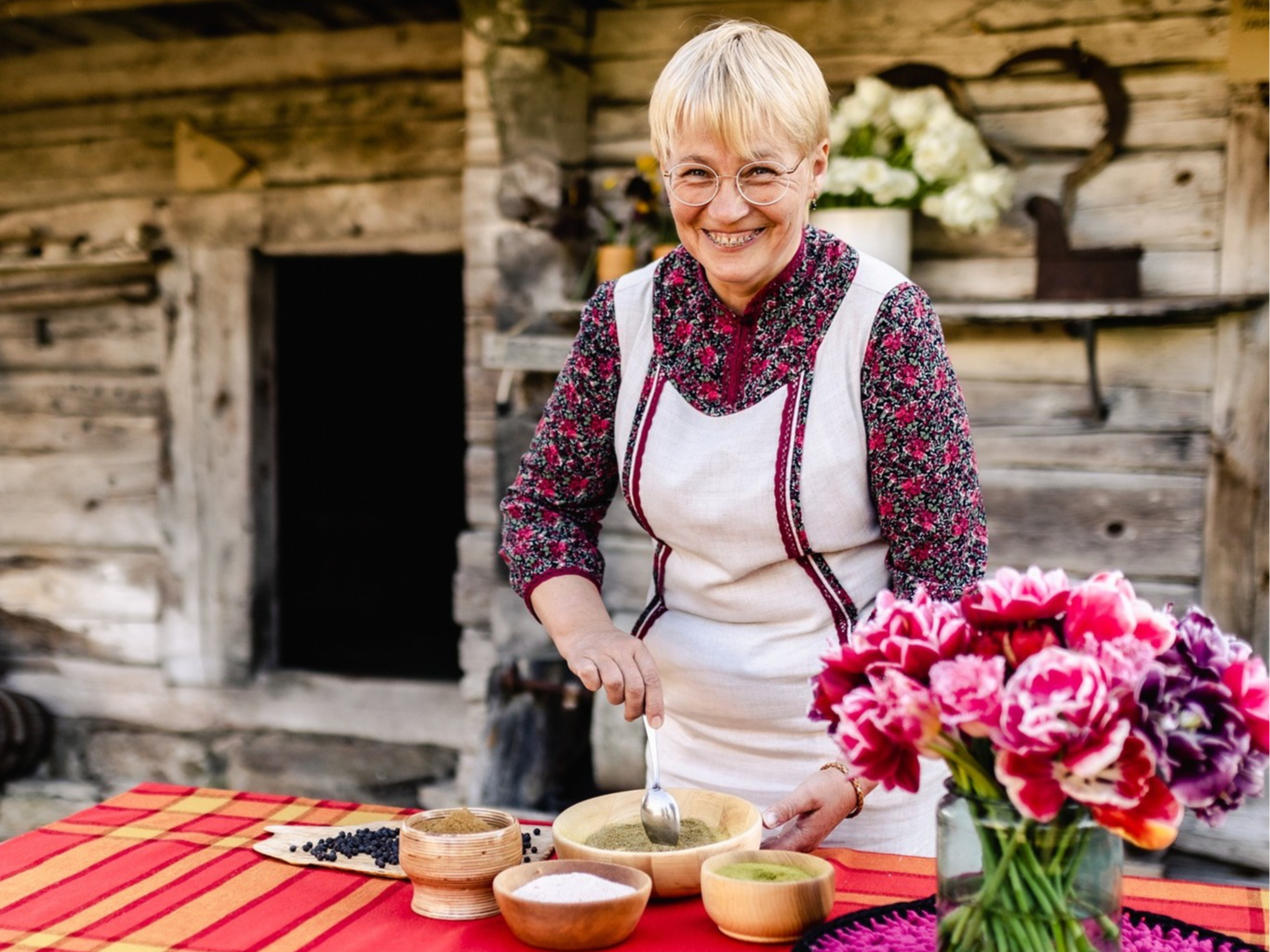
The islands have a rich culinary culture and dedication to local food traditions. The islands that make up Saare County are ... read more
SPECIAL PRICE
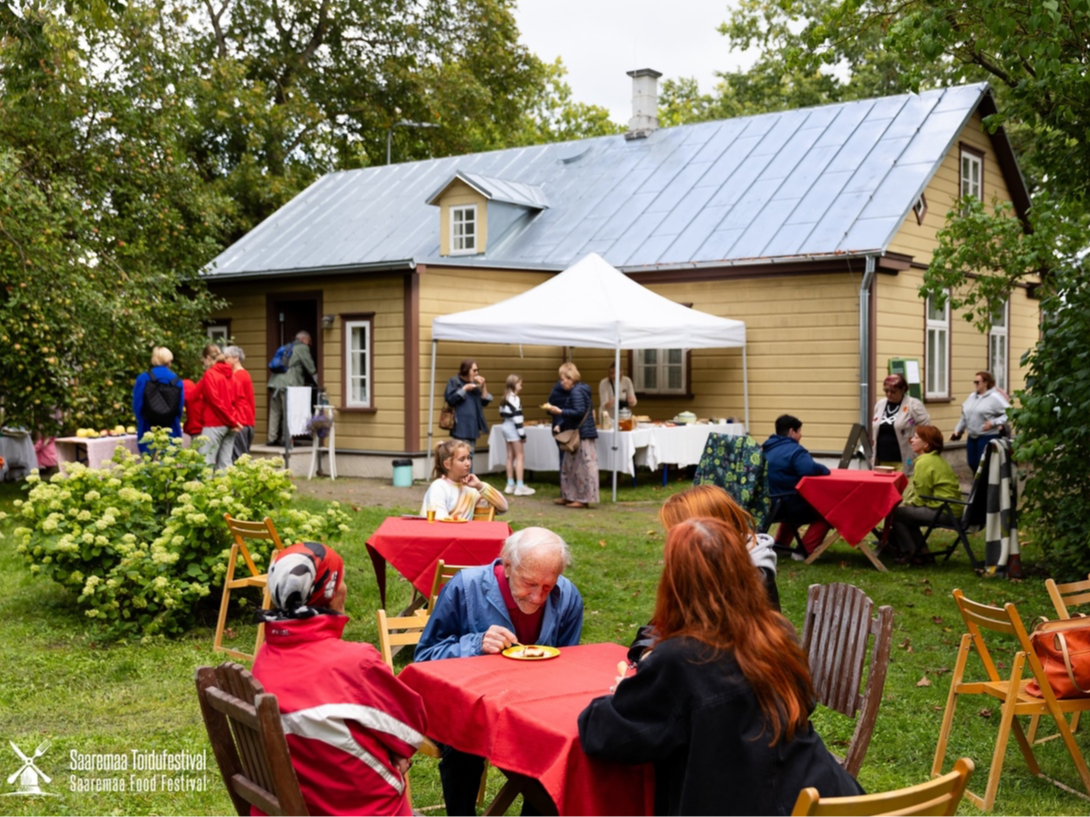
Travel agency Mere will offer you a relaxing and meaningful holiday in the West-Estonian islands. They been in business sin... read more
SPECIAL PRICE

Welcome to the Estonian Culinary Route! Even though the eateries tied to Estonian cuisine and Estonian culinary culture can ... read more
SPECIAL PRICE
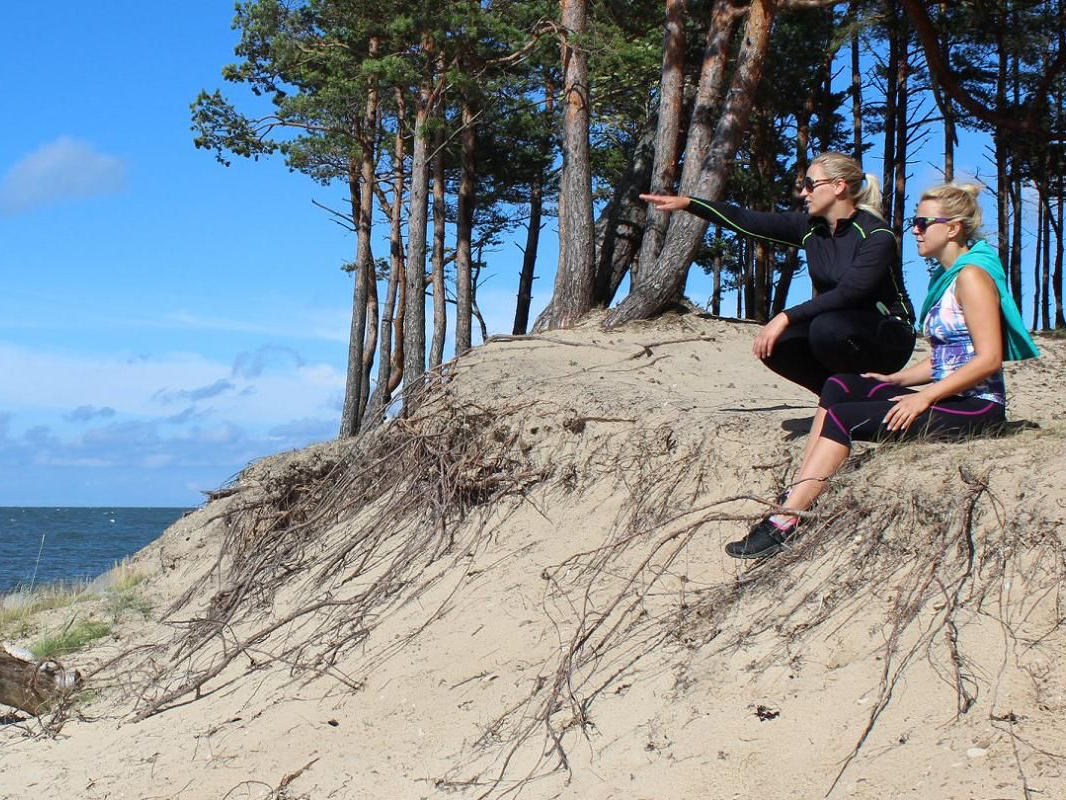
The Baltic Coastal Hiking Trail is a long distance hiking route, part of E9. The E9 route starts at Cape St. Vincent in Port... read more
SPECIAL PRICE

The Forest Trail is a long distance hiking route, part of E11, in the Baltic States that leads through the most forested lan... read more
SPECIAL PRICE

Visitors of Lithuania, Latvia and Estonia have access to military heritage locations such as museums, fortifications, milita... read more
SPECIAL PRICE
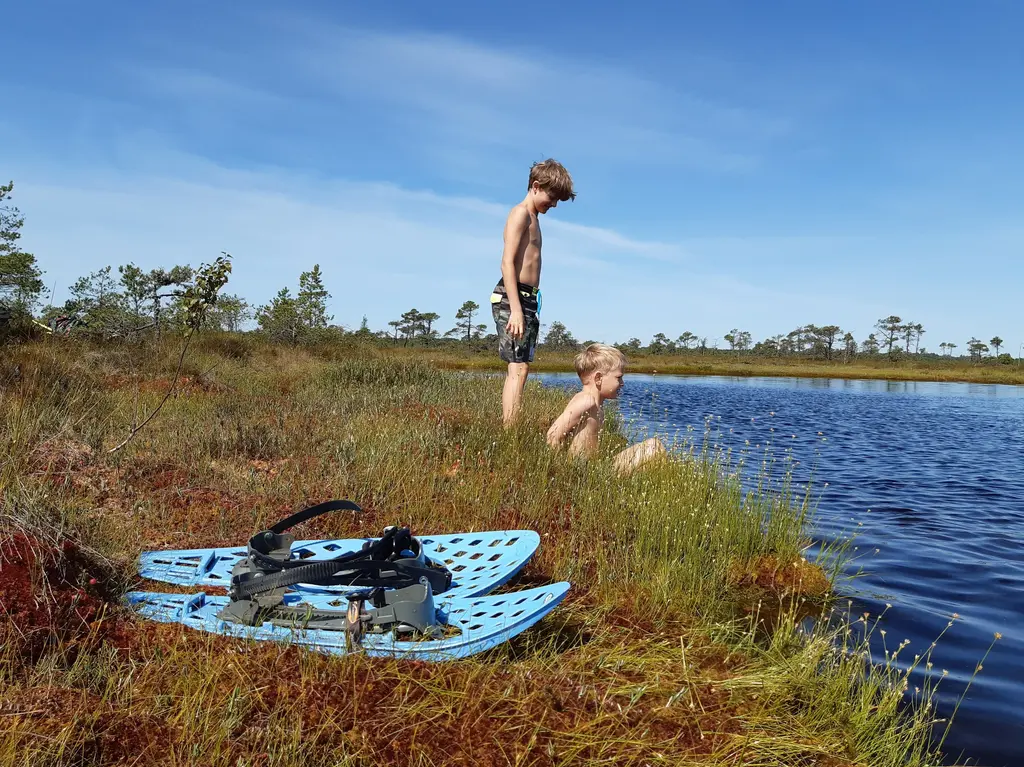
ActivEst is a travel company specialized in nature and active tours in the Baltic States. Our goal is to offer our clients u... read more
SPECIAL PRICE
triin@activest.ee
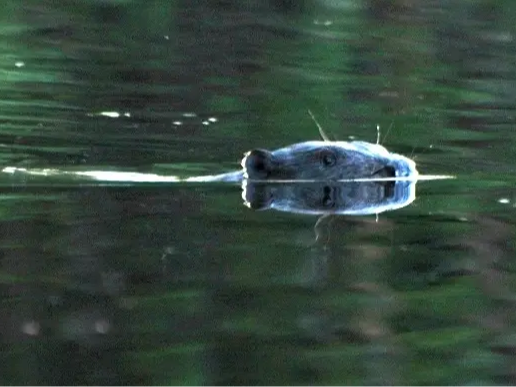
Reimann Retked Ltd. team consists of active people who have achieved experiences in outdoor recreation and education during ... read more
SPECIAL PRICE
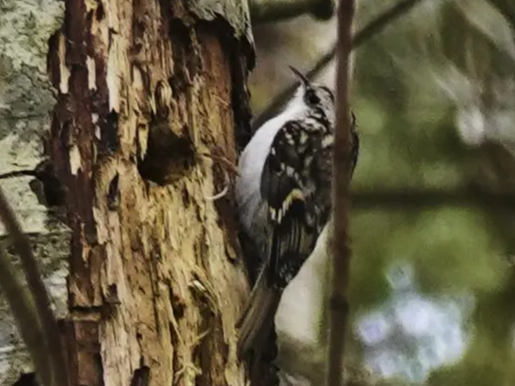
Soomaa Holiday Village is located in the middle of wild nature, on the banks of the picturesque Halliste River in the heart ... read more
SPECIAL PRICE
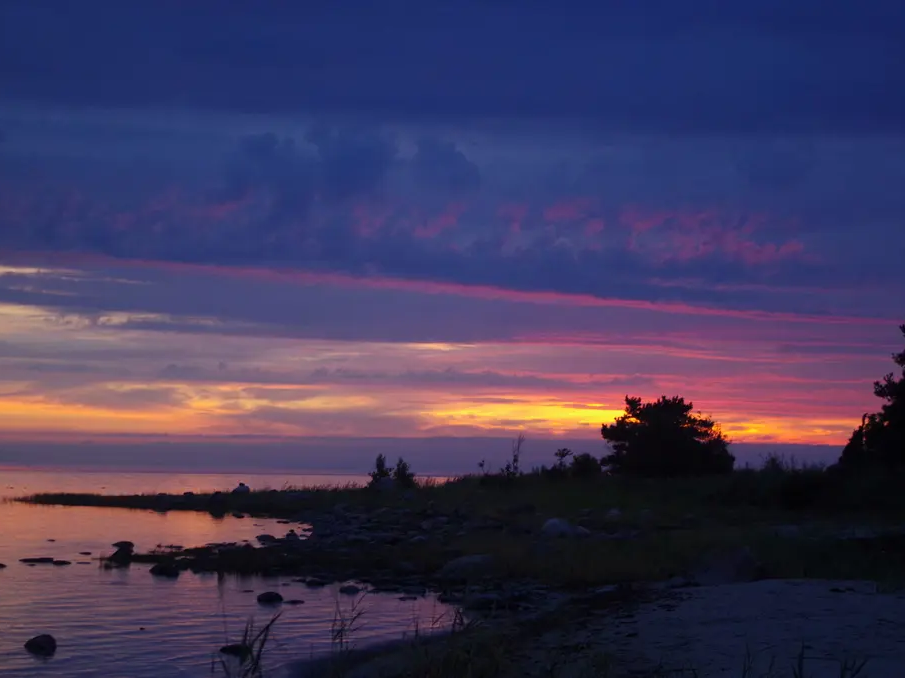
Surfhunt is a tiny house accommodation by the Gulf of Riga in a protected nature area by the sea. Ideal for families or frie... read more
SPECIAL PRICE
epp@surfhunt.ee

ActivEst is a travel company specialized in nature and active tours in the Baltic States. Our goal is to offer our clients u... read more
SPECIAL PRICE
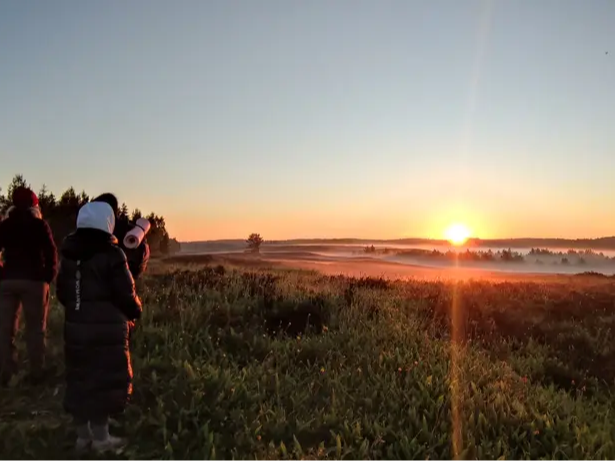
Welcome to discover the amazing Estonian nature with us! We invite you to experience the beauty of Northern Kõrvemaa throug... read more
SPECIAL PRICE
matkapesa@visitkorvemaa.ee

Come and enjoy a unique experience dashing through a magical snowy forest route pulled by a team of trained Alaskan malamute... read more
SPECIAL PRICE

Experience Small Lapland with our friendly Alaskan malamutes in a pristine Natura 2000 forest. Begin with a kicksled or walk... read more
SPECIAL PRICE
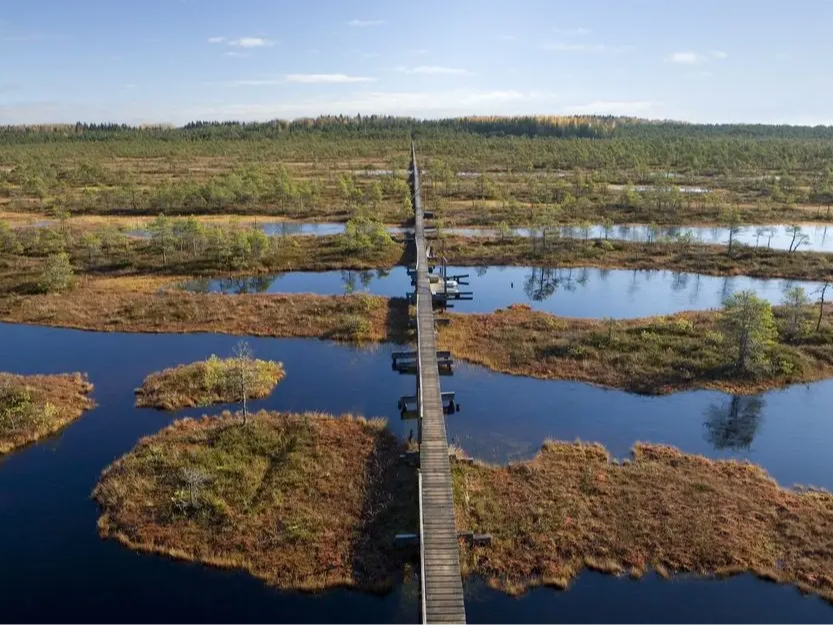
A delightful day in a bog with captivating landscapes, distinctive vegetation and wildlife. A bog resembles a colossal spong... read more
SPECIAL PRICE
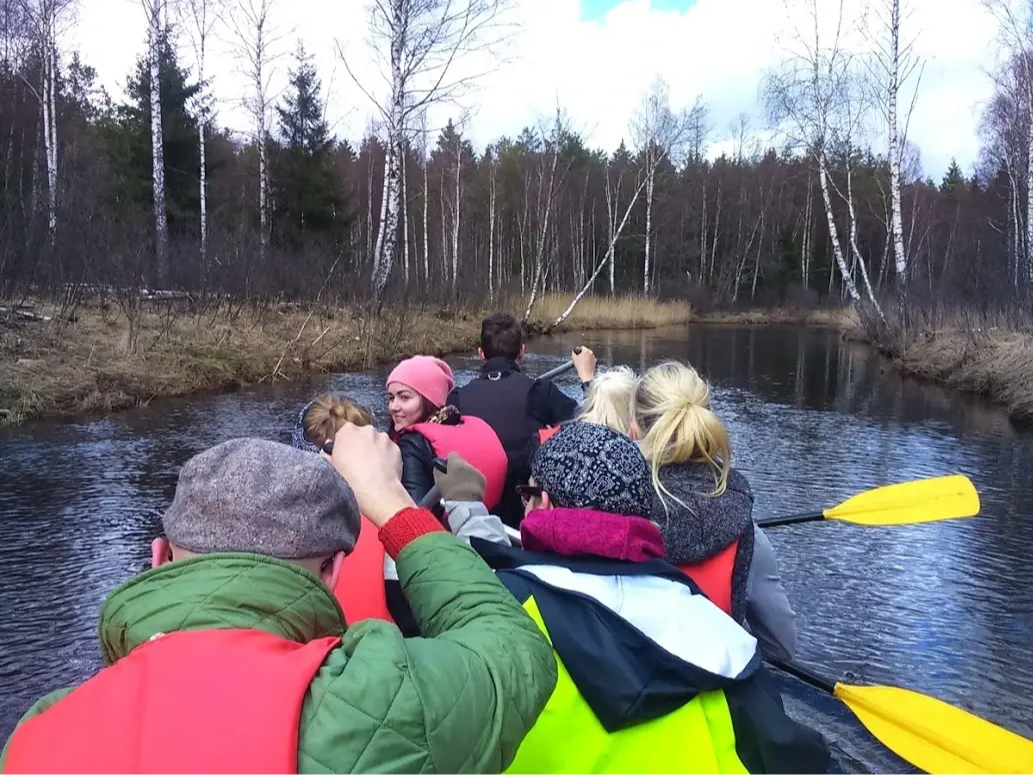
This soft adventure combines canoeing and hiking along a forest river inhabited by beavers and singing birds. The trip concl... read more
SPECIAL PRICE
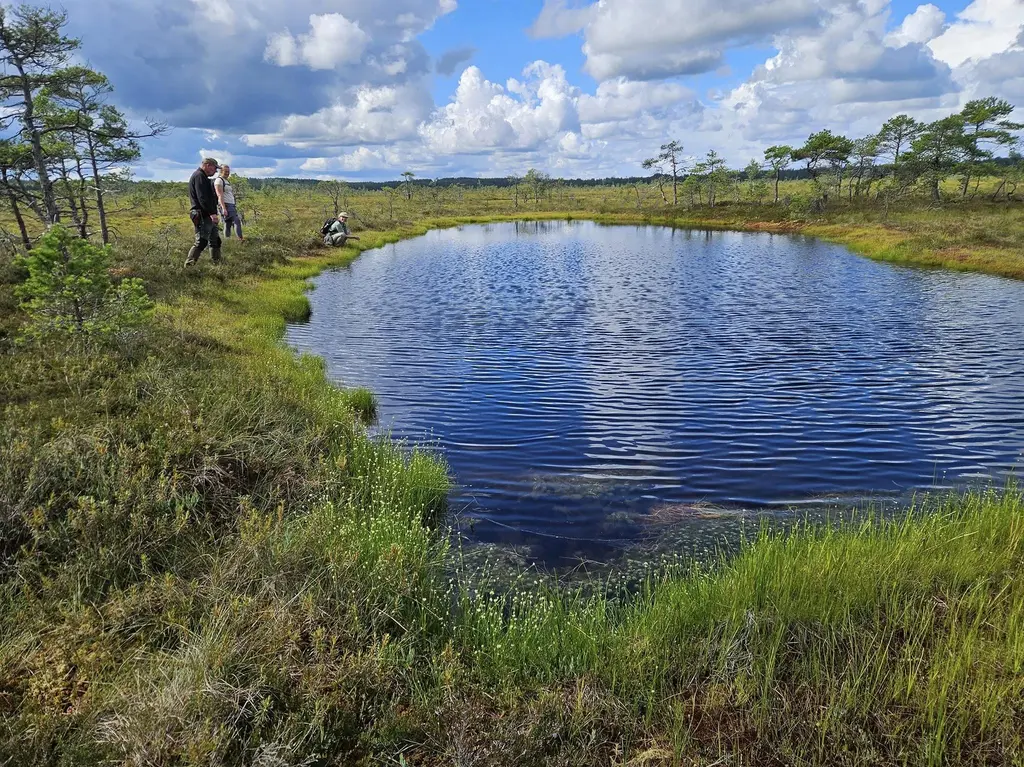
Let’s go on a cool hike to a bog! First canoeing along the picturesque Halliste river, then hiking through meadows and for... read more
SPECIAL PRICE
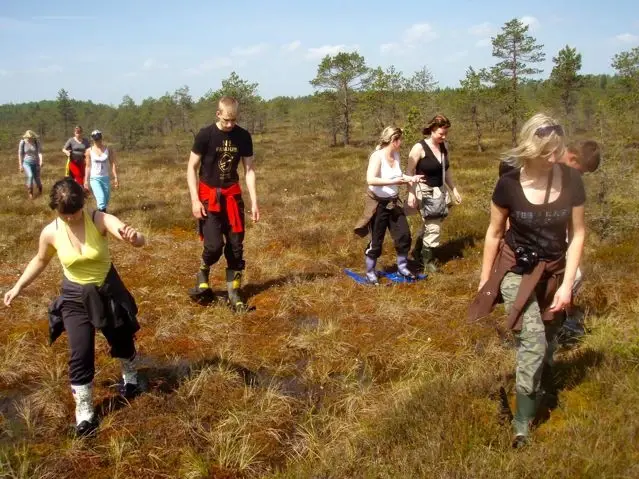
In the region of North-Kõrvemaa our trips trace the secrets of the swamps as we travel through Kõnnu Suursoo and Koitjärv... read more
SPECIAL PRICE
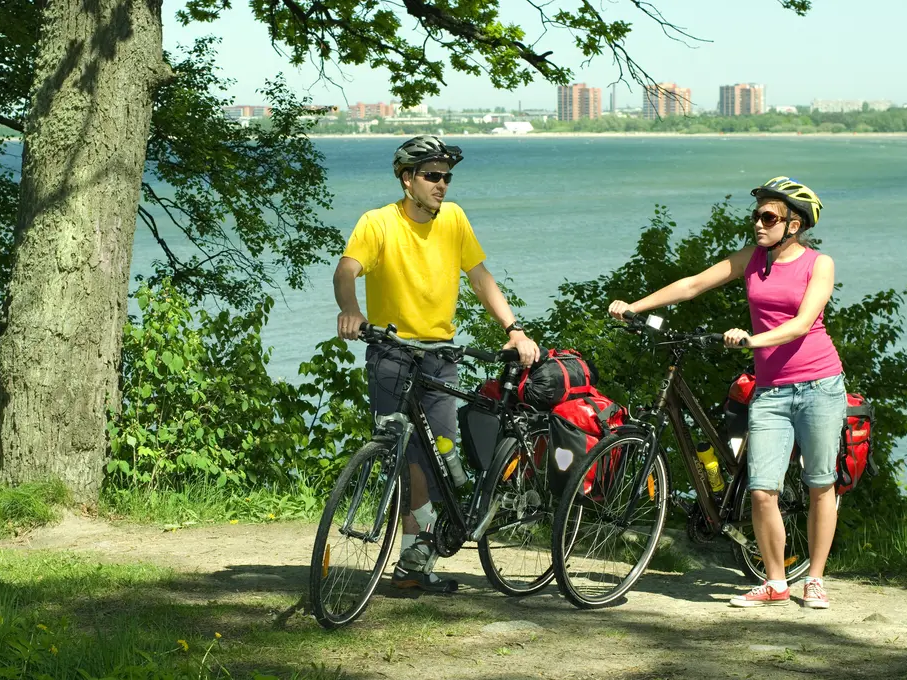
Life moves at a different pace on Estonian islands. Explore Hiiumaa, Saaremaa and the western reaches of Estonia with this 1... read more
SPECIAL PRICE
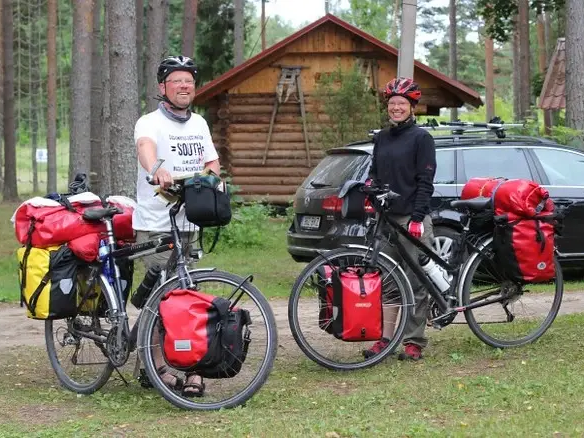
Explore West Estonia at your own pace with our GPS-triggered storyteller. Follow a curated route to discover exciting places... read more
SPECIAL PRICE
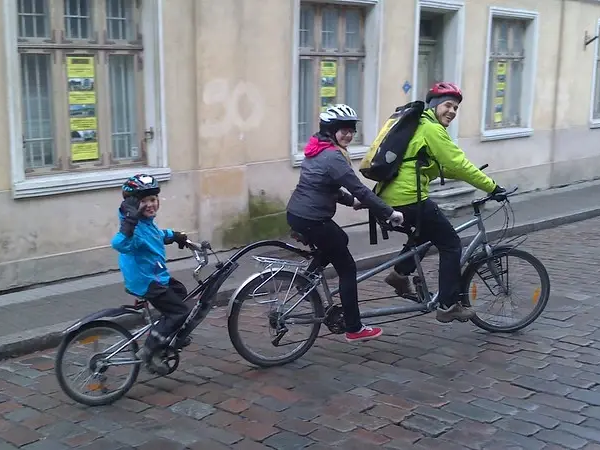
This tour is designed for being suitable also for families and riders with disabilities (shorter distances, possible to rent... read more
SPECIAL PRICE
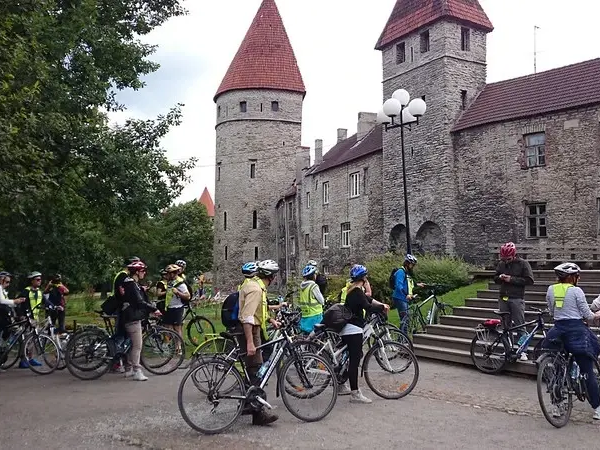
These two Baltic countries are similar in many ways – they share a long common history, traditions, nature, yet they are s... read more
SPECIAL PRICE
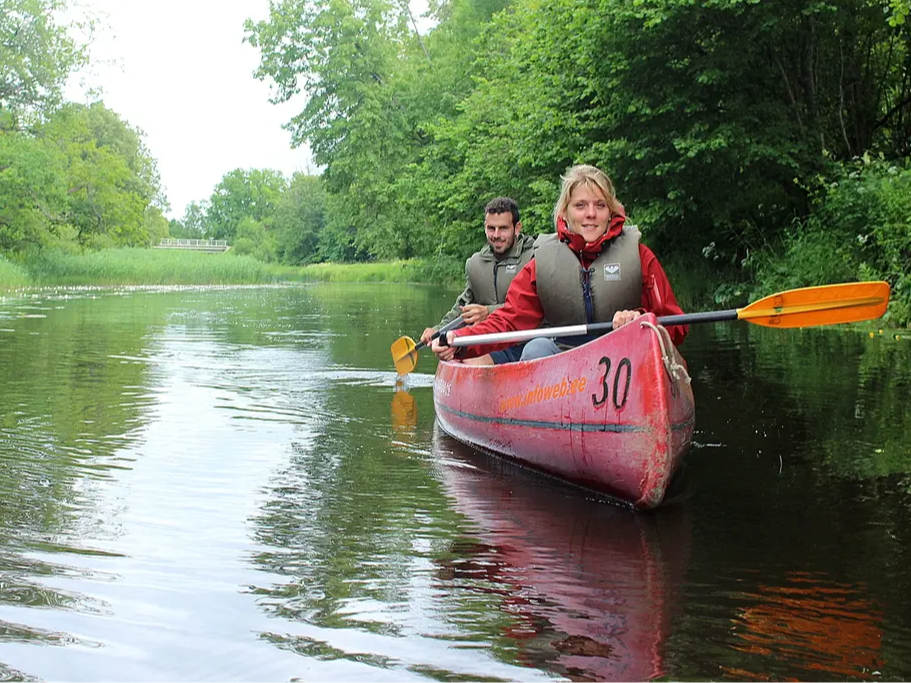
A guided trip in Soomaa National Park that combines bog-walking and canoeing on the river. Lunch in the wild is included. So... read more
SPECIAL PRICE
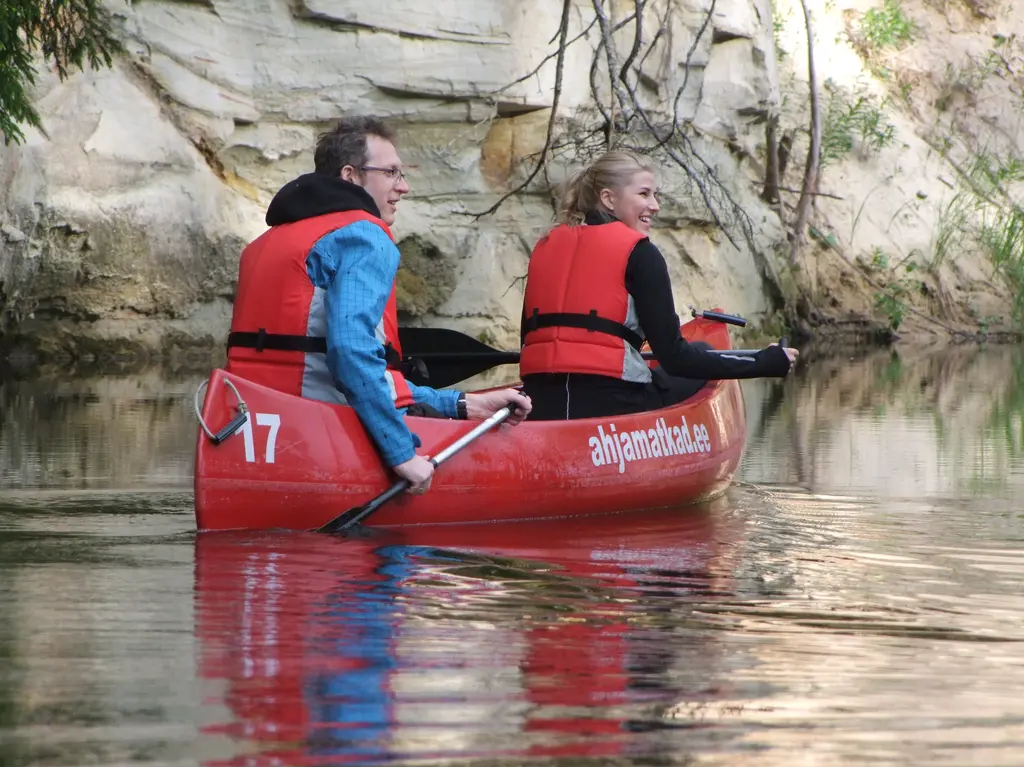
Experience the picturesque and primeval nature of the river Ahja on a guided canoe trip during a summer evening in South Est... read more
SPECIAL PRICE
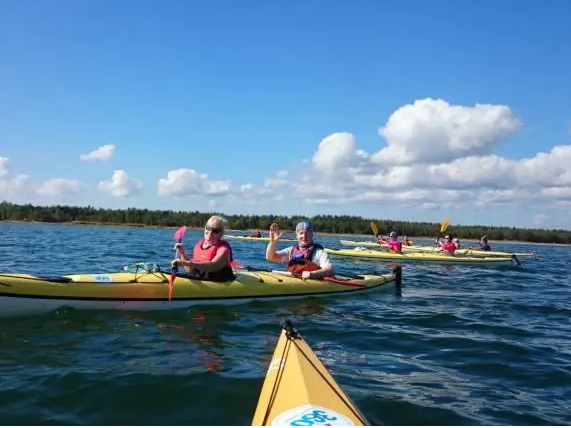
Hiiumaa is the 2nd largest island in Estonia. The tour offers kayaking in shallow water surrounding closely clustered island... read more
SPECIAL PRICE
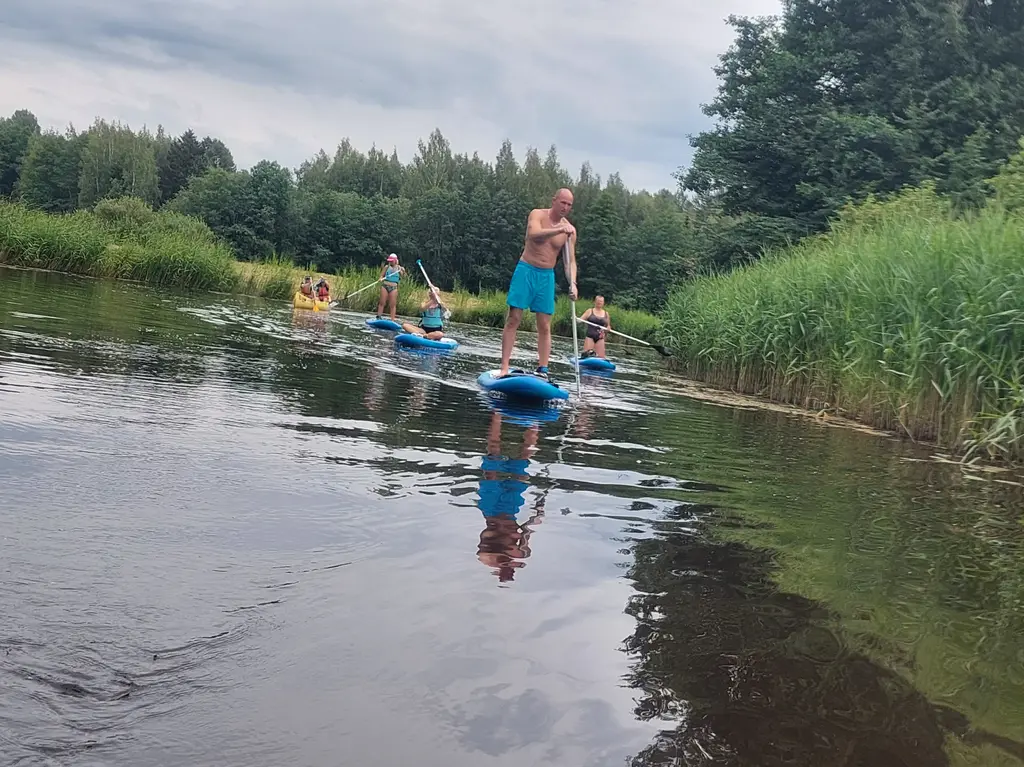
Welcome to the thrill of stand-up paddleboarding (SUP) amid the enchanting waterways of Soomaa National Park. The river ways... read more
SPECIAL PRICE
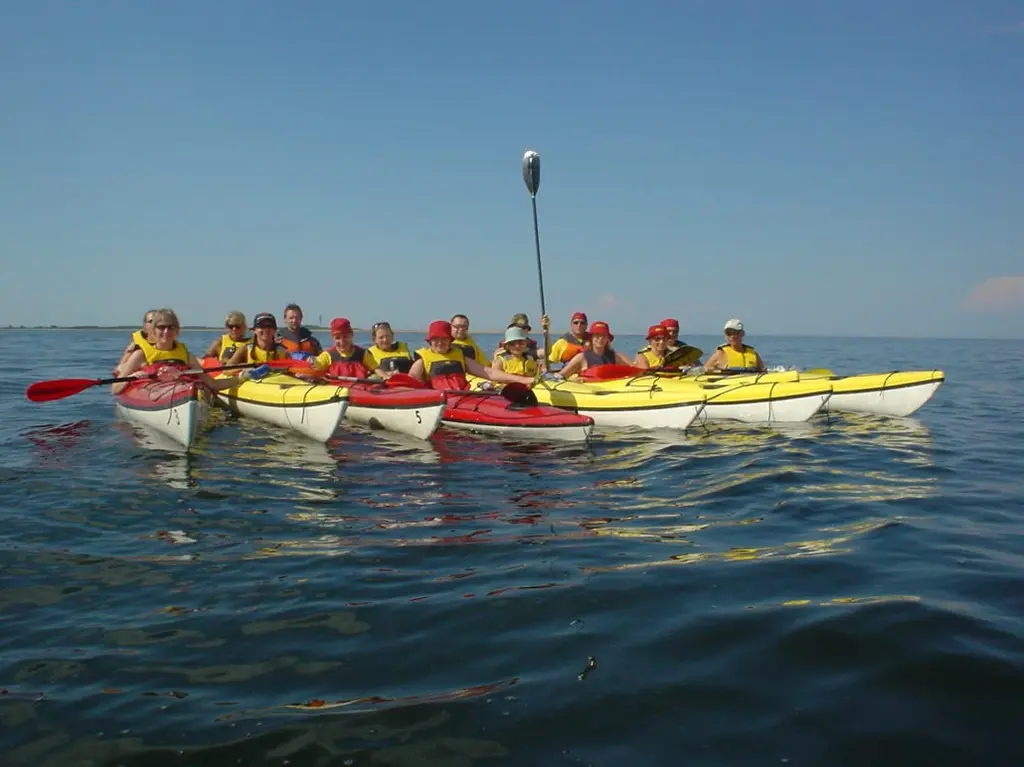
Kayaking is so much fun! Kayaking is done in the Baltic Sea, we can make a few hour or even day trips to Estonian smaller is... read more
SPECIAL PRICE
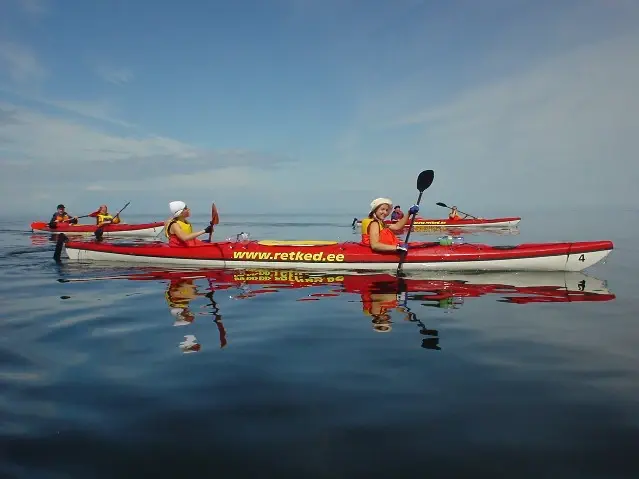
You can experience two in one and also try diving on some of our sea kayaking trips. The best diving place is nearby the isl... read more
SPECIAL PRICE
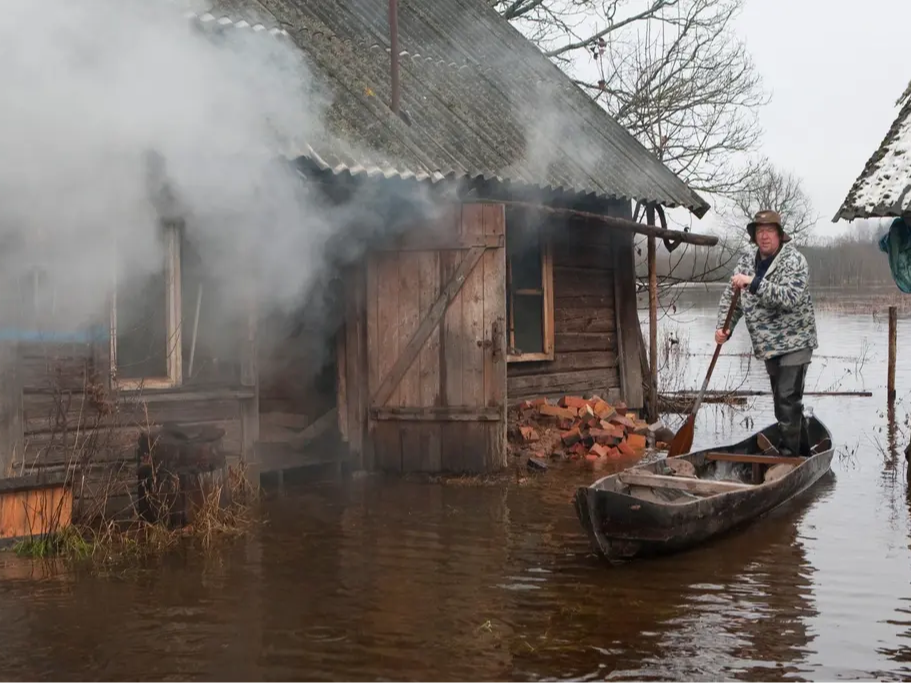
Soomaa is best known for its extra season. In Soomaa National Park, the early spring floods render up to 17,500 hectares of ... read more
SPECIAL PRICE
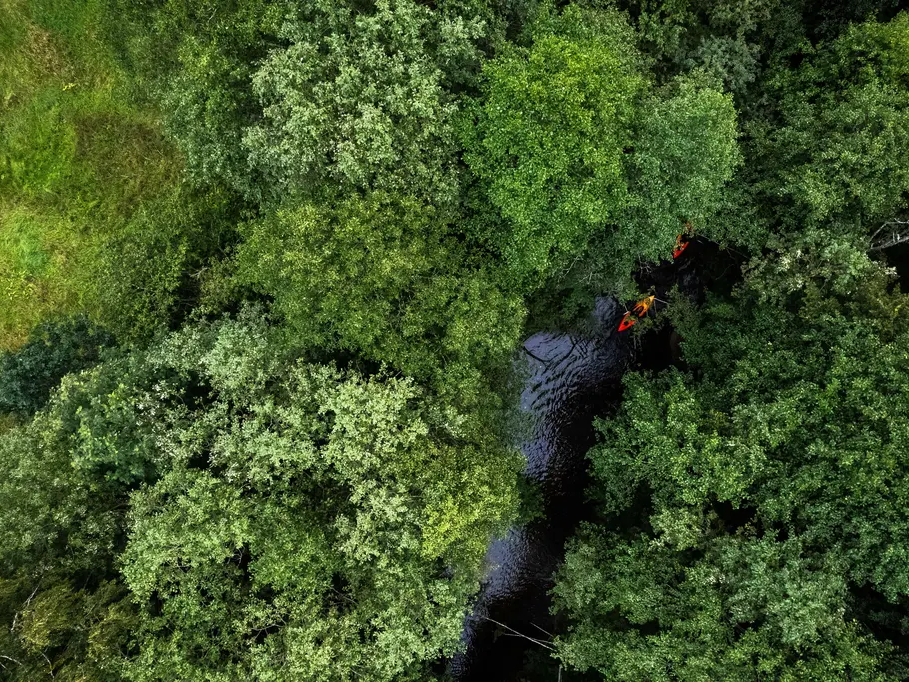
A full day of adventure, tradition and great food in South Estonia. Cross kayaking through 12 picturesque lakes connected by... read more
SPECIAL PRICE
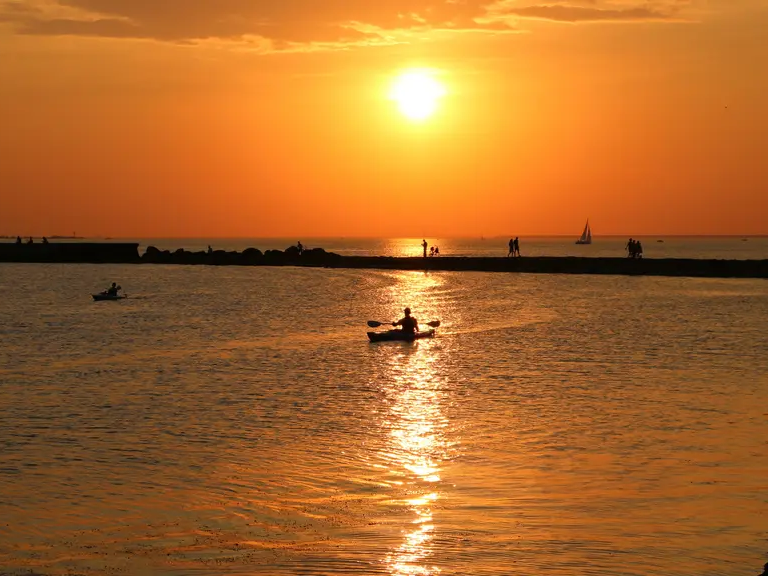
A chill 7 km sunset kayak trip from the mouth of Pirita river to the golden beach of Haabneeme – the beautiful silhuette o... read more
SPECIAL PRICE
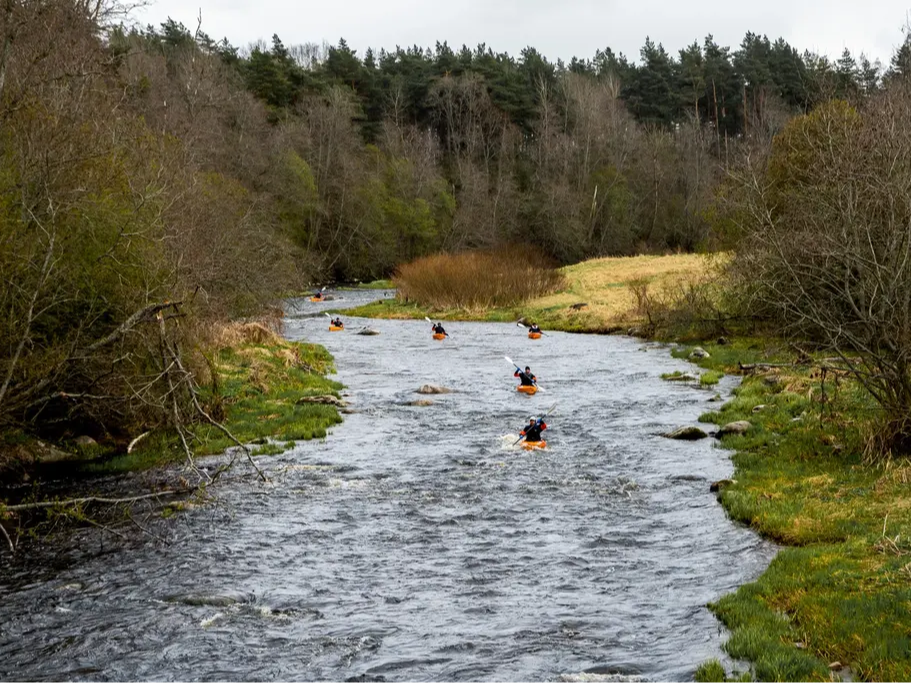
During the spring meltdown, there is a short window of white water kayaking options even in the capital of Estonia, Tallinn.... read more
SPECIAL PRICE
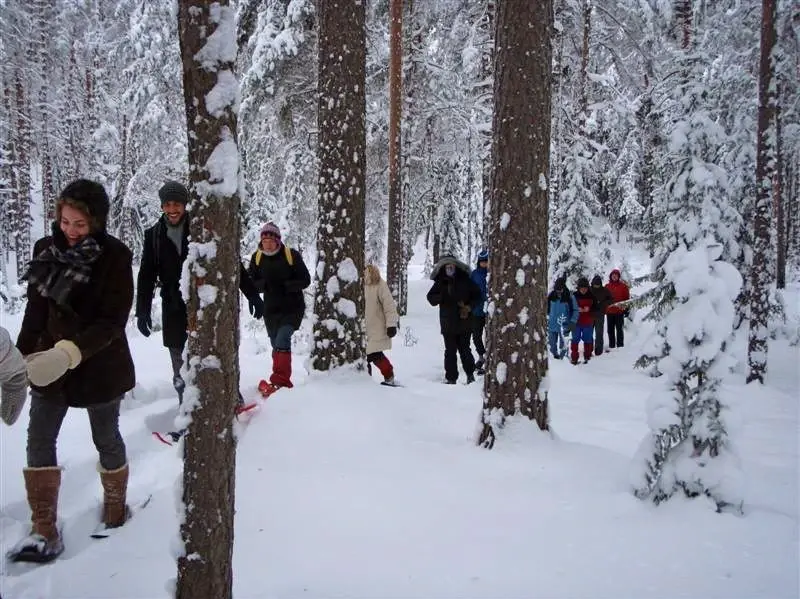
In the region of North-Kõrvemaa our trips trace the secrets of the swamps as we travel through Kõnnu Suursoo and Koitjärv... read more
SPECIAL PRICE
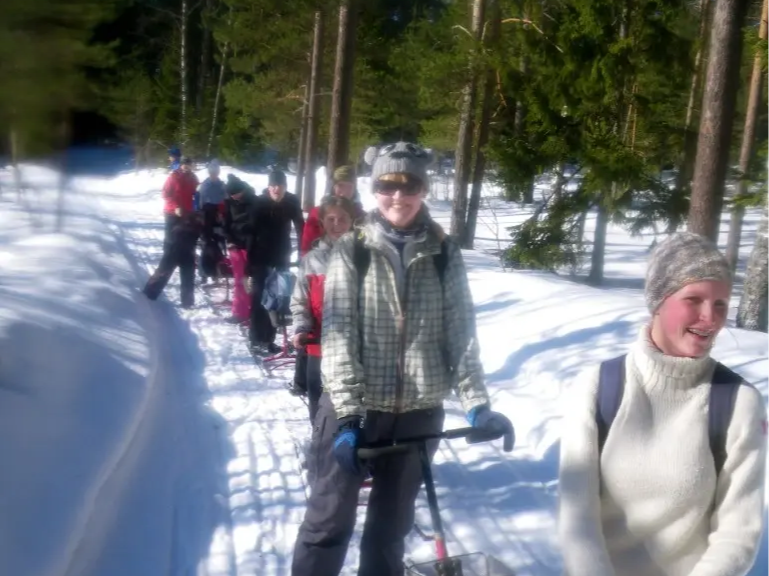
The traditional sledge has been improved to make kick-sledging possible on ice, dense or soft snow. A kick sledge, also know... read more
SPECIAL PRICE

In winter, when the rivers and water meadows of Soomaa have frozen over and the weather conditions are favourable, you are w... read more
SPECIAL PRICE
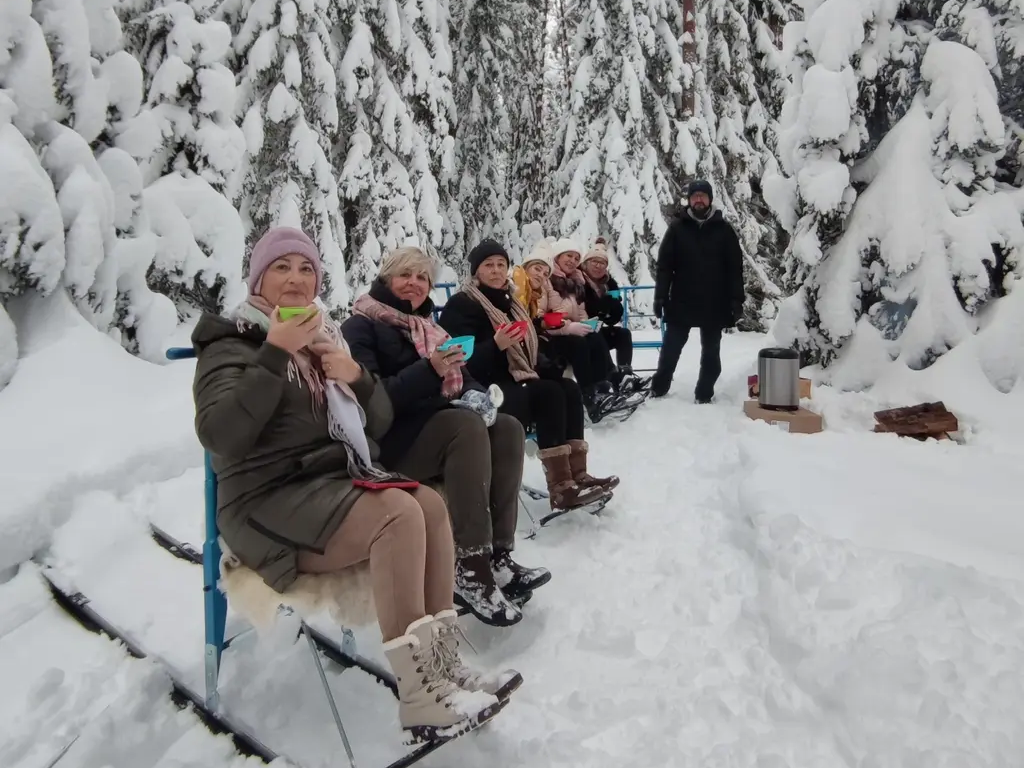
During winter season, it is exciting to go with snowshoes or kicksleds to hike into the forest, swamps, ponds or across lake... read more
SPECIAL PRICE
matkapesa@visitkorvemaa.ee

Experience Estonia's Natural Beauty! Join our all-inclusive 4-day retreat in Põhja-Kõrvemaa, Estonia, accompanied by frien... read more
SPECIAL PRICE
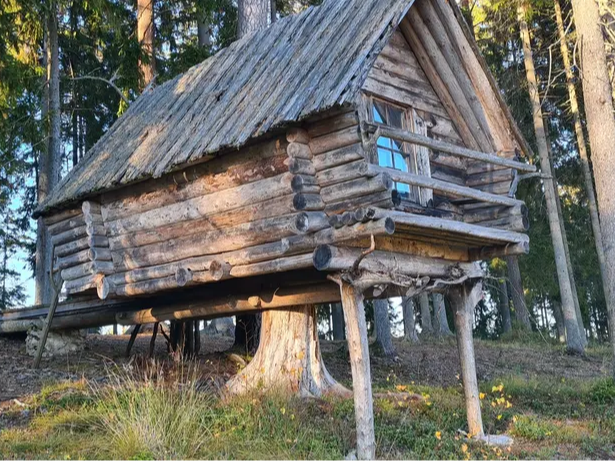
A former winter tavern in the forests of the Kõrvemaa region, Estonia, offers a glimpse into life in Estonia a century ago,... read more
SPECIAL PRICE
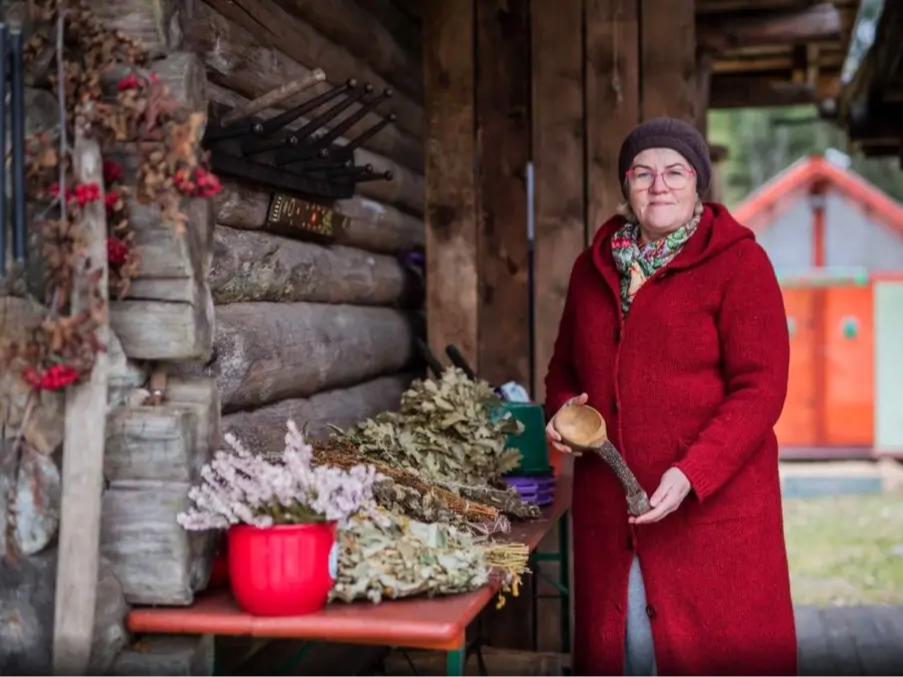
The Smoke sauna traditions of Old Võromaa have found their honoured spot on the list of UNESCO intangible cultural heritage... read more
SPECIAL PRICE
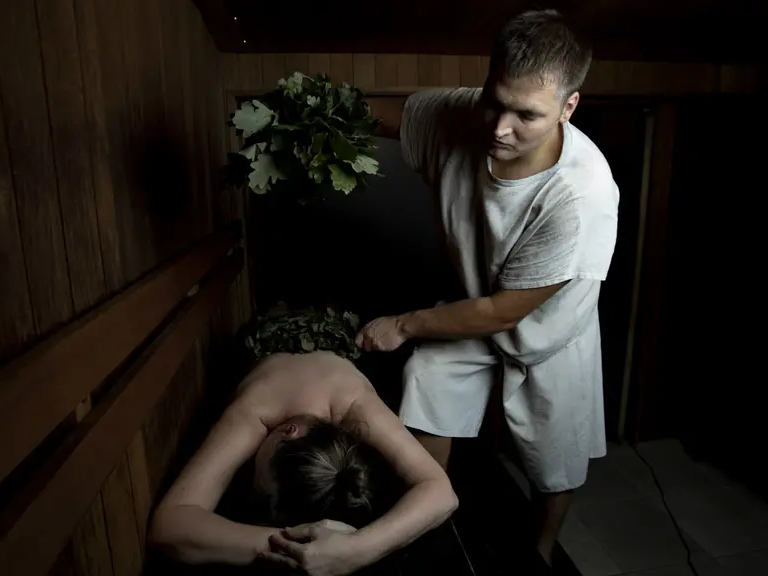
Enjoy the peace and quietness of Soomaa National Park. Start your day with a refreshing walk in the bog or forest trails. In... read more
SPECIAL PRICE

Experience Estonia’s Bog Magic and Traditional Sauna! Join us for an unforgettable trek through Estonia’s pristine bogs,... read more
SPECIAL PRICE
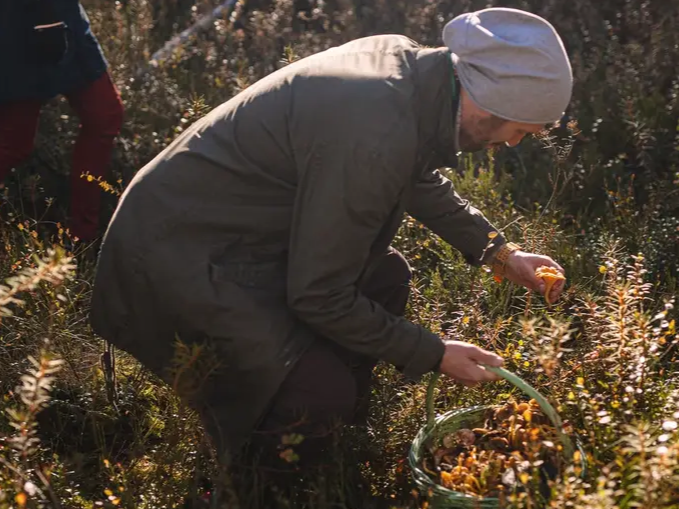
Join an expert guide on a foraging adventure for wild mushrooms and berries in Taevaskoja primeval valley, the most beautifu... read more
SPECIAL PRICE
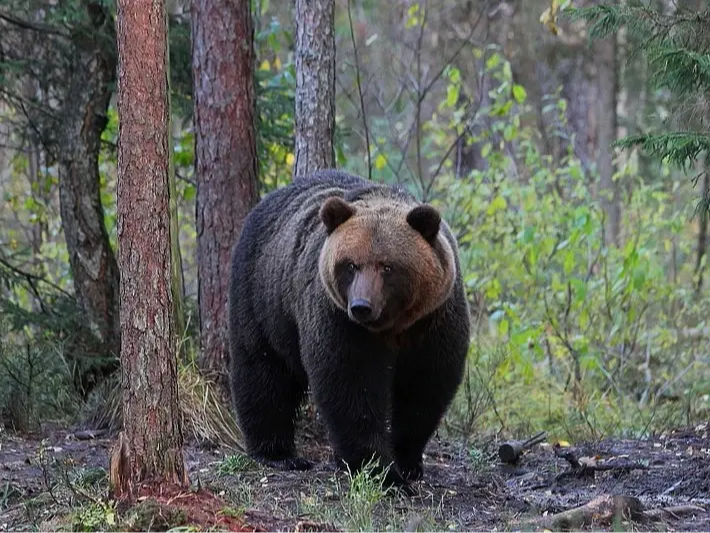
This is the tour to take if you want to actively spend time in the wilderness, enjoy different natural habitats and watch bi... read more
SPECIAL PRICE

Adrenaator Grupp, who organises adrenaline filled activities in Ida-Viru County, now offers enduro safaris in Aidu oil shale... read more
SPECIAL PRICE
info@adrenaator.ee
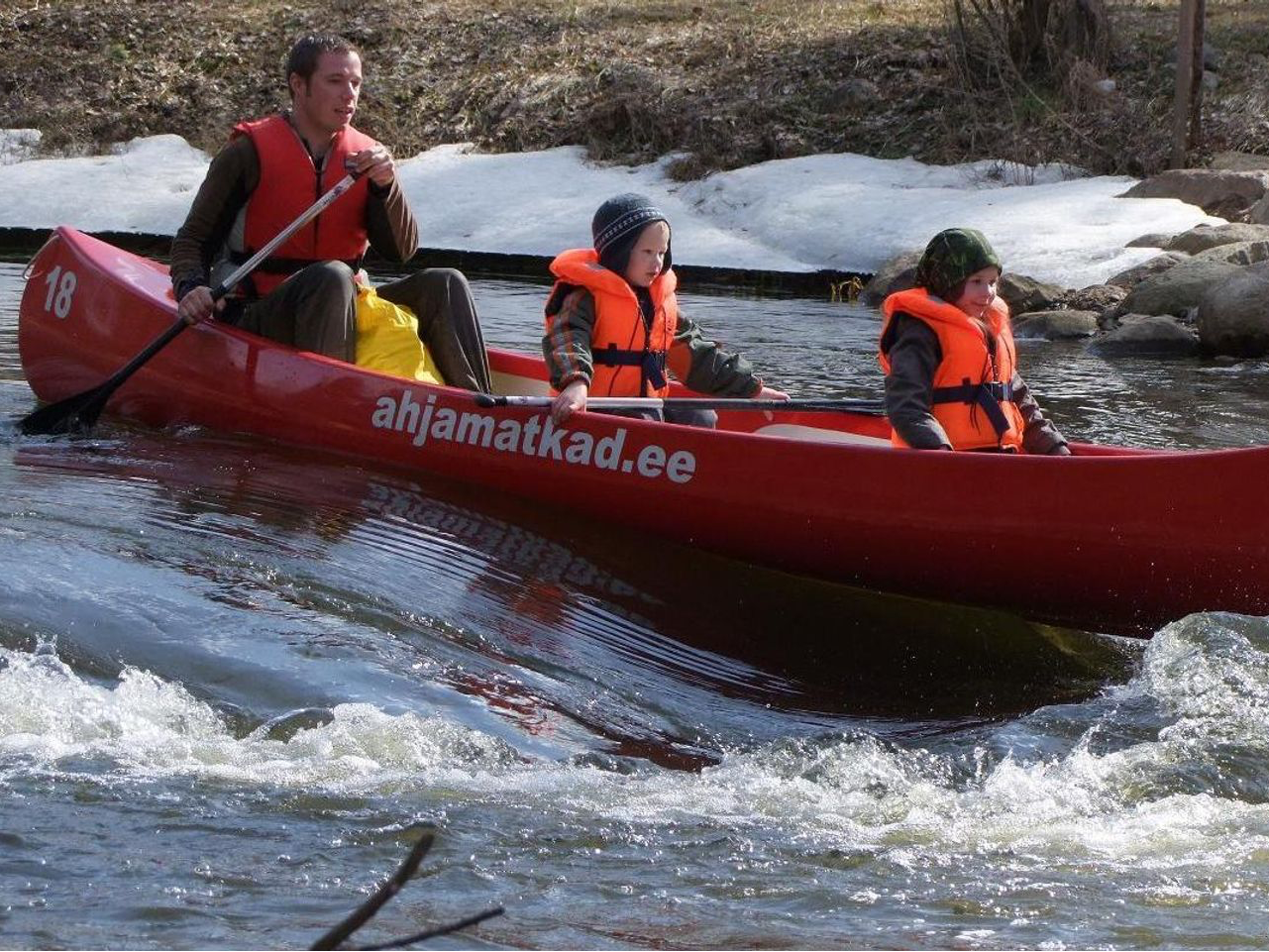
An early spring canoe trip on the Võhandu River in Võhandu River Nature Park requires previous canoeing experience – the... read more
SPECIAL PRICE
info@ahjamatkad.ee
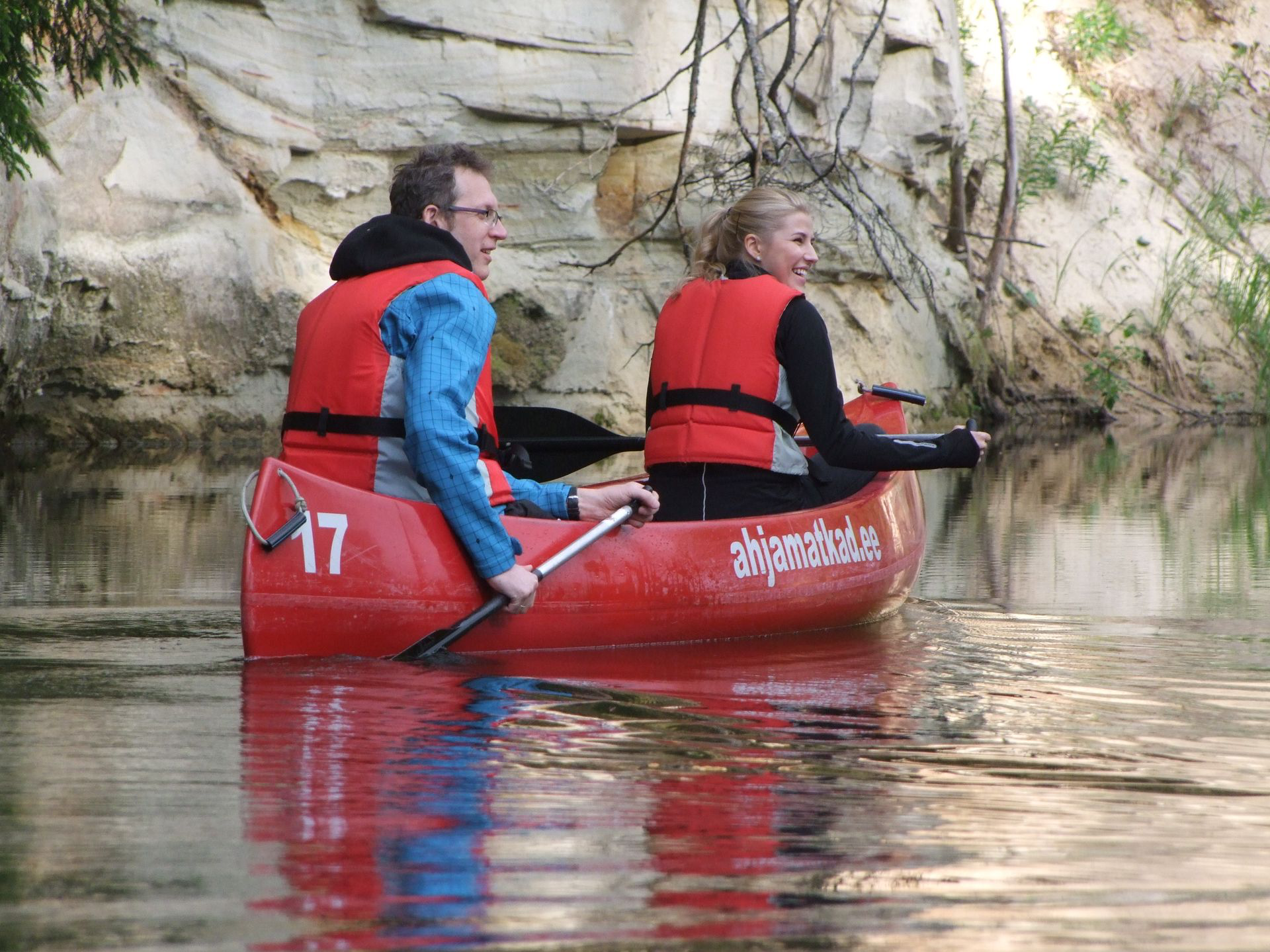
River Ahja is well-known for it picturesque and primeval nature. Sandstone outcrops border the river, you can see beavers, o... read more
SPECIAL PRICE
info@ahjamatkad.ee
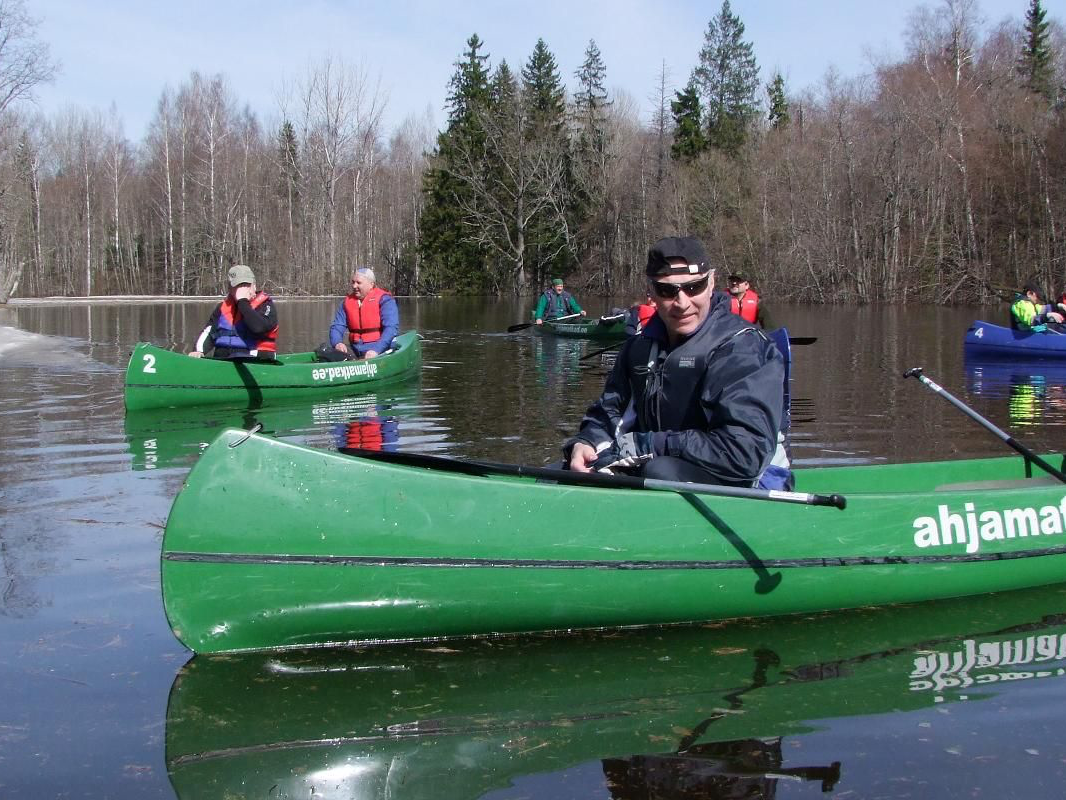
Soomaa National park and high water trips await you! The most memorable way of enjoying the Fifth Season – the period of s... read more
SPECIAL PRICE
info@ahjamatkad.ee
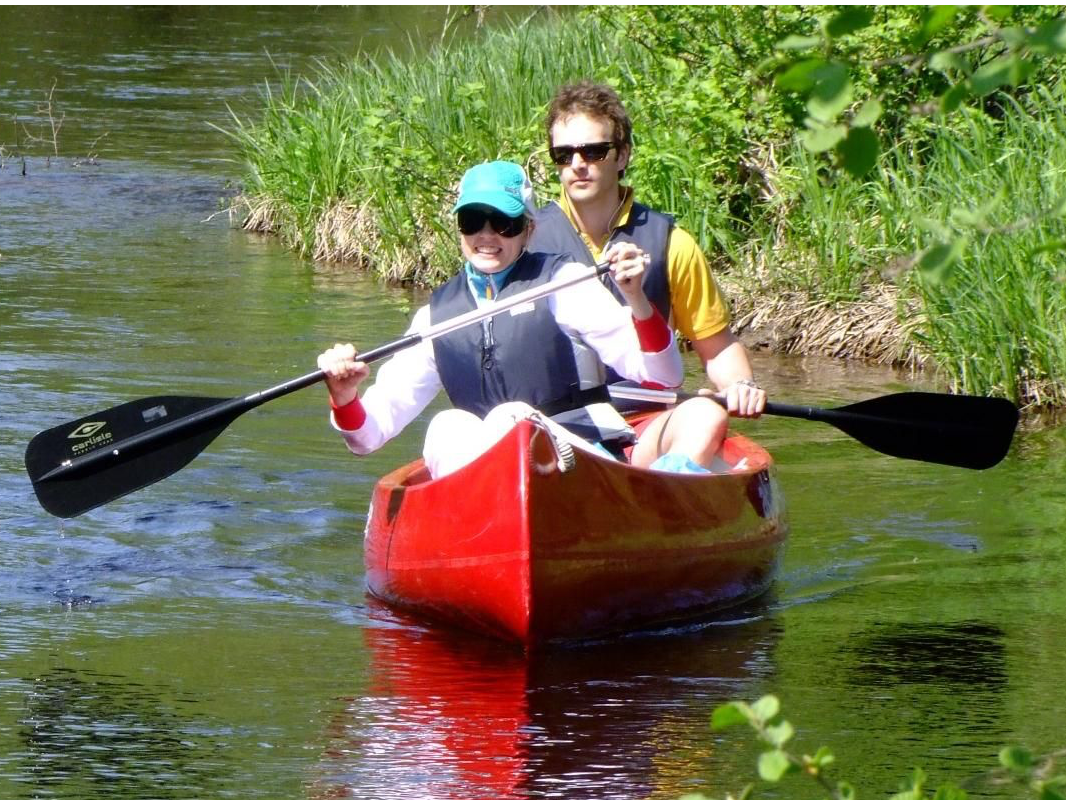
The upper reaches of the Võhandu River, otherwise known as the Pühajõgi River, are ideal for canoeing if the water is a l... read more
SPECIAL PRICE
info@ahjamatkad.ee
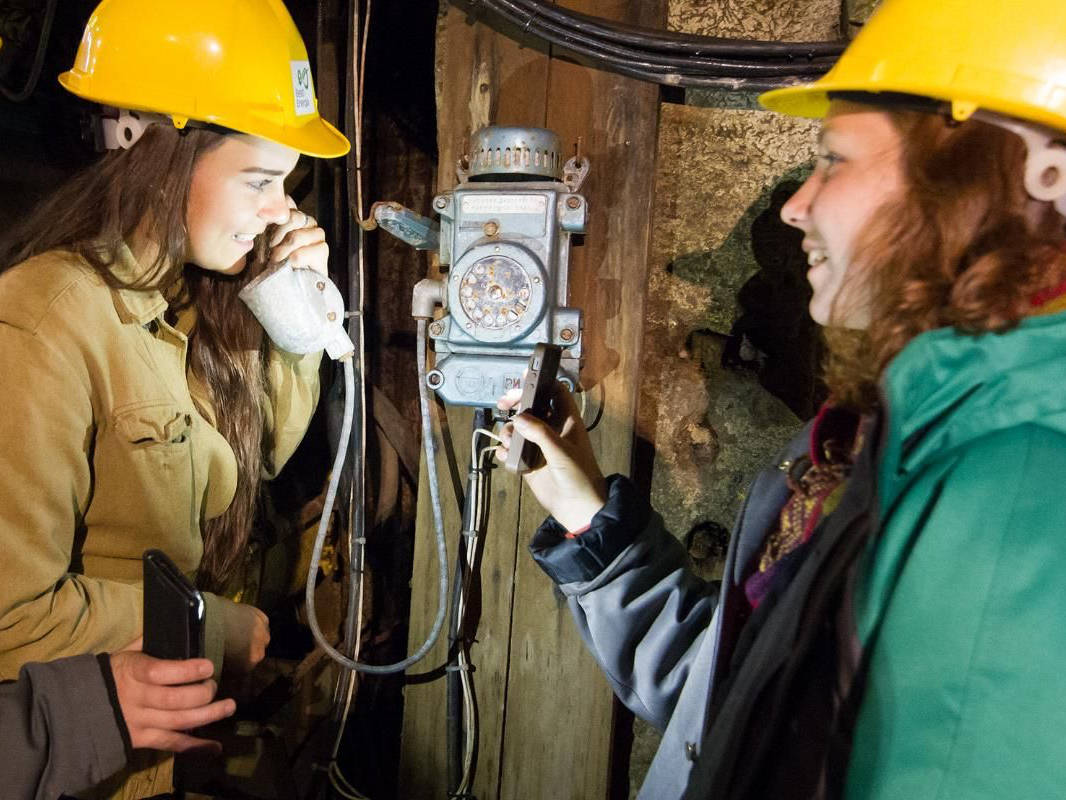
A 1.5-hour underground tour with exciting stories If you want a real taste of a miner's life, you have no other choice but t... read more
SPECIAL PRICE
info@kaevandusmuuseum.ee
www.kaevandusmuuseum.ee/en/experiences/underground-experiences/
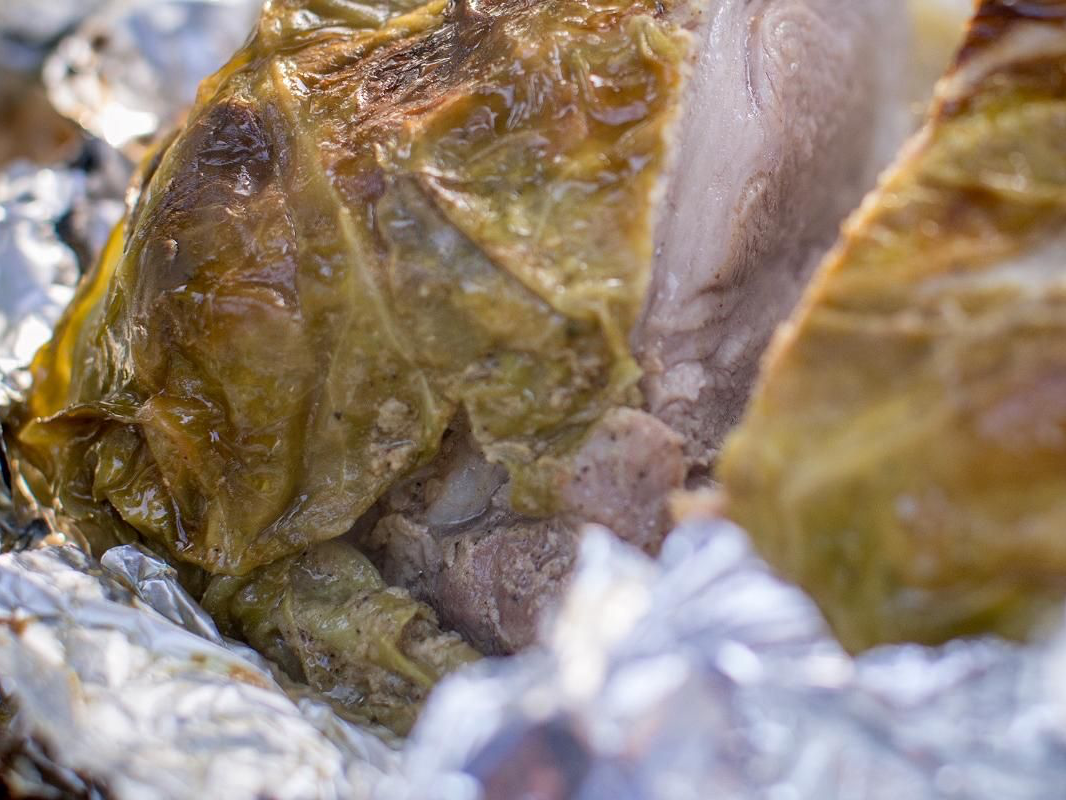
You are invited to cook together with friends or family! Kauksi holiday home offers a unique way to prepare meals.Pork or la... read more
SPECIAL PRICE
kauksi.puhkemaja@mail.ee

We offer archery on a practice range in the park next to the hotel, where we have two targets. Bows and all other equipment ... read more
SPECIAL PRICE
saka@saka.ee
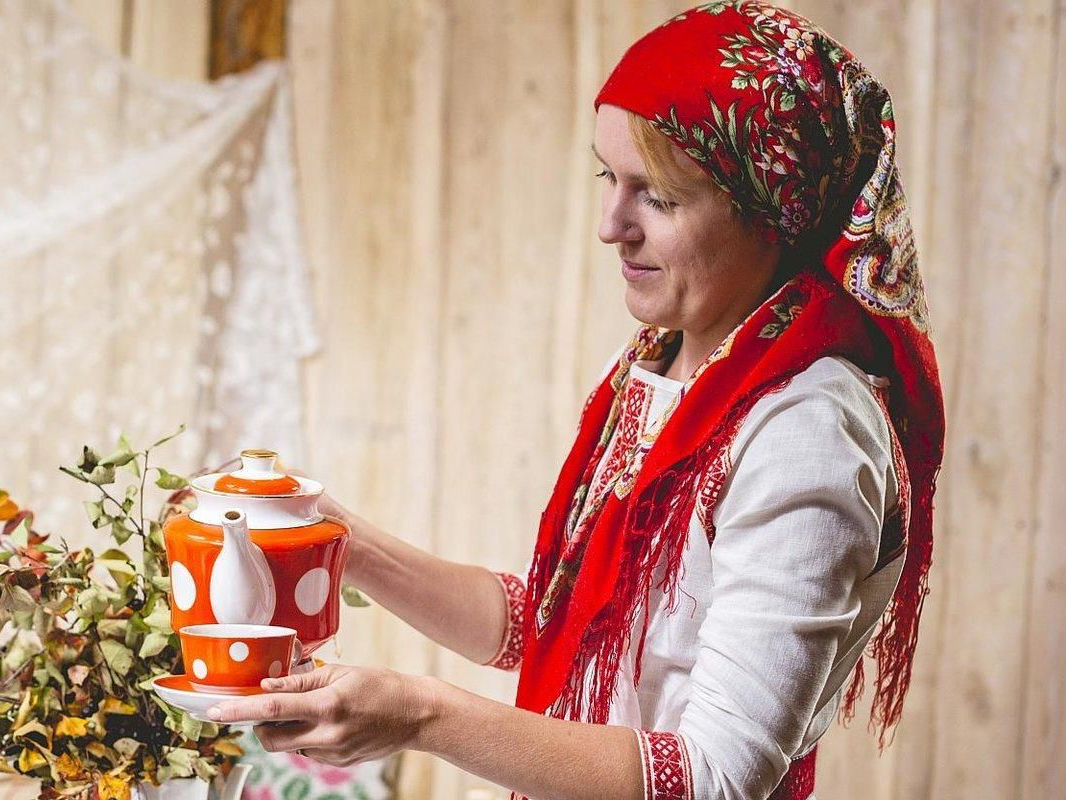
The Onion Road has many layers of flavours. During the tour, we will discover the local culture through all of them. Partici... read more
SPECIAL PRICE
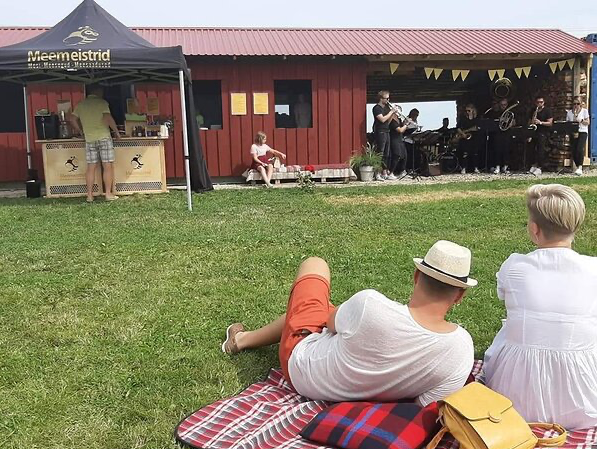
Welcome to our honey farm, a hidden gem in the heart of Estonia. We will share with you our story of how our farm, once a ne... read more
SPECIAL PRICE
info@meemeistrid.ee
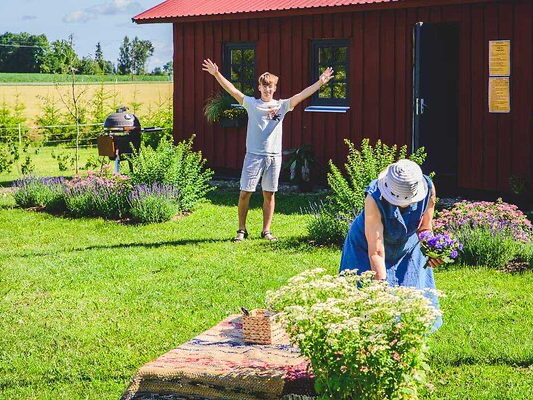
Welcome to our honey farm, a hidden gem in the heart of Estonia. We will share with you our story of how our farm, once a ne... read more
SPECIAL PRICE
info@meemeistrid.ee
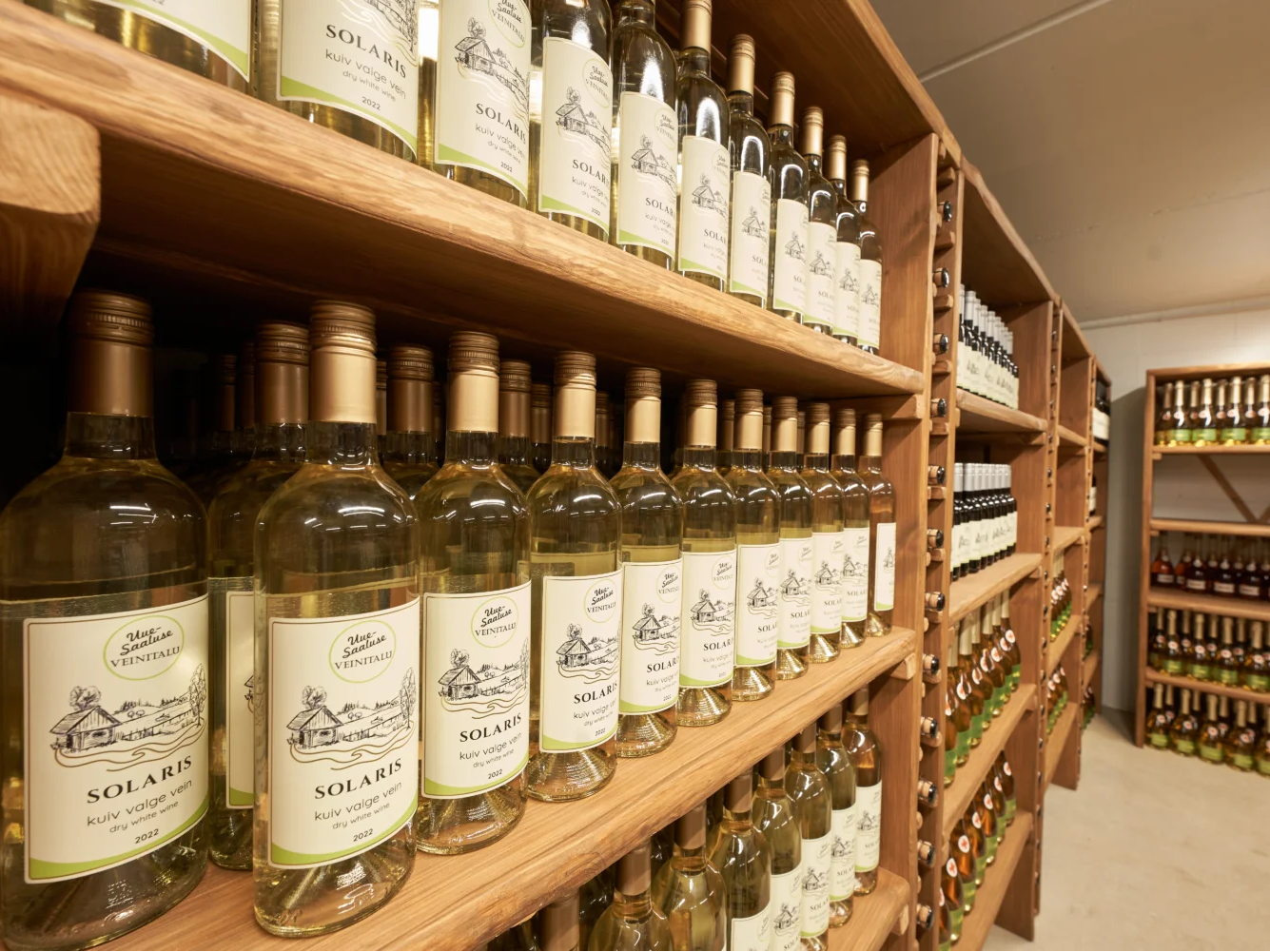
Craft wines created with deep passion! We are Mati and Maris Kivistik – a small family business. We make craft wines from ... read more
SPECIAL PRICE
info@uuesaaluseveinitalu.ee
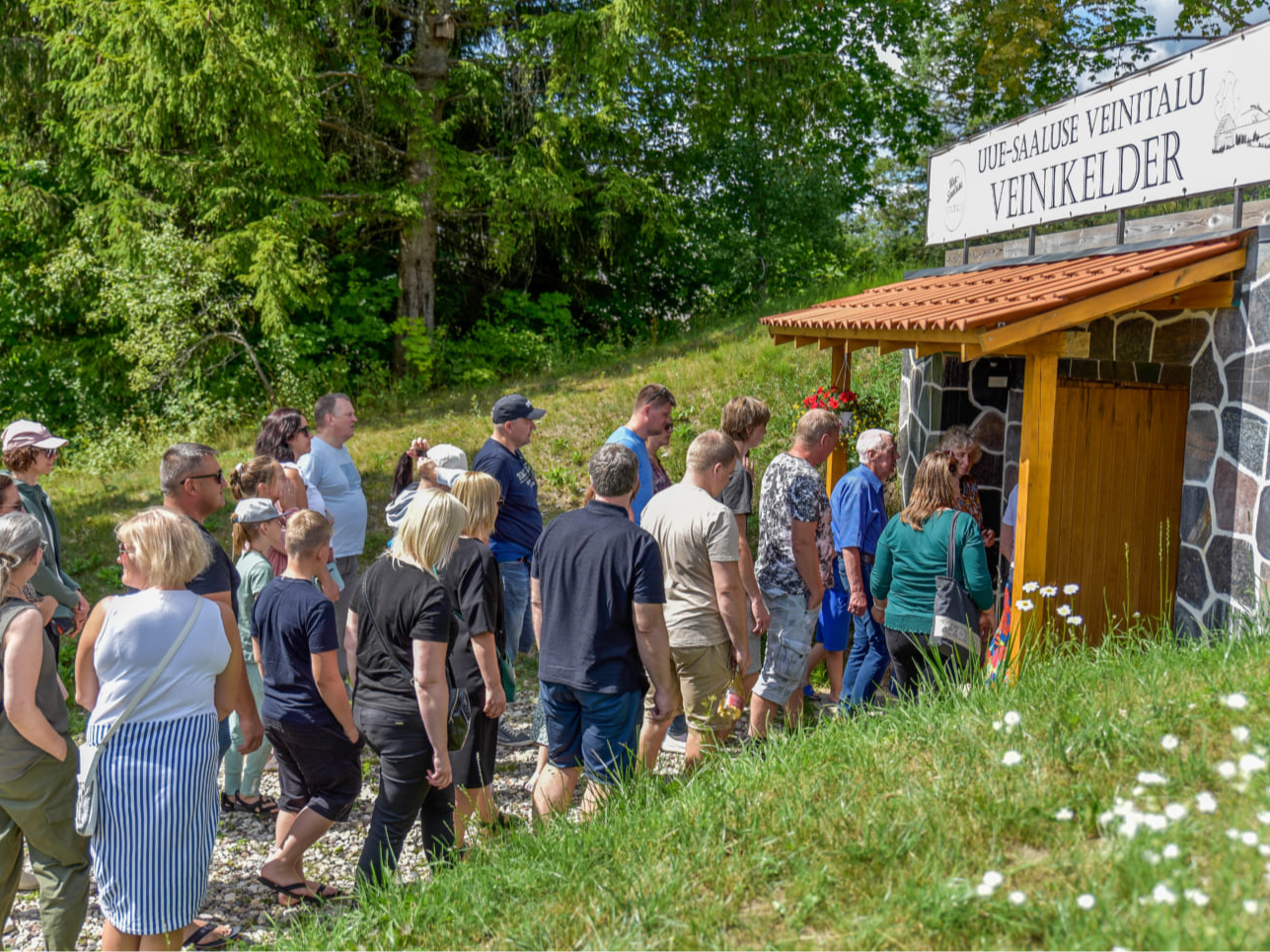
Craft wines created with deep passion! We are Mati and Maris Kivistik – a small family business. We make craft wines from ... read more
SPECIAL PRICE
info@uuesaaluseveinitalu.ee
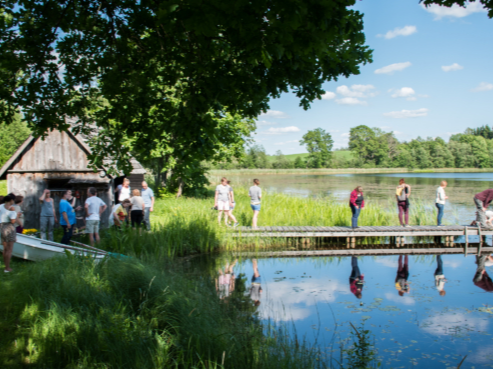
Craft wines created with deep passion! We are Mati and Maris Kivistik – a small family business. We make craft wines from ... read more
SPECIAL PRICE
info@uuesaaluseveinitalu.ee
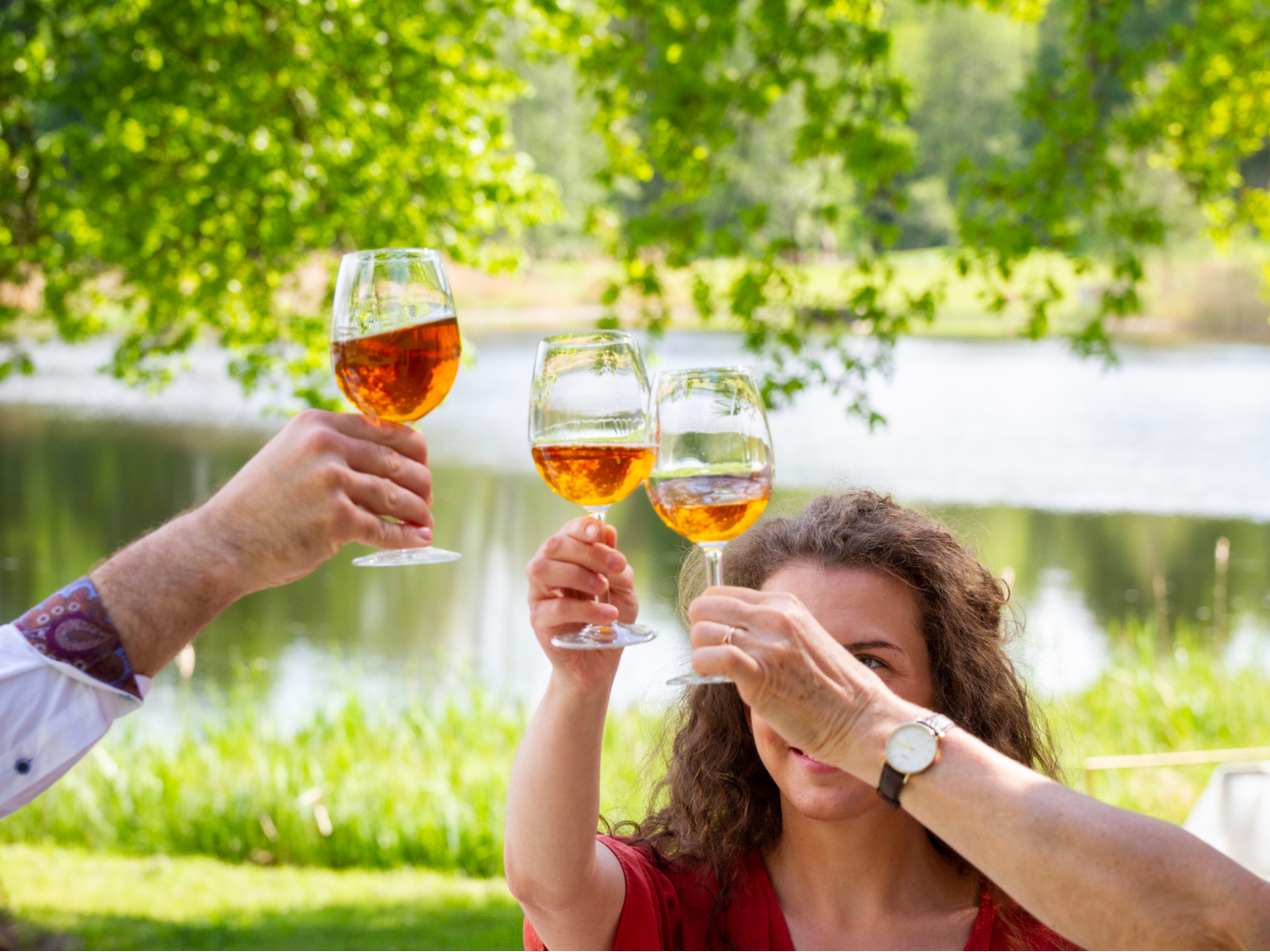
Craft wines created with deep passion! We are Mati and Maris Kivistik – a small family business. We make craft wines from ... read more
SPECIAL PRICE
info@uuesaaluseveinitalu.ee
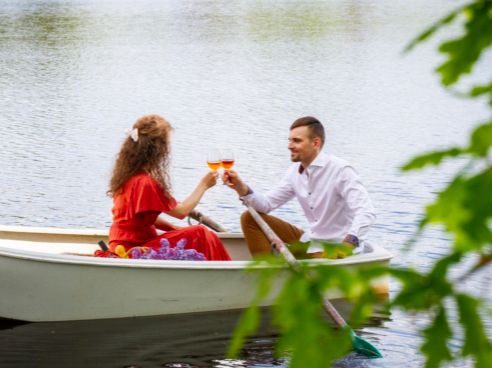
Craft wines created with deep passion! We are Mati and Maris Kivistik – a small family business. We make craft wines from ... read more
SPECIAL PRICE
info@uuesaaluseveinitalu.ee

Craft wines created with deep passion! We are Mati and Maris Kivistik – a small family business. We make craft wines from ... read more
SPECIAL PRICE
info@uuesaaluseveinitalu.ee

Craft wines created with deep passion! We are Mati and Maris Kivistik – a small family business. We make craft wines from ... read more
SPECIAL PRICE
info@uuesaaluseveinitalu.ee

This seven-hour trip to Onion Route provides guests an overview of:*the culture of Baltic Germans at Alatskivi Castle*the cu... read more
SPECIAL PRICE
info@sibulatee.ee
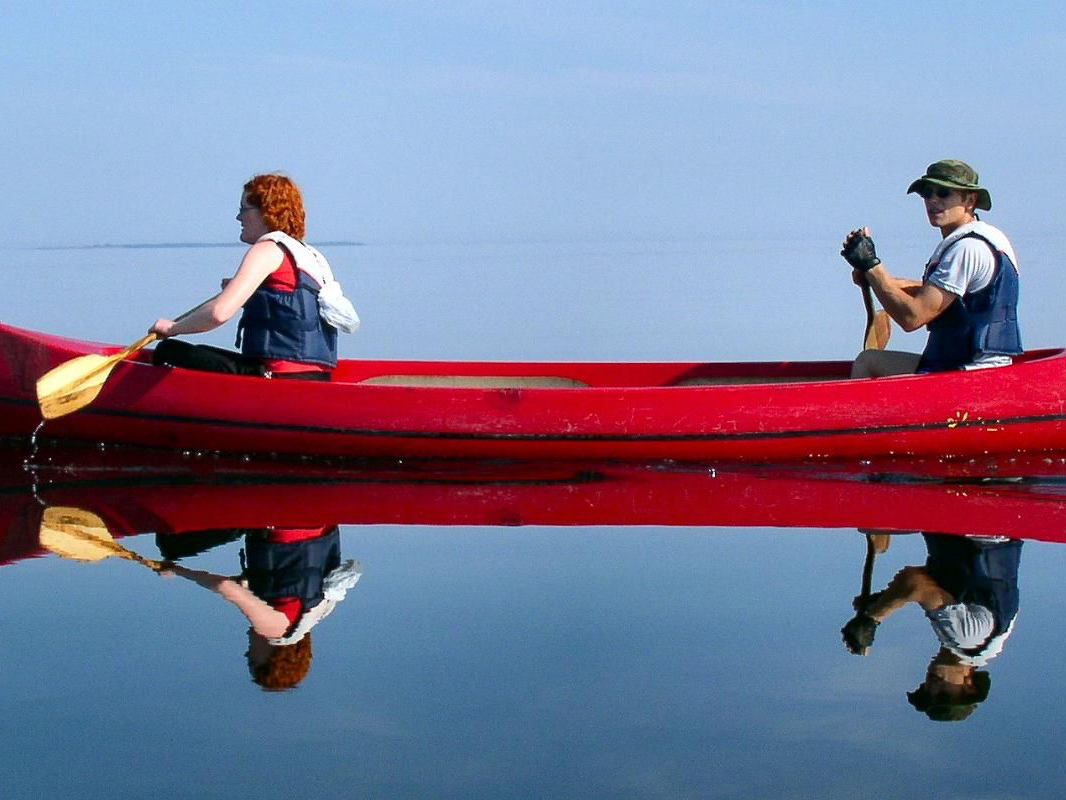
Lahemaa Hiking Centre, located in Loobu village, was established to promote a nature-friendly lifestyle and spending time in... read more
SPECIAL PRICE
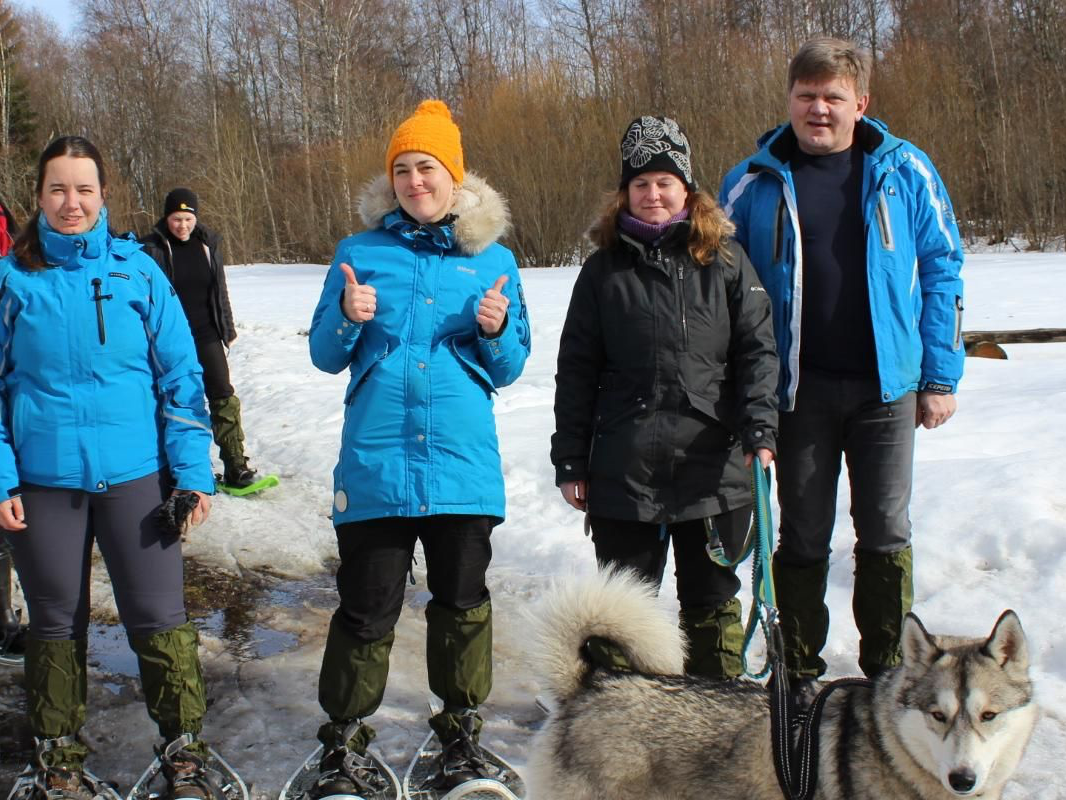
In Ohepalu bog, you can go on a snowshoe hike and pick a different route each time. Once you go a bit further, the bogs of K... read more
SPECIAL PRICE
kulalistemaja@gmail.com
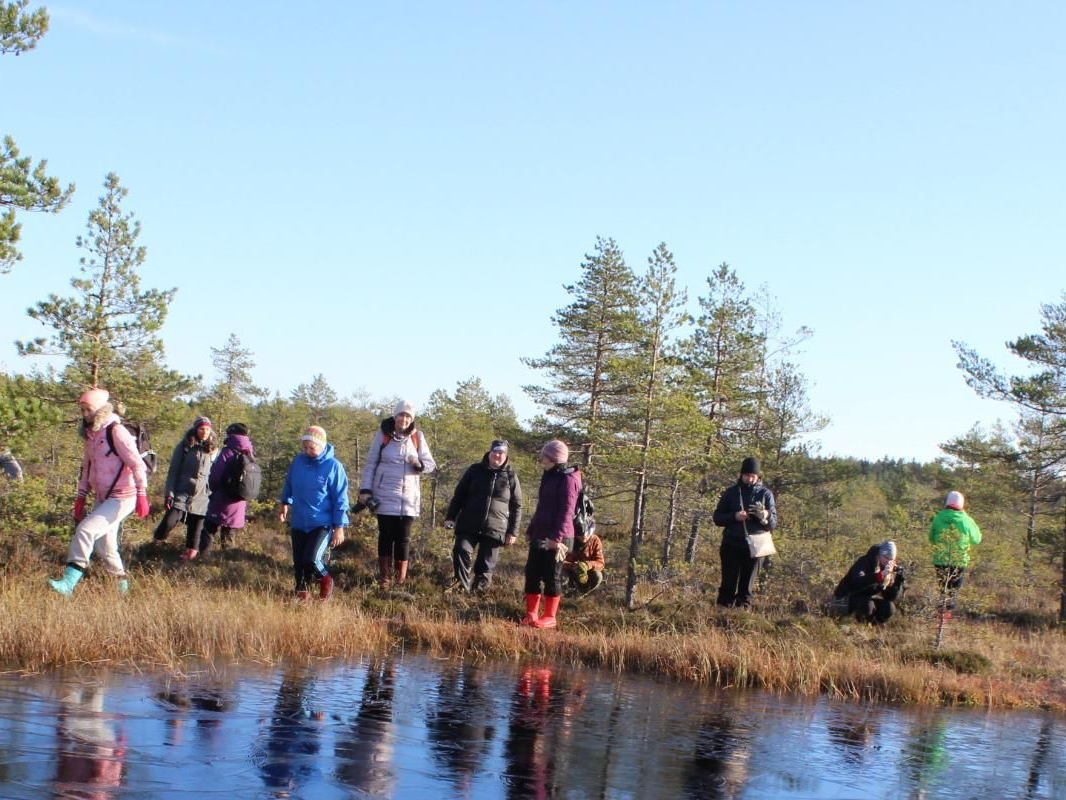
If you like to lead a healthy life and enjoy nature and refreshing water, we can offer you the best recreation options. We o... read more
SPECIAL PRICE
kulalistemaja@gmail.com
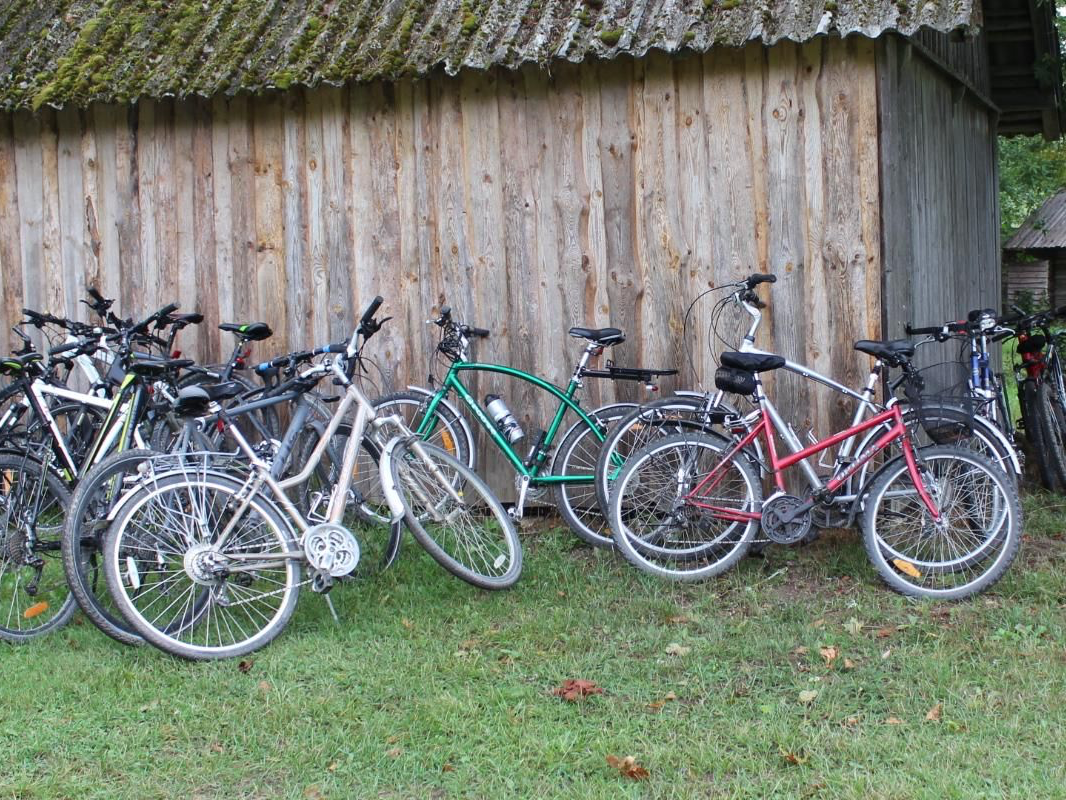
If you want to go on the hike on your own, you can ask for maps from Ohepalu. If you wish to prepare for your trip more thor... read more
SPECIAL PRICE
kulalistemaja@gmail.com
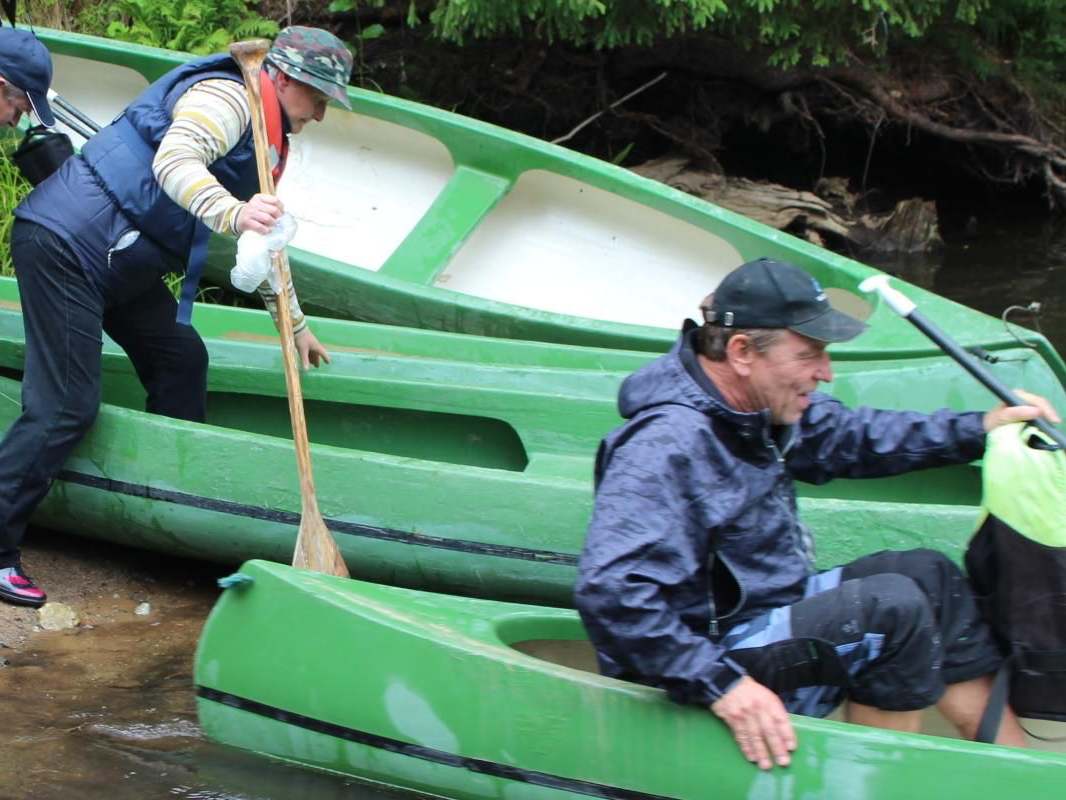
If you enjoy a healthy lifestyle, beautiful nature, and refreshing water, you will surely find that we have the best recreat... read more
SPECIAL PRICE
kulalistemaja@gmail.com
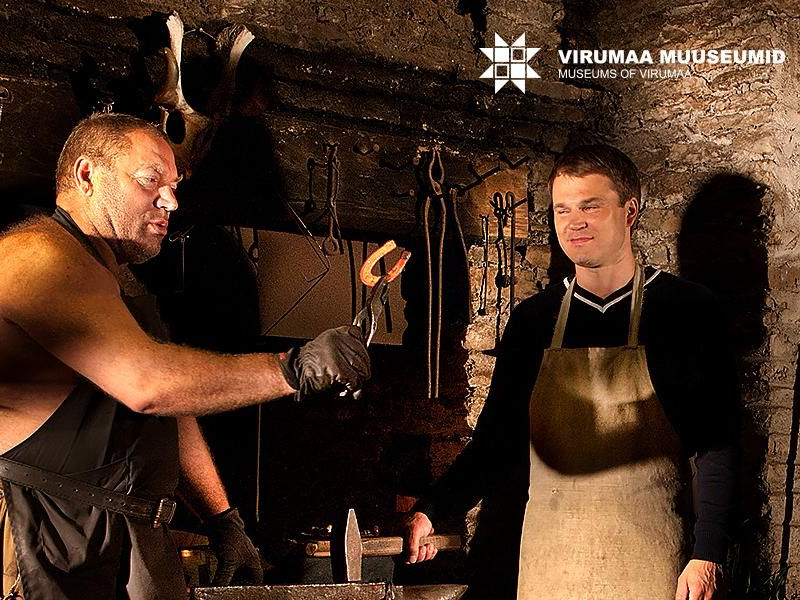
The blacksmith at Palmse Manor introduces the art of blacksmithing to visitors! The blacksmith's shop has many sidearms from... read more
SPECIAL PRICE
info@palmse.ee
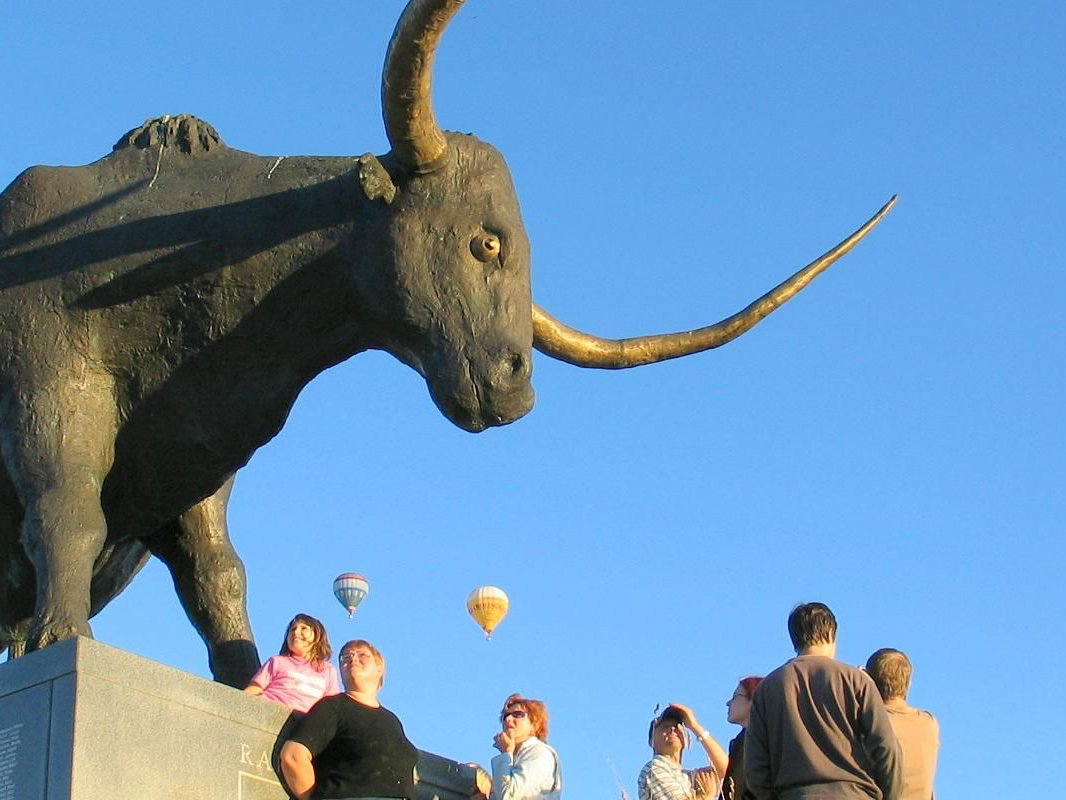
Medieval dinner with fun games at Rakvere Castle is for companies for celebrating their Christmas party at Rakvere Castle. T... read more
SPECIAL PRICE
linnus@svm.ee

During the time of manors, each lady of the manor took pride in their task of mixing drinks according to their secret recipe... read more
SPECIAL PRICE
sagadi@rmk.ee
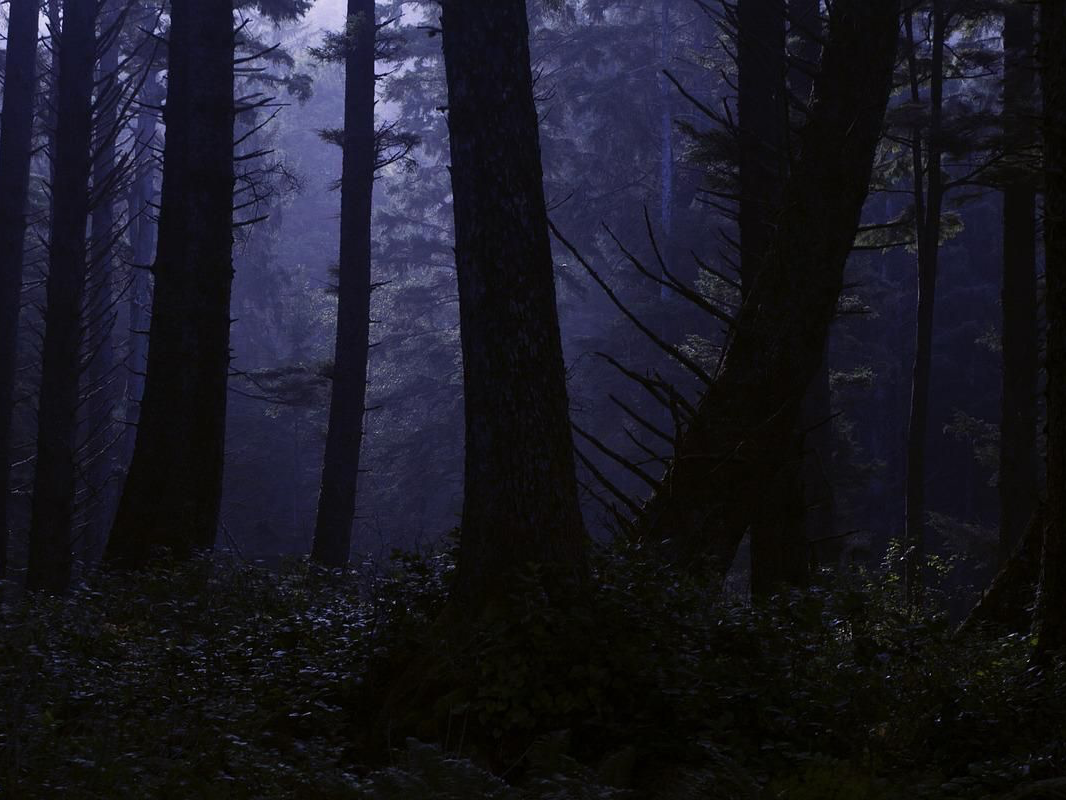
At night, the forest is mysterious, unknown, and mystical. All senses are heightened in the forest at night. Only the braves... read more
SPECIAL PRICE
sagadi@rmk.ee
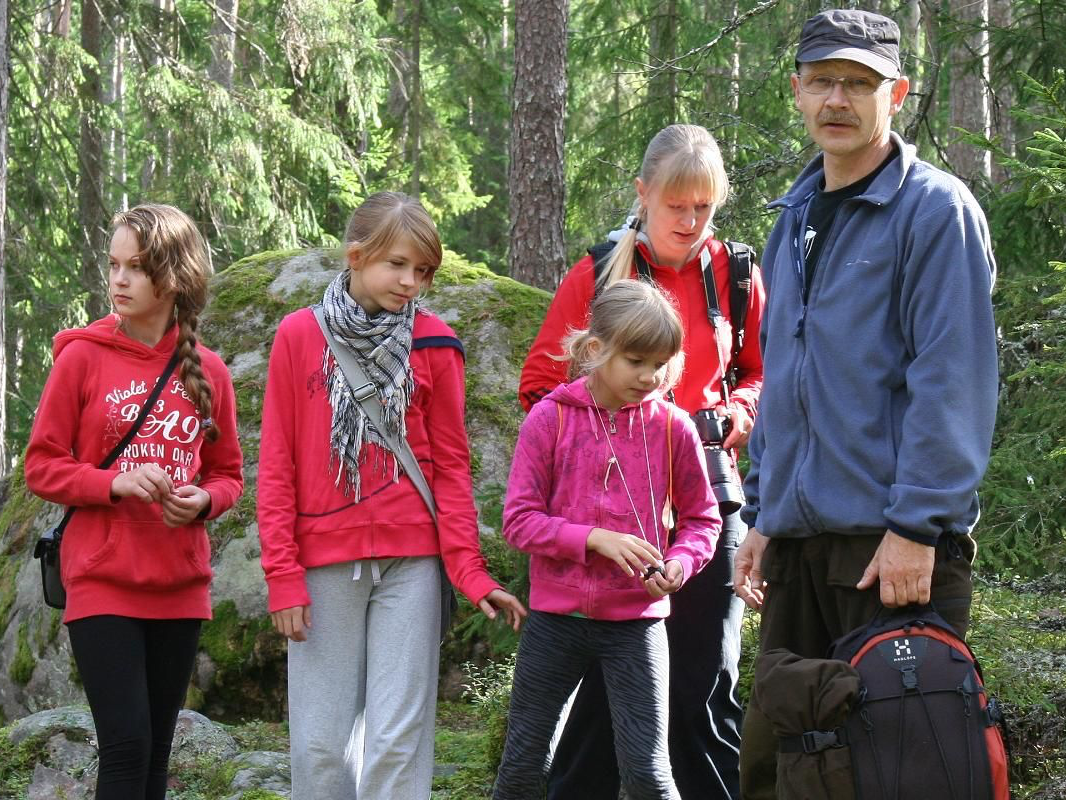
Nature in Lahemaa is wonderful, particularly if you are assisted by an experienced guide when discovering its secrets!Nature... read more
SPECIAL PRICE
sagadi@rmk.ee
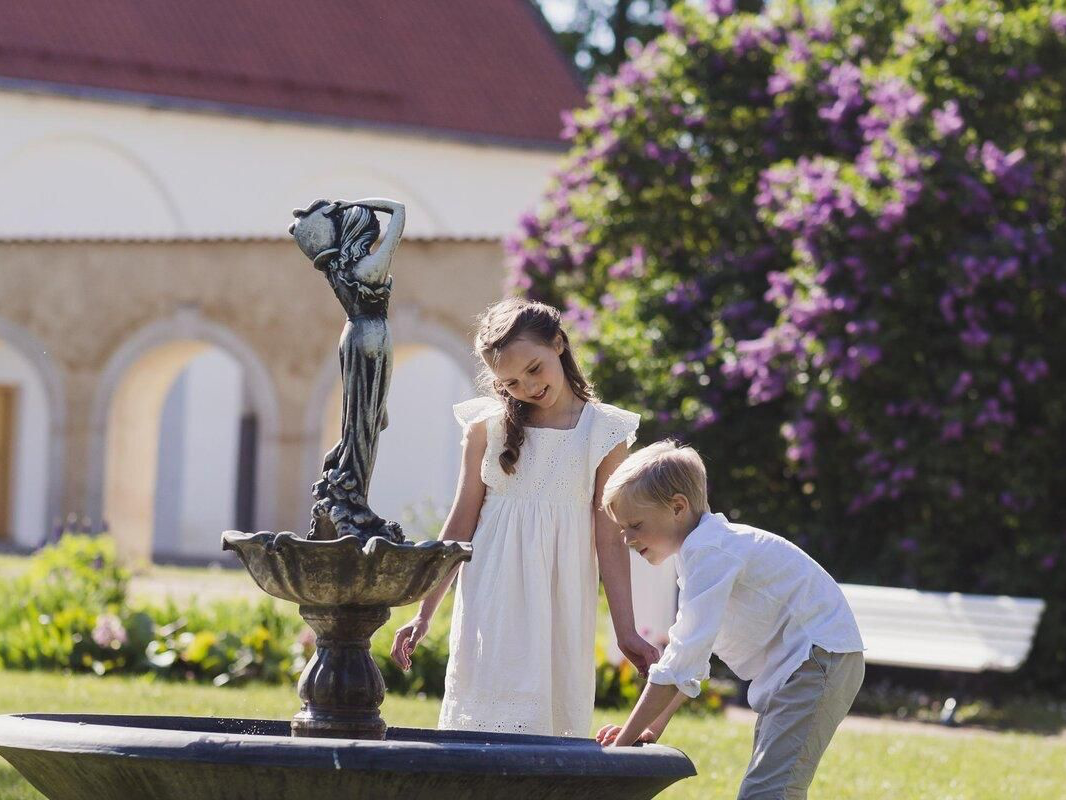
We offer tours from April to October in the charming Anija Manor Park, where French and English-style parklands are intertwi... read more
SPECIAL PRICE
info@anijamois.com
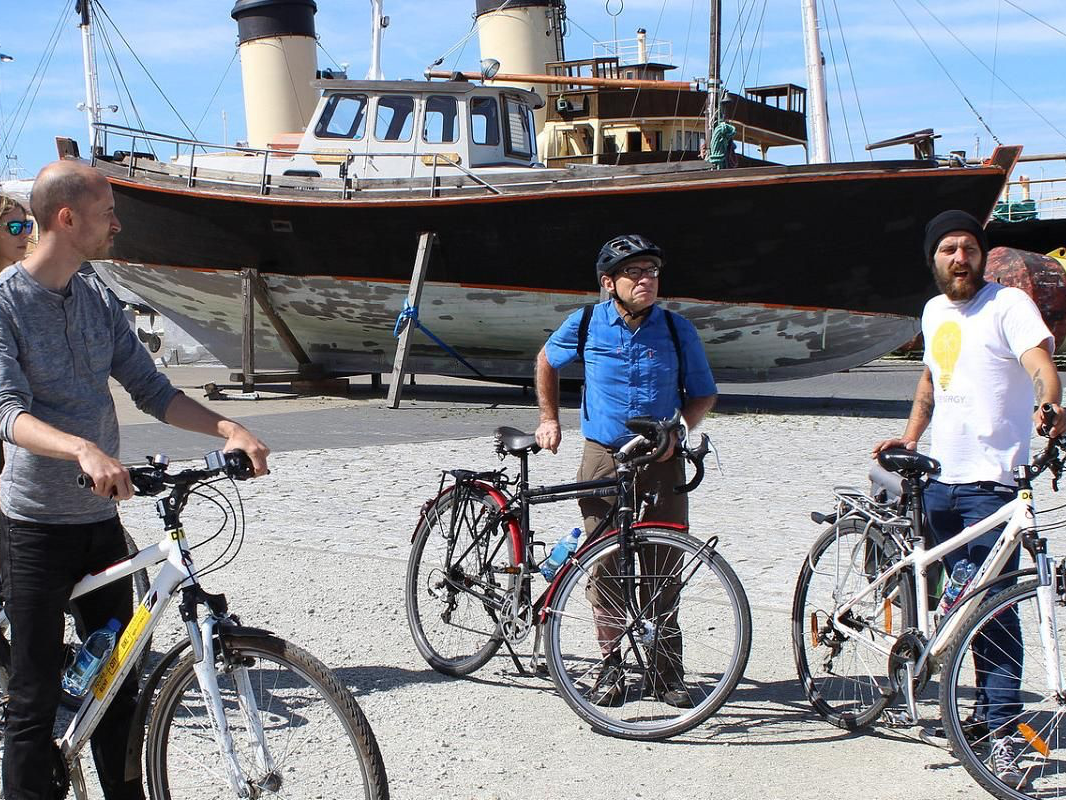
On the Other Side of Tallinn takes place every day at 3 pm. The distance is 14 km and the tour is suitable for all ages. We ... read more
SPECIAL PRICE
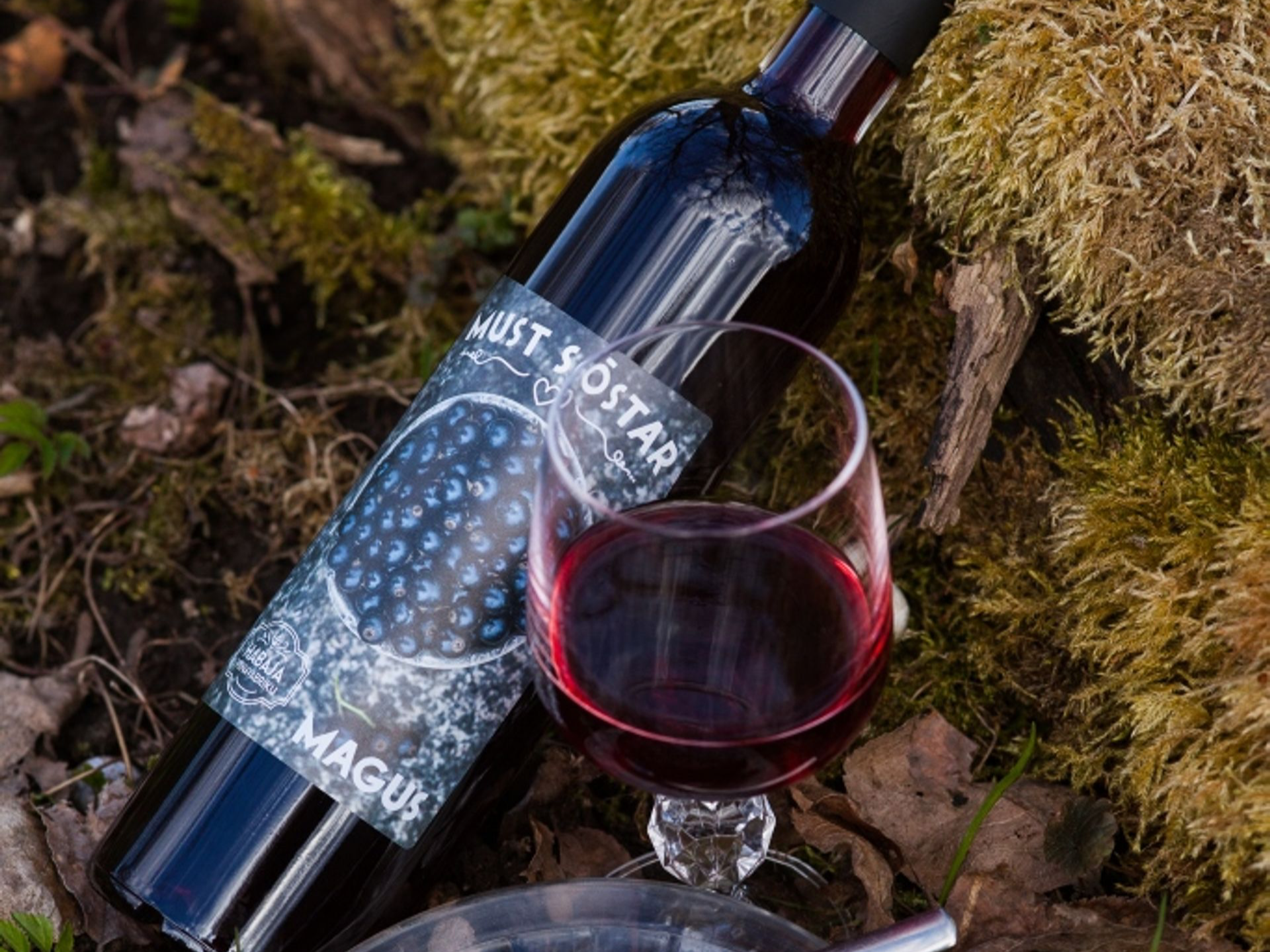
Have you tried wine made from nettle or aronia before? The small winery operating in the historic distillery building produc... read more
SPECIAL PRICE
vein@habaja.ee
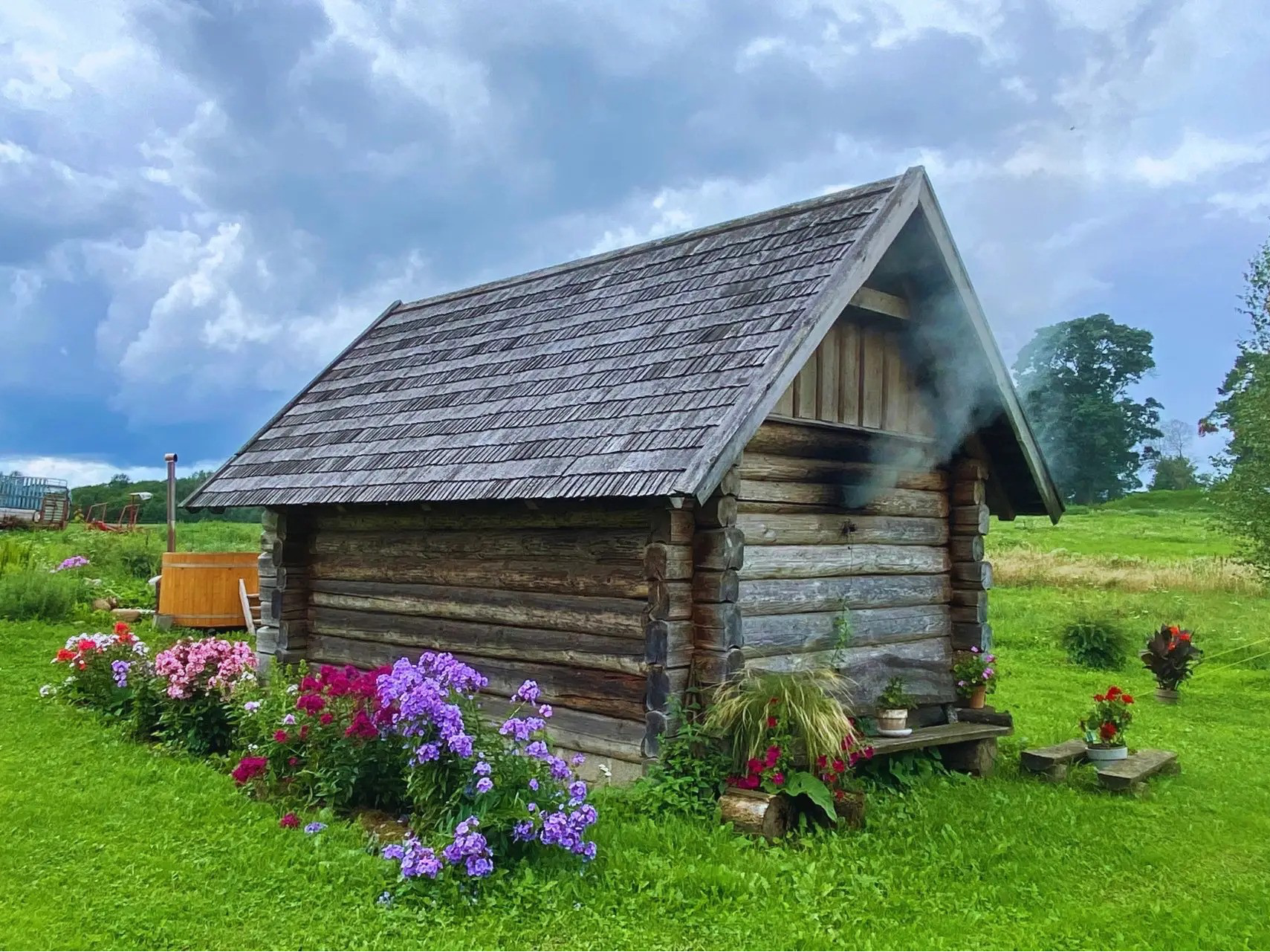
You have at your disposal a private smoke sauna located in a scenic natural area near the farm. We heat the sauna for your... read more
SPECIAL PRICE
info@tagavalja.eu
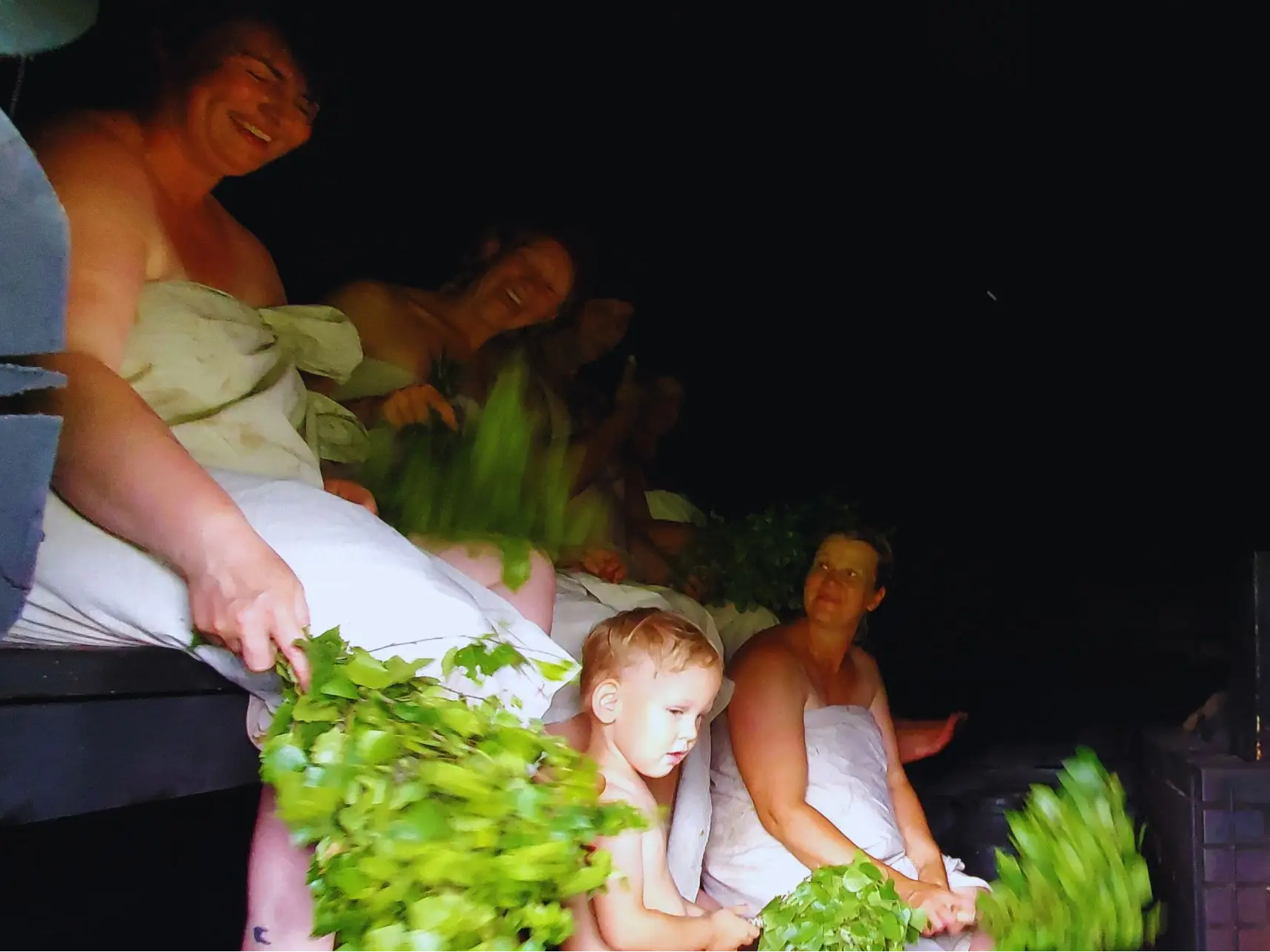
You will have access to a private smoke sauna located in a beautiful natural setting near the farm. We will heat the sauna f... read more
SPECIAL PRICE
info@tagavalja.eu

Langemaa is a family estate built through generations, originating from a country home founded by Milvi and Enno, teachers a... read more
SPECIAL PRICE
kaija@langemaa.ee, priit@langemaa.ee
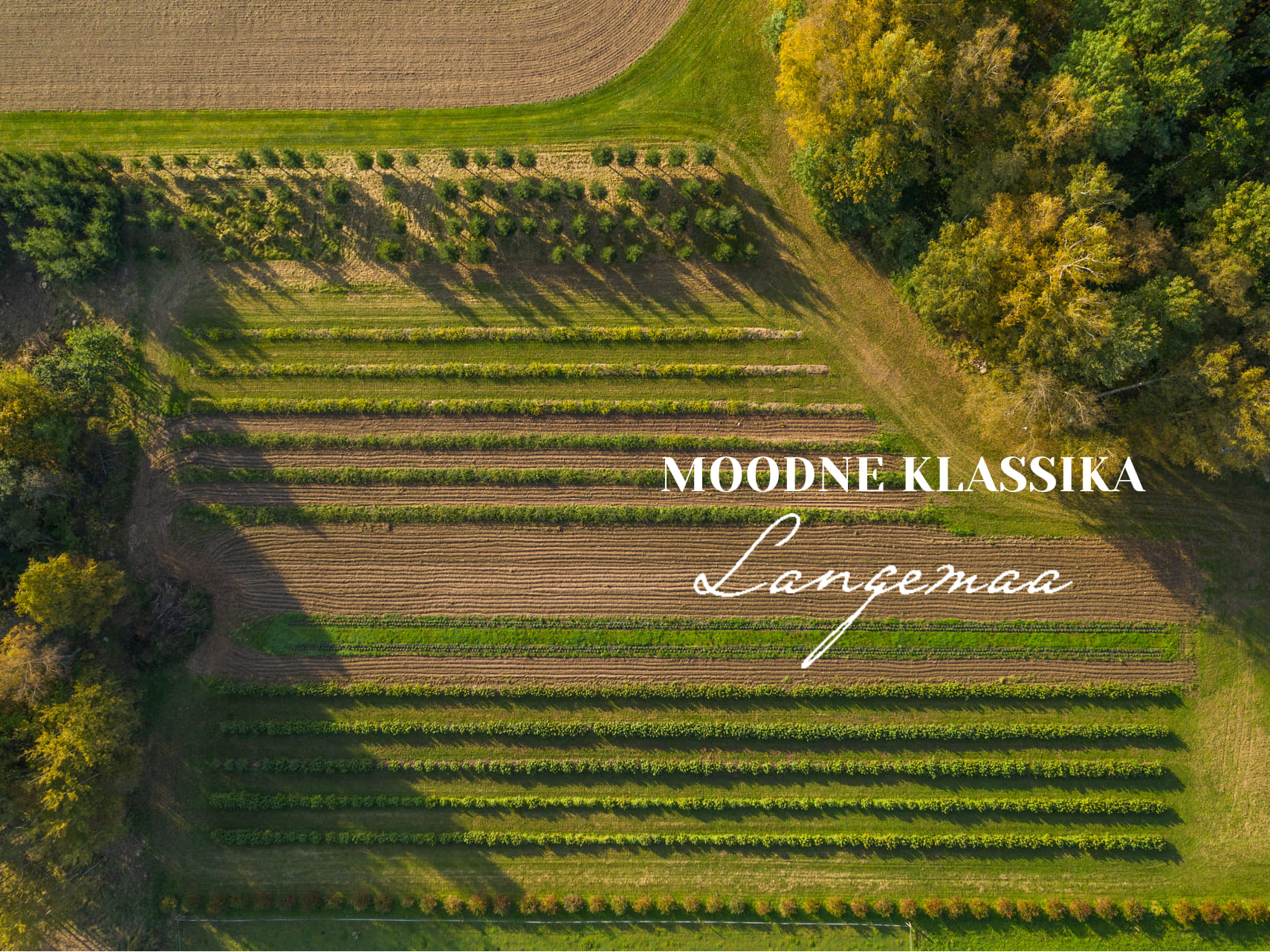
Langemaa is a family estate built through generations, originating from a country home founded by Milvi and Enno, teachers a... read more
SPECIAL PRICE
kaija@langemaa.ee, priit@langemaa.ee
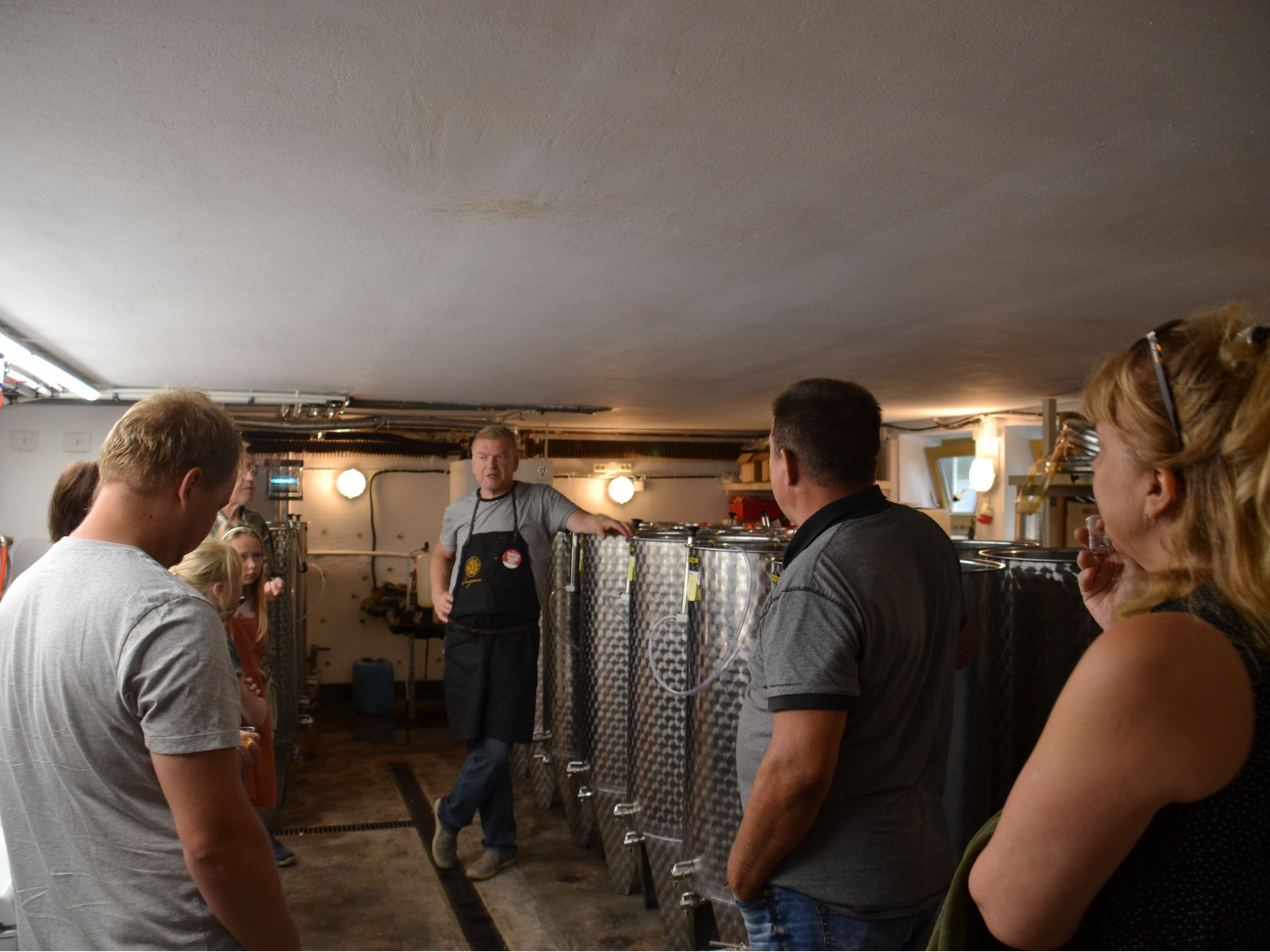
Langemaa is a family estate built through generations, originating from a country home founded by Milvi and Enno, teachers a... read more
SPECIAL PRICE
kaija@langemaa.ee, priit@langemaa.ee
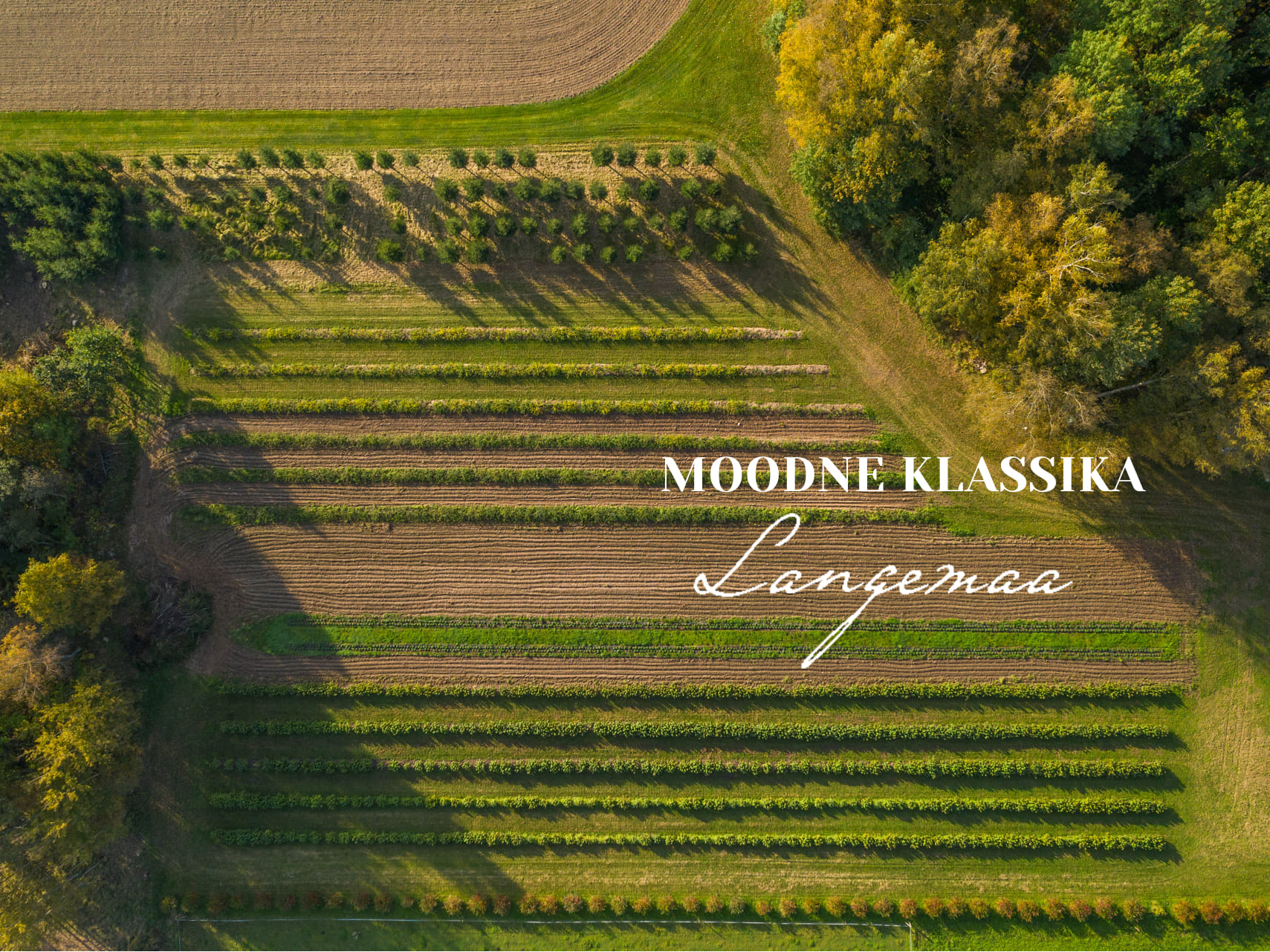
Langemaa is a family estate built through generations, originating from a country home founded by Milvi and Enno, teachers a... read more
SPECIAL PRICE
kaija@langemaa.ee, priit@langemaa.ee
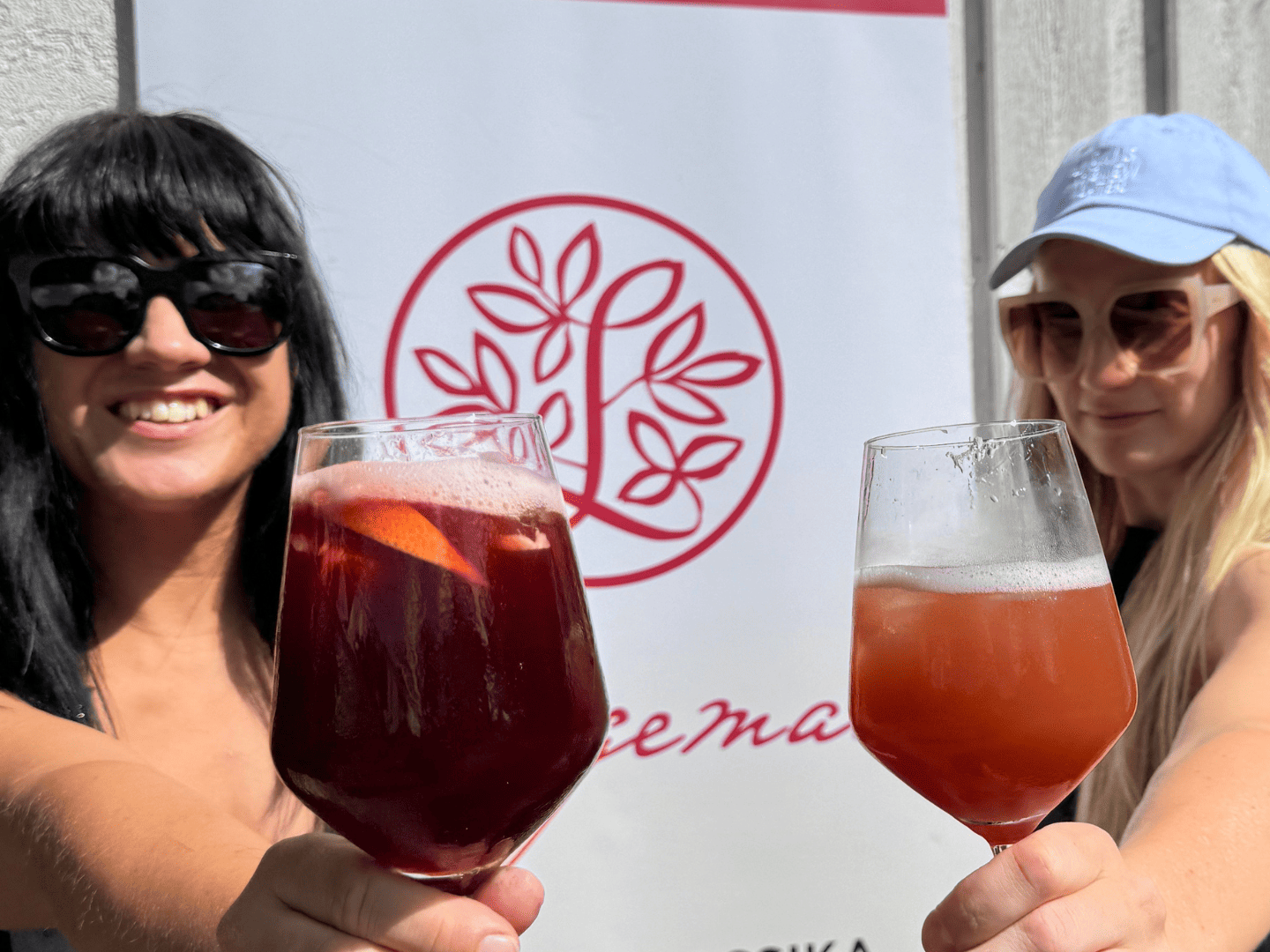
Langemaa is a family estate built through generations, originating from a country home founded by Milvi and Enno, teachers a... read more
SPECIAL PRICE
kaija@langemaa.ee, priit@langemaa.ee
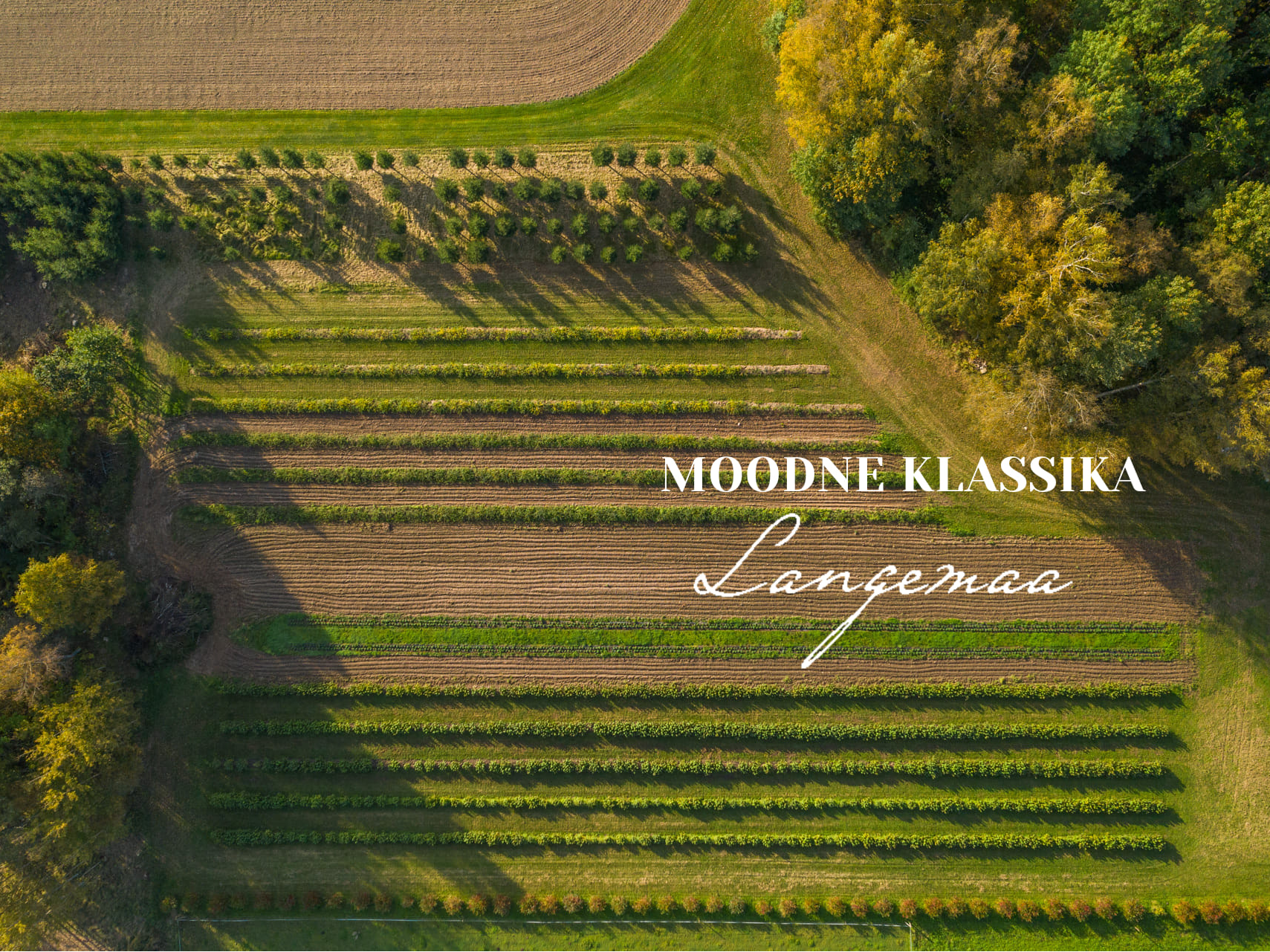
Langemaa is a family estate built through generations, originating from a country home founded by Milvi and Enno, teachers a... read more
SPECIAL PRICE
kaija@langemaa.ee, priit@langemaa.ee
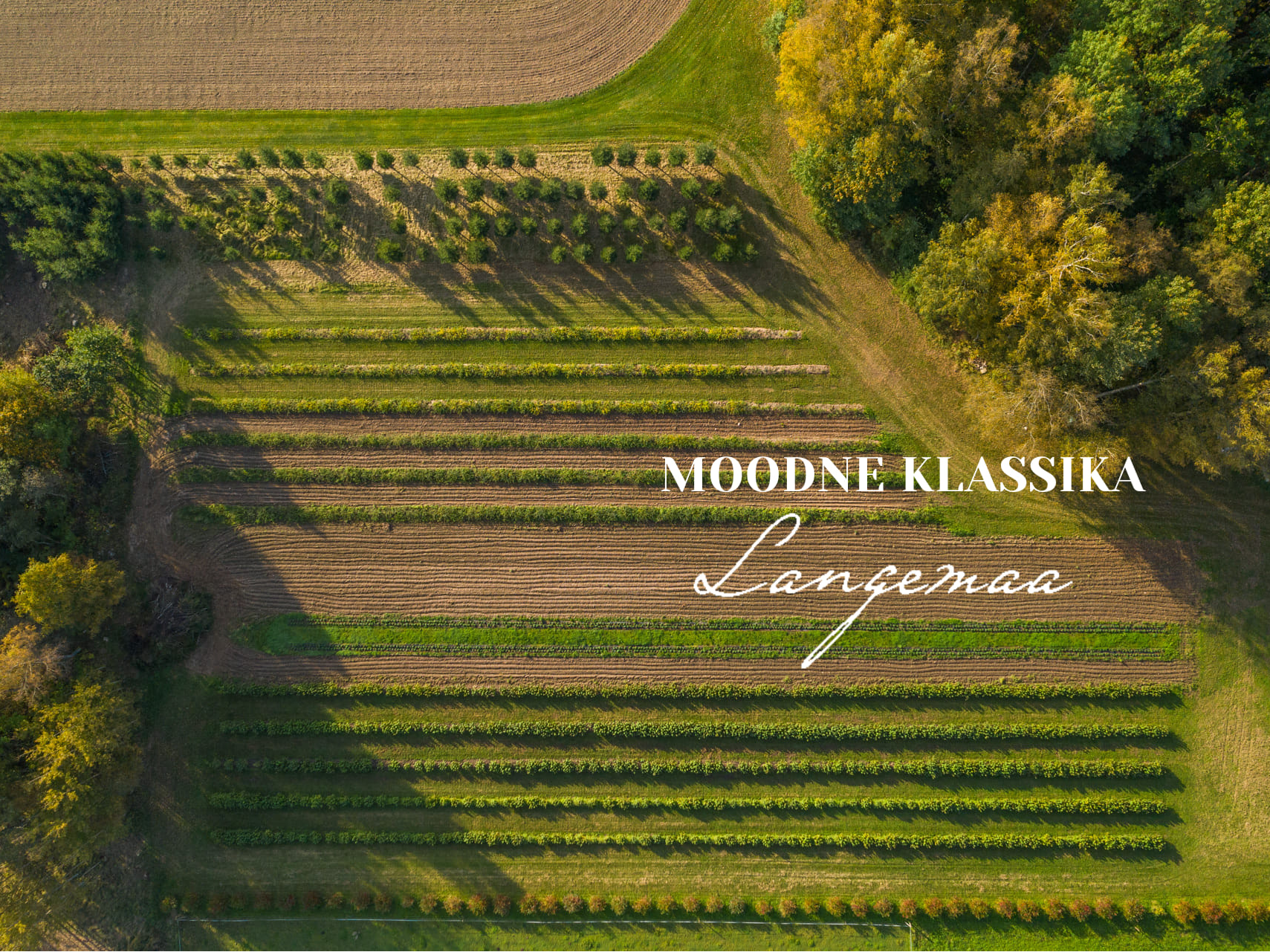
Langemaa is a family estate built through generations, originating from a country home founded by Milvi and Enno, teachers a... read more
SPECIAL PRICE
kaija@langemaa.ee, priit@langemaa.ee
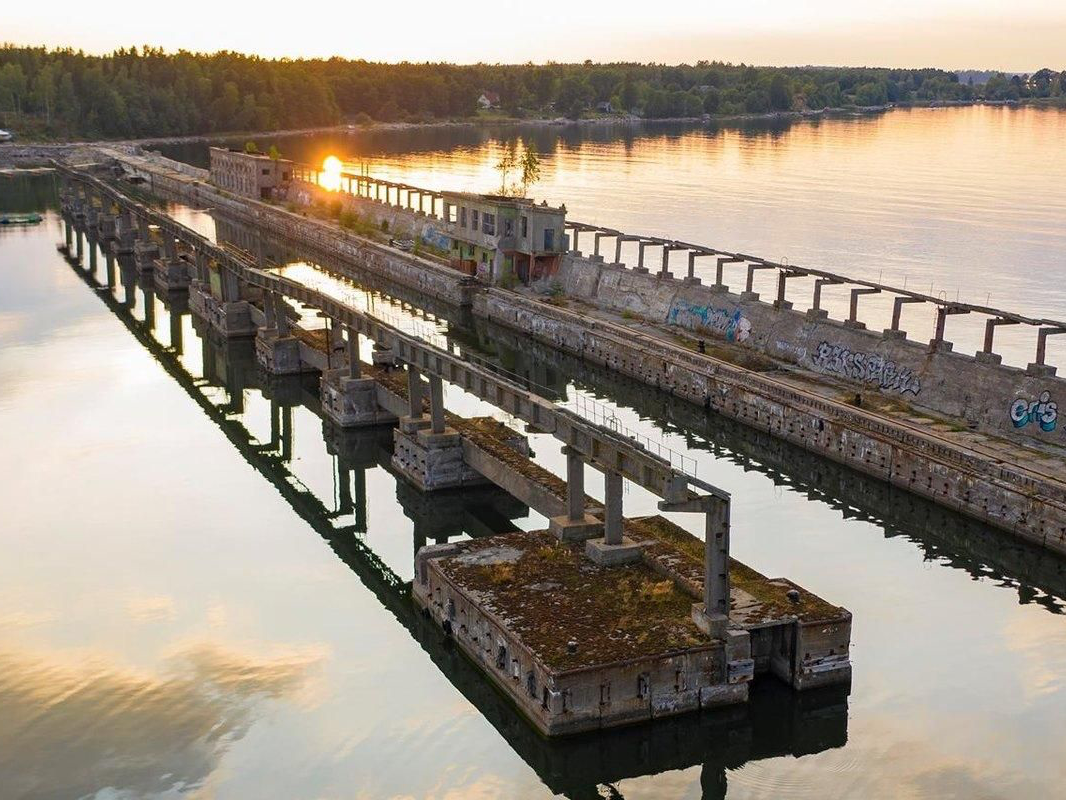
The tour is an active adventure in and around the Hara submarine base, which is suitable for adventurous people of all ages... read more
SPECIAL PRICE
info@harasadam.ee
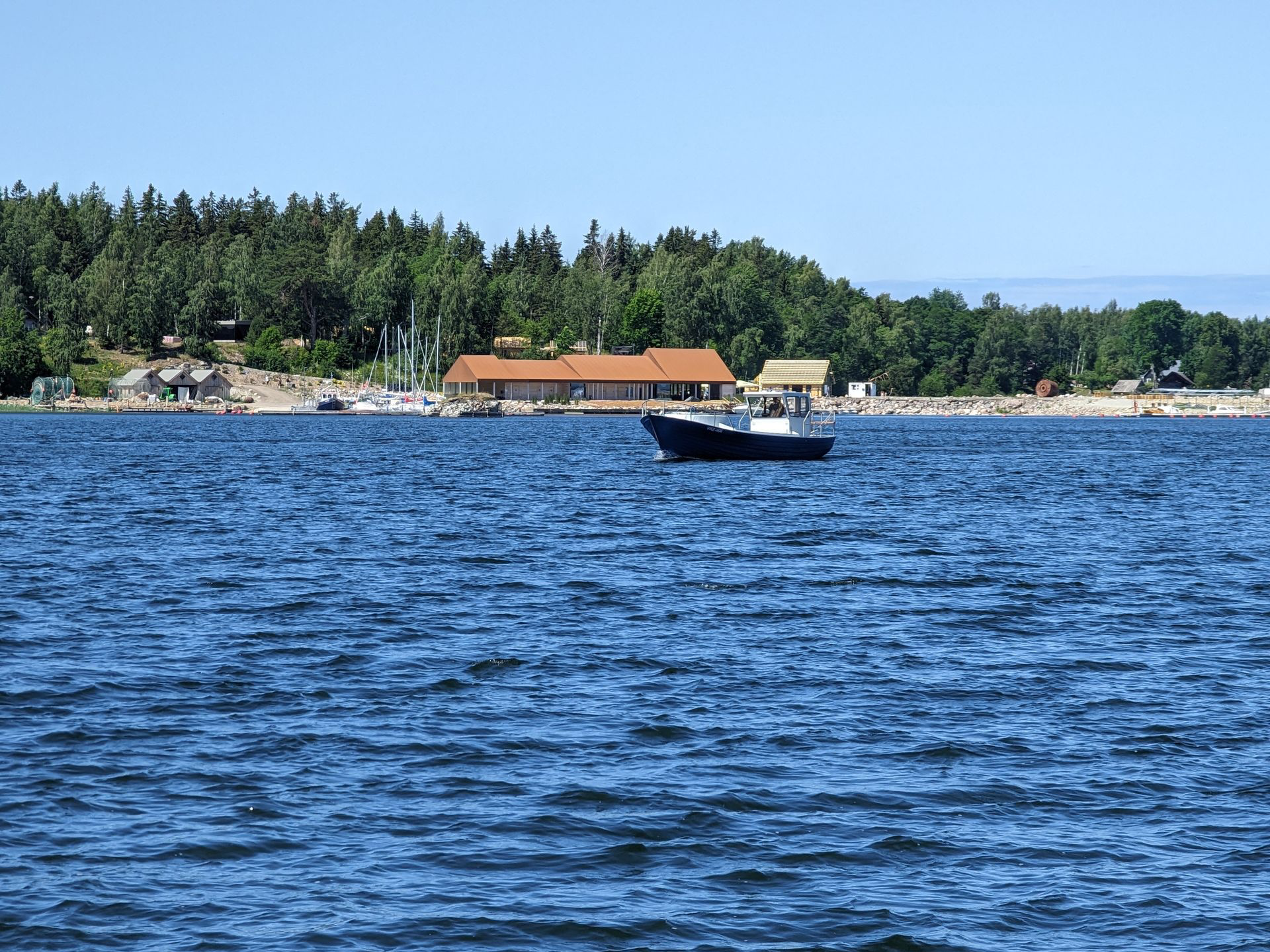
Hara has a former Soviet military harbour, which is currently known as Hara Submarine Base.During the tour, you will hear ex... read more
SPECIAL PRICE
info@harasadam.ee
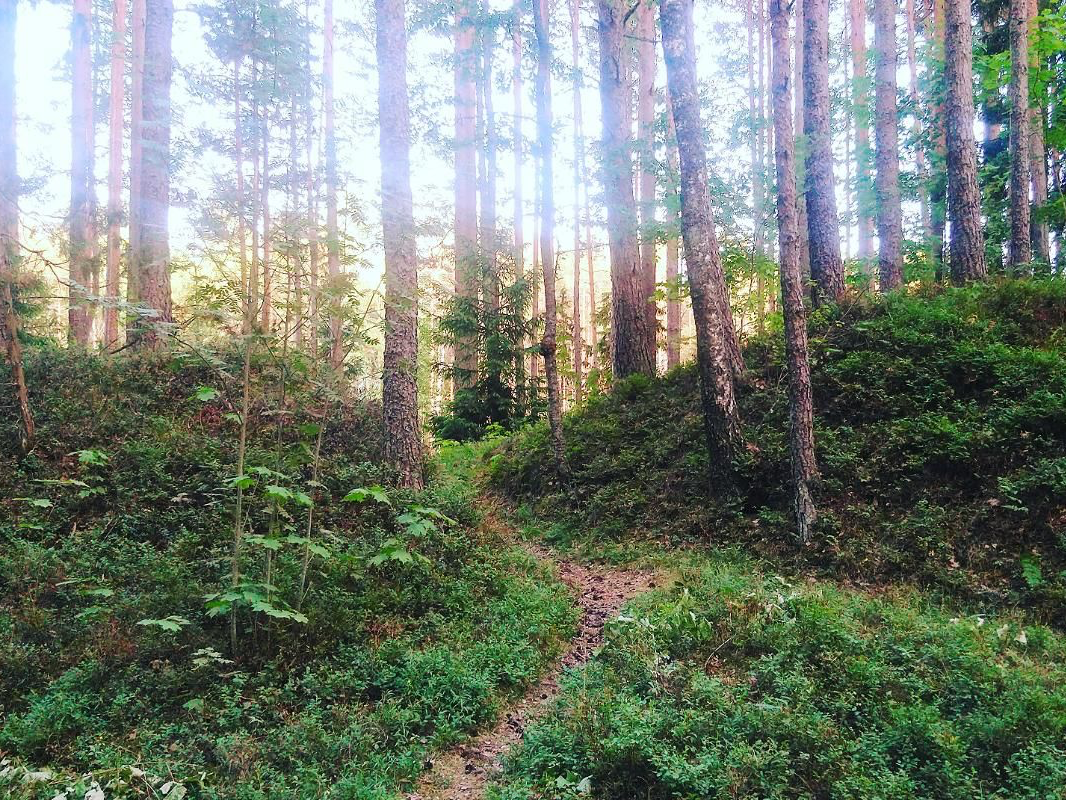
The Kallaste Farm orienteering game takes place in the woods near Kallaste Farm in Padise. The landscape is diverse and inte... read more
SPECIAL PRICE
info@kallastetalu.ee
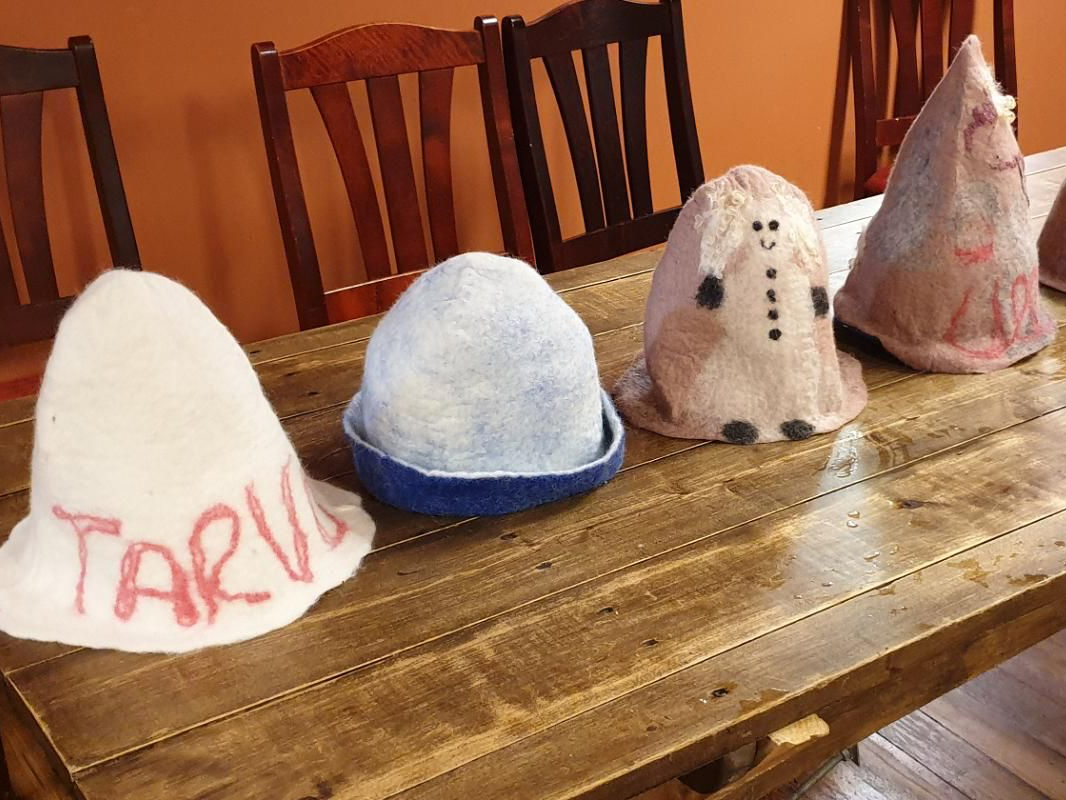
In the felting workshop, you need creativity and patience. It is a pleasant and fun activity for both beginners and more adv... read more
SPECIAL PRICE
info@kallastetalu.ee
www.kallastetalu.ee/akriivne_puhk/wet-wool-felting-workshop/?lang=en
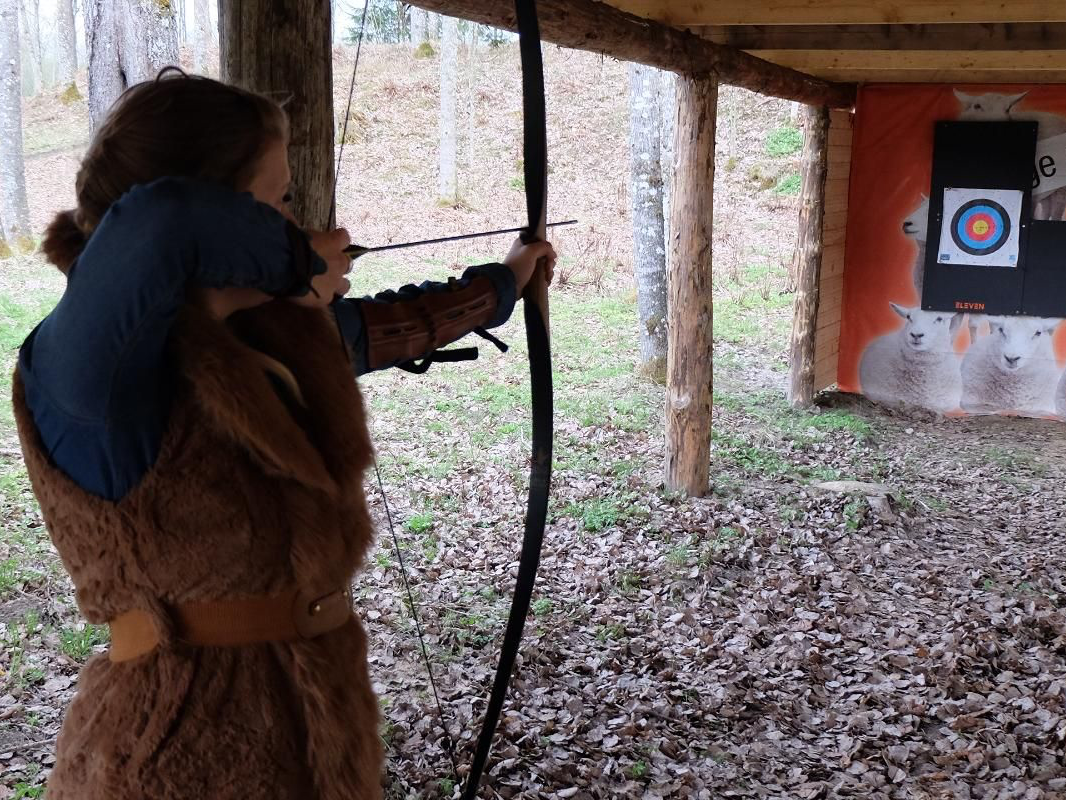
Archery is great! First, you try to hit the target, then move towards the bullseye. New goals are easily set and it is simp... read more
SPECIAL PRICE
info@kallastetalu.ee

Beautiful handmade cards are unique gifts. Make a card or two for yourself, a colleague, a family member, or somebody else s... read more
SPECIAL PRICE
info@kallastetalu.ee
www.kallastetalu.ee/akriivne_puhk/handmade-cards-workshop/?lang=en
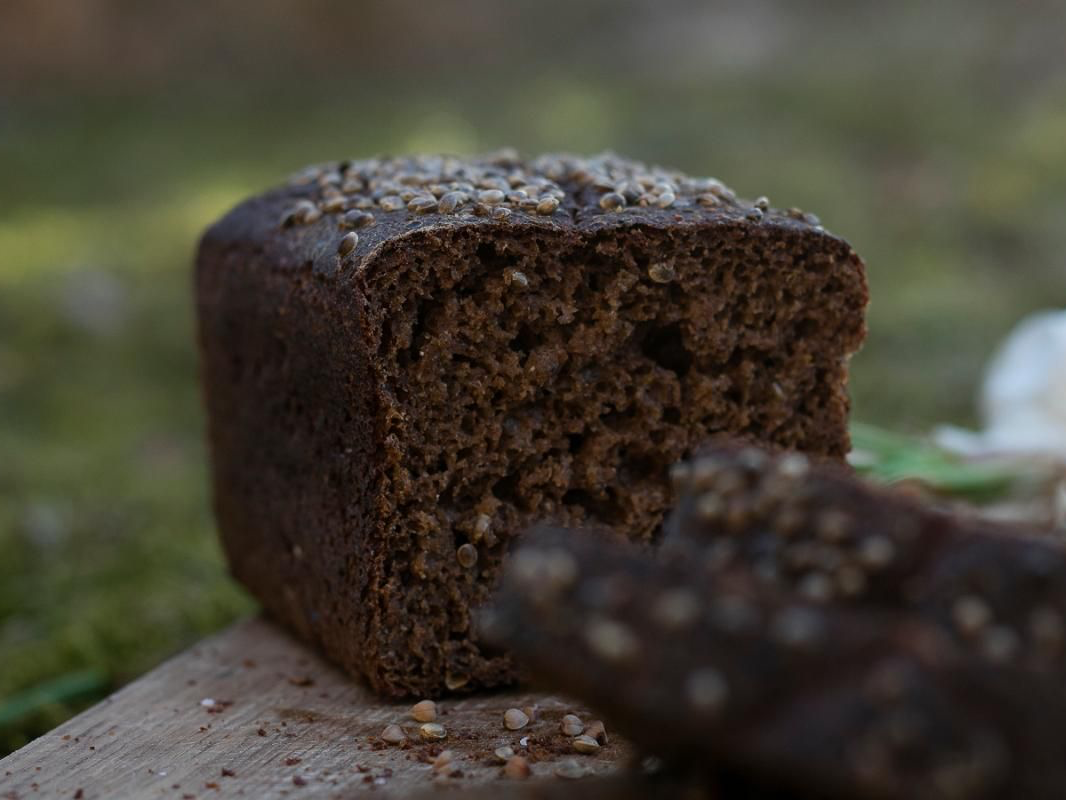
Learn how people used to make bread in the old days!This fun and practical workshop will teach you everything you need to k... read more
SPECIAL PRICE
info@kallastetalu.ee
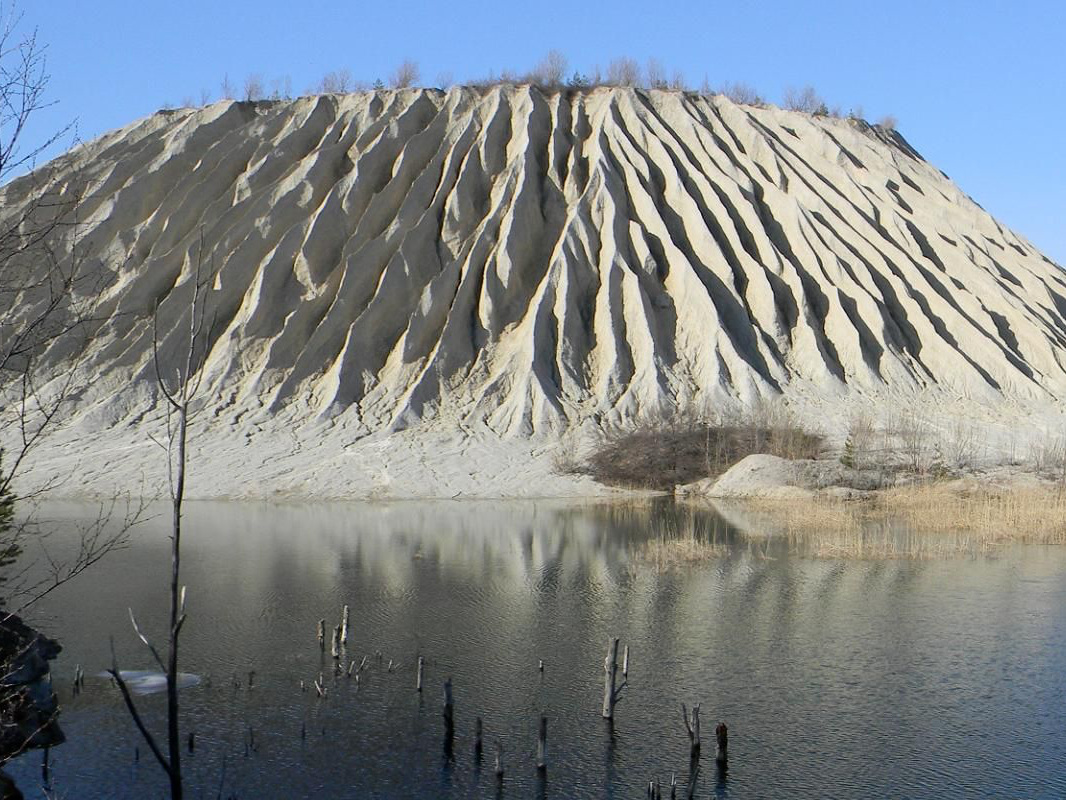
Mysterious Rummu hills! A spoil tip (a hill consisting of the waste from limestone processing), the territory of the former ... read more
SPECIAL PRICE
info@kallastetalu.ee
www.kallastetalu.ee/akriivne_puhk/military-nature-tour-rummu/?lang=en
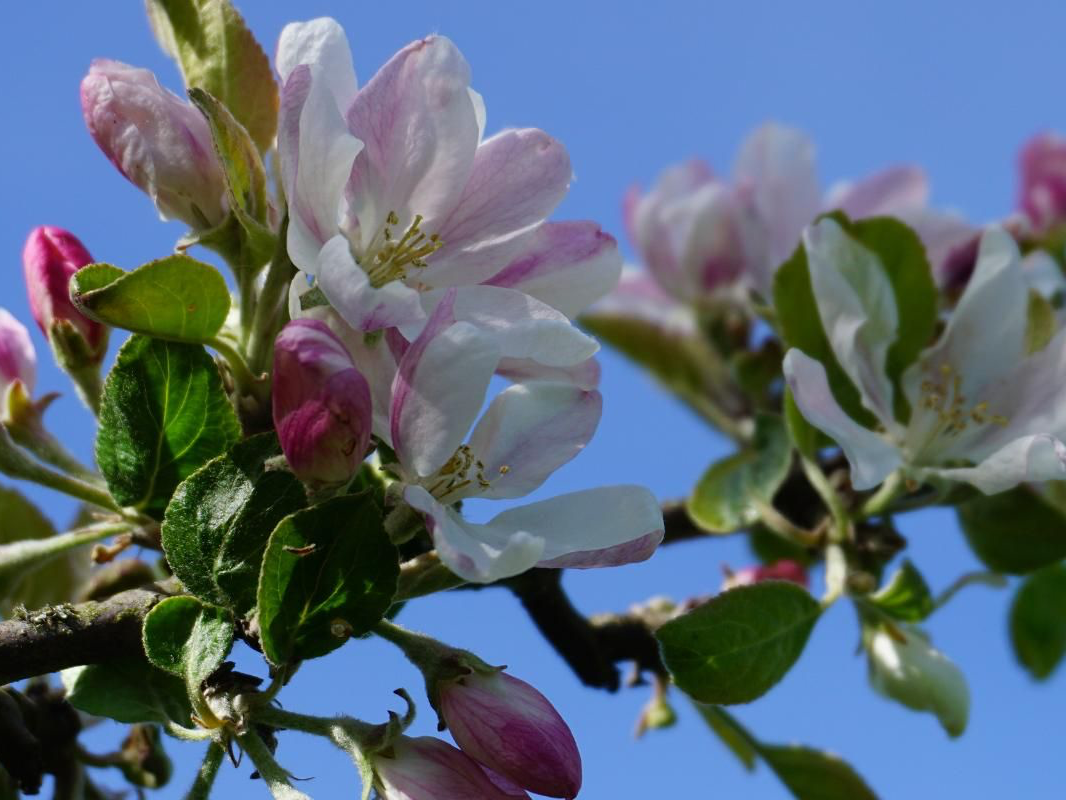
Kloostrimetsa Cider House is located in the Korjuse-Vanapere Farm, which has roots dating back to the Middle Ages and is clo... read more
SPECIAL PRICE
info@kloostrimetsa.eu

Off-roading on the LaitseRallyPark's obstacle course is truly entertaining. The 700-metre track has hills and artificial bar... read more
SPECIAL PRICE
info@laitserallypark.ee
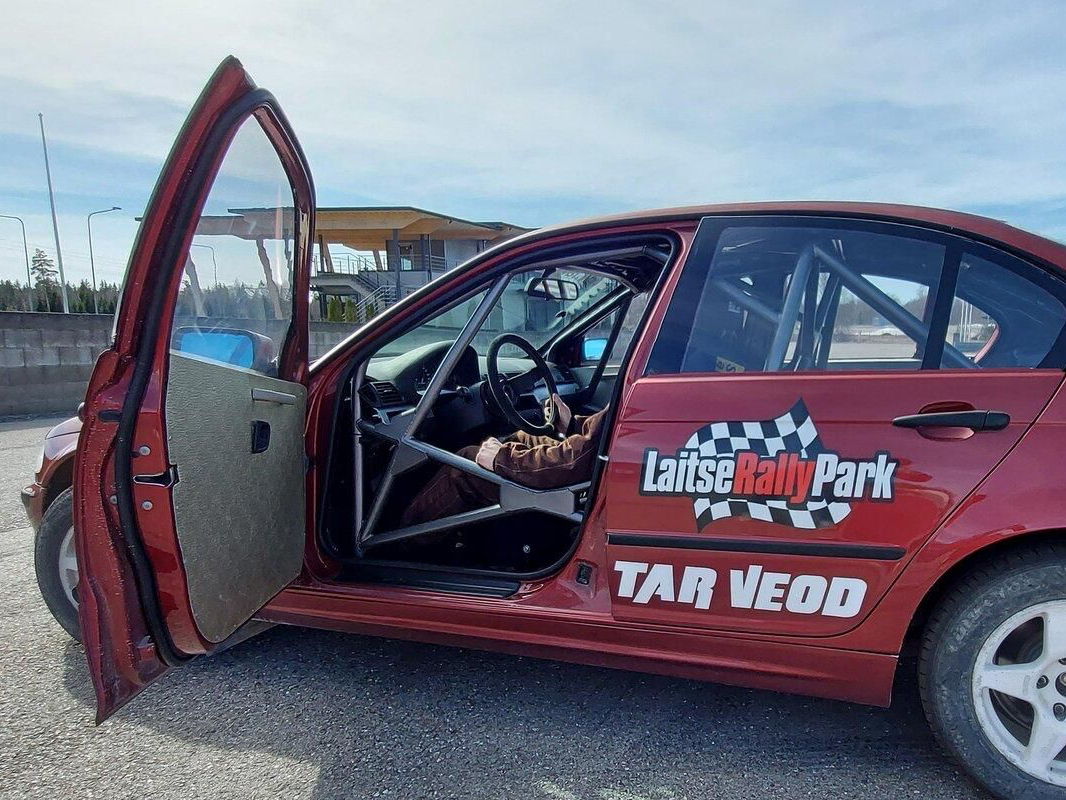
On the double track at LaitseRallyPark, you can try being a co-driver in an actual race car, a drift car, or a hobby race ca... read more
SPECIAL PRICE
info@laitserallypark.ee
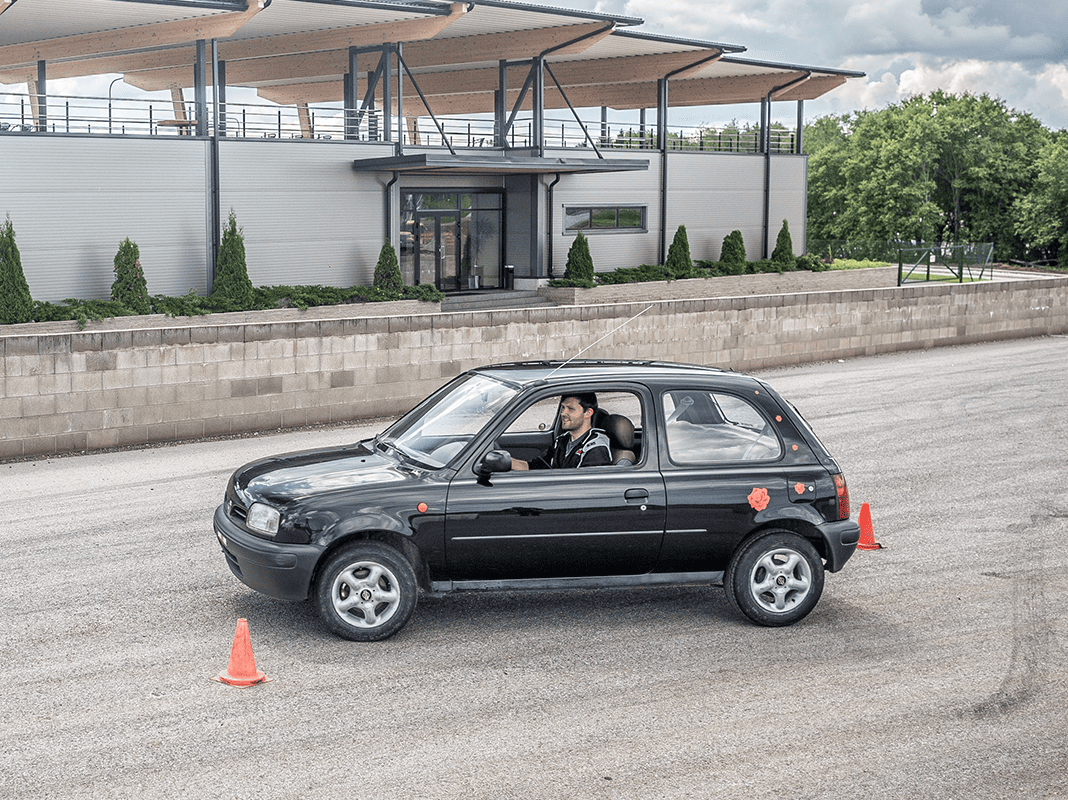
What could be more fun than driving a car with a steering wheel that takes you in the opposite direction to the way you turn... read more
SPECIAL PRICE
info@laitserallypark.ee
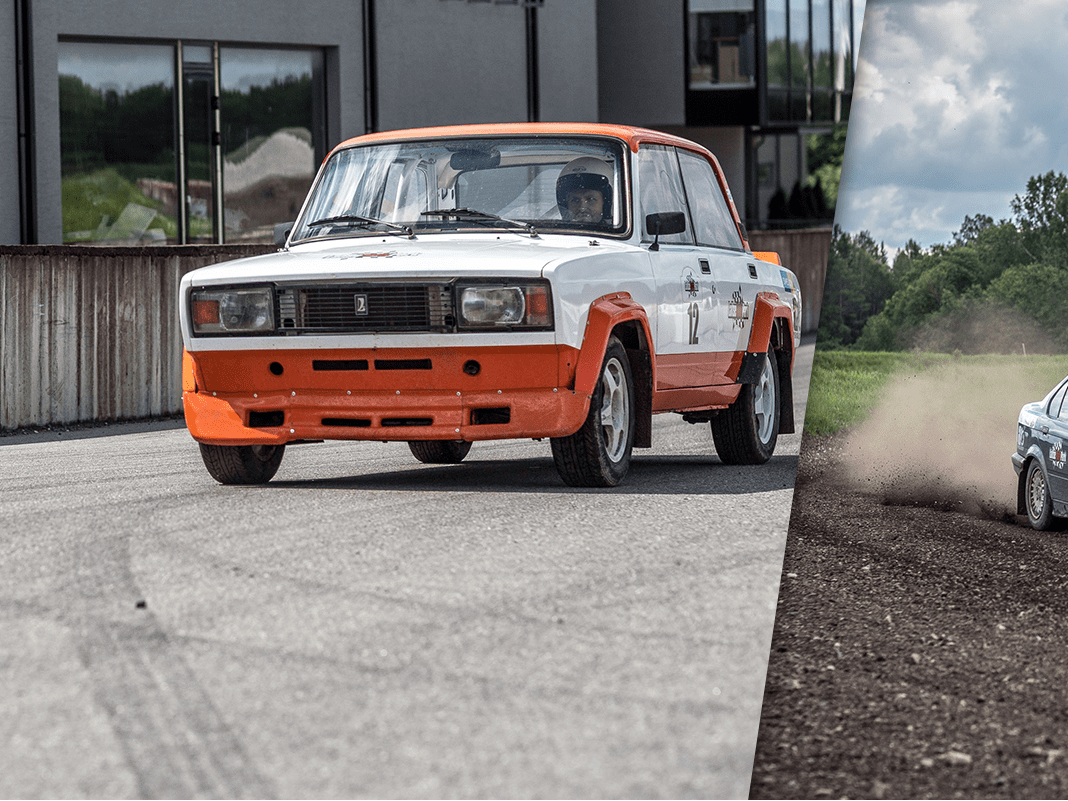
LaitseRallyPark is a theme park focused on cars, located just a 30-minute drive from the centre of Tallinn. You can feel lik... read more
SPECIAL PRICE
info@laitserallypark.ee
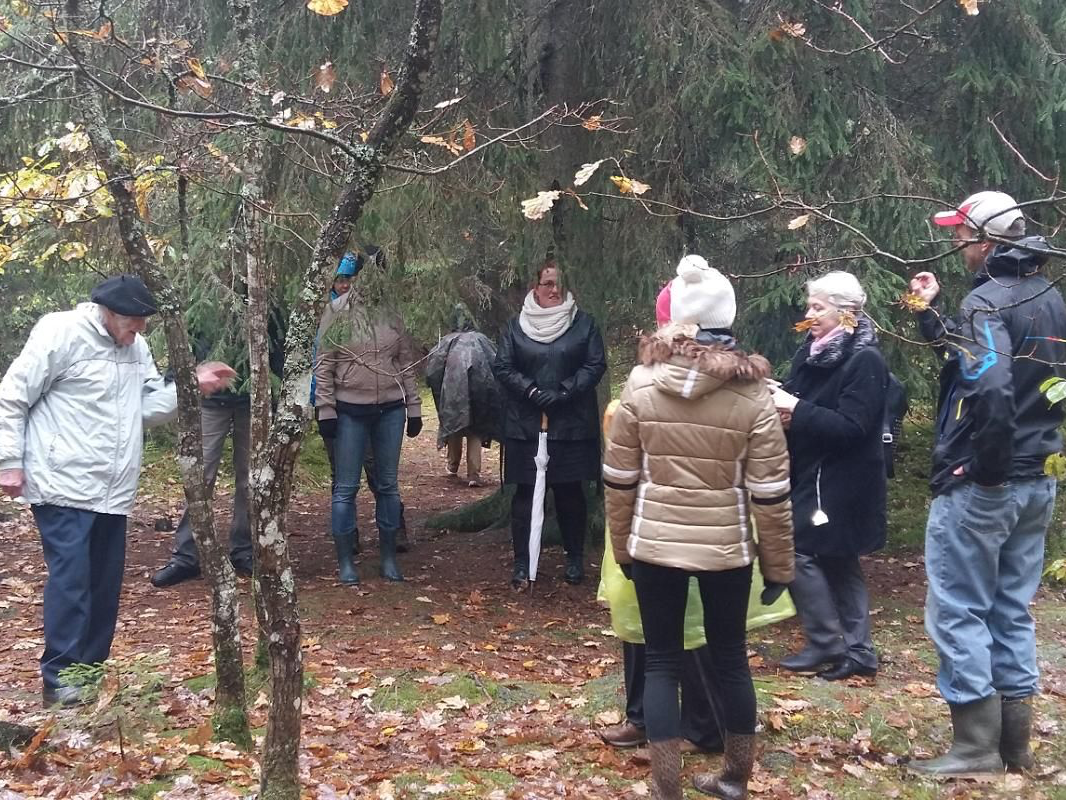
We offer hikes with different themes and lengths:- hike to Rännaku farm and the holy oak grove (2 km, 1 hour);- 'Come to th... read more
SPECIAL PRICE
metsanurme@gmail.com
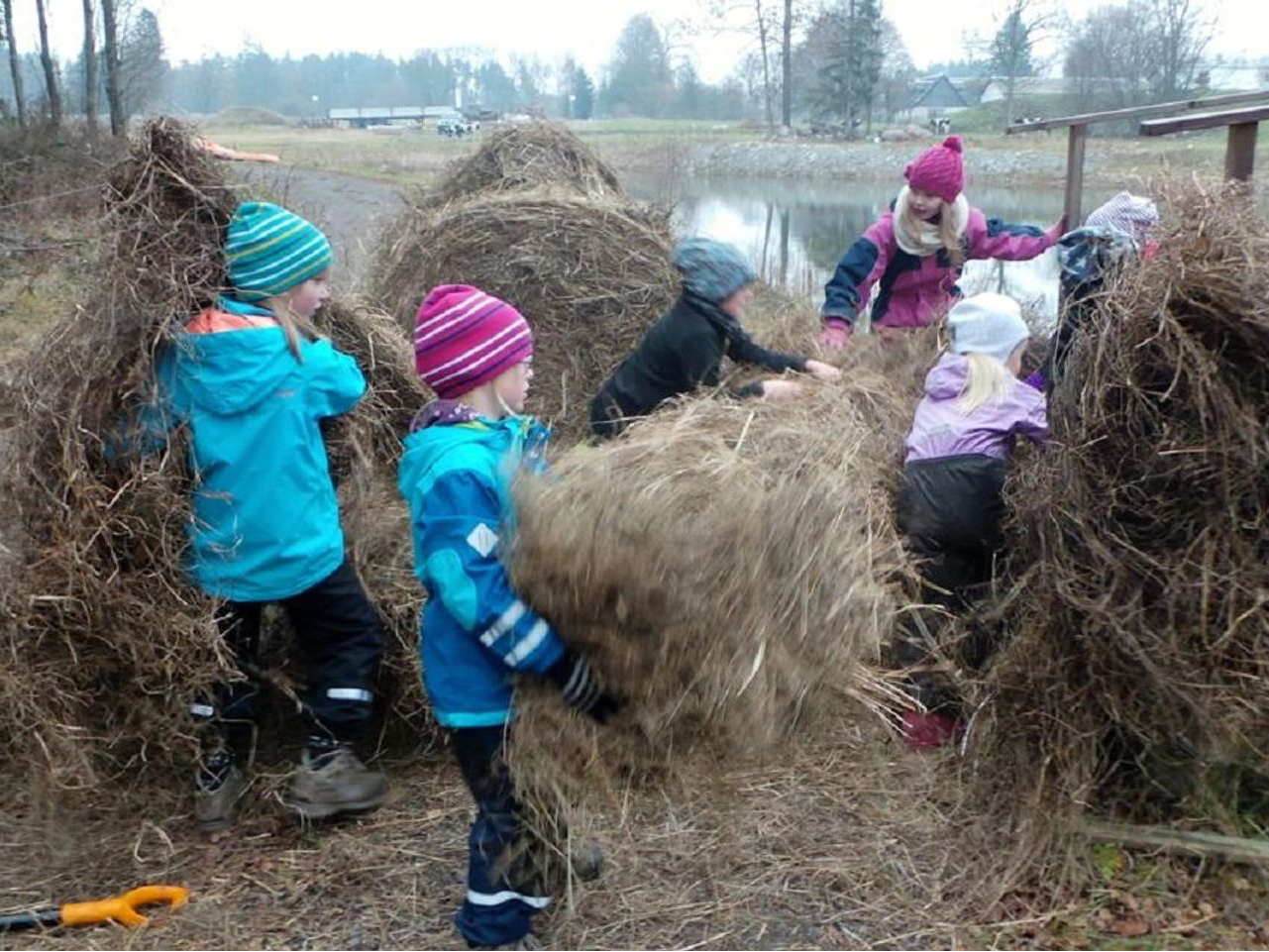
Modern adventure parks and games are nothing new. Life in the countryside, however, has been full of adventures from the beg... read more
SPECIAL PRICE
info@retked.ee
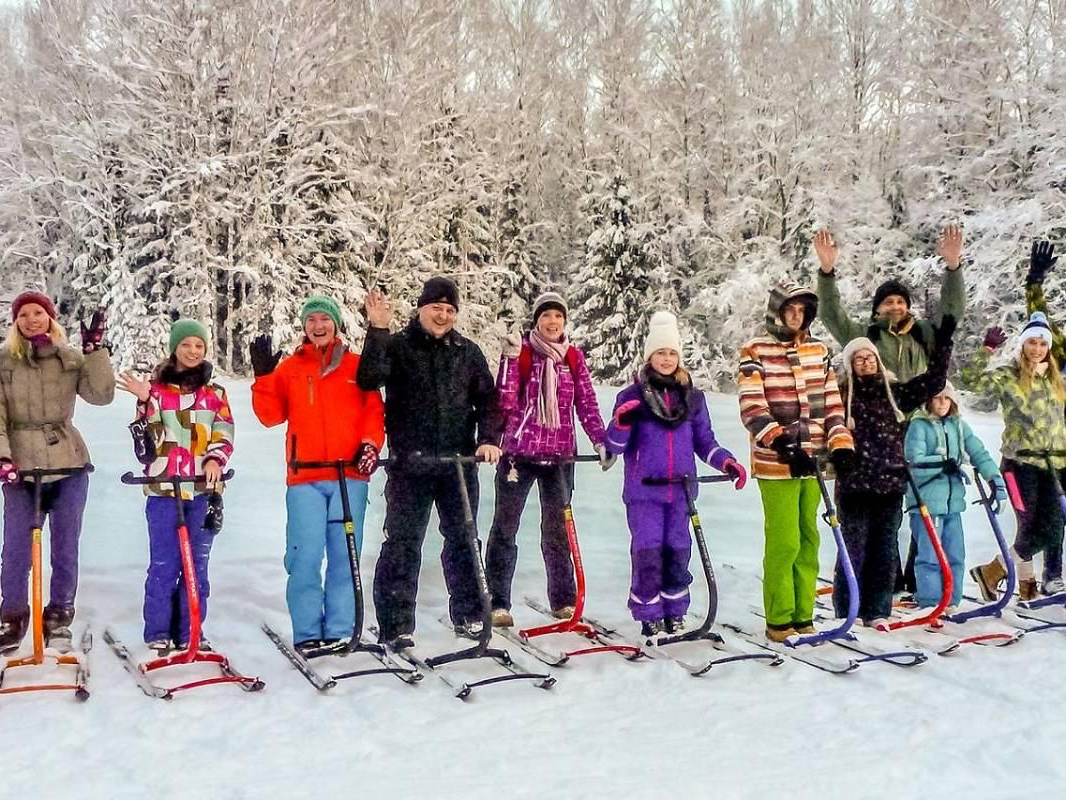
The hilly landscape of Northern Kõrvemaa is simply perfect for kick sledge hikes. Kick sledge hikes are suitable for everyo... read more
SPECIAL PRICE
info@korvemaa.ee

Sportland Kõrvemaa Hike and Ski Resort would like to invite you to enjoy nature on bicycles!The natural landscape of Northe... read more
SPECIAL PRICE
info@korvemaa.ee

Sportland Kõrvemaa Hike and Ski Resort welcomes you to a skiing holiday! Be it during day or night! We offer:• skiing equ... read more
SPECIAL PRICE
info@korvemaa.ee
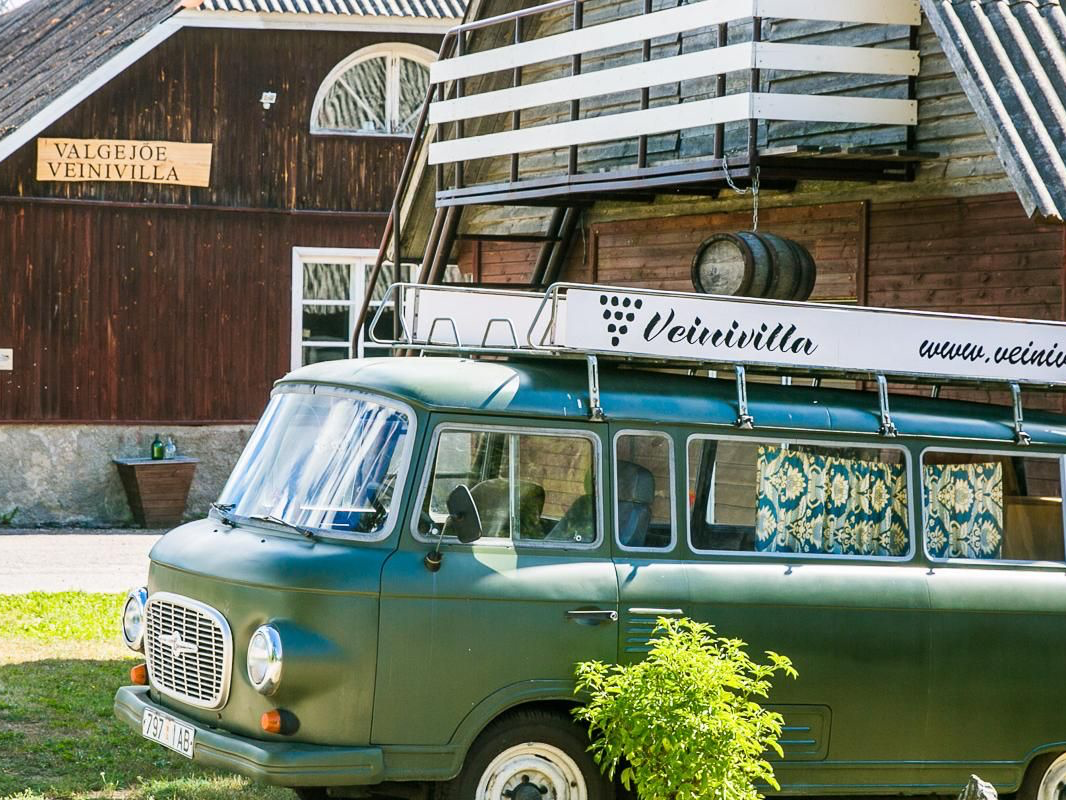
The Valgejõe Veinivilla Winery is Estonia’s northernmost wine farm, where the wine is made by sommeliers, mother Tiina an... read more
SPECIAL PRICE
info@veinivilla.ee
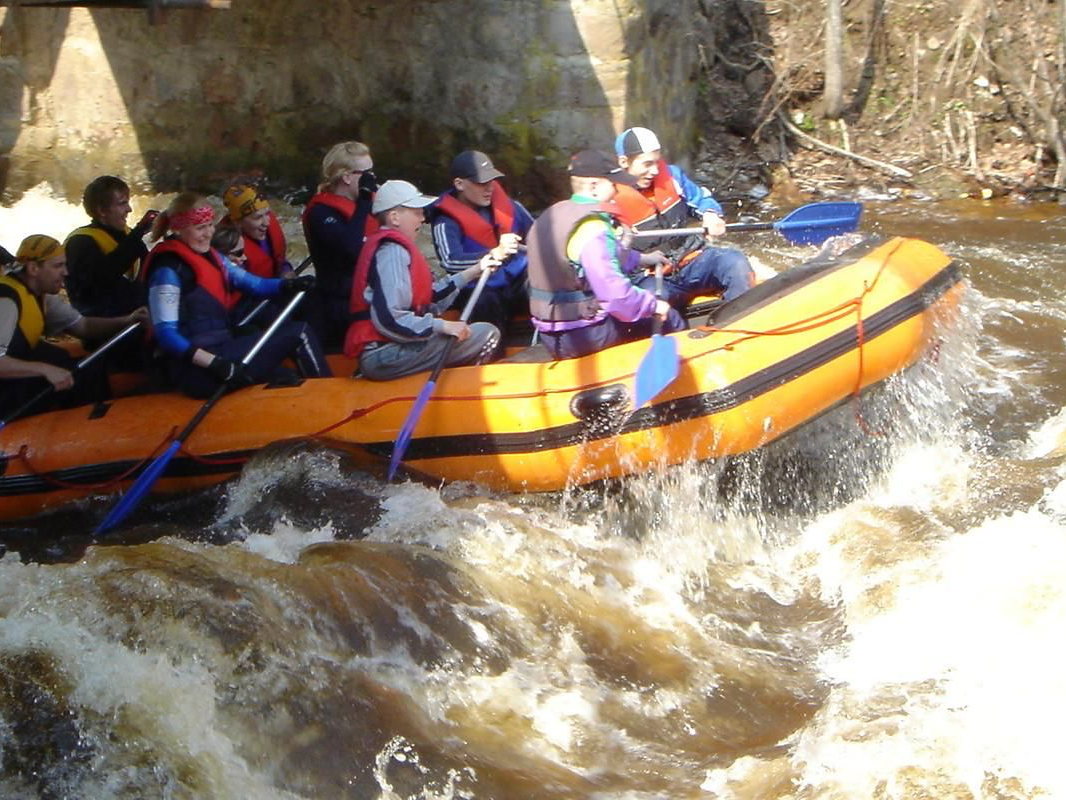
The VeeTee canoe trip expeditions guarantee a fun experience for any sightseer. Whether visiting with friends or colleagues,... read more
SPECIAL PRICE
info@veetee.ee
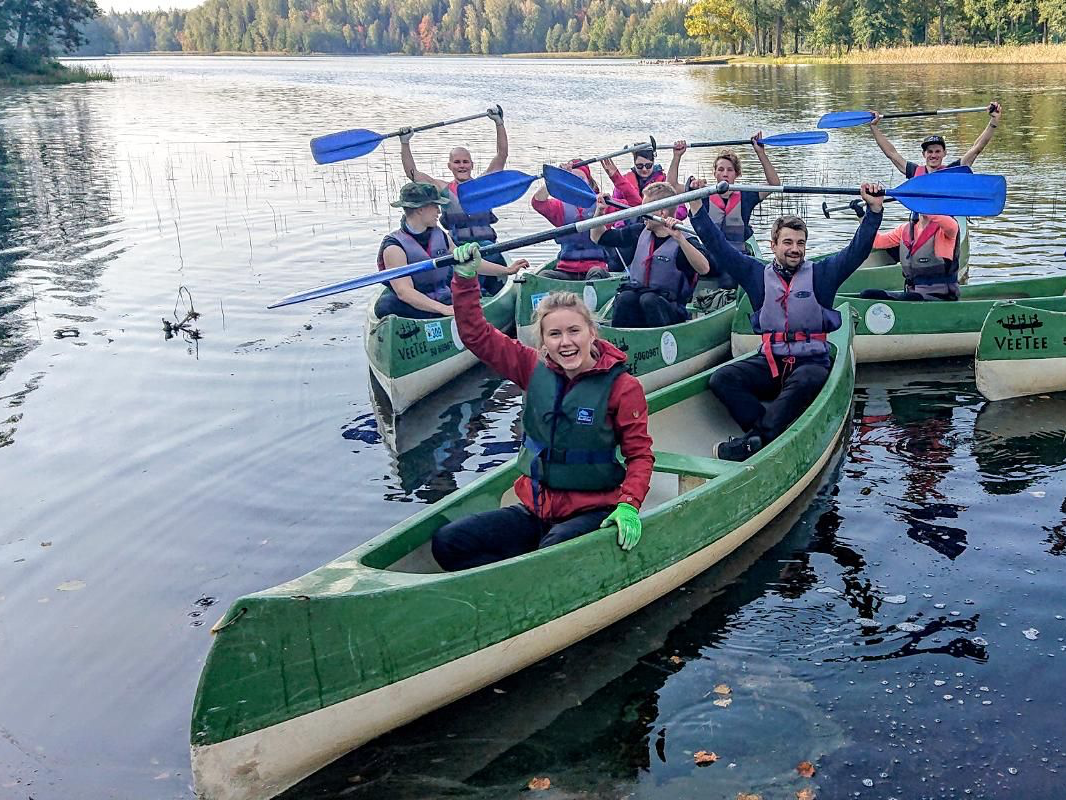
VeeTee canoe trips guarantee a fun-filled experience! Come in any season with you family, friends or colleagues and get to k... read more
SPECIAL PRICE
info@veetee.ee
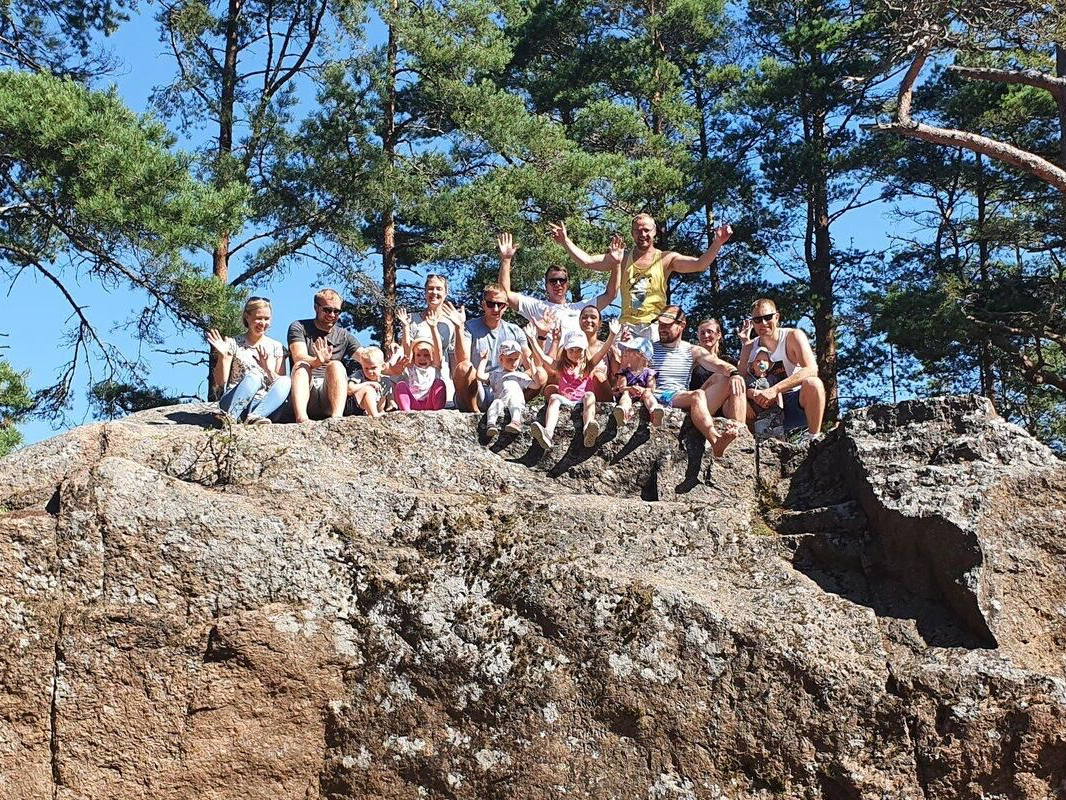
We invite you on a pleasant nature hike to Aegna Island! A small, only 3 km² island in the north-eastern part of Tallinn Ba... read more
SPECIAL PRICE

Come to Toosikannu with your friends! We offer ATV trips all year round with single-seater ATVs, for groups of 4 to 10 peopl... read more
SPECIAL PRICE
info@toosikannu.ee
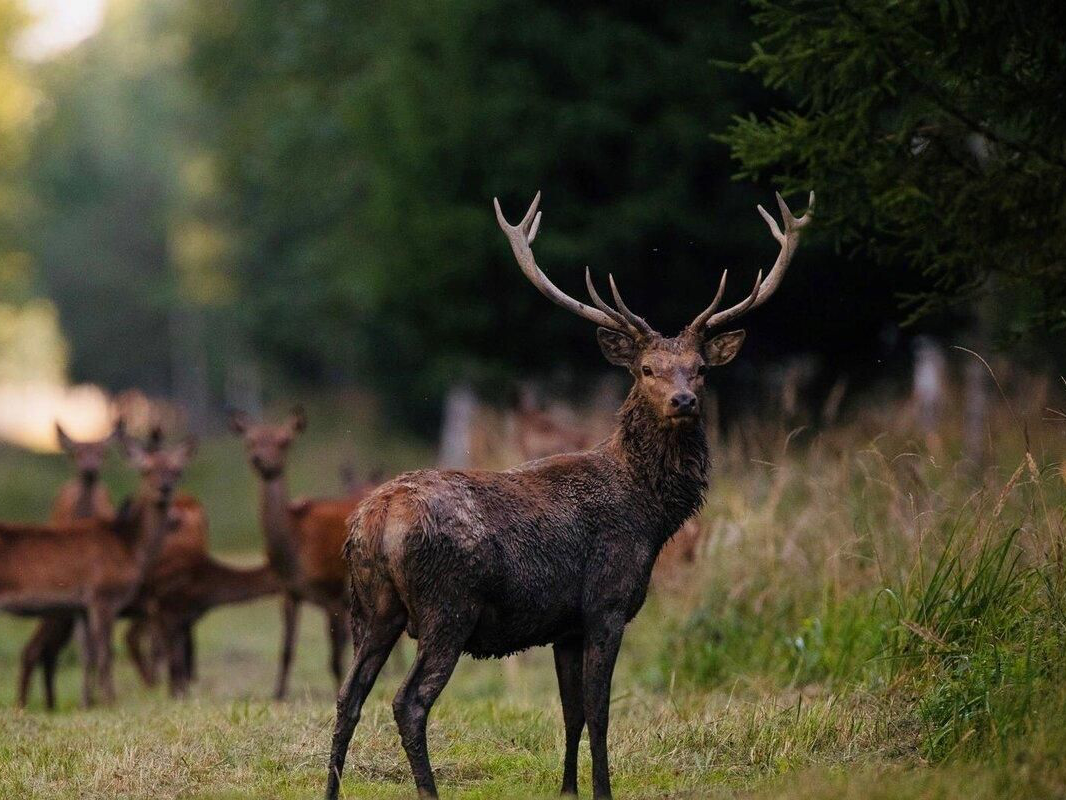
A wildlife-watching safari with your car in the Toosikannu Wildlife Park is an exciting and unique experience! The length of... read more
SPECIAL PRICE
info@toosikannu.ee
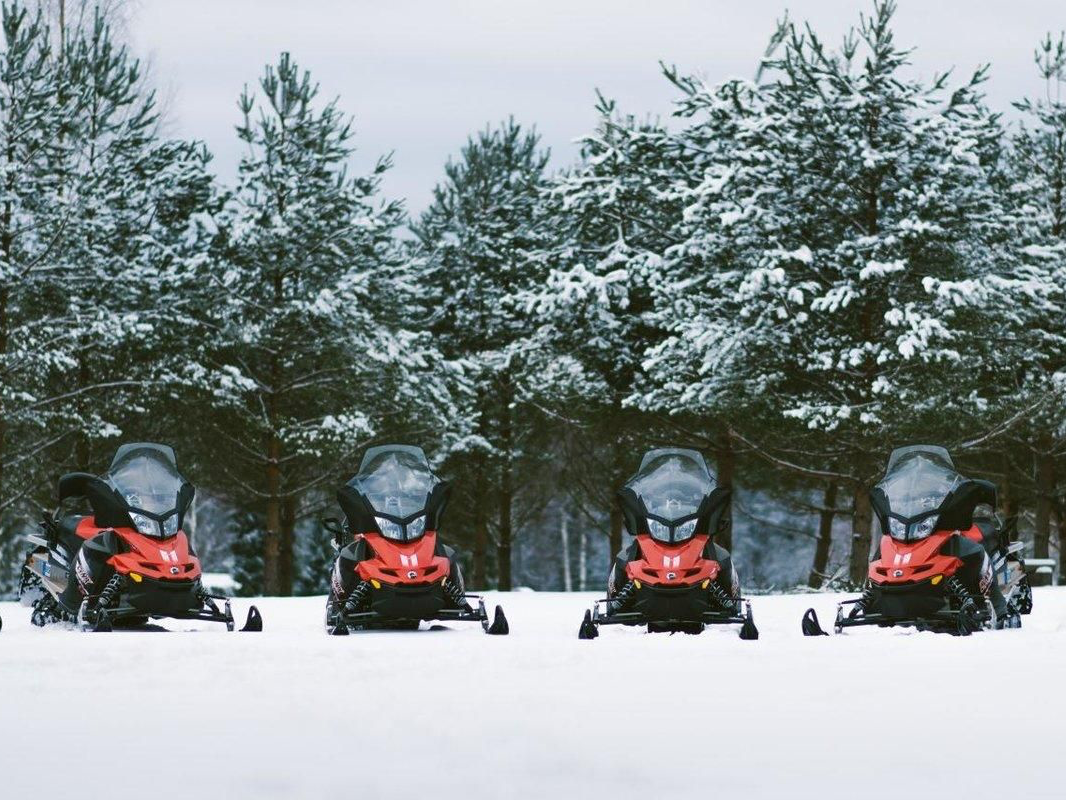
Bring your friends and have an exciting winter day at Toosikannu! During snowy winter, we can take groups of up to 20 people... read more
SPECIAL PRICE
info@toosikannu.ee

Deer antlers are a wonderful renewable handicraft material! In the deer antler workshop, you can make unique memorabilia fro... read more
SPECIAL PRICE
info@toosikannu.ee
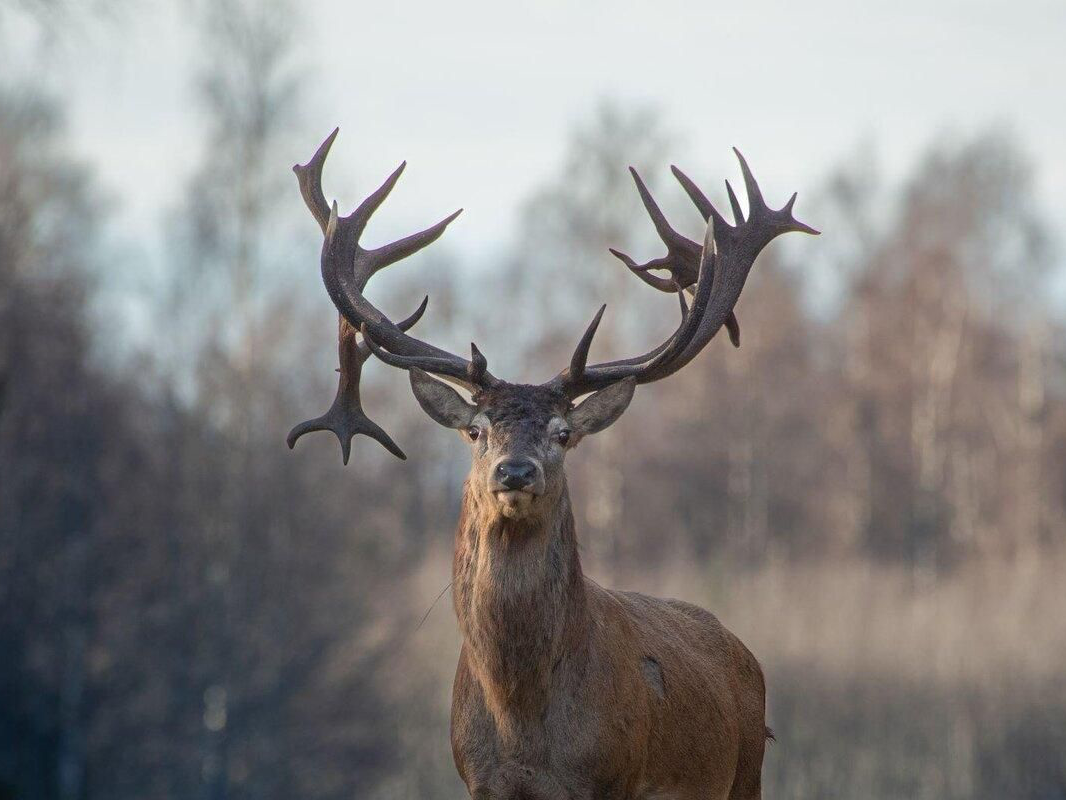
Welcome to Estonia's largest wildlife park and enjoy an exciting and unique activity in just about an hour's drive from Tall... read more
SPECIAL PRICE
info@toosikannu.ee

Being in a smoke sauna is much more than just relaxation – it's a step back to the time when our ancestors experienced sau... read more
SPECIAL PRICE
info@toosikannu.ee

With us, you can prepare the favourite snack of Estonians of all ages – the glazed curd snack. One glazed curd snack has a... read more
SPECIAL PRICE
info@piimandusmuuseum.ee
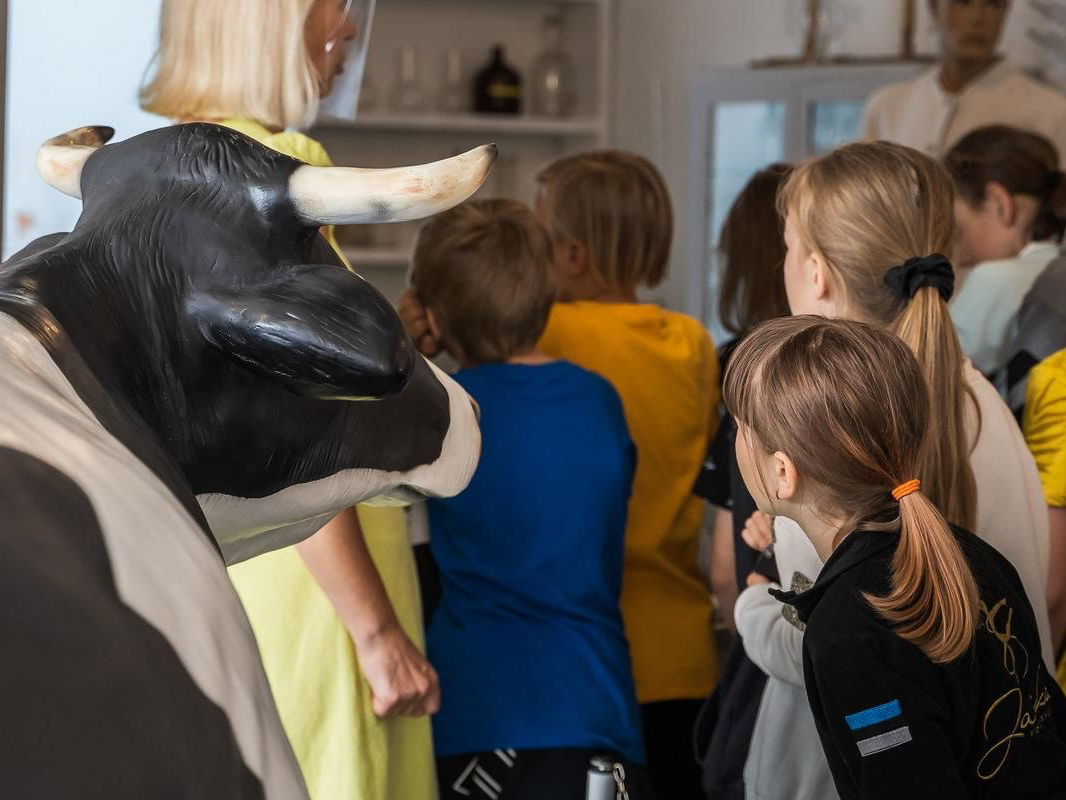
Come to a guided tour at the Estonian Dairy Museum, where you will get a thorough overview of the history of the museum. Thi... read more
SPECIAL PRICE
info@piimandusmuuseum.ee

Come and learn new things and participate in the butter and barley bread workshop! The participants of the workshop are dres... read more
SPECIAL PRICE
info@piimandusmuuseum.ee

We will go to the bog restaurant by canoe. The restaurant is located in a secret hiding place in Hindreku Farm, which can on... read more
SPECIAL PRICE
info@hindrekutalu.ee
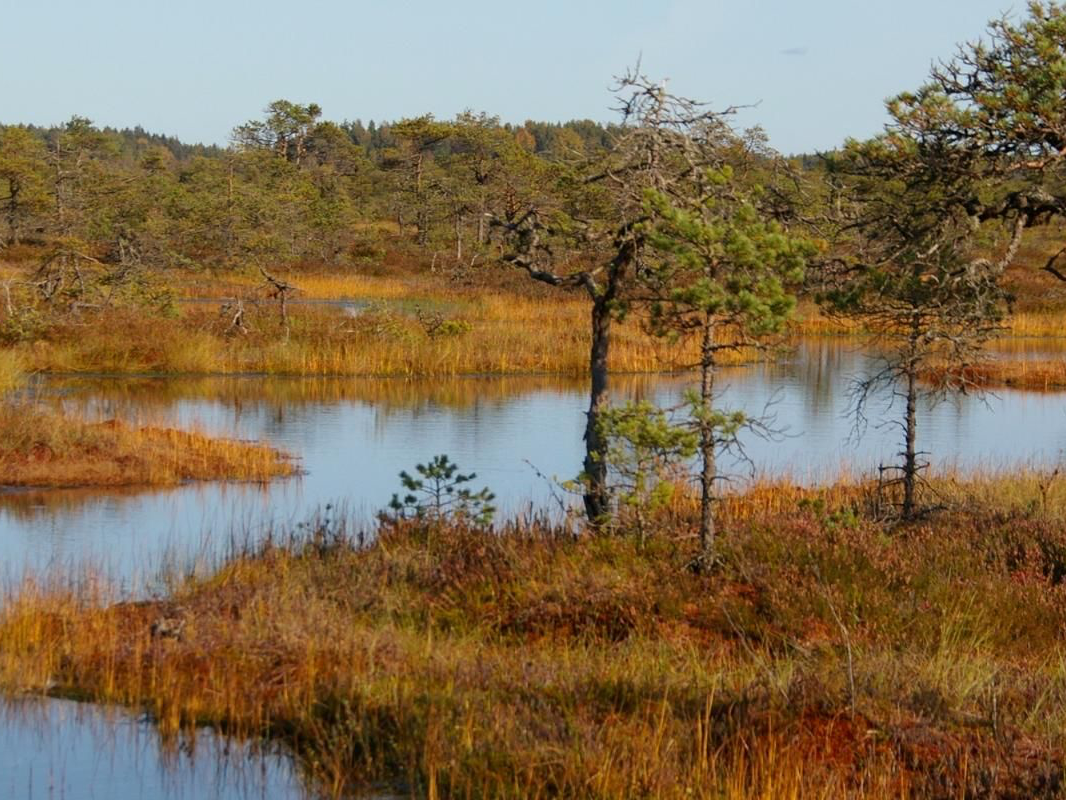
A hike in the Kakerdaja bog in Kõrvemaa is great both in summer and winter. After a hike, the tourist house Rabav Matkakodu... read more
SPECIAL PRICE
rabav@rabav.ee
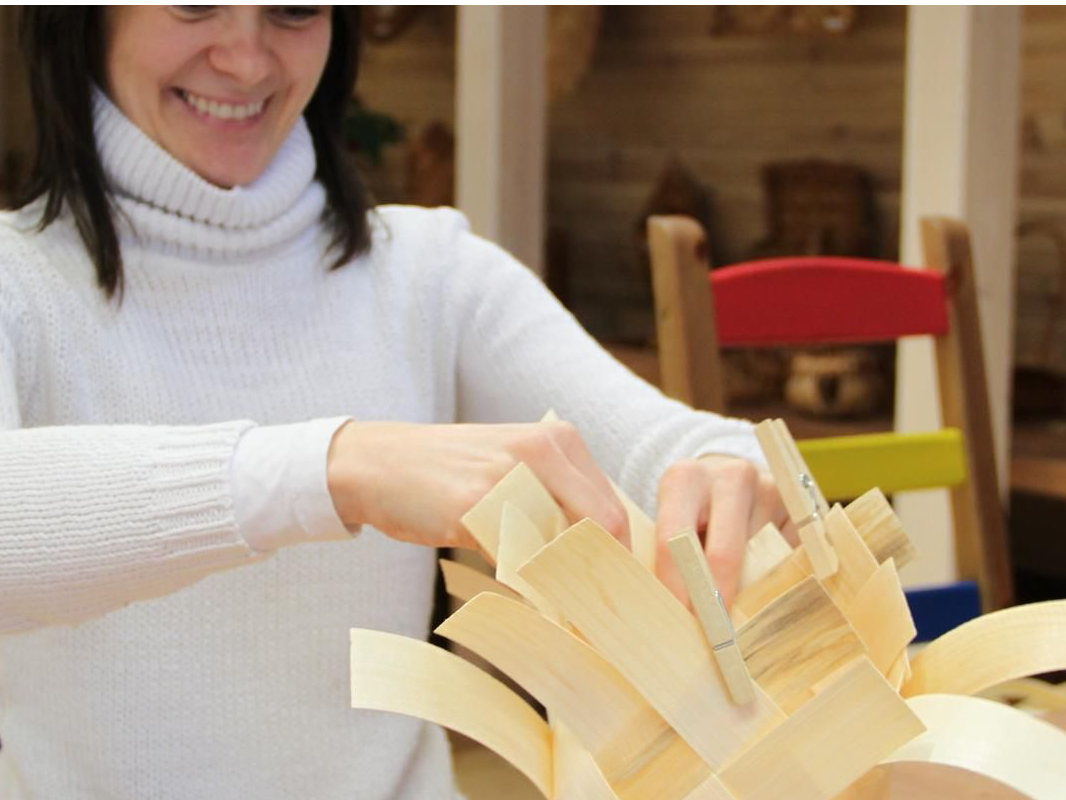
Weaving a chipwood basket is the most popular attraction in the wooden handicraft centre and if there's a place in Estonia w... read more
SPECIAL PRICE
info@puiduait.ee
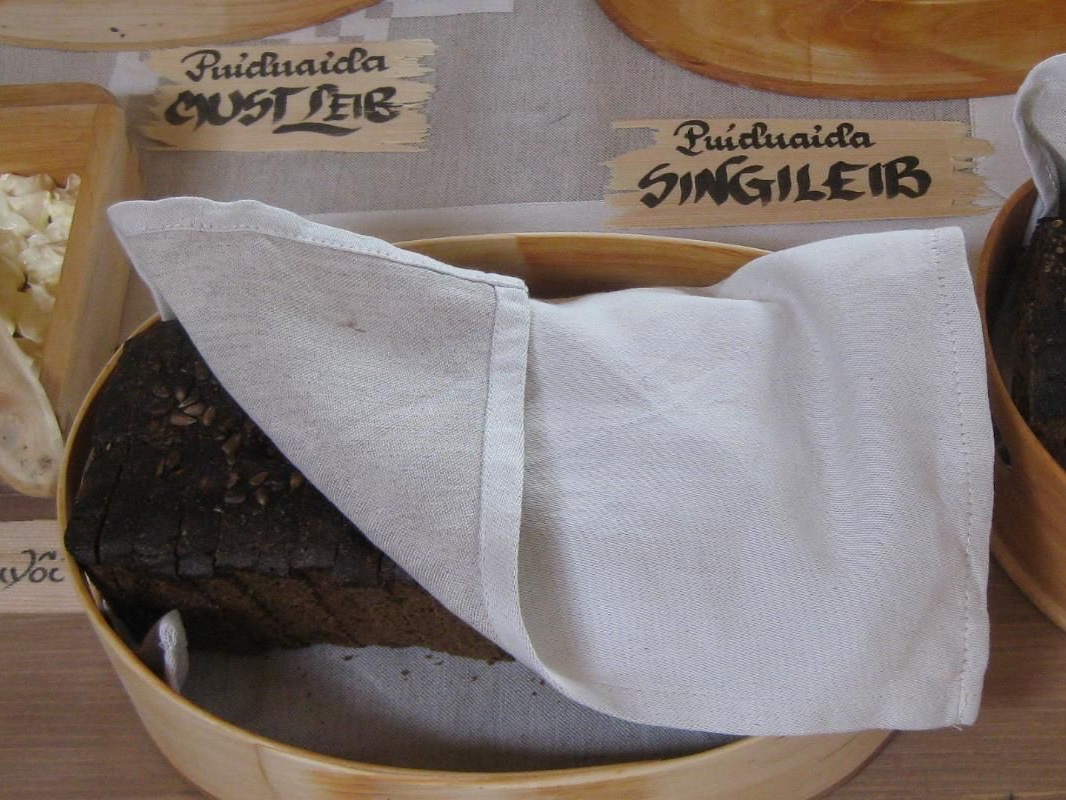
In the Bread Room one can make their first attempts in baking homemade bread. The Wood Shop’s breadmaster will guide you t... read more
SPECIAL PRICE
info@puiduait.ee
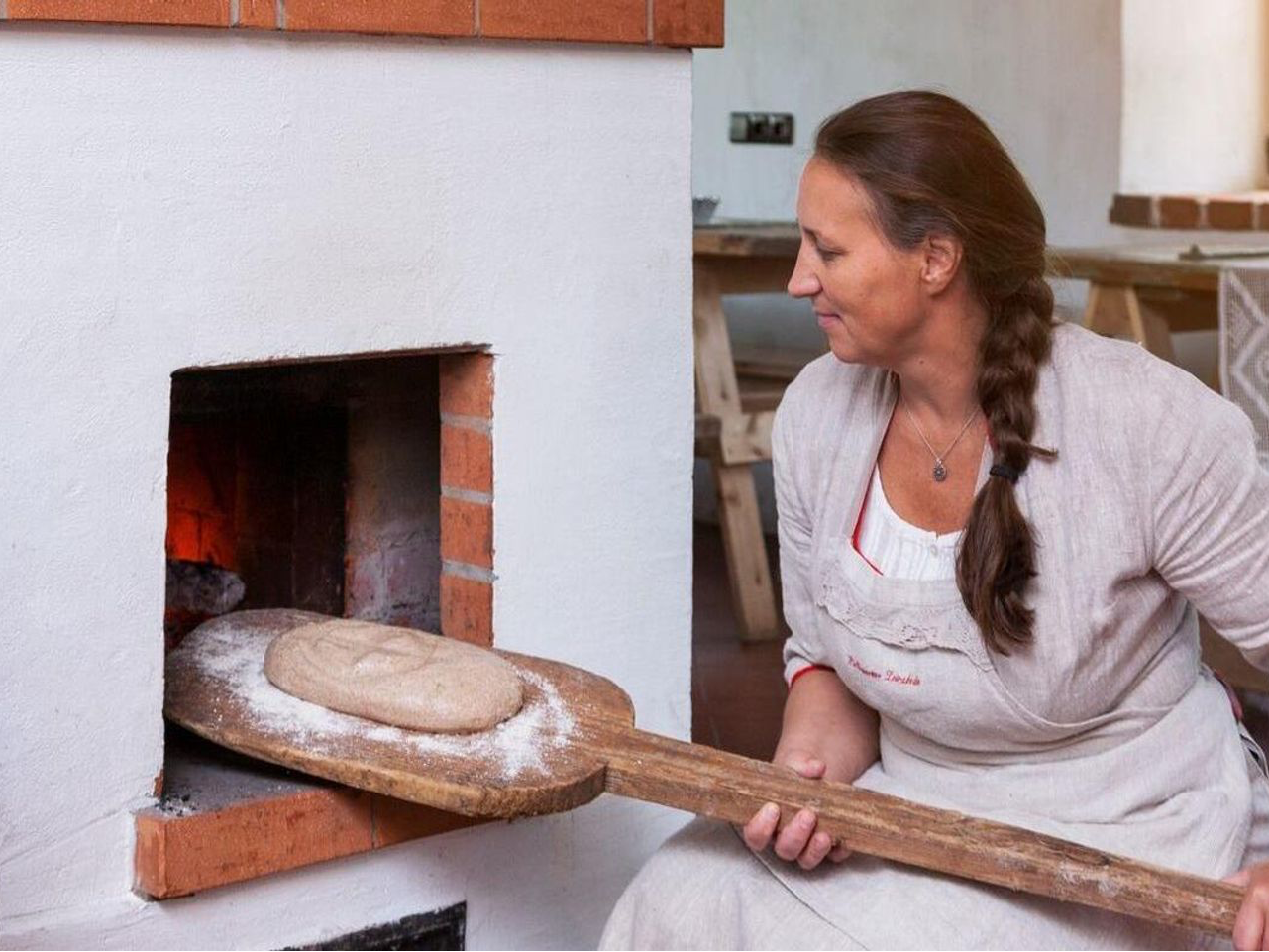
Coming to Elva gives you the unique opportunity to see Hellenurme Watermill, the last watermill in Estonia still producing... read more
SPECIAL PRICE
mae@veskimuuseum.ee
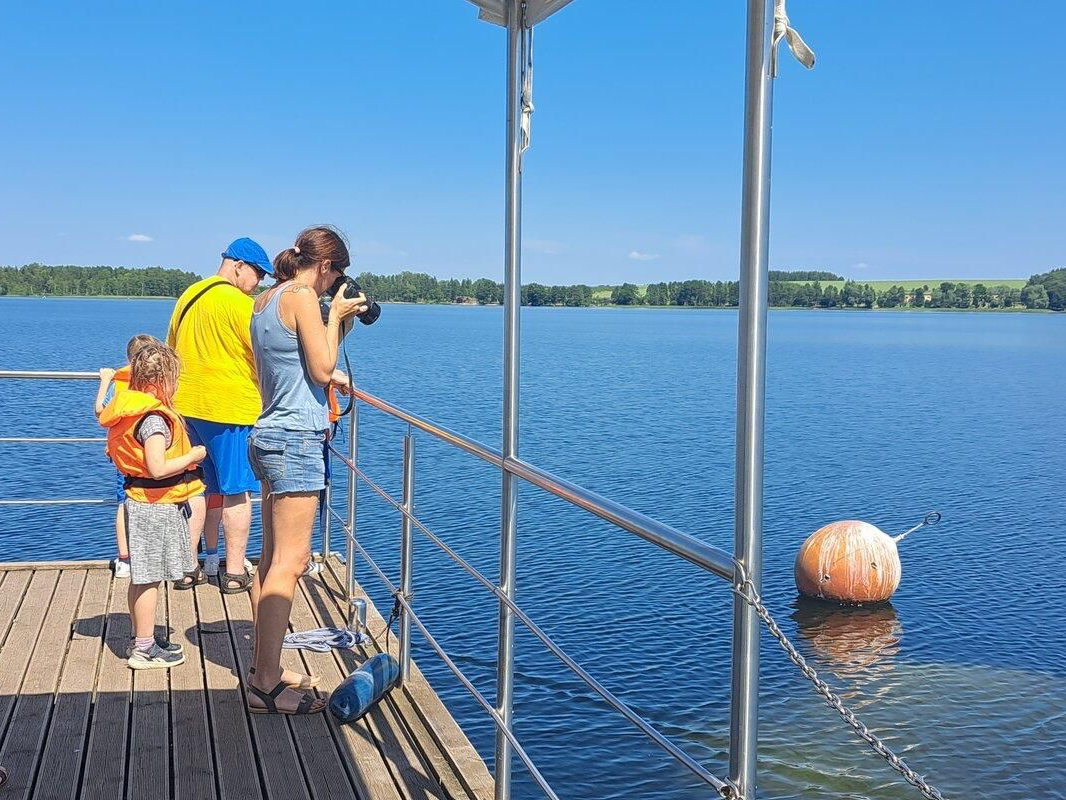
The raft trip on Lake Saadjärv offers picturesque views and exciting experiences!The water of Lake Saadjärv is clear and a... read more
SPECIAL PRICE
info@jaaaeg.ee
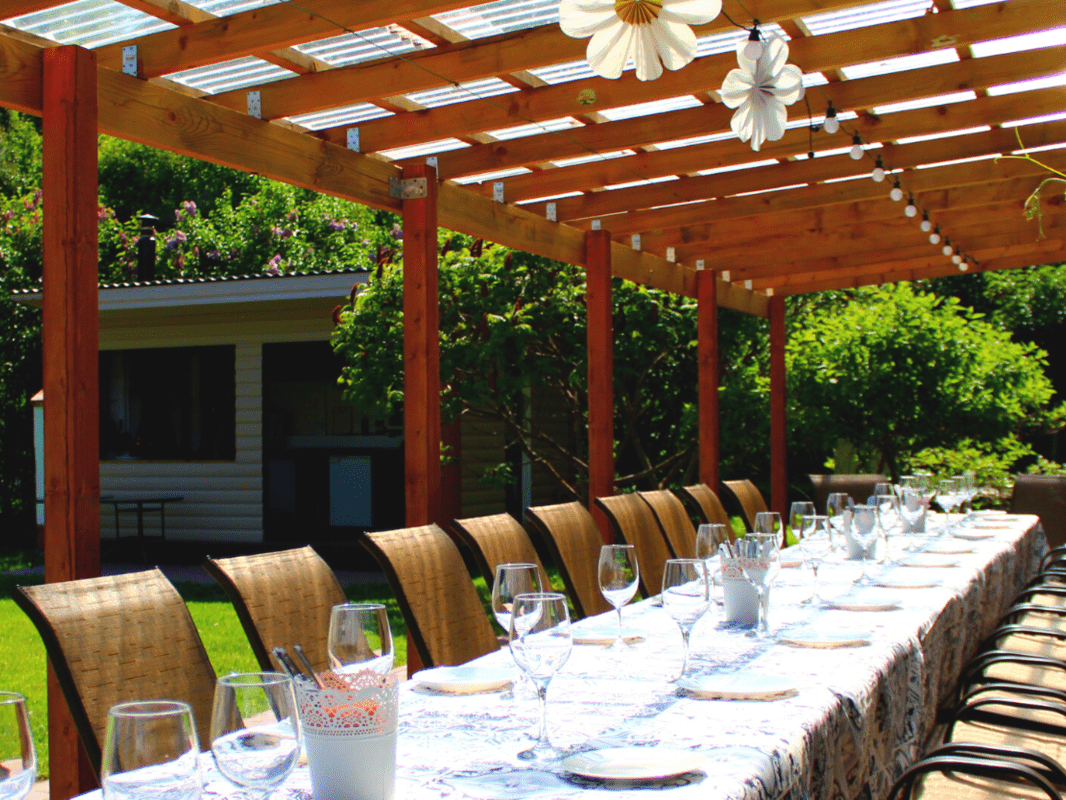
Come and enjoy rural romance, open landscapes and Estonian wines at the Järiste Winery in Tartumaa!We will be walking aroun... read more
SPECIAL PRICE
veinitalu@gmail.com
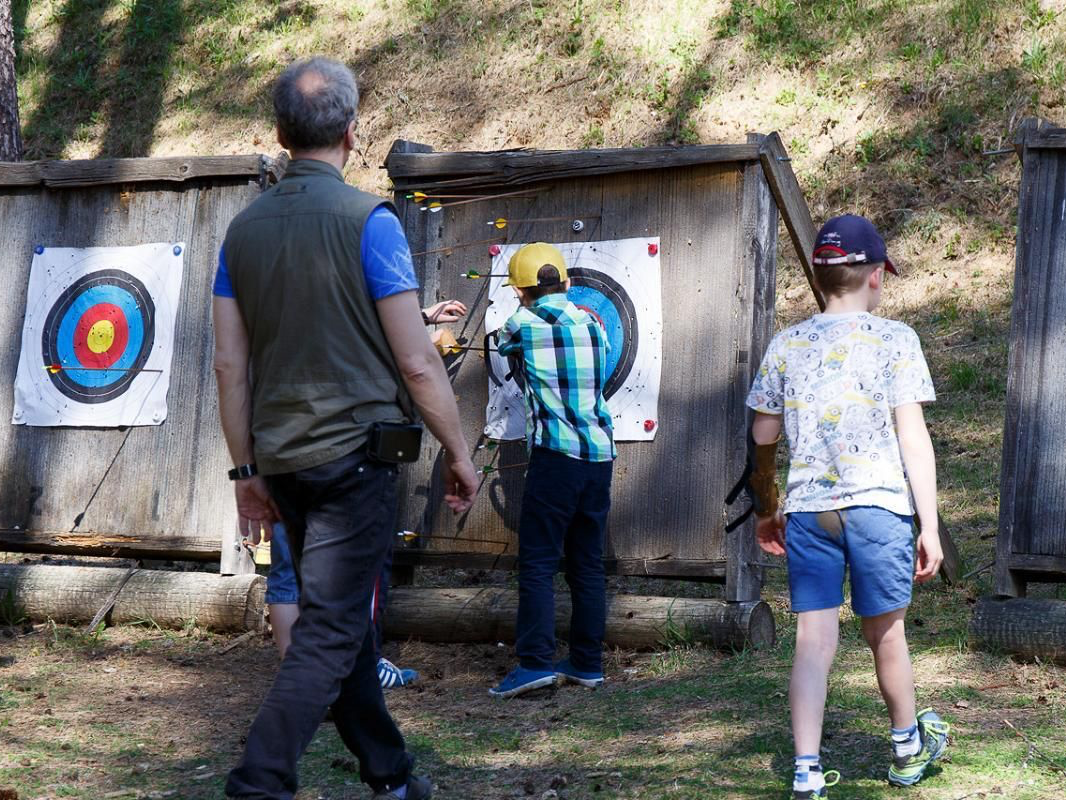
At Tartu County Recreational Sports Centre, you can try archery throughout the year. First, you can learn the basics of arch... read more
SPECIAL PRICE
tartumaa@tehvandi.ee
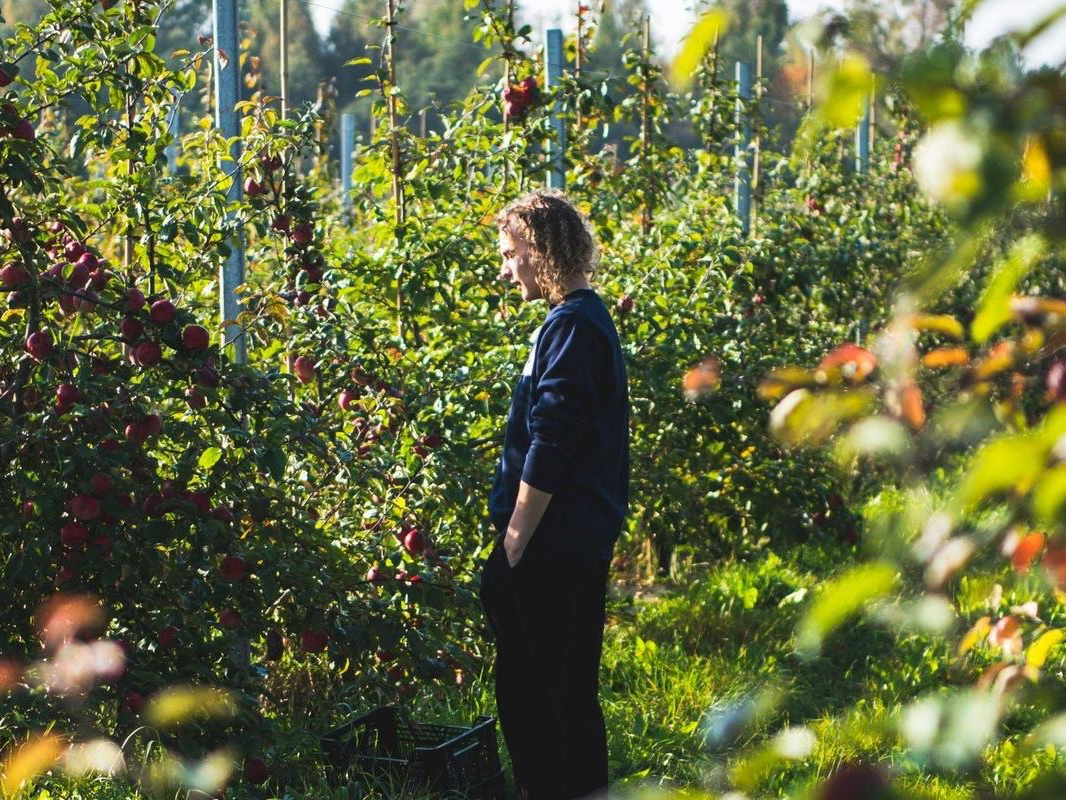
The KODAS modern production, distance working and visitor centre is located at Valgjärve, between the picturesque hills of ... read more
SPECIAL PRICE
broneeringud@kodas.ee
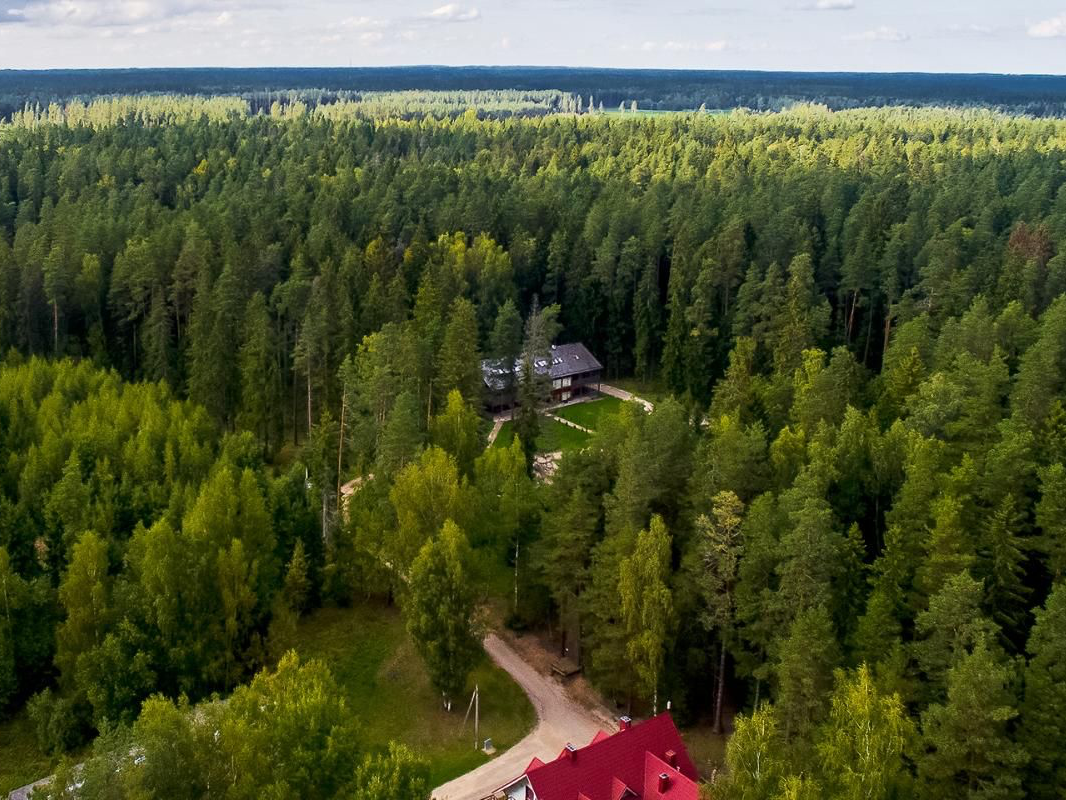
This guided hike is the best way of getting to know Taevaskoja better. In addition to its natural beauty, the area boasts a ... read more
SPECIAL PRICE
info@taevaskoja.ee
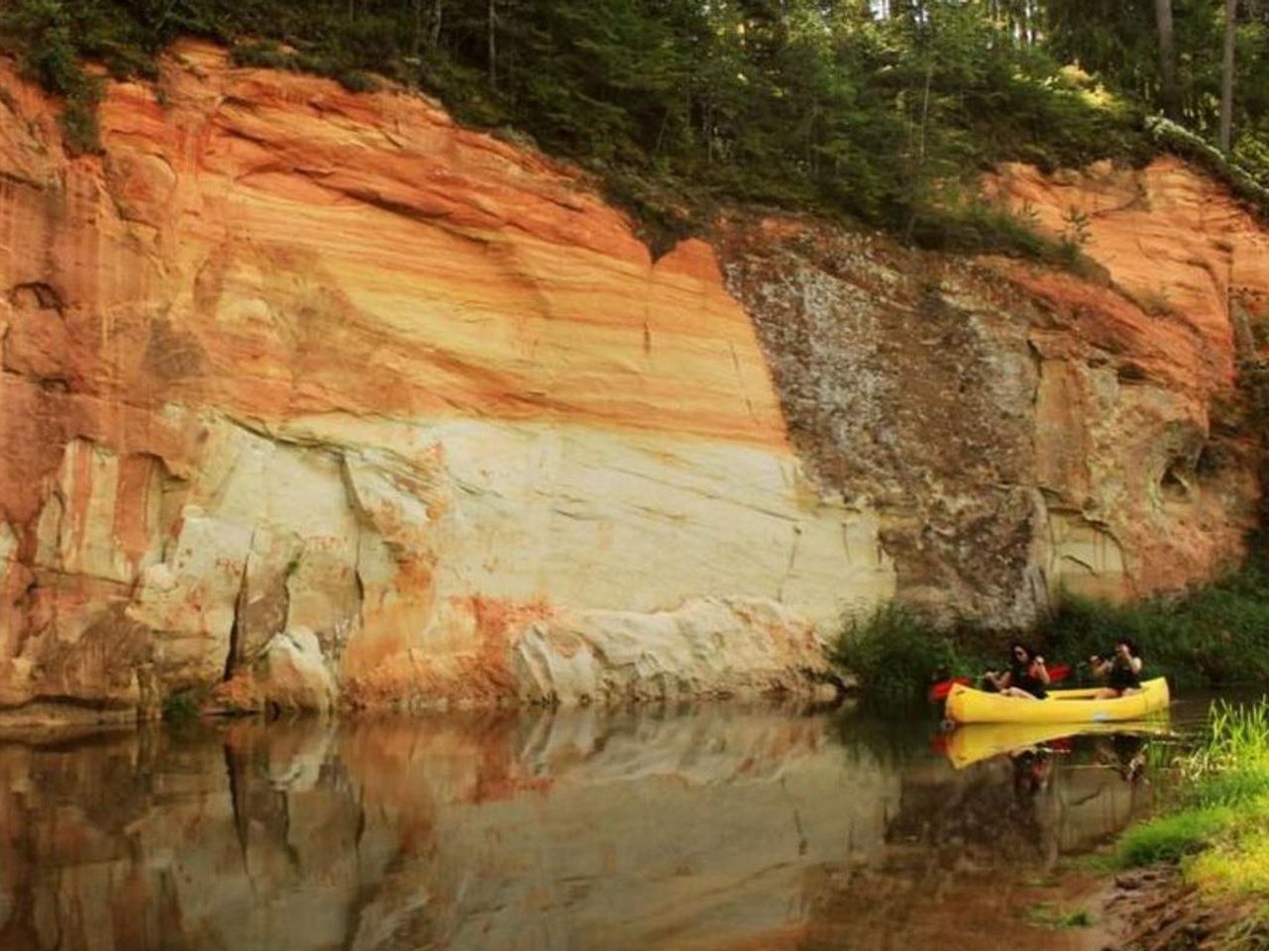
On this trip through the primeval valley of the Ahja River you will see sandstone outcrops dating back 17 million years. If ... read more
SPECIAL PRICE
info@taevaskoja.ee
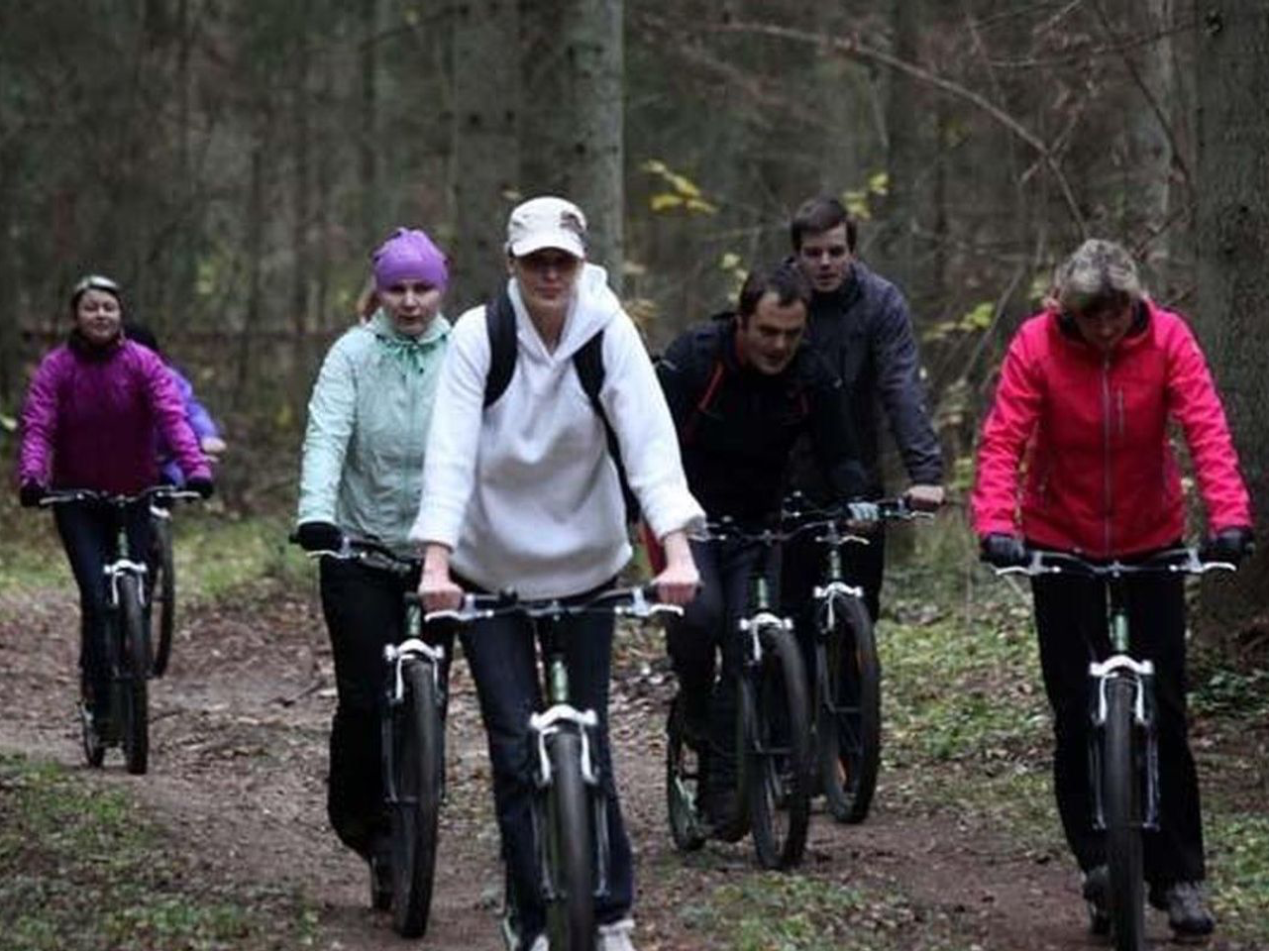
A scooter trip is pleasantly surprising and suitable for everyone. It is perfect for school trips, as a birthday present or ... read more
SPECIAL PRICE
info@taevaskoja.ee
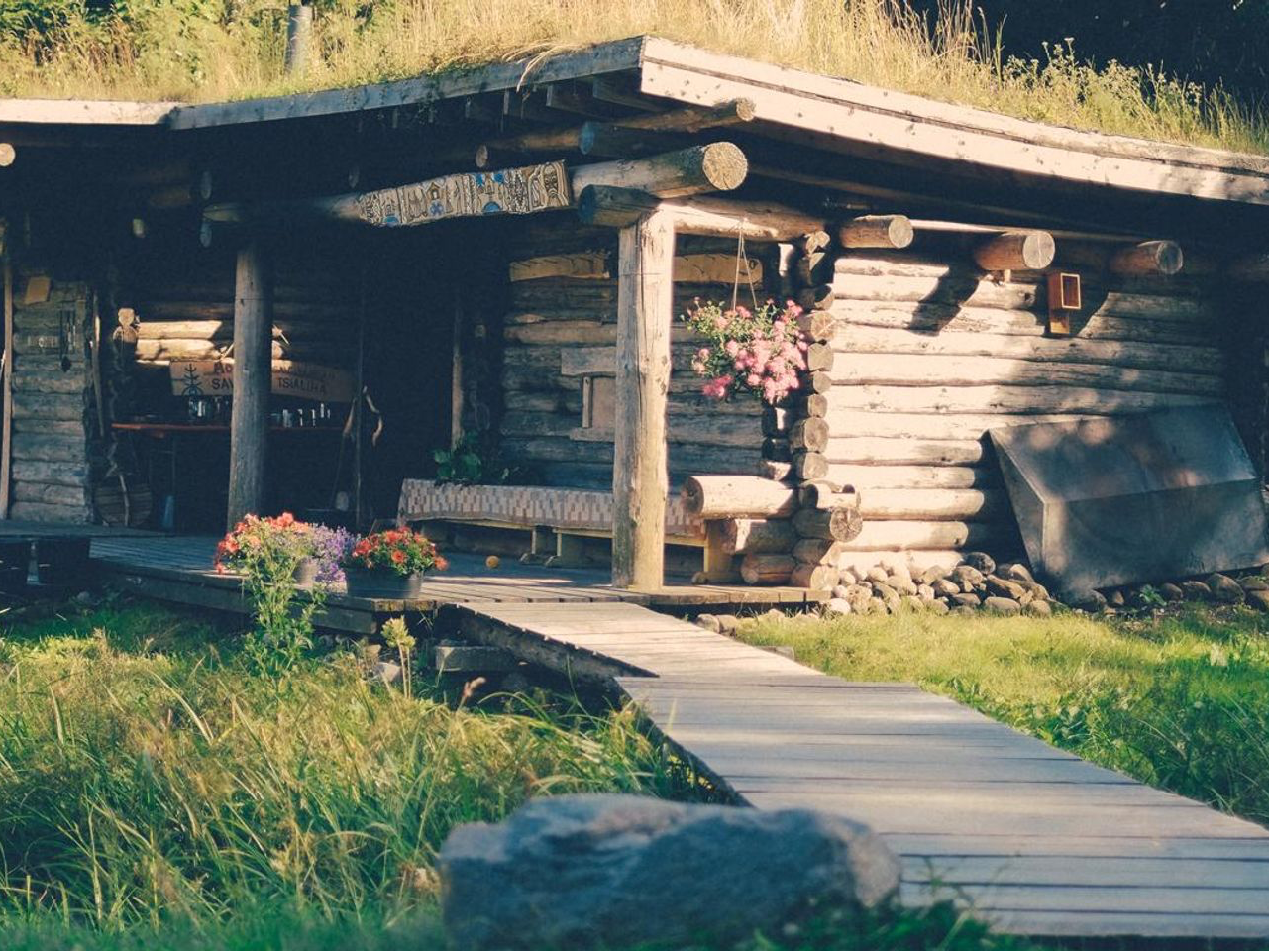
Mooska Adventure Trips offer a great opportunity to learn about Võru County's smoke sauna traditions and heritages. From sm... read more
SPECIAL PRICE
eda.veeroja@gmail.com
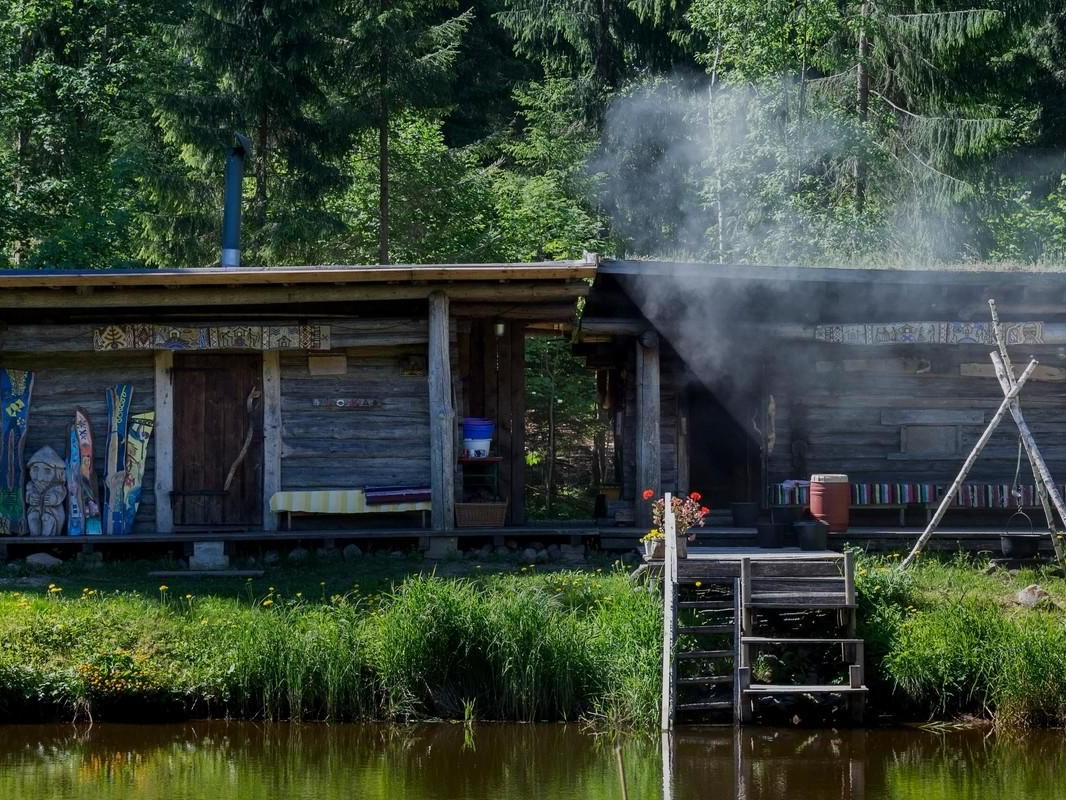
The Smoke sauna traditions of Old Võromaa have found their honoured spot on the list of UNESCO intangible cultural heritag... read more
SPECIAL PRICE
eda.veeroja@gmail.com
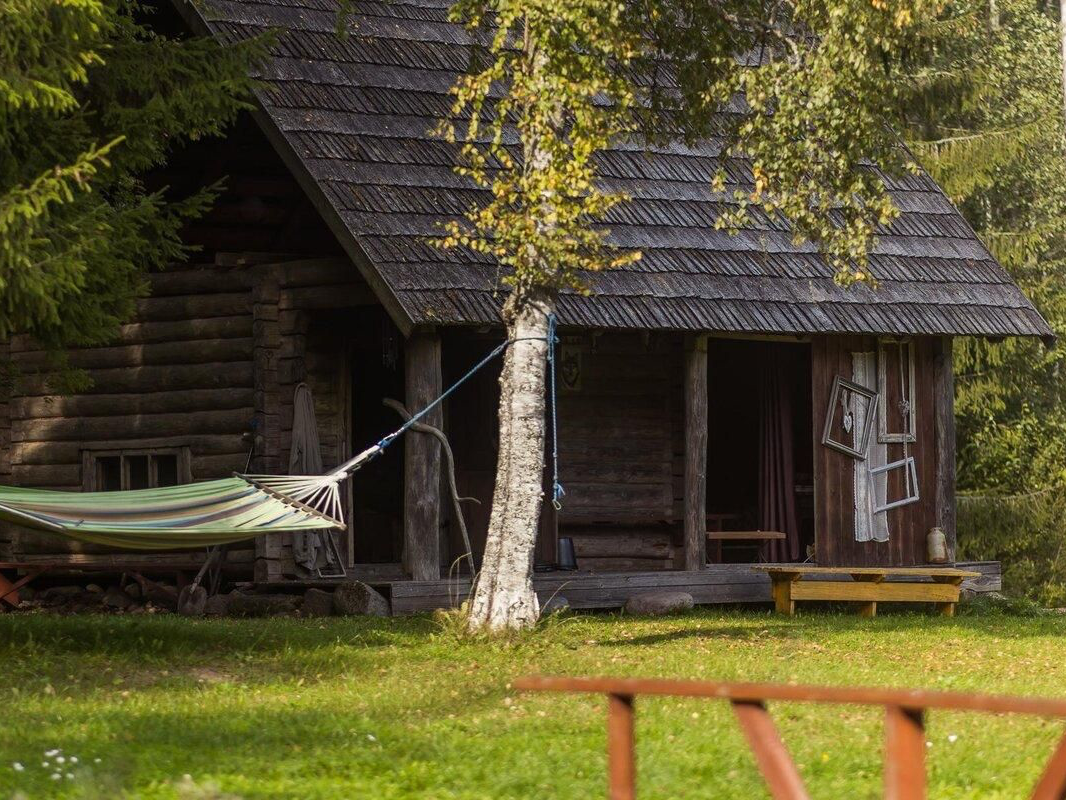
During the Mooska SmokeSauna Farm TOUR visitors get to know 3 different smoke saunas. One of them is used to smoke meat and... read more
SPECIAL PRICE
eda.veeroja@gmail.com
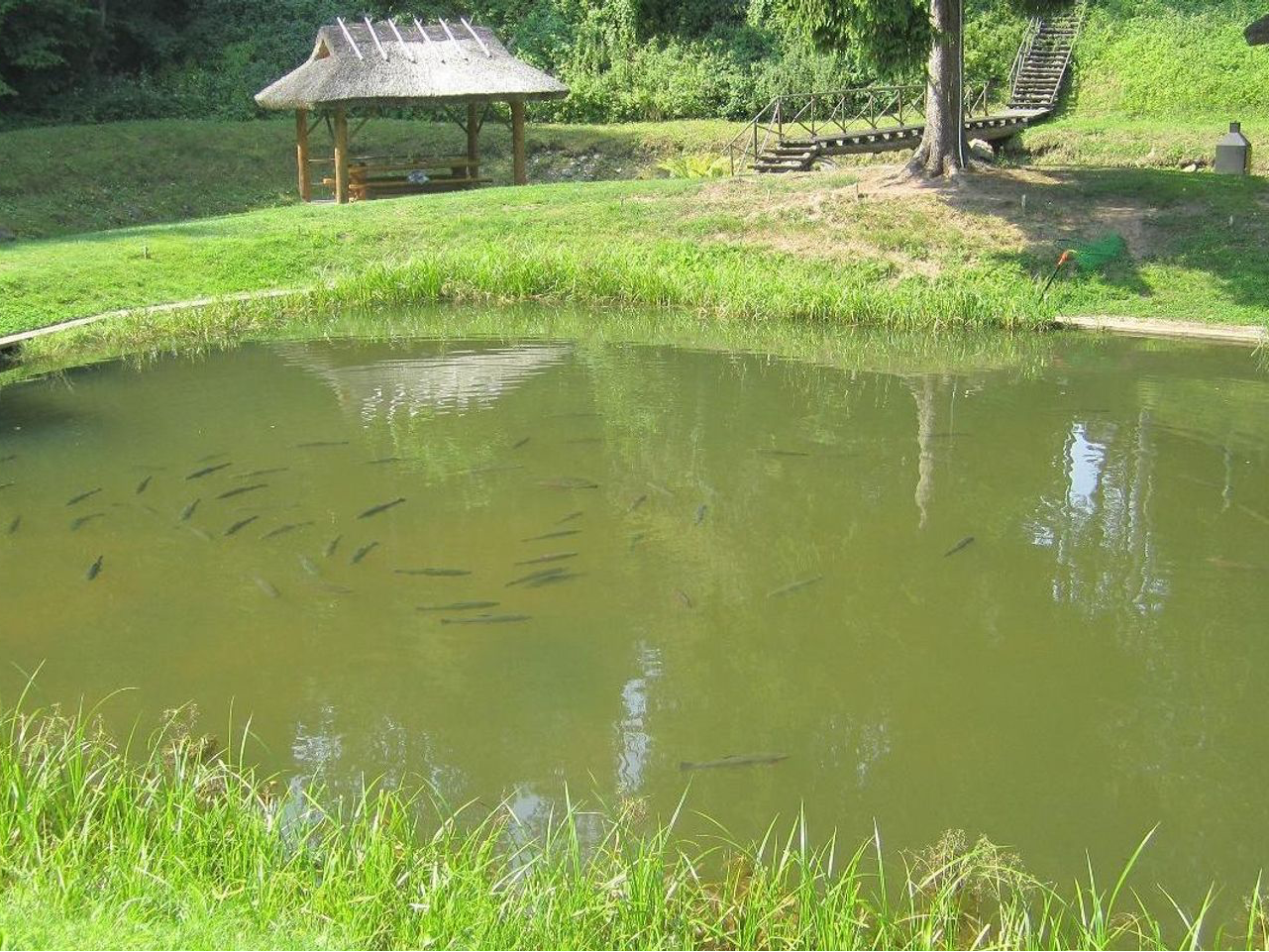
In Piusa Ürgorg Holiday Complex you can angle rainbow trout from the pond and have it cooked by the host family from early ... read more
SPECIAL PRICE
info@puhkemaja.ee
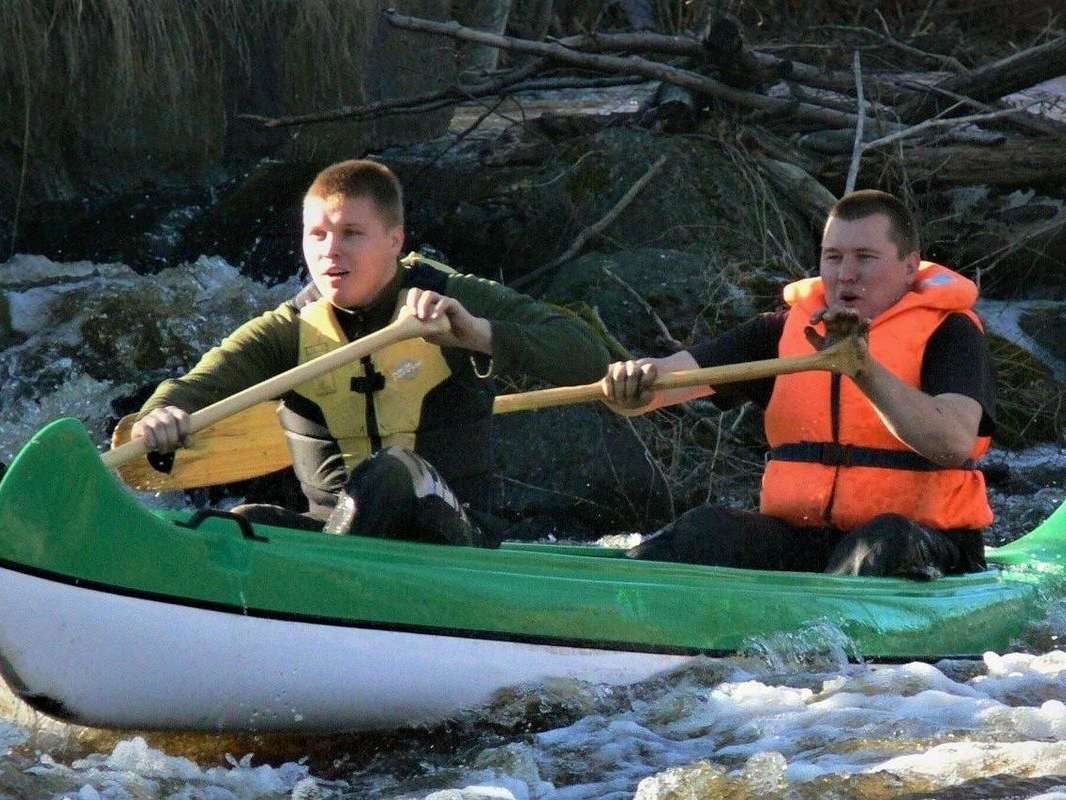
Roosu Farm organises canoeing trips on the well-tended part of the Võhandu River, also known as Pühajõe River. The trips ... read more
SPECIAL PRICE
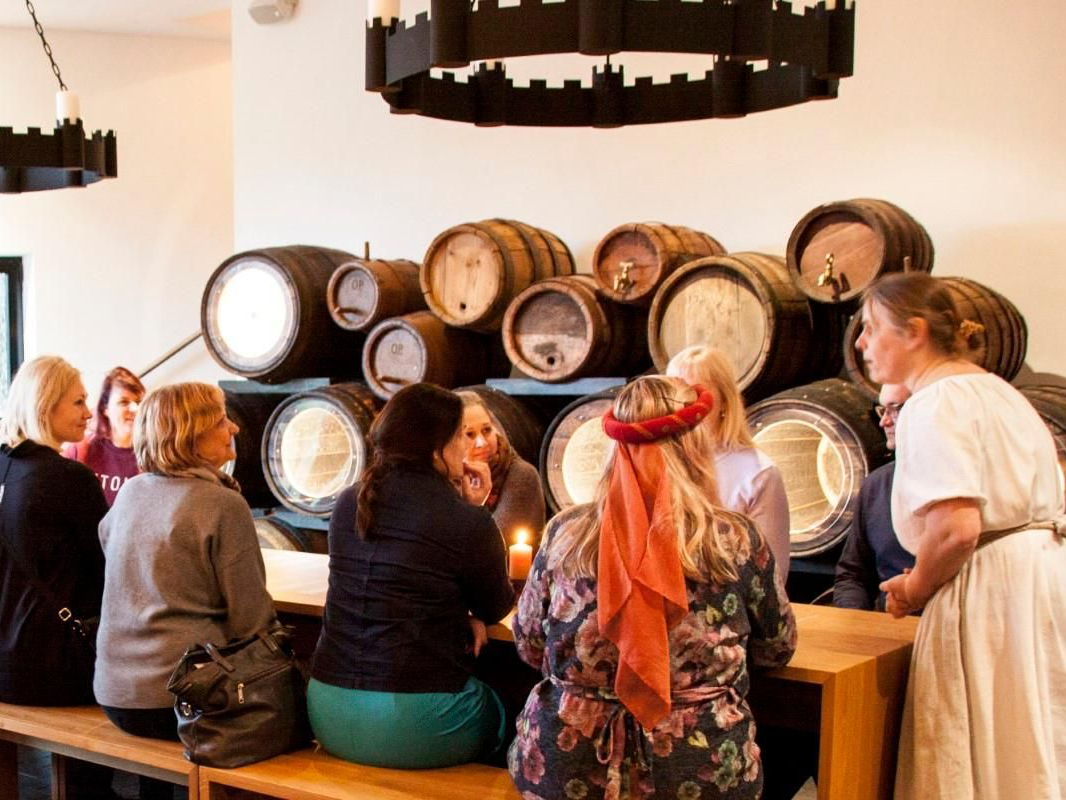
At Vastseliina Castle, you have the opportunity to take part in exciting time travels (in Estonian, English, Russian, and L... read more
SPECIAL PRICE
piiskopilinnus@gmail.com
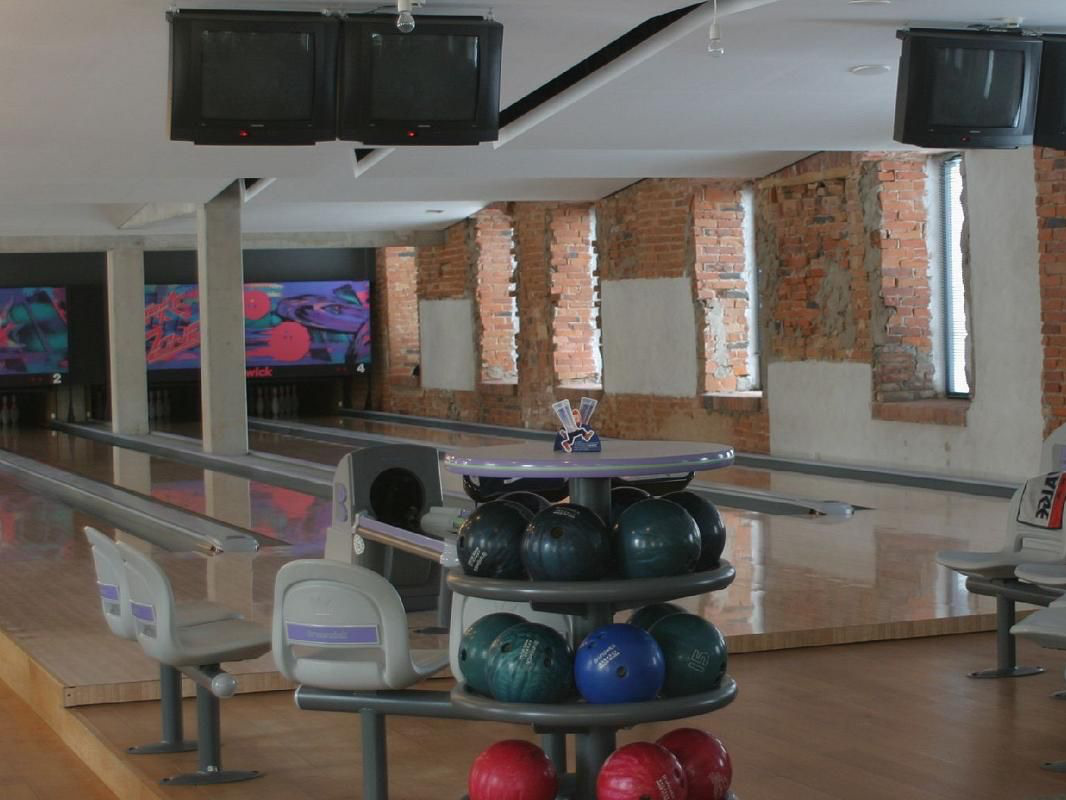
Visit the modern and airy leisure centre built on the walls of the old manor stable for some bowling. You will be greeted by... read more
SPECIAL PRICE
pjpk@pjpk.ee

Popular canoe trips take place on the picturesque and quiet rivers of Raudna, Halliste or Lemmjõgi. The duration of the tri... read more
SPECIAL PRICE
melu@melugrupp.ee
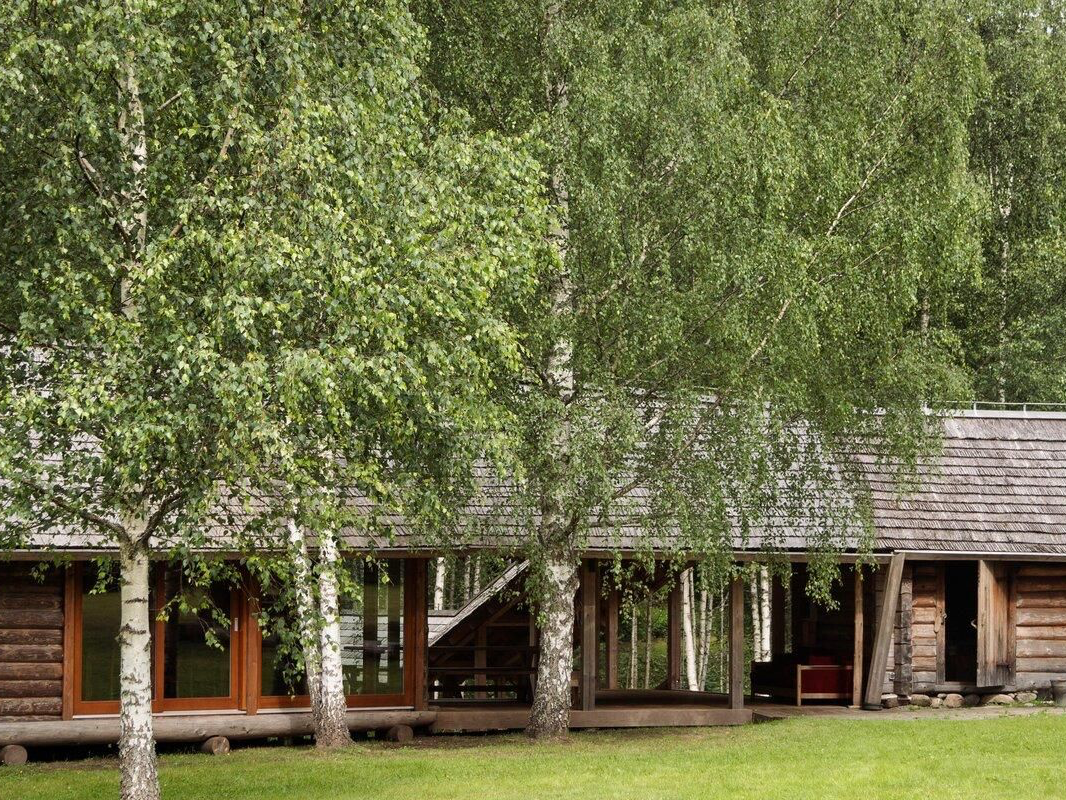
We welcome you between the indigenous forests near the Loodi Nature Park! Some years ago our smoke sauna was updated with an... read more
SPECIAL PRICE
info@metsatalu.ee
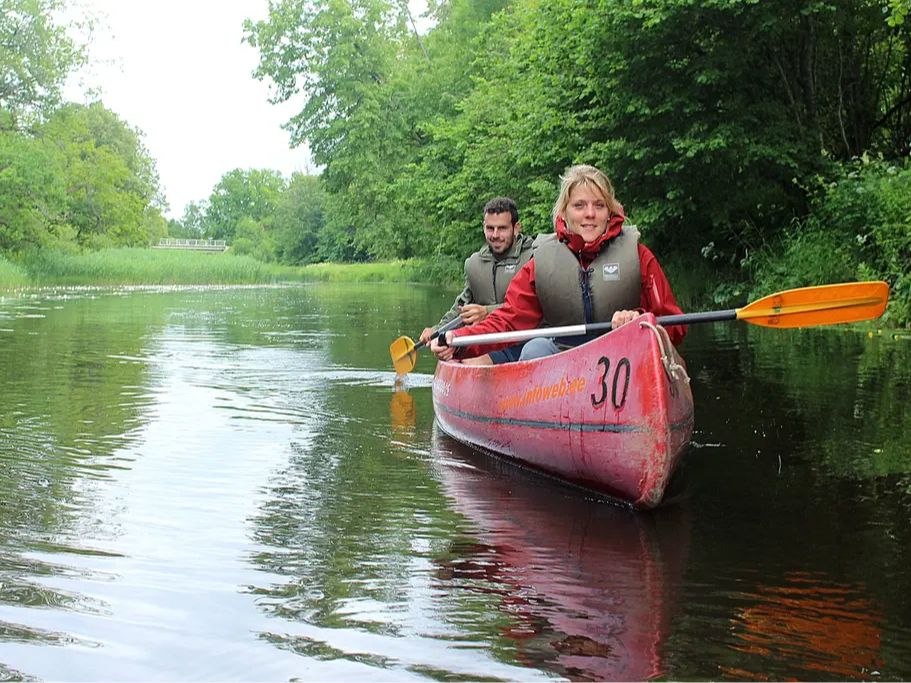
Paddling a canoe on a river is one of the best ways to get to know the nature of Soomaa National Park and naturally, it is a... read more
SPECIAL PRICE
info@soomaa.com
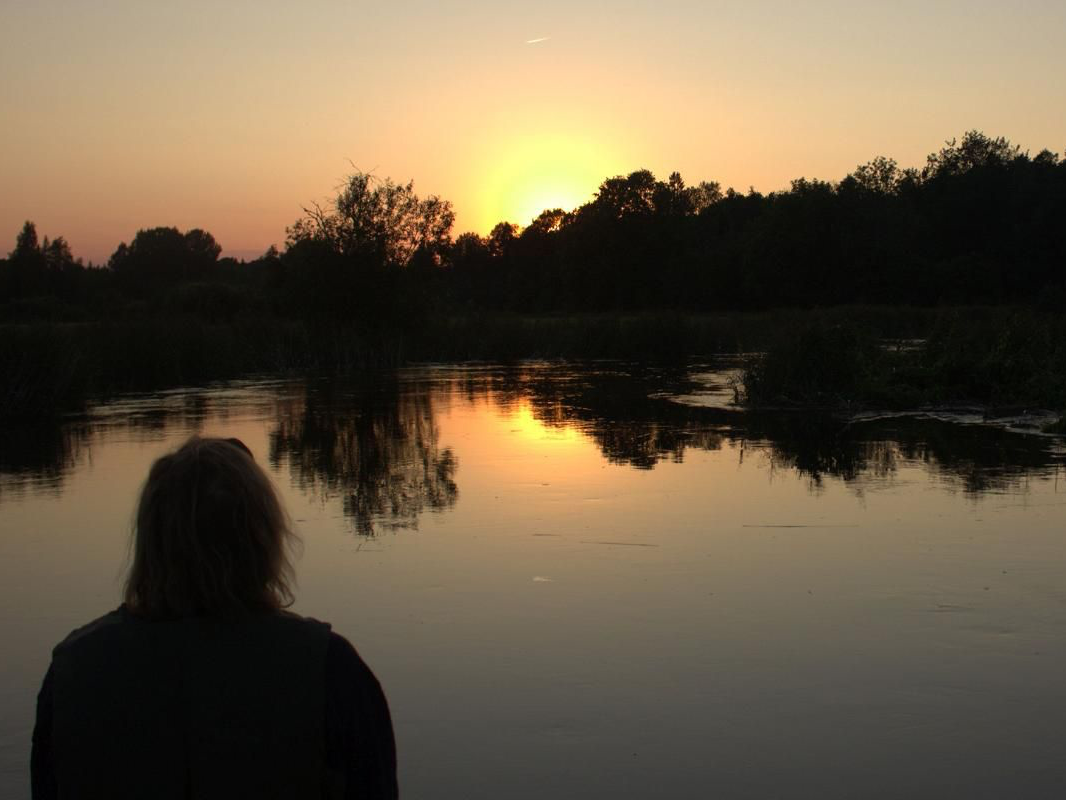
Beavers prefer to move around in the night and rest during the daytime. Therefore, the beaver safaris with canoes take place... read more
SPECIAL PRICE
info@soomaa.com
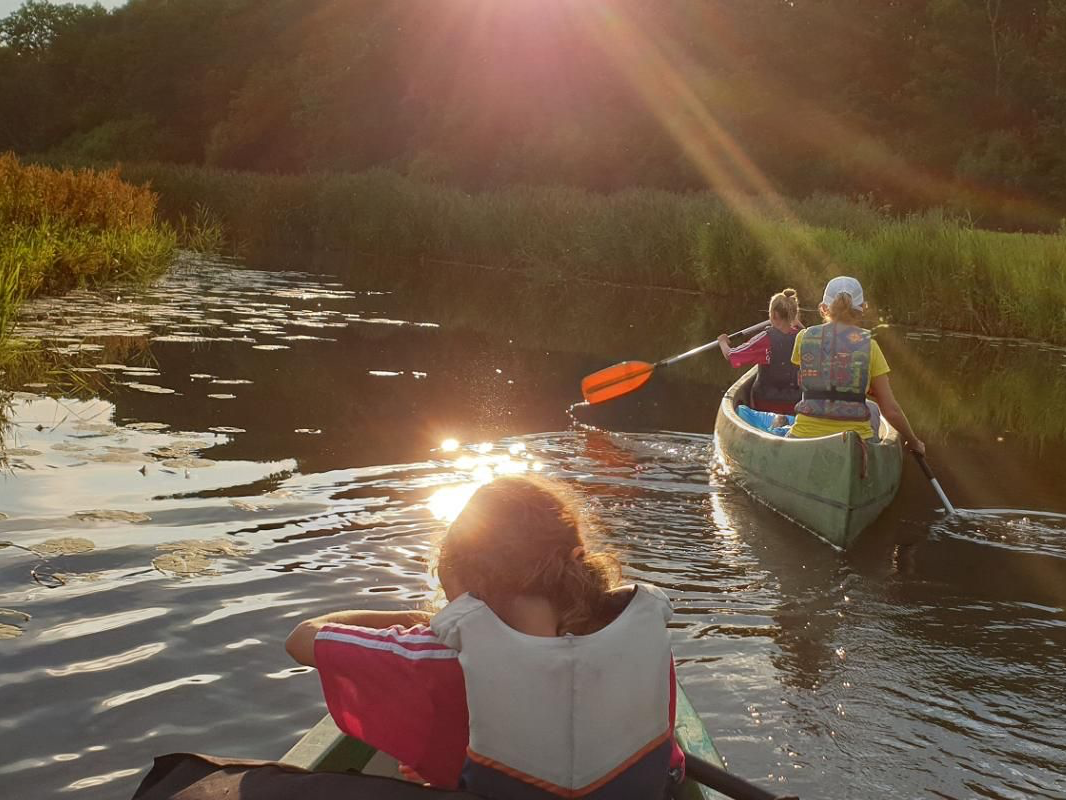
The best way to make the most of the white summer nights is to go hiking! Night canoe trip is an exotic way of spending warm... read more
SPECIAL PRICE
info@soomaa.com
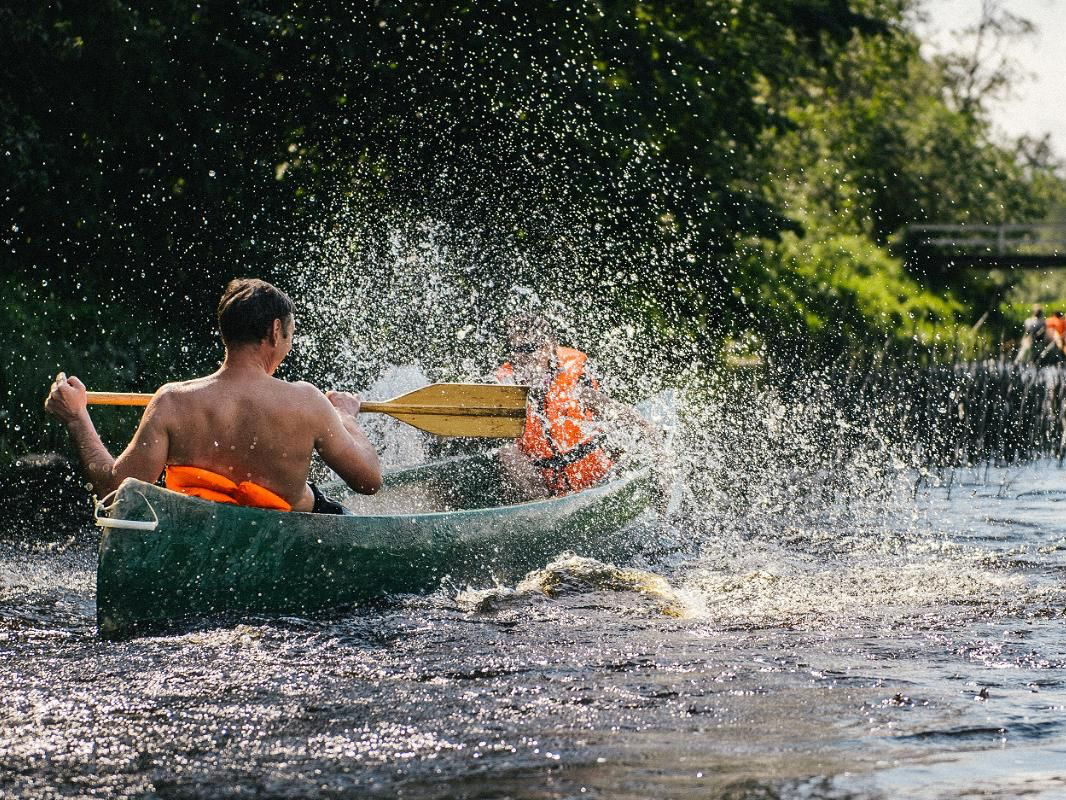
Vanaõue Holiday Centre offers plenty of ways to enjoy a getaway in nature. Those looking for a more active break can go hik... read more
SPECIAL PRICE
info@vanaoue.ee

Come and remove seals from the honey combs freshly taken from the hive, spin, sift and put the pure honey from Pärnumaa int... read more
SPECIAL PRICE
aeglanehetk@aeglanehetk.ee
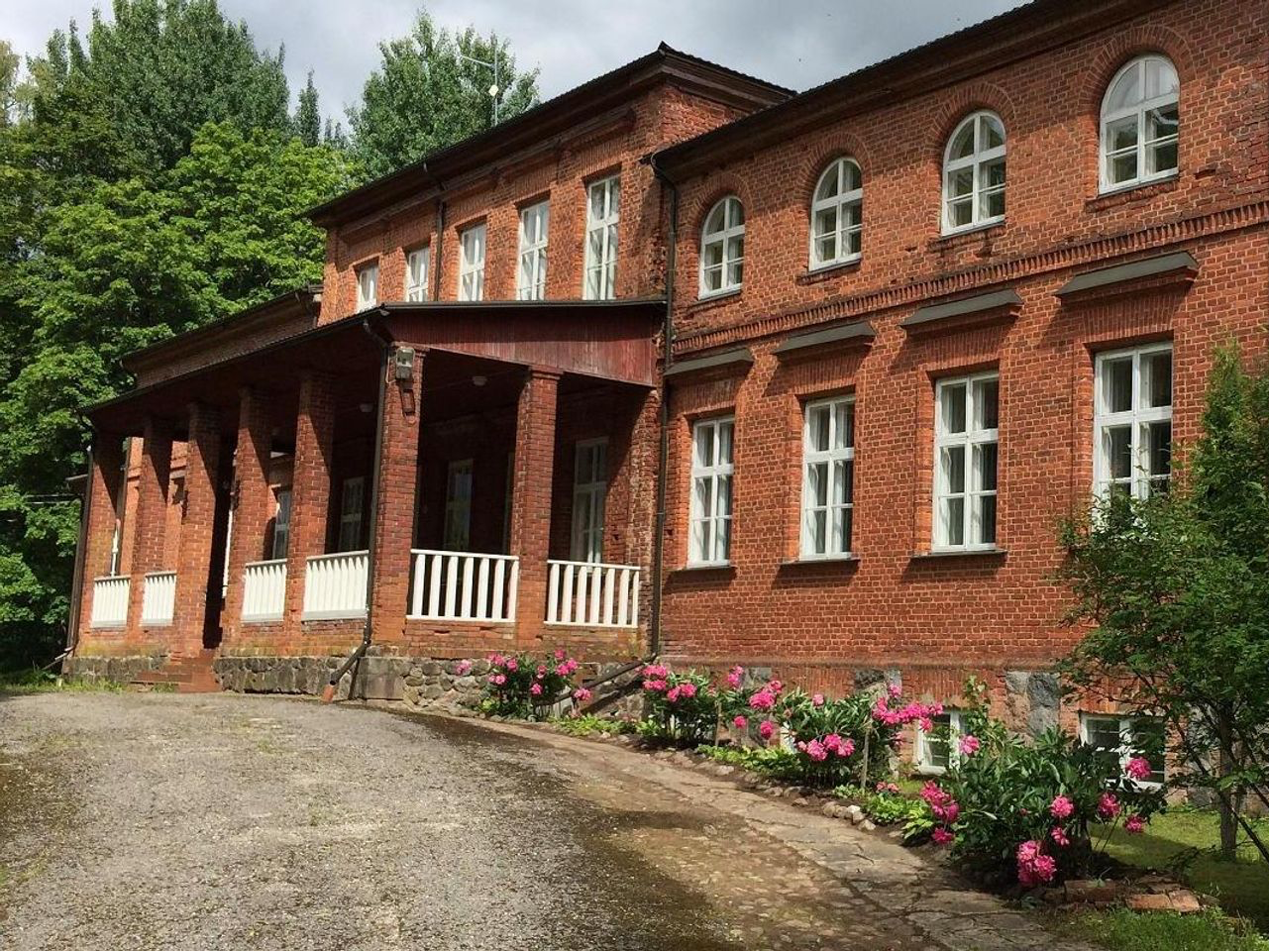
The manor produces artisan wine from Estonian berries and fruit.The production takes place in the historical mansion of the ... read more
SPECIAL PRICE
info@allikukivi.ee
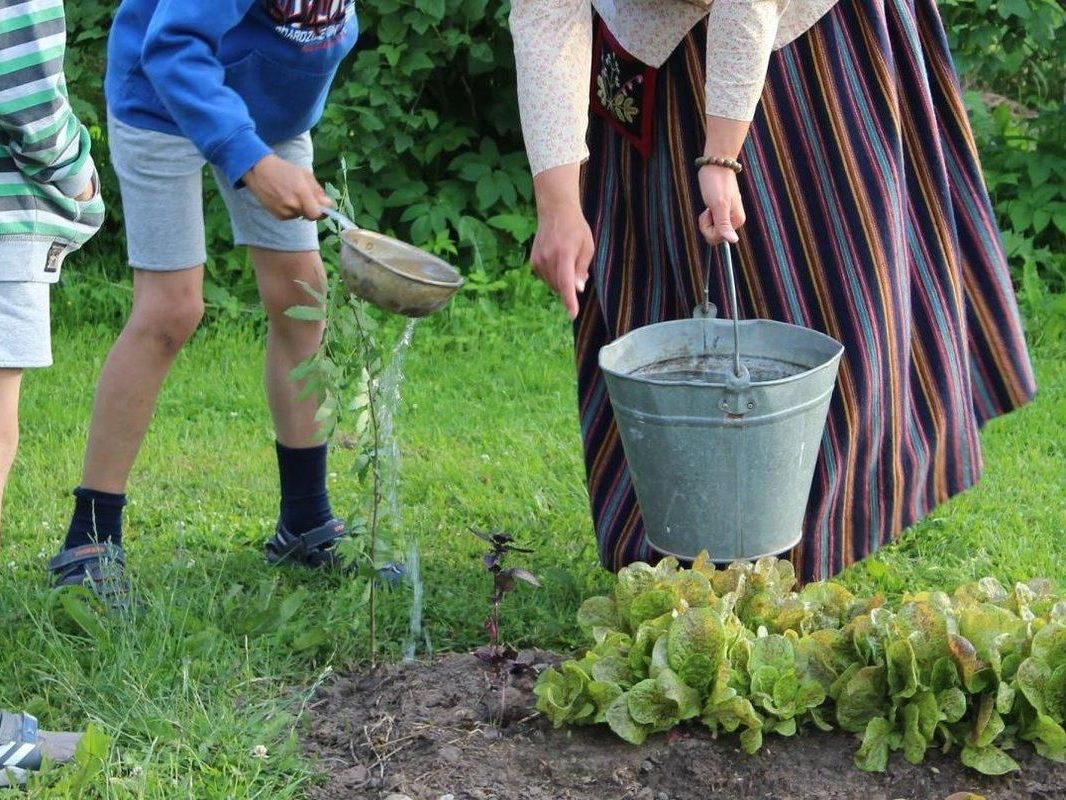
In the museum, which includes an operating farm, we will introduce Estonian food traditions, the effect of seasons on the fa... read more
SPECIAL PRICE
kurgja@memu.ee

The museum, in which a farm still operates, takes its guests to the former Christmas time, when people did not know Santa an... read more
SPECIAL PRICE
kurgja@memu.ee
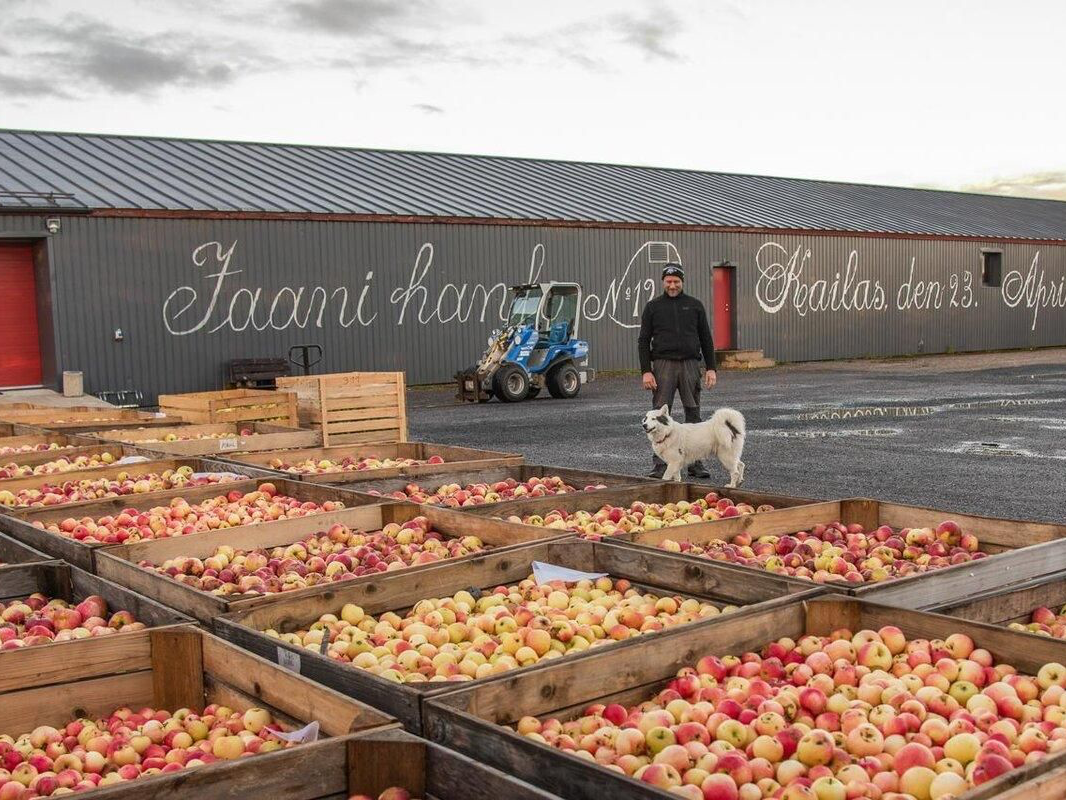
Jaanihanso Cider House makes cider from natural Estonian apples. The cider is pressed at the spot in the late autumn from t... read more
SPECIAL PRICE
cider@jaanihanso.ee
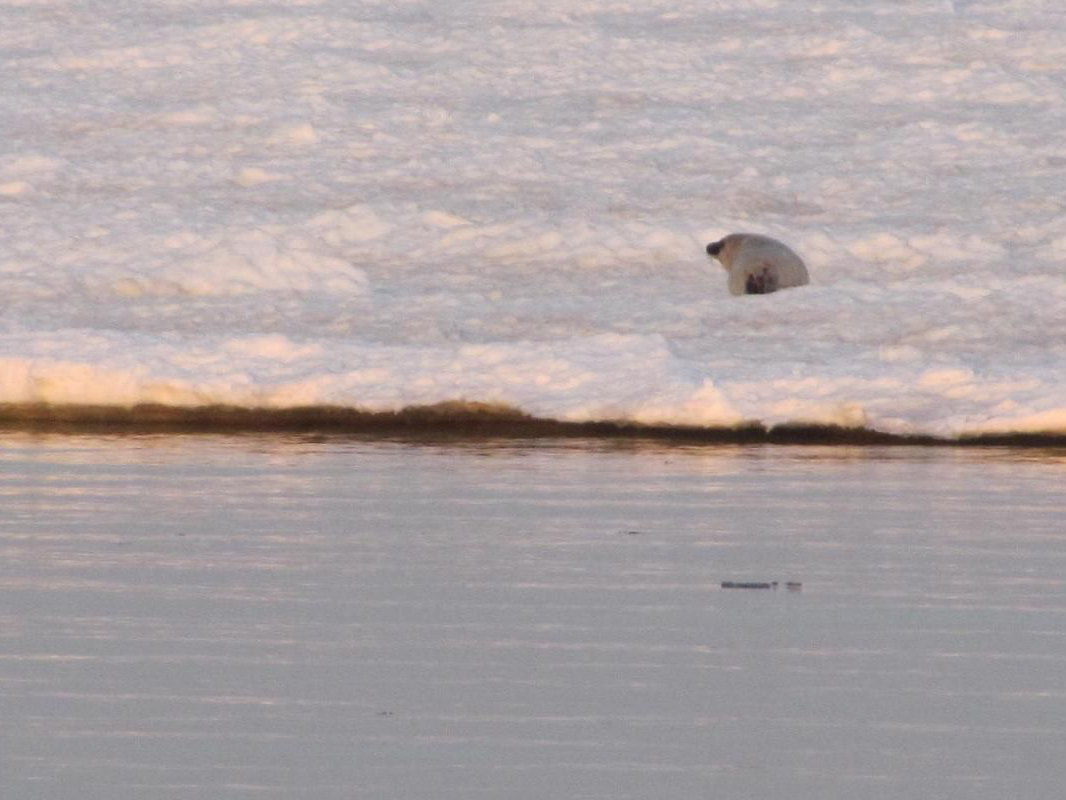
Kihnu is lovely even when it is cold! Put on warm clothes and come and enjoy the charm of Kihnu island in winter! The three-... read more
SPECIAL PRICE
info@puhkakihnus.ee
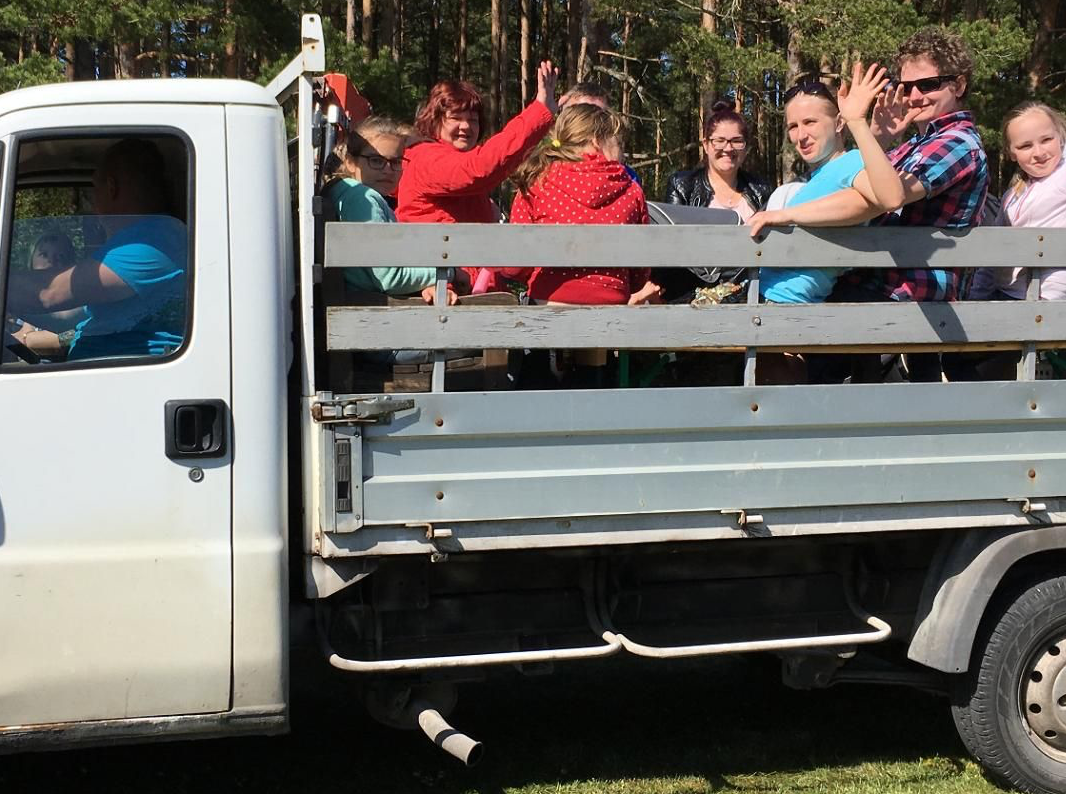
Are you planning to visit Kihnu Island for a short time with your friends? A great way to explore the island is riding in a ... read more
SPECIAL PRICE
info@puhkakihnus.ee
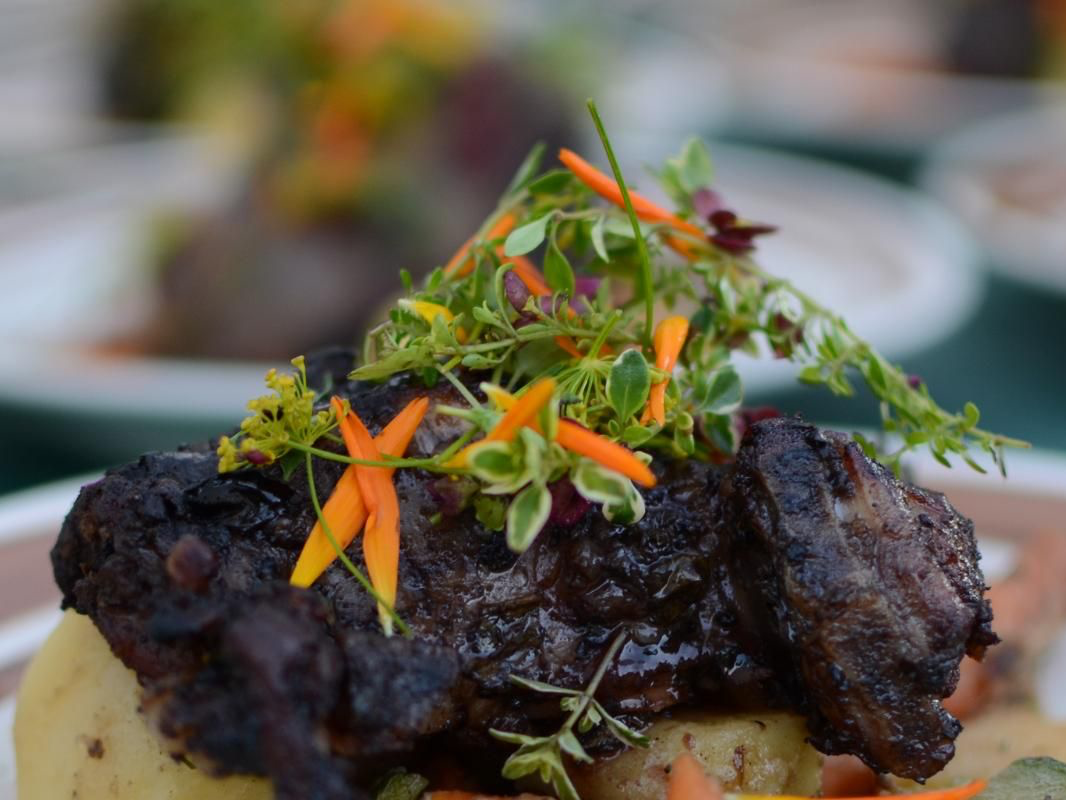
The cooking workshop 'Let us make our own food!' is perfect for people interested in gastronomy. Together, we will make deli... read more
SPECIAL PRICE
info@klaaramanni.ee
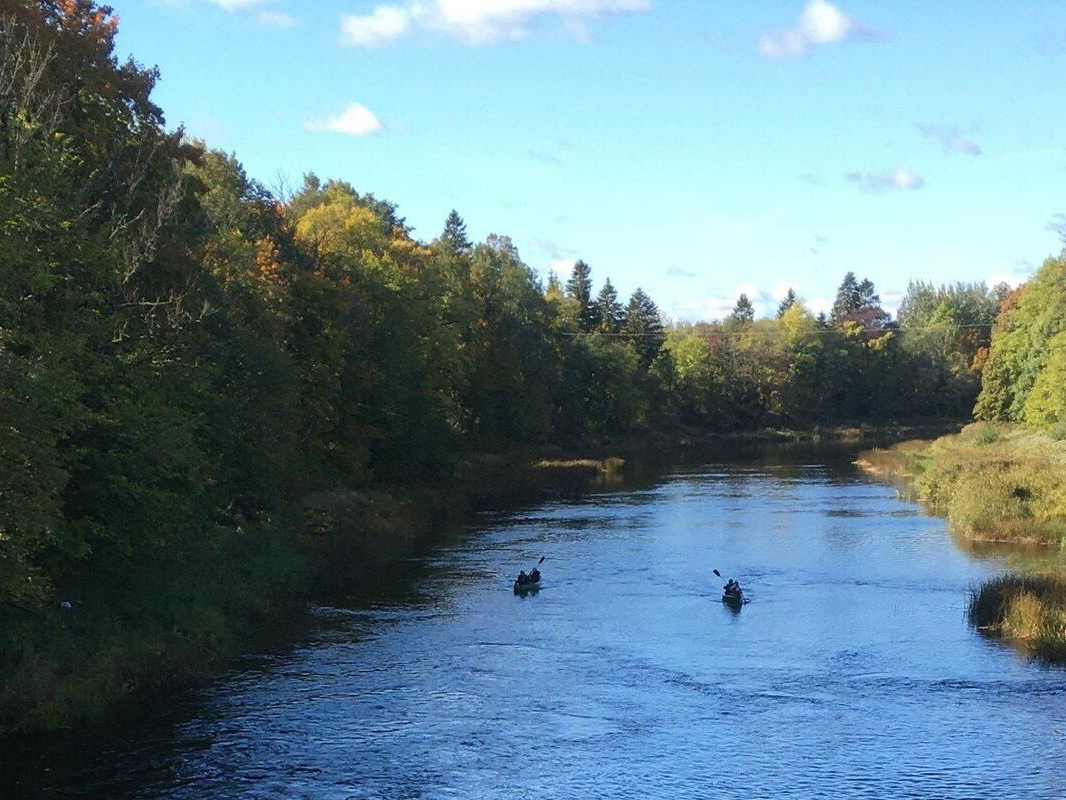
Time moves differently on the river... Come and see where the Navesti and Pärnu rivers meet. Enjoy a canoe trip on your own... read more
SPECIAL PRICE
levikivi@levikivi.ee

Levikivi is located near the protected area of Soomaa National Park. The key to which we firmly hold here is pure natu... read more
SPECIAL PRICE
levikivi@levikivi.ee

Levikivi farm is located in the beautiful Soomaa region, between Tori and Jõesuu, on the high bank of the Pärnu river. We ... read more
SPECIAL PRICE
levikivi@levikivi.ee
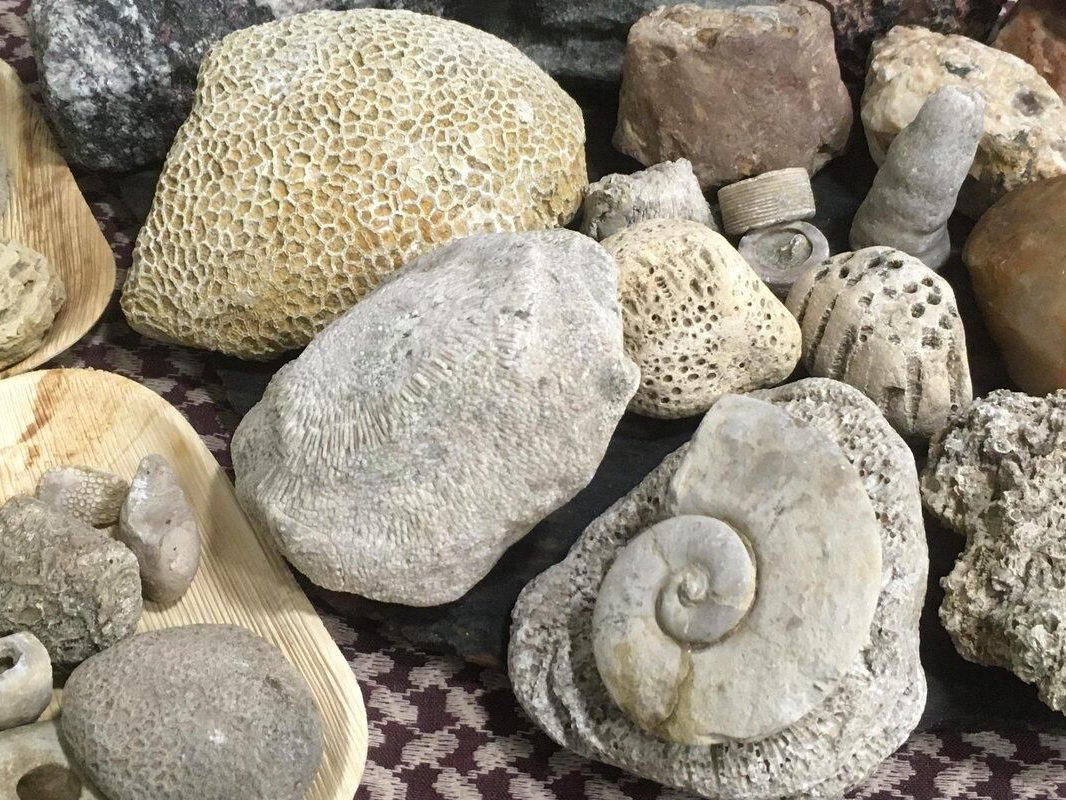
Estonian natural stone, enhanced! Natural fieldstone can be used for many different products for construction, gardens or fo... read more
SPECIAL PRICE
levikivi@levikivi.ee
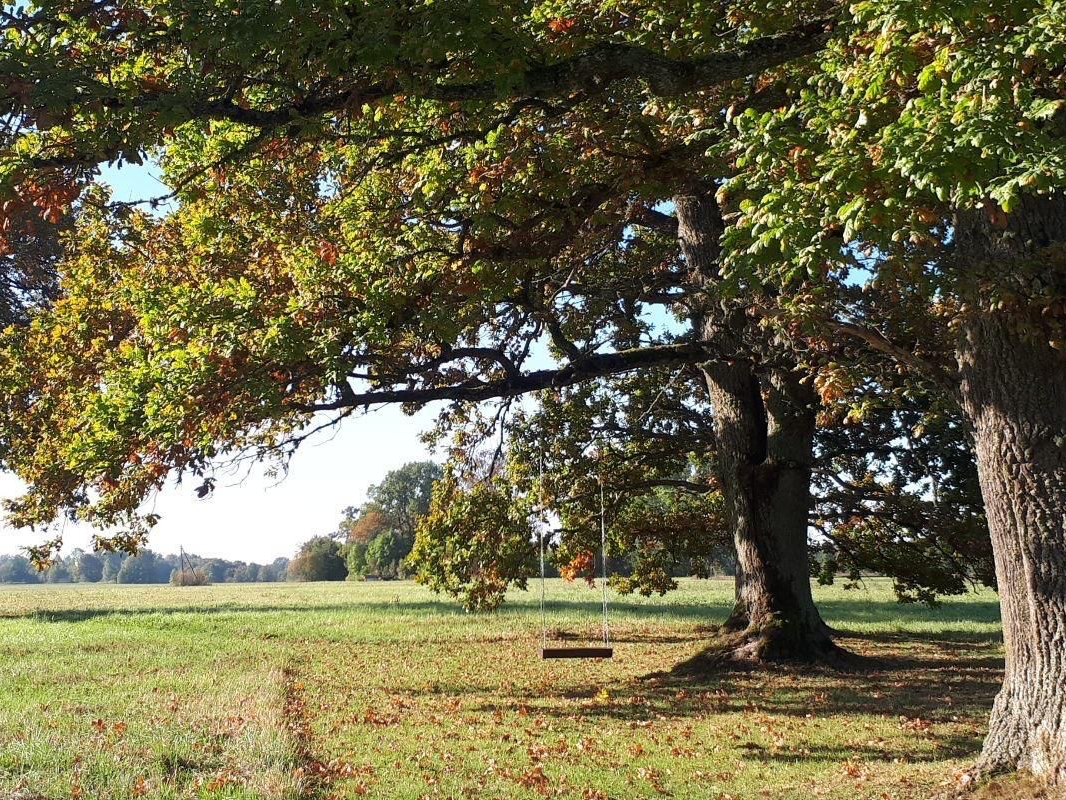
Valuing native habitats and people's memories, we will open a treasure trove of local folklore stories and legends. We will ... read more
SPECIAL PRICE
levikivi@levikivi.ee
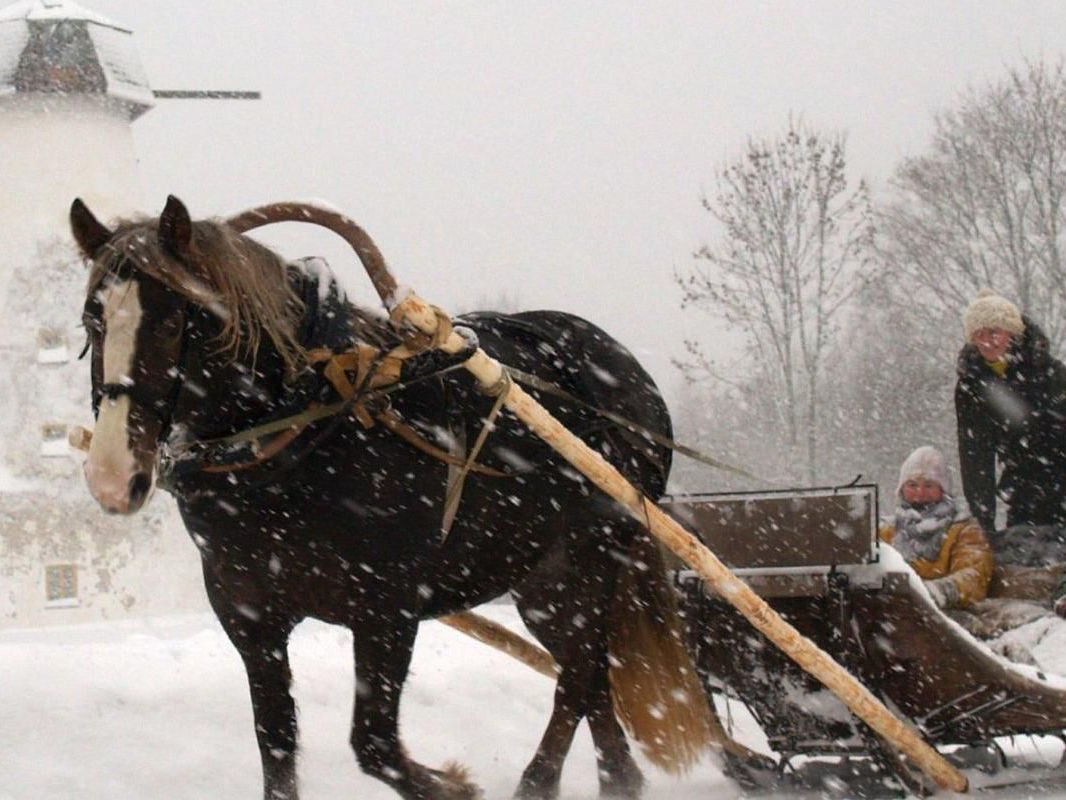
We welcome you to Maria Farm to enjoy a real winter experience!During the sleigh ride along the endless forest roads, you ca... read more
SPECIAL PRICE
sales@maria.ee
www.maria.ee/en/equestrian-centre/horse-cart-and-sleigh-ride
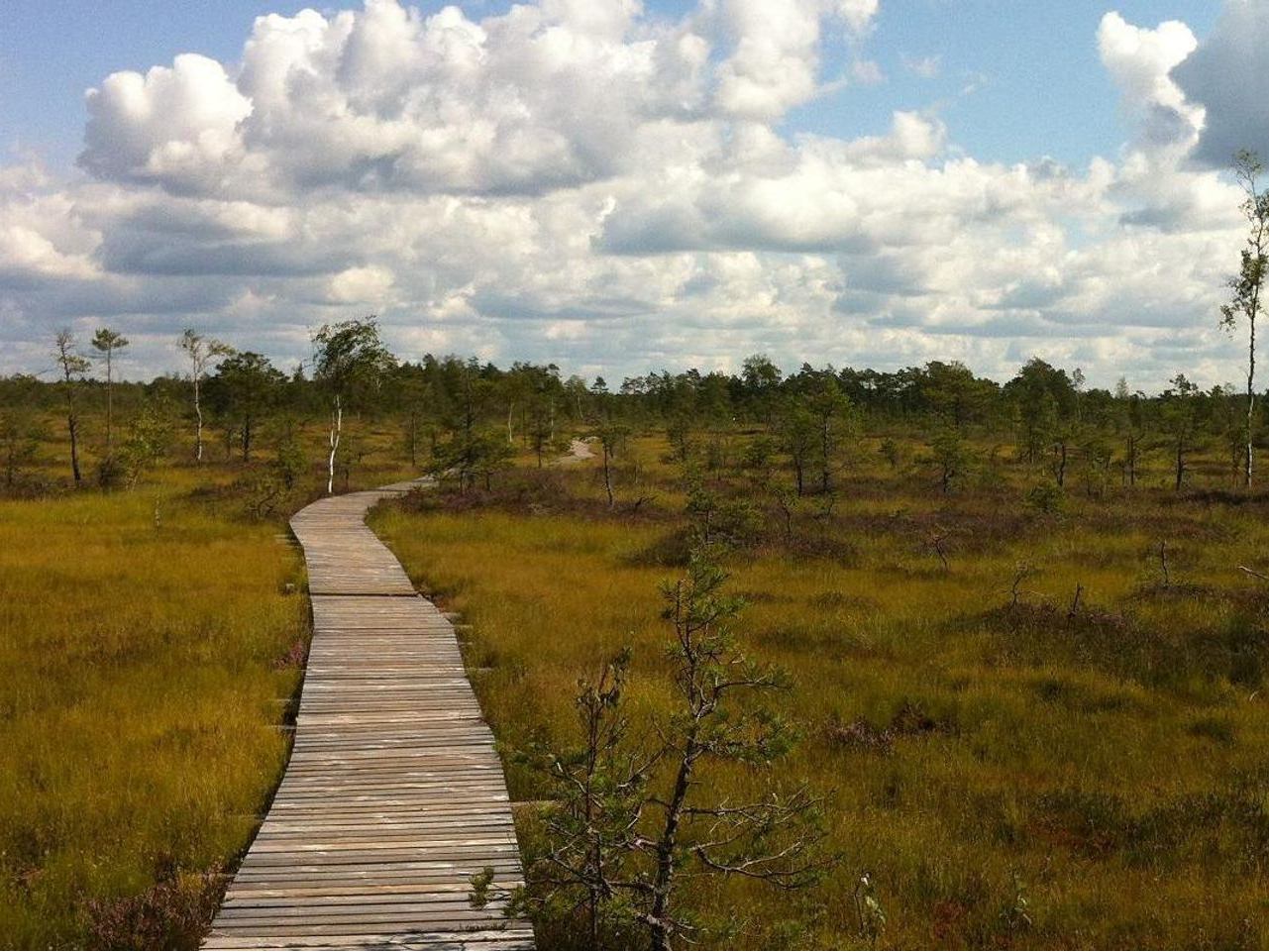
We will go for a relaxed hike with the hostess of Nurka Farm along the boardwalks and foot paths of Tolkuse bog, learn about... read more
SPECIAL PRICE
vip@vipreisid.ee

Piesta Kuusikaru farm in Pärnu County welcomes visitors interested in local products and history. The restored family farm,... read more
SPECIAL PRICE
kylli@kuusikaru.eu
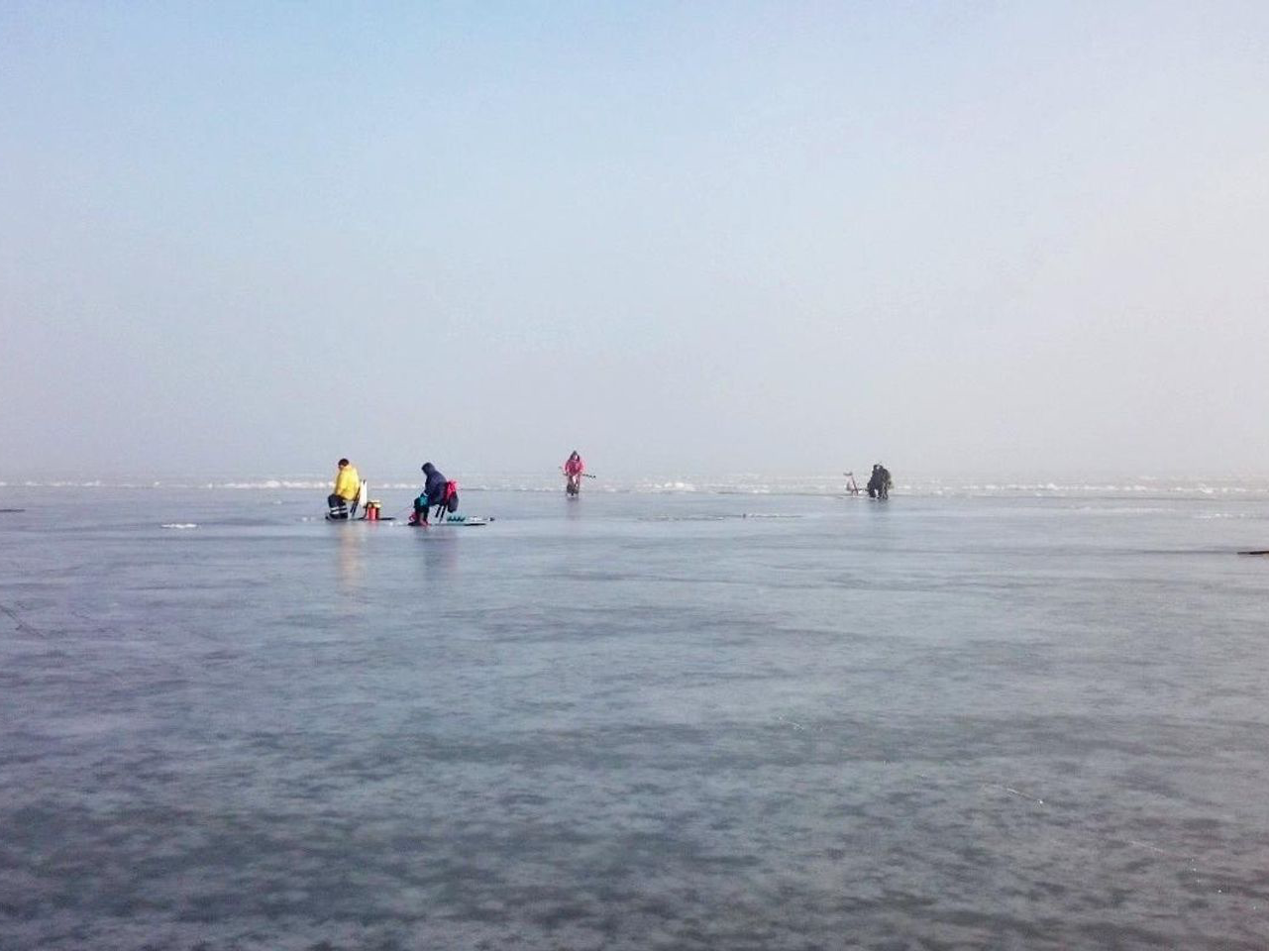
Enjoy a beautiful winter day ice fishing with friends or family. We choose the fishing spot in Pärnu County according to we... read more
SPECIAL PRICE
info@fishingvillage.ee
www.fishingvillage.ee/accommodation/packages-with-accommodation
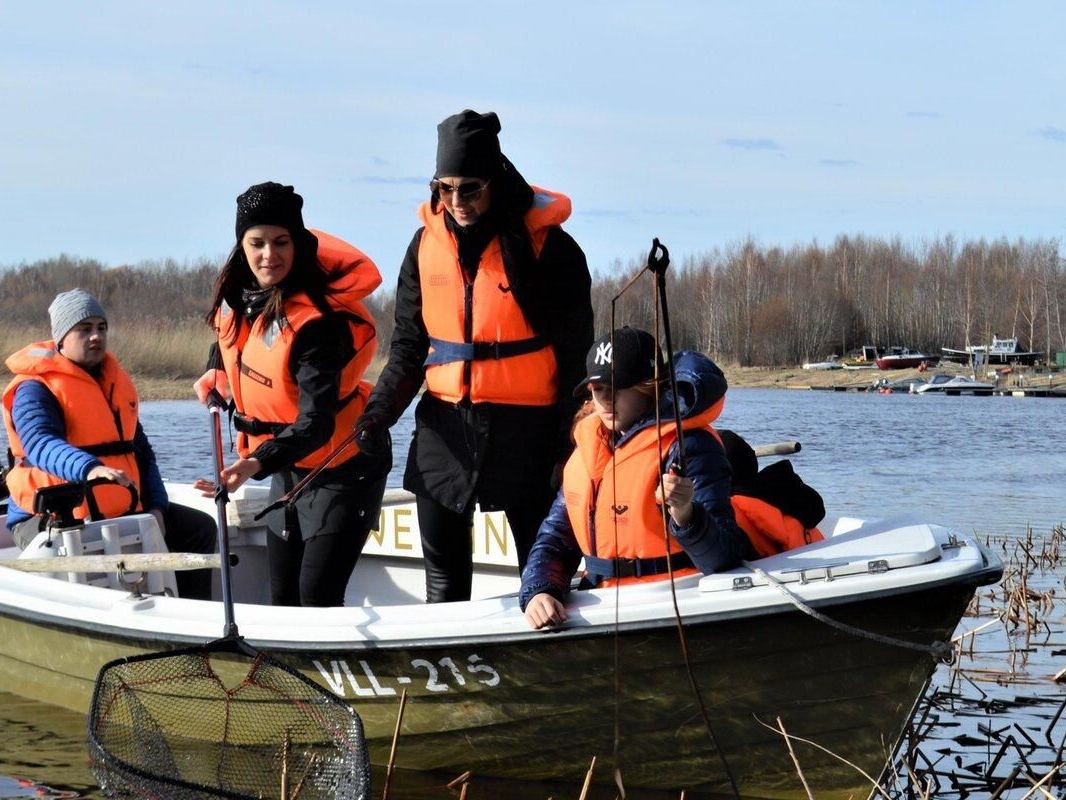
Come and spend a nice memorable day in Kaluriküla with your family, loved one or friends and contribute to a cleaner enviro... read more
SPECIAL PRICE
info@fishingvillage.ee
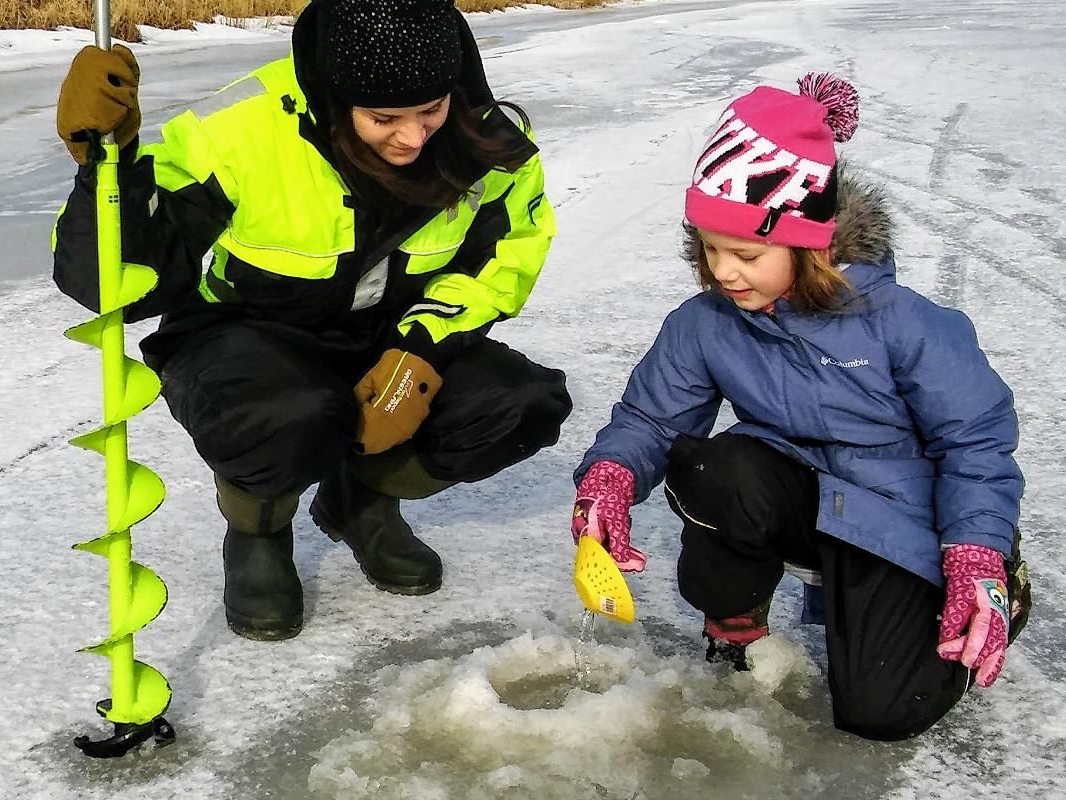
If you have some free time in Pärnu and want to spend it with your family, friends, or colleagues in the fresh air, we reco... read more
SPECIAL PRICE
info@fishingvillage.ee
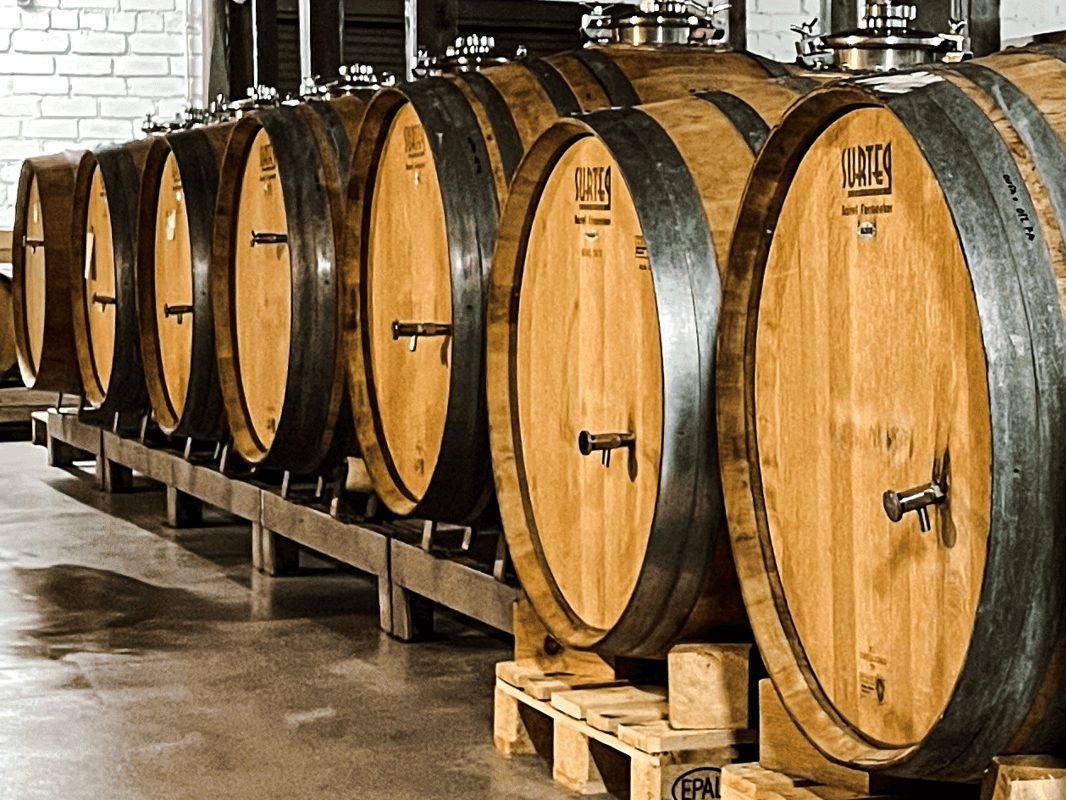
During the tour, which has received the EHE quality mark, we will introduce the organic cultivation of fruit trees, the proc... read more
SPECIAL PRICE
info@siidritalu.ee
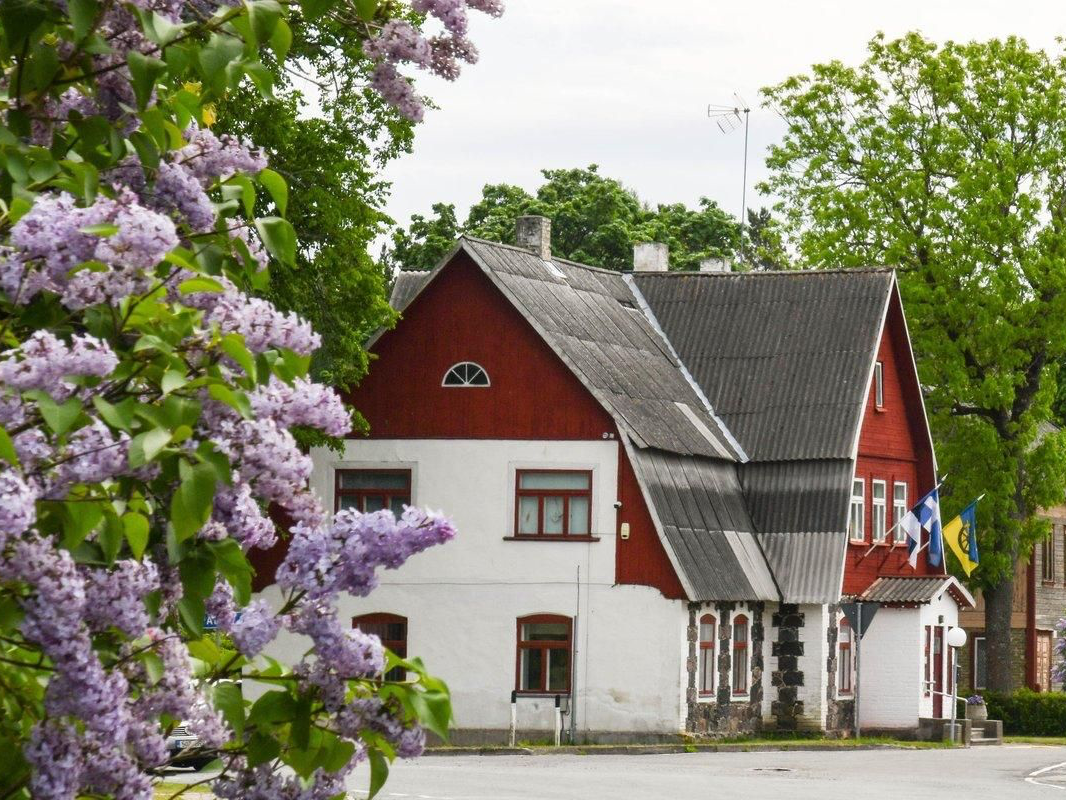
The colourful history of Tõstamaa will be revealed on the guided tour that introduces both the bustling small town and the ... read more
SPECIAL PRICE
mois@tostamaa.ee

Tõstamaa Manor is the pride of Pärnu County, as the many rooms of the post-classicist style mansion have unique ceiling an... read more
SPECIAL PRICE
mois@tostamaa.ee

Roosta Holiday Village's two-lane bowling alley does not require any preparation from the player besides a bit of fun and ac... read more
SPECIAL PRICE
roosta@roosta.ee
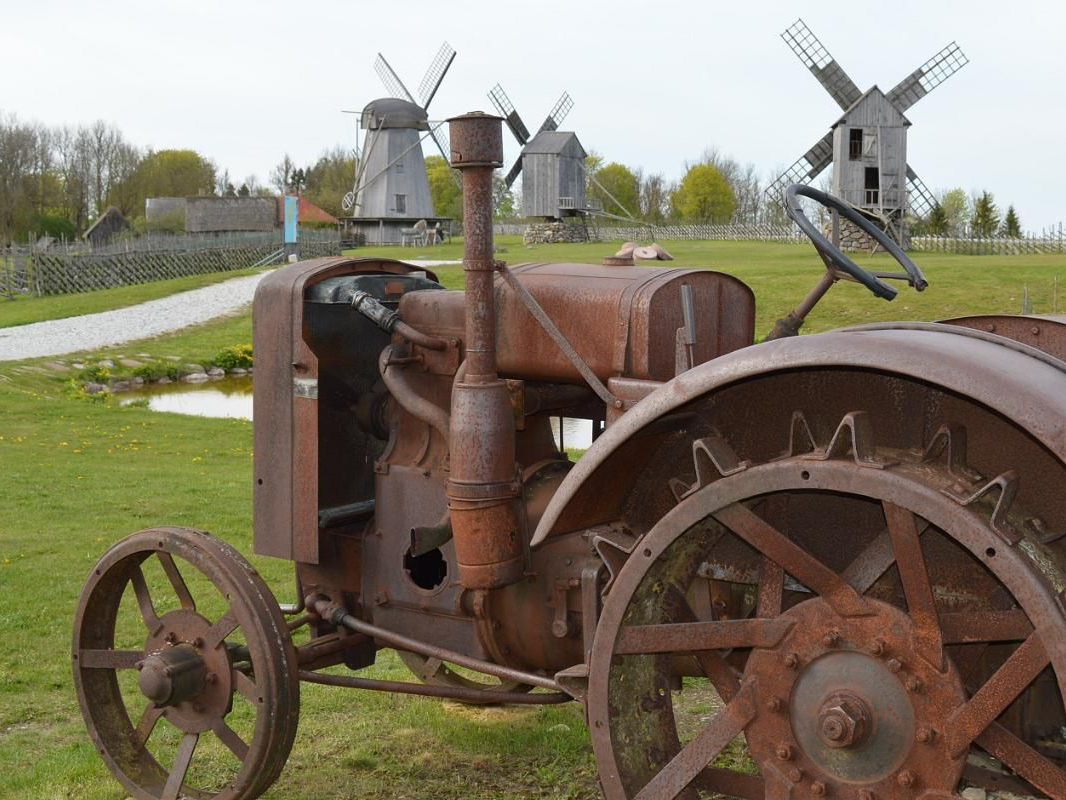
Angla Heritage Culture Centre offers five different workshops which have been named after the windmills located next to the ... read more
SPECIAL PRICE
angla@kylastuskeskus.ee
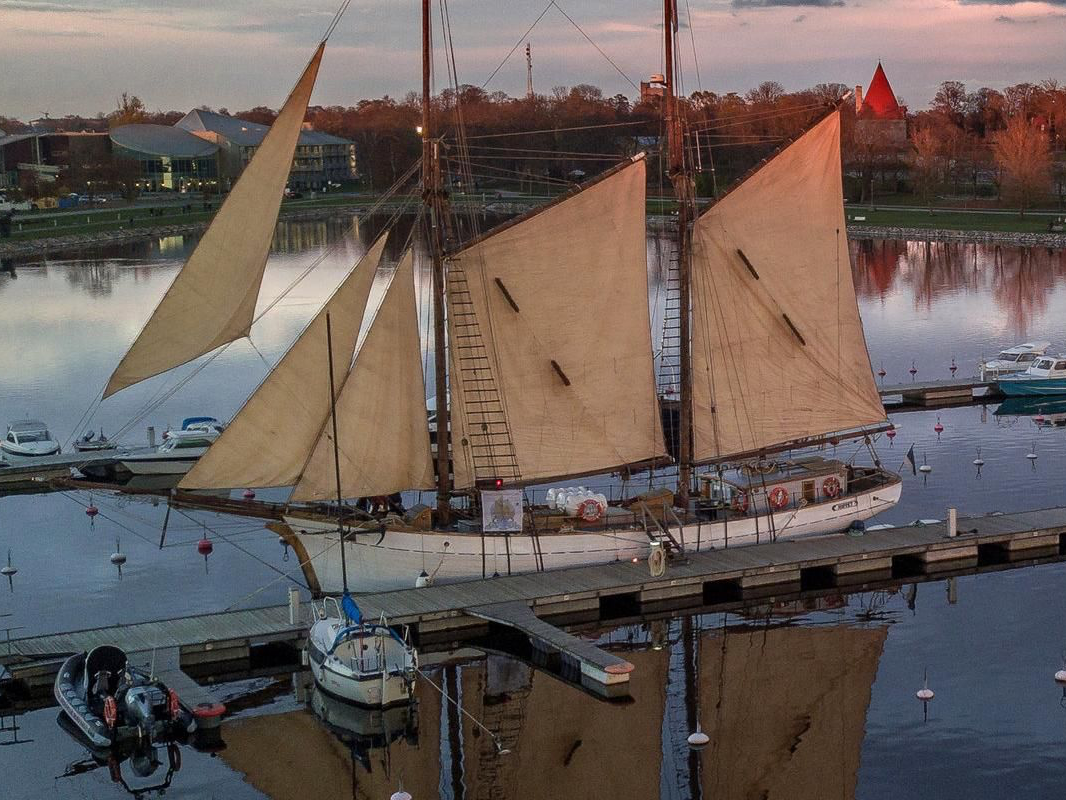
The most beautiful ship of the Republic and the only remaining ship built in Estonia during the pre-war period still sailing... read more
SPECIAL PRICE
hoppet@purjelaevad.ee
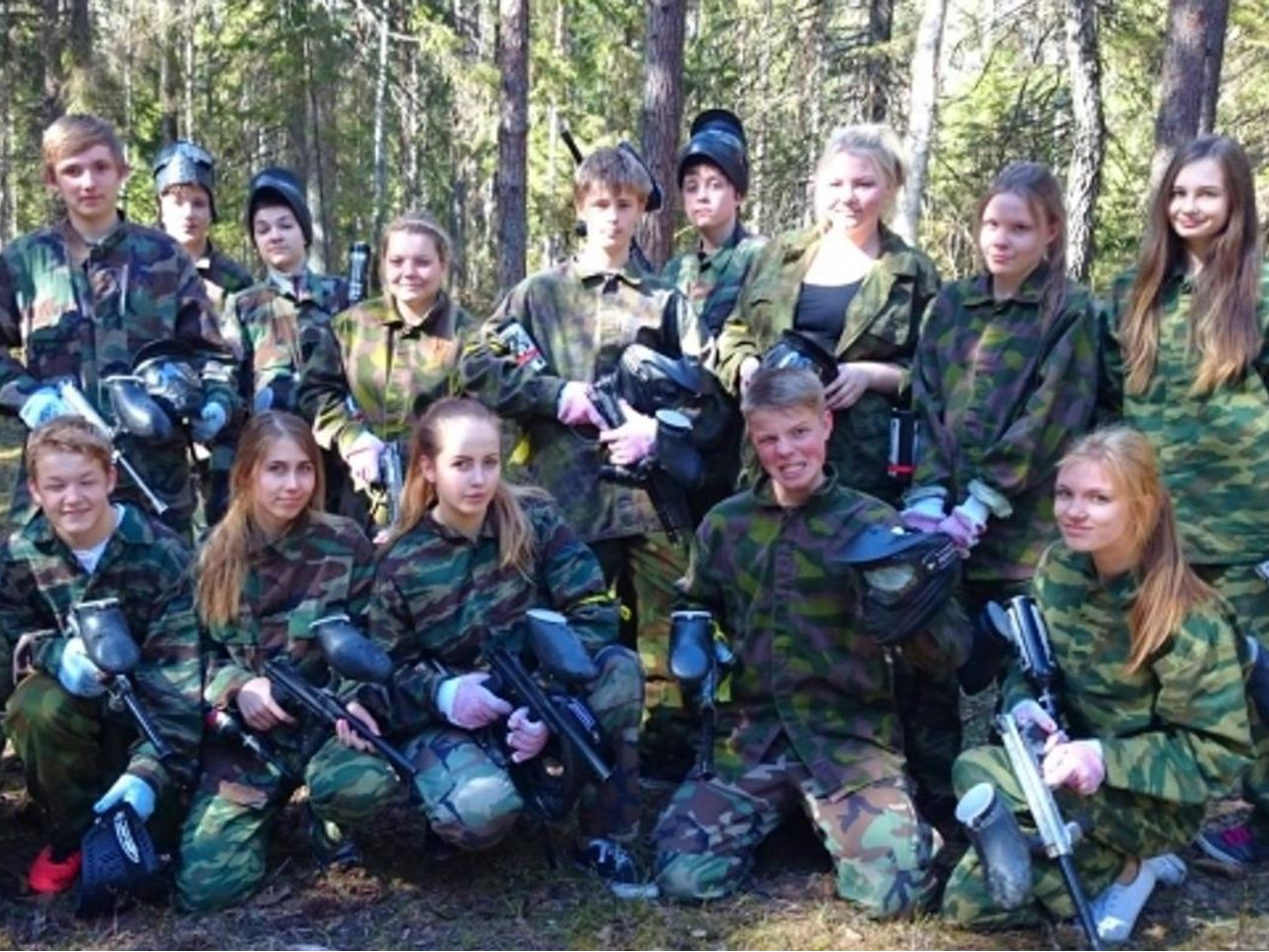
Adrenaline-filled paintball battles await you at Pidula Holiday Village. Come with an 8-member team and 2 hours of excitemen... read more
SPECIAL PRICE
info@pidulaforell.ee
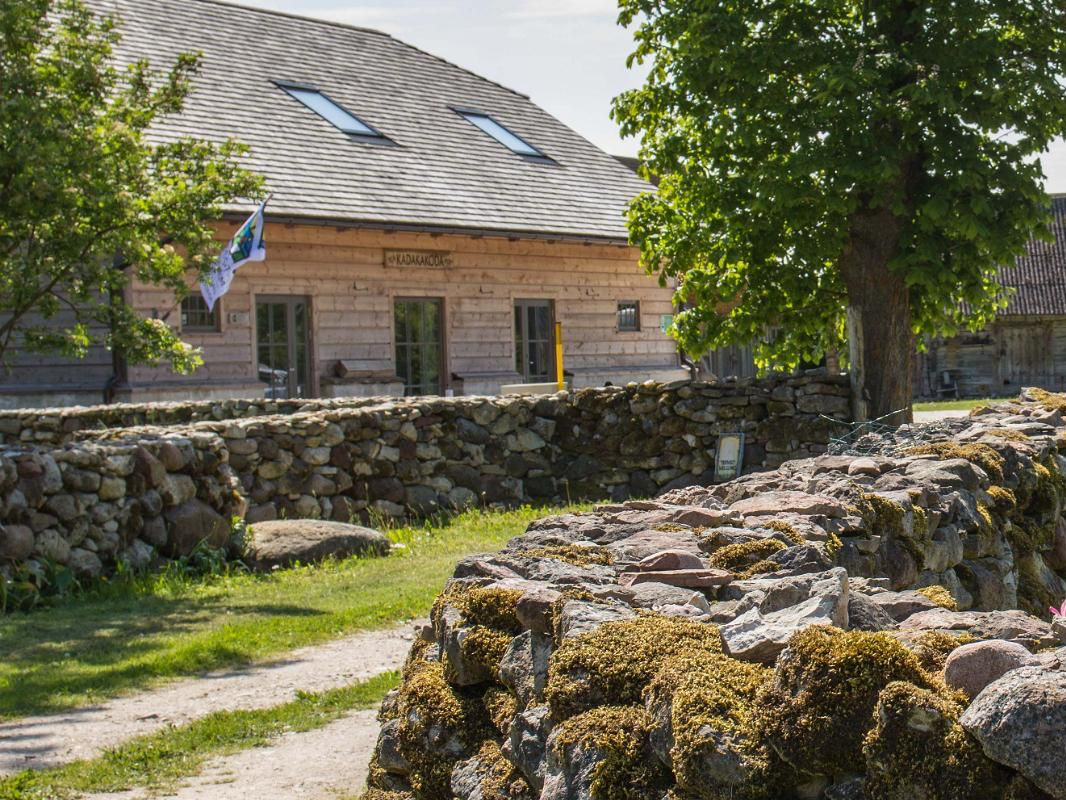
In the almost 500-year-old Leedri village in Western Saare County, syrup masters cook an enchanting delicacy from juniper an... read more
SPECIAL PRICE
kadakakoda@gmail.com
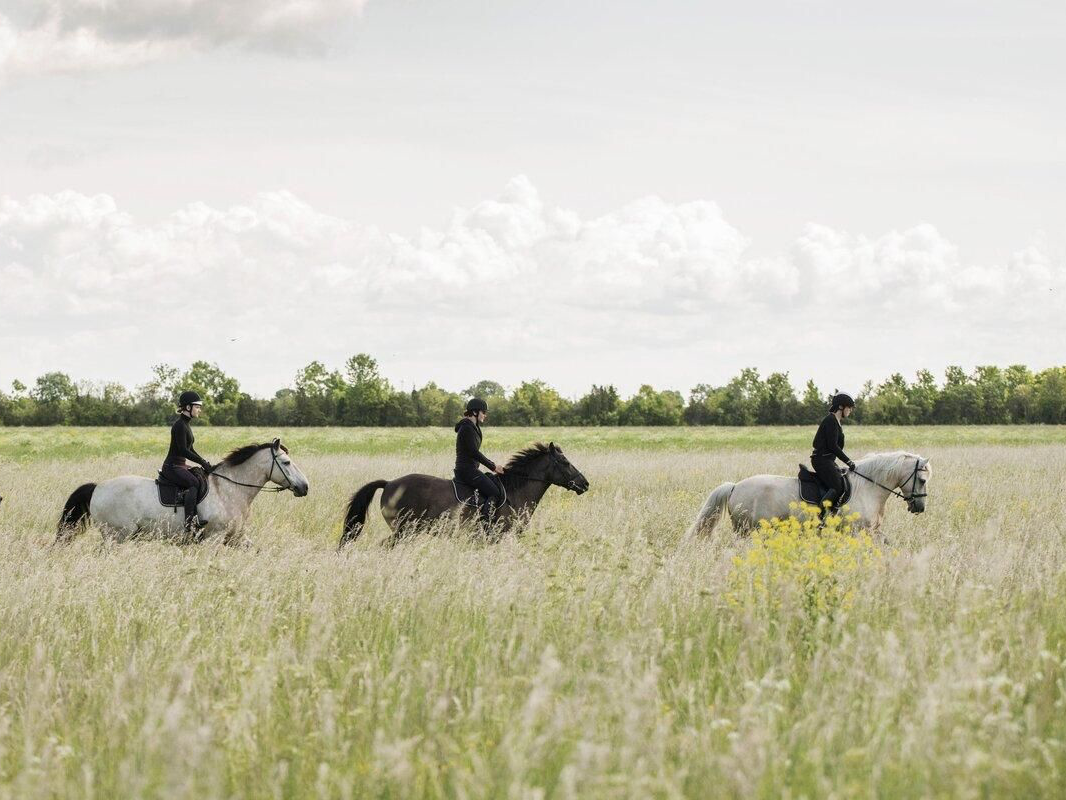
Offering a wide selection of horseback and carriage trips, this expedition gives visitors the chance to take an Estonian hor... read more
SPECIAL PRICE
tihusetalu@gmail.com

Tika Farm gives you the chance to go horse-riding in nature accompanied by a guide who knows the area. Our horses take us to... read more
SPECIAL PRICE
info@tikatalu.ee
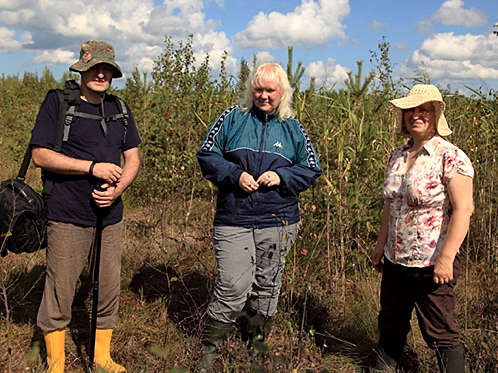
There are several nature reserves close to Häädemeeste, but also in 100 km distance. Wooden trails, information boards and... read more
SPECIAL PRICE
info@kollamaa.ee
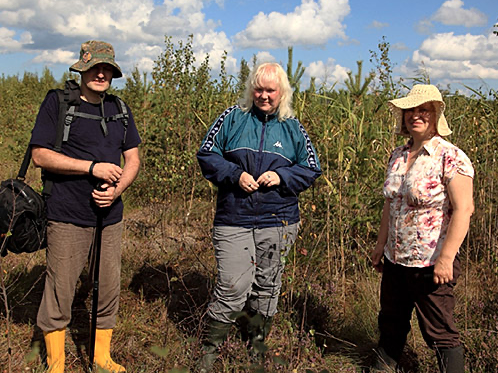
There are several nature reserves close to Häädemeeste, but also in 100 km distance. Wooden trails, information boards and... read more
SPECIAL PRICE
info@kollamaa.ee
www.kollamaa.ee/17-guided-tours-study-tours-and-workshops.html
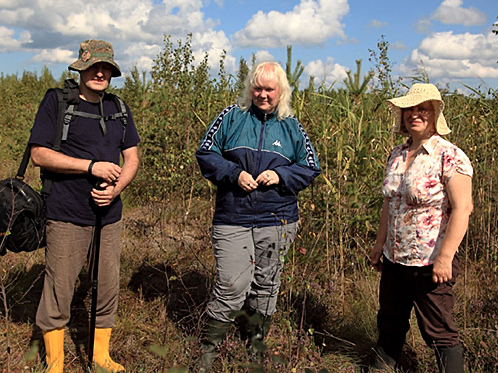
There are several nature reserves close to Häädemeeste, but also in 100 km distance. Wooden trails, information boards and... read more
SPECIAL PRICE
info@kollamaa.ee
www.kollamaa.ee/18-guided-tours-community-and-entrepreneur-tours.html
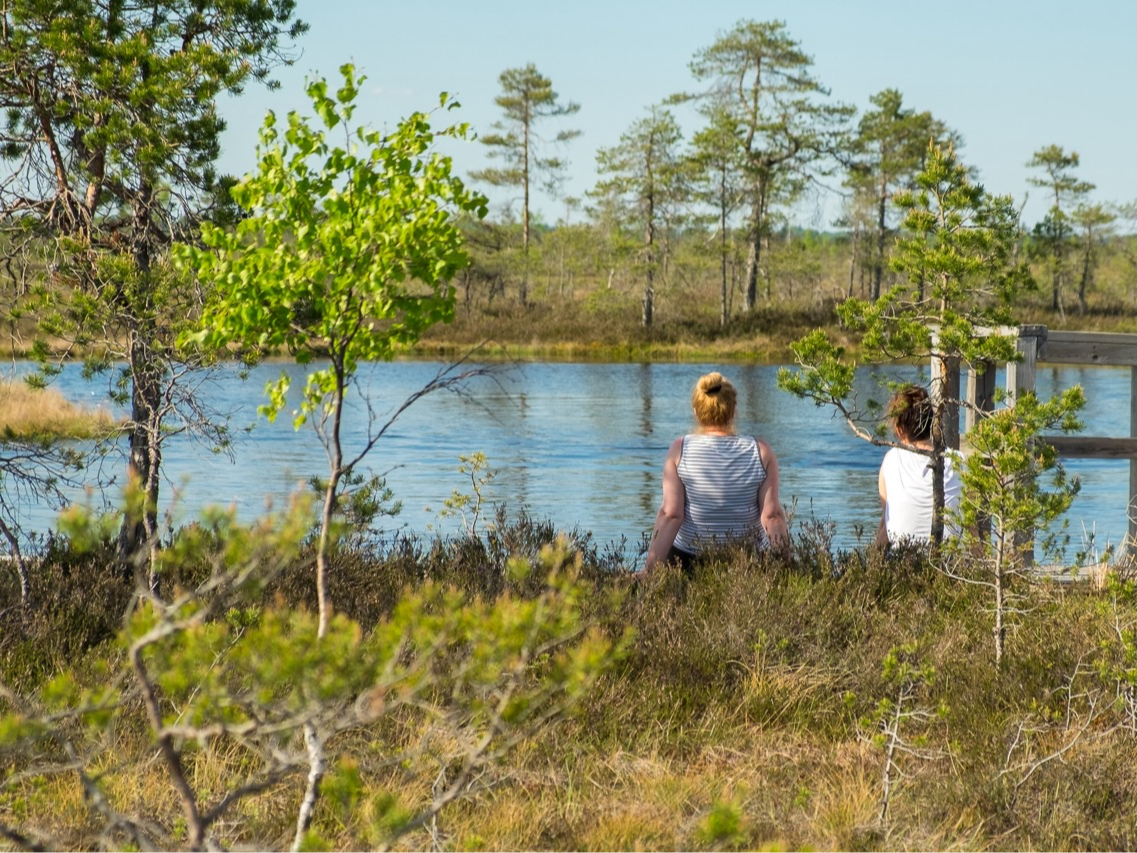
Escape the digital world and immerse yourself in the peaceful embrace of nature. Our unique sensory journeys are designed to... read more
SPECIAL PRICE
info@ponkaland.com
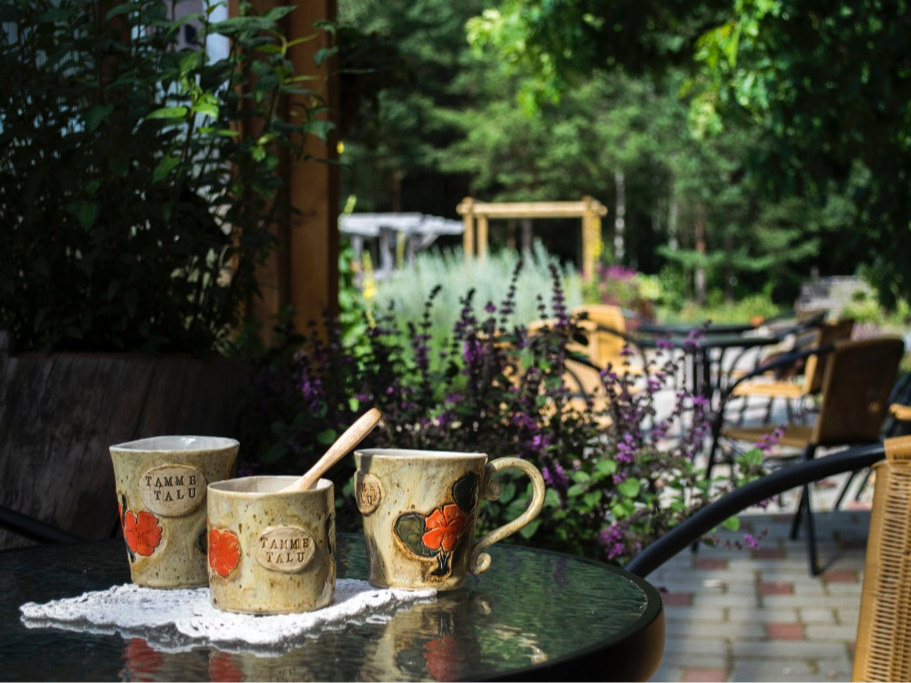
Join us for a delightful stroll through our enchanting herb garden, accompanied by our charming hostess. Enjoy a warm cup of... read more
SPECIAL PRICE
tamme.aiandustalu@gmail.com
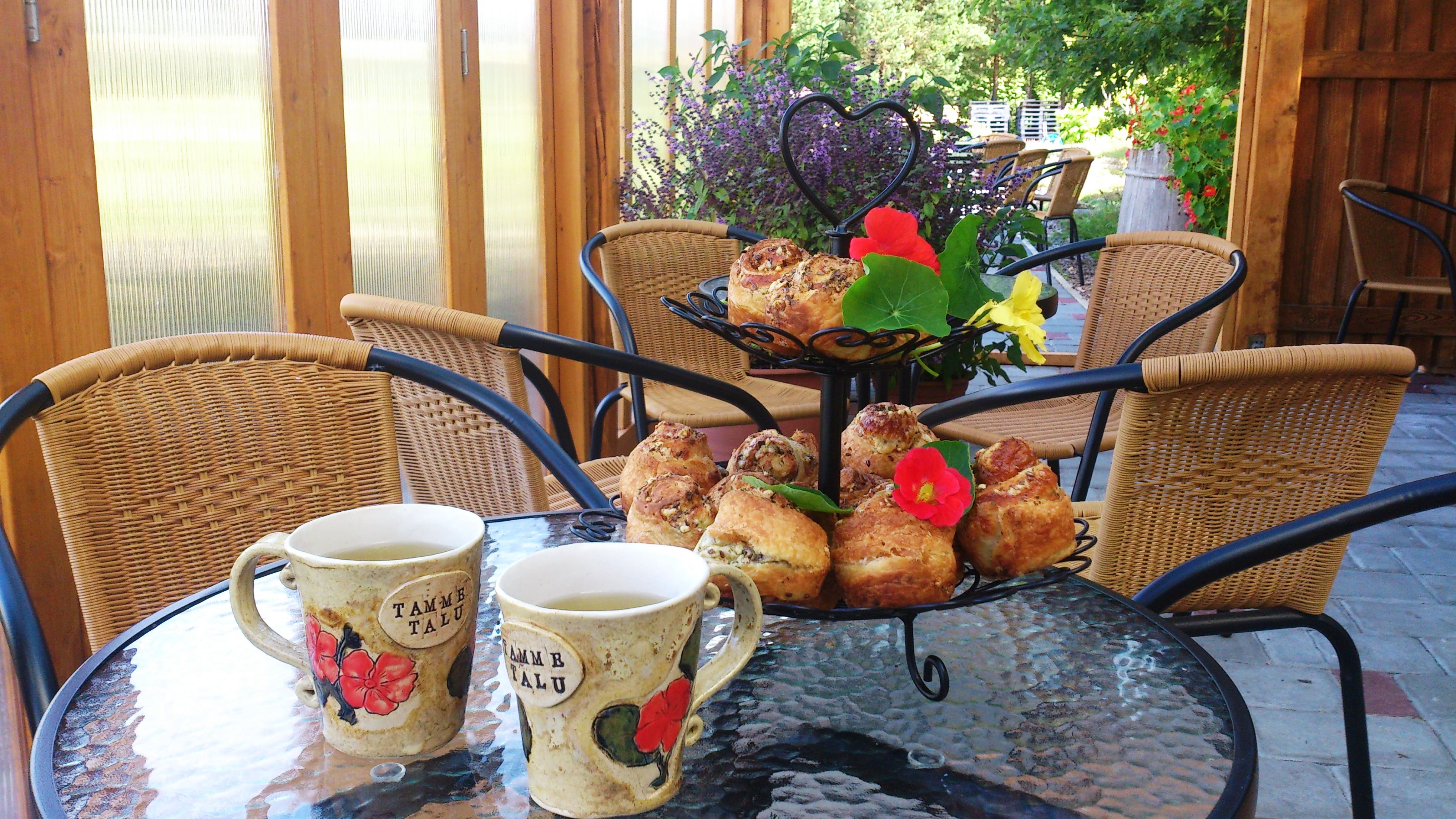
Step into a world of flavour and fragrance as you enjoy a delightful stroll through our herb garden. Sip on delicious herbal... read more
SPECIAL PRICE
tamme.aiandustalu@gmail.com
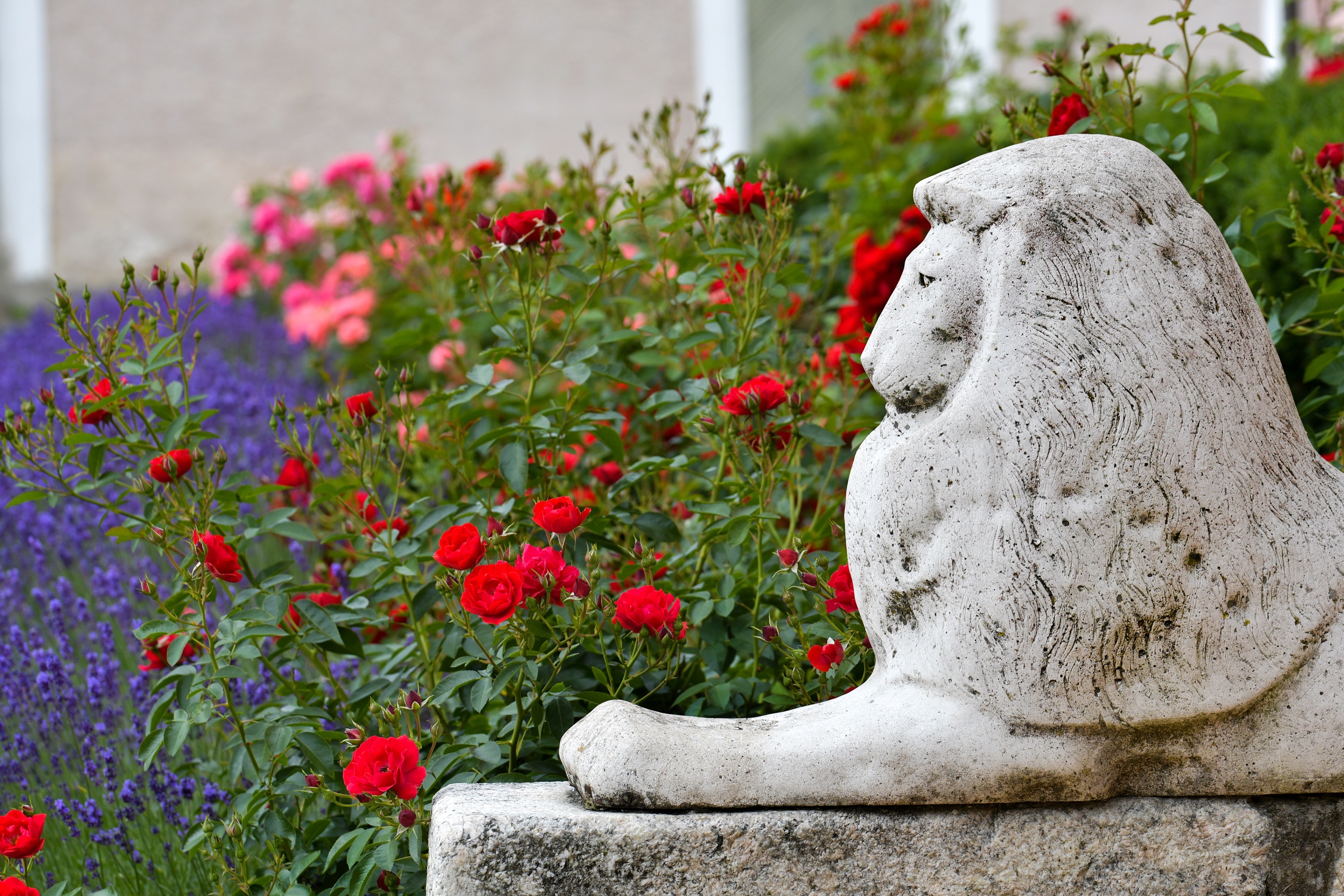
Tõstamaa is an area of beautiful nature and fascinating history in the western part of Estonia, in Pärnu County, where the... read more
SPECIAL PRICE
mois@tostamaa.ee
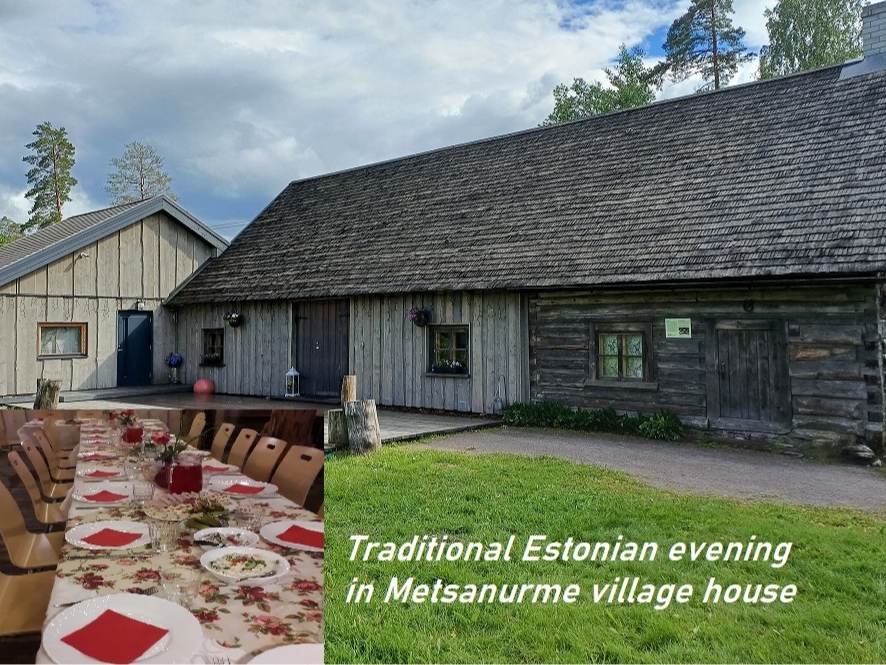
Metsanurme Village Center is a place created by the village association, where guests are also hosted and rural tourism serv... read more
SPECIAL PRICE
metsanurme@gmail.com

At Voose Päikesekodu, our mission is to create memorable events in collaboration with the local community, offering guests ... read more
SPECIAL PRICE
tanel@voosepaikesekodu.ee
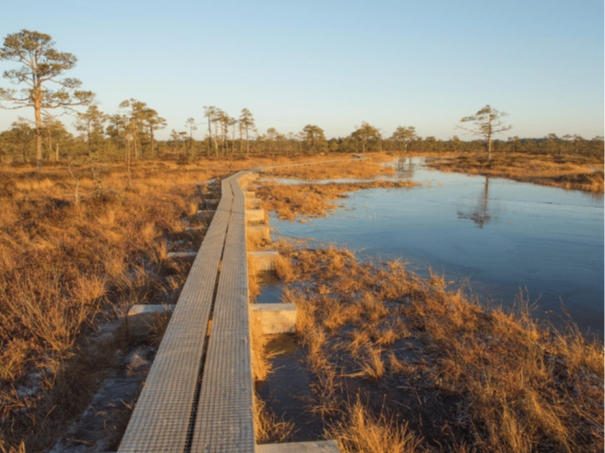
At Voose Päikesekodu, our mission is to create memorable events in collaboration with the local community, offering guests ... read more
SPECIAL PRICE
tanel@voosepaikesekodu.ee
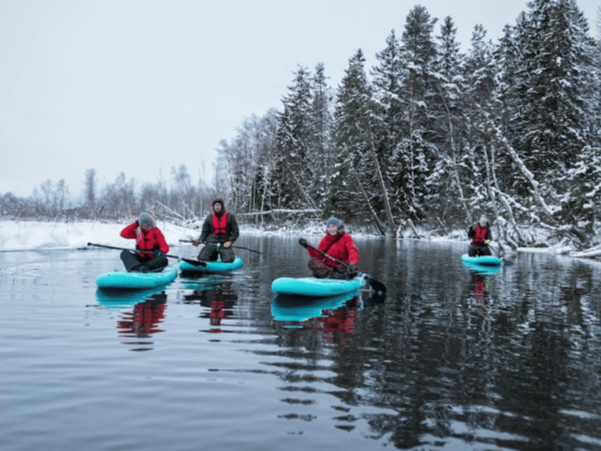
At Voose Päikesekodu, our mission is to create memorable events in collaboration with the local community, offering guests ... read more
SPECIAL PRICE
tanel@voosepaikesekodu.ee
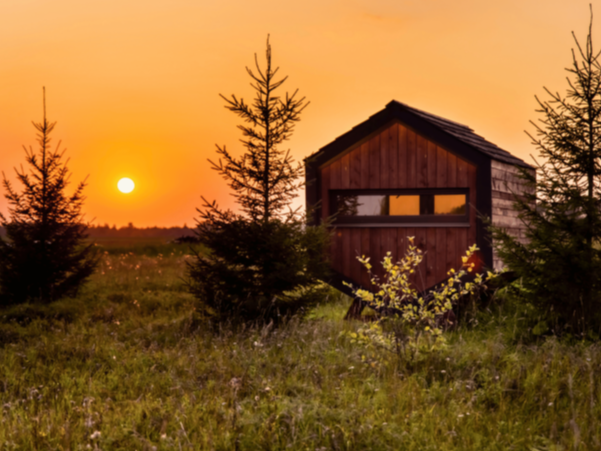
At Voose Päikesekodu, our mission is to create memorable events in collaboration with the local community, offering guests ... read more
SPECIAL PRICE
tanel@voosepaikesekodu.ee

Experience, taste, smell Hiiumaa one herb at a time all year round Hiiumaa is a magical island of Estonia, in northern part ... read more
SPECIAL PRICE

Hiiu Gourmet mobile workshop as an appetizer to visit Hiiumaa Hiiumaa is a magical island of Estonia in northern part of Eur... read more
SPECIAL PRICE
hiiugourmet@gmail.com
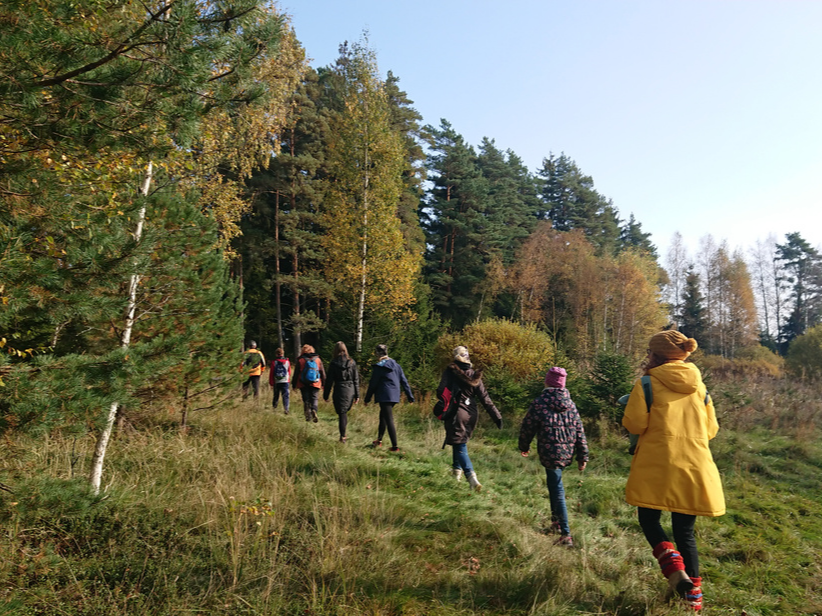
Combine walk in nature and the use of the six human senses Usually people go hiking to observe nature. In the case of this s... read more
SPECIAL PRICE
metsanurme@gmail.com
This website uses cookies or similar technologies, to enhance your browsing experience. By continuing to use our website, you agree to our Cookies Policy
